- Visit Our Corporate Site

- Self-Contained
- Birdwatching
- WWII History
- Scuba Diving
- How to Get Around
- How to Get Here
- What to bring
- Travel Tips
- Visa requirements
- Itineraries
- History of the Solomons
- People & Culture
- Flora & Fauna
- Music & Art
- Under the Water
- Untold Stories of the Solomons
- Media Articles
- Press Release
- Solomon Islands International Visitors Survey
- Travel Agents Specialist Program
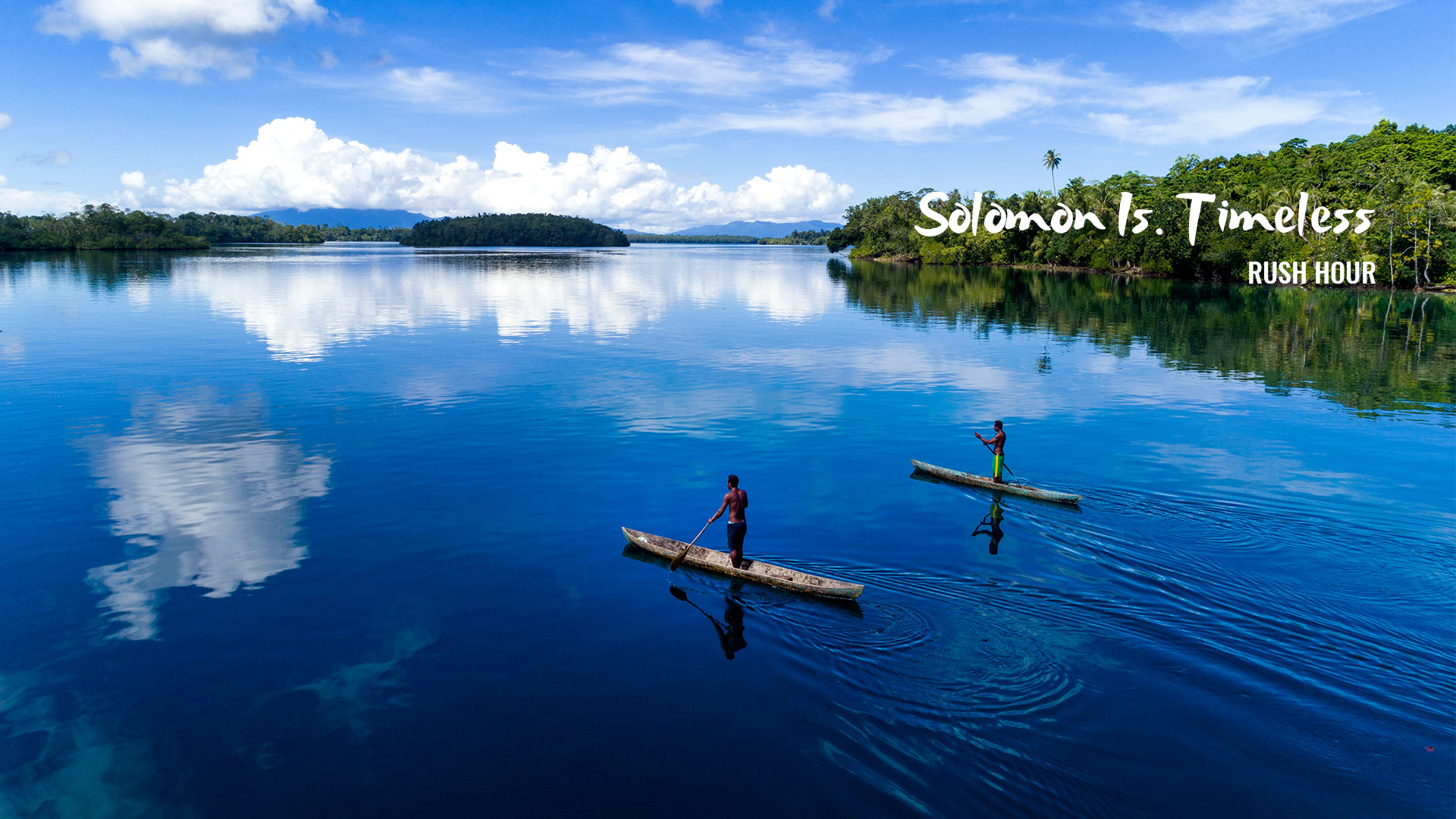

Things To Do
Visit the Solomon Islands and experience truly unique and real cultures.
Plan Your Trip
Browse all our practical information to find out more about different options for travelling to the Solomon Islands
Destinations
Honiara can offer a wide range of accommodation types to suit all budgets.
About Solomon Islands
It’s solways special, iumi tugeda holidays.
The Iumi Tugeda Holiday Specials is the Solomon Islands largest domestic tourism initiative created by Solomon Airlines…
10 Reasons Why You Must Visit Solomon Islands
Join us as we take you through 10 reasons why you should visit us. Immerse yourself. This is the Solomon Islands.
Explore Our Culture. Explore Our World
The culture of Solomon Islands is modern tradition intertwined with a colourful and profound history.
Plan Your Adventure
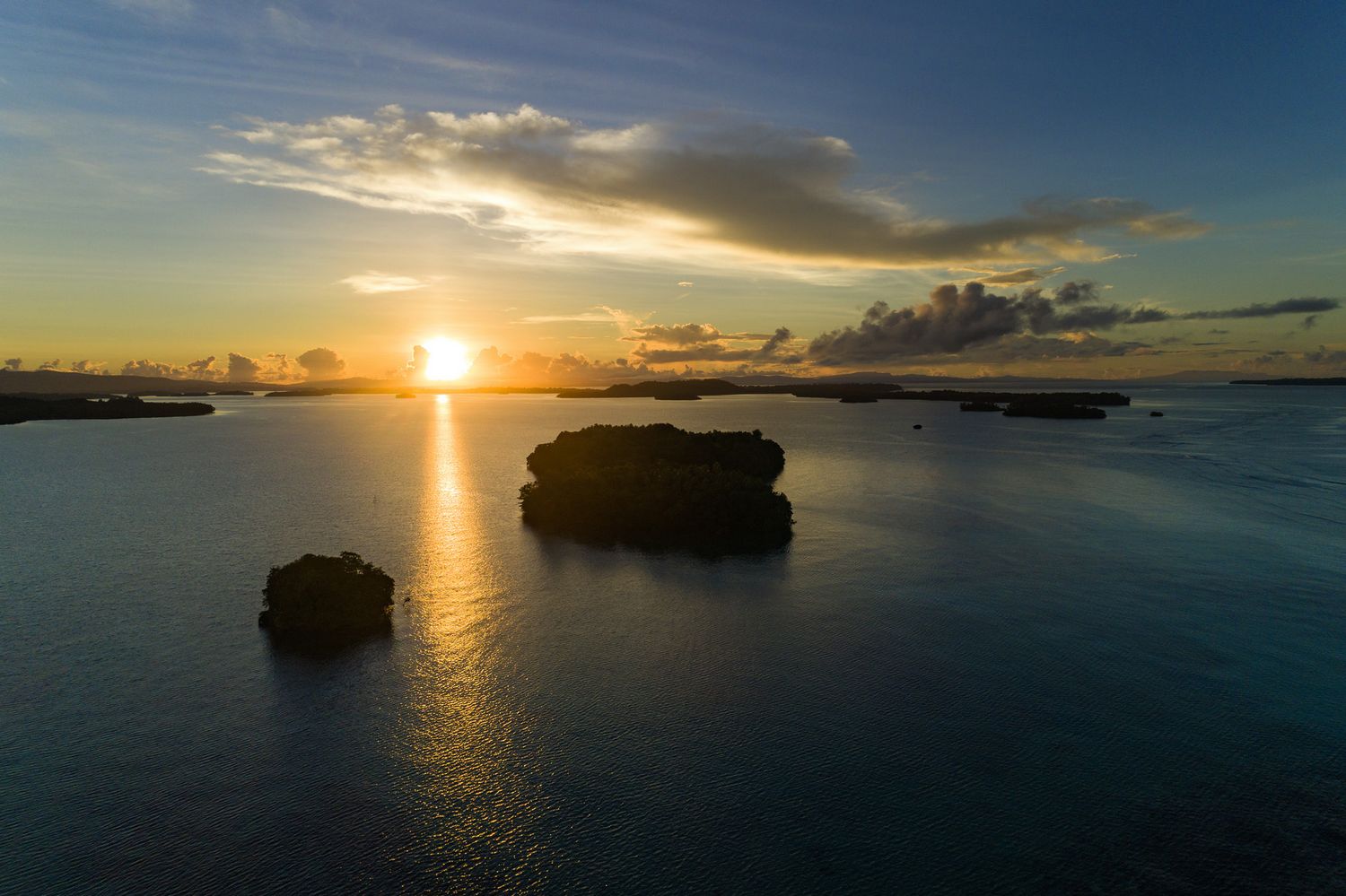
HOW TO GET HERE
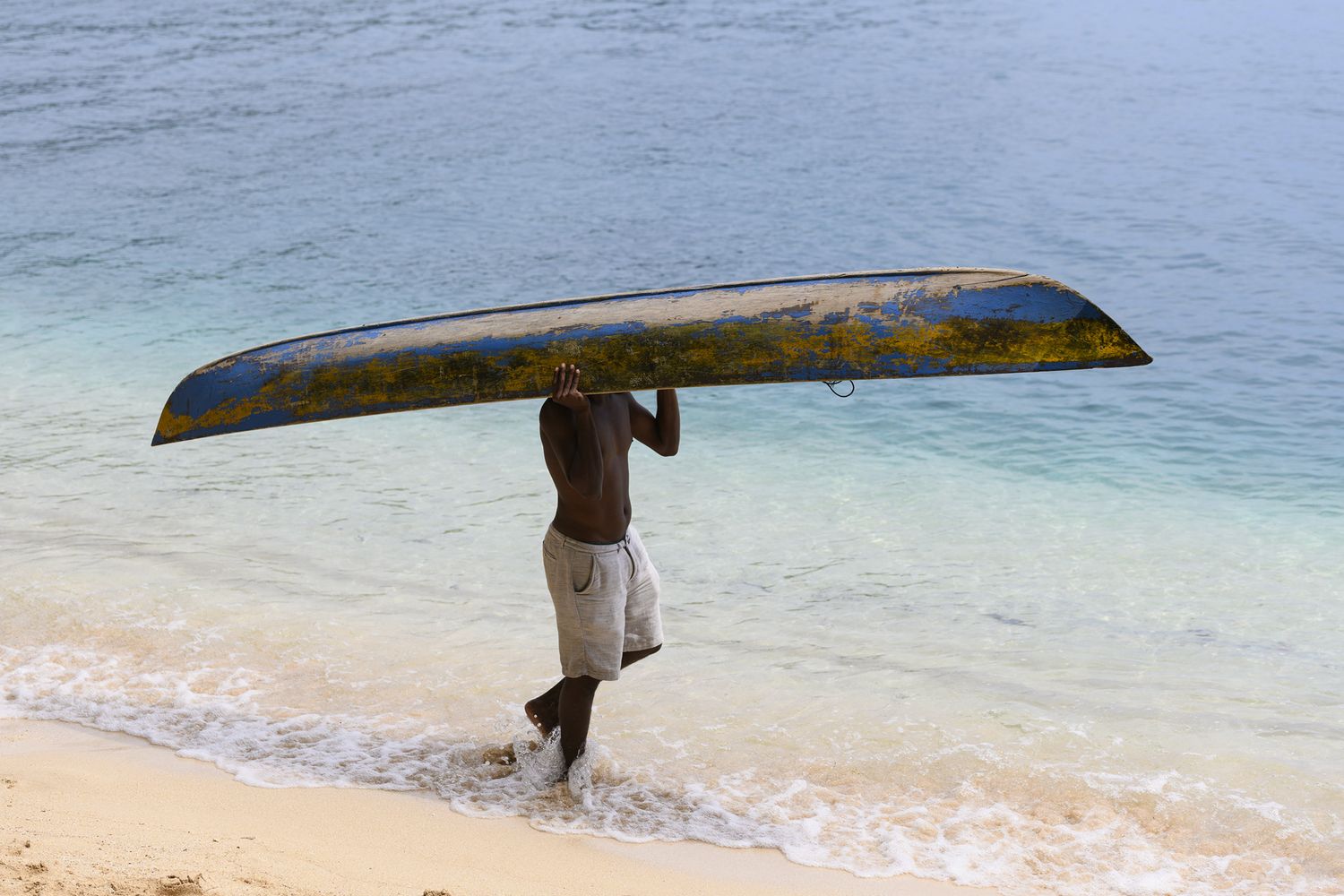
HOW TO GET AROUND
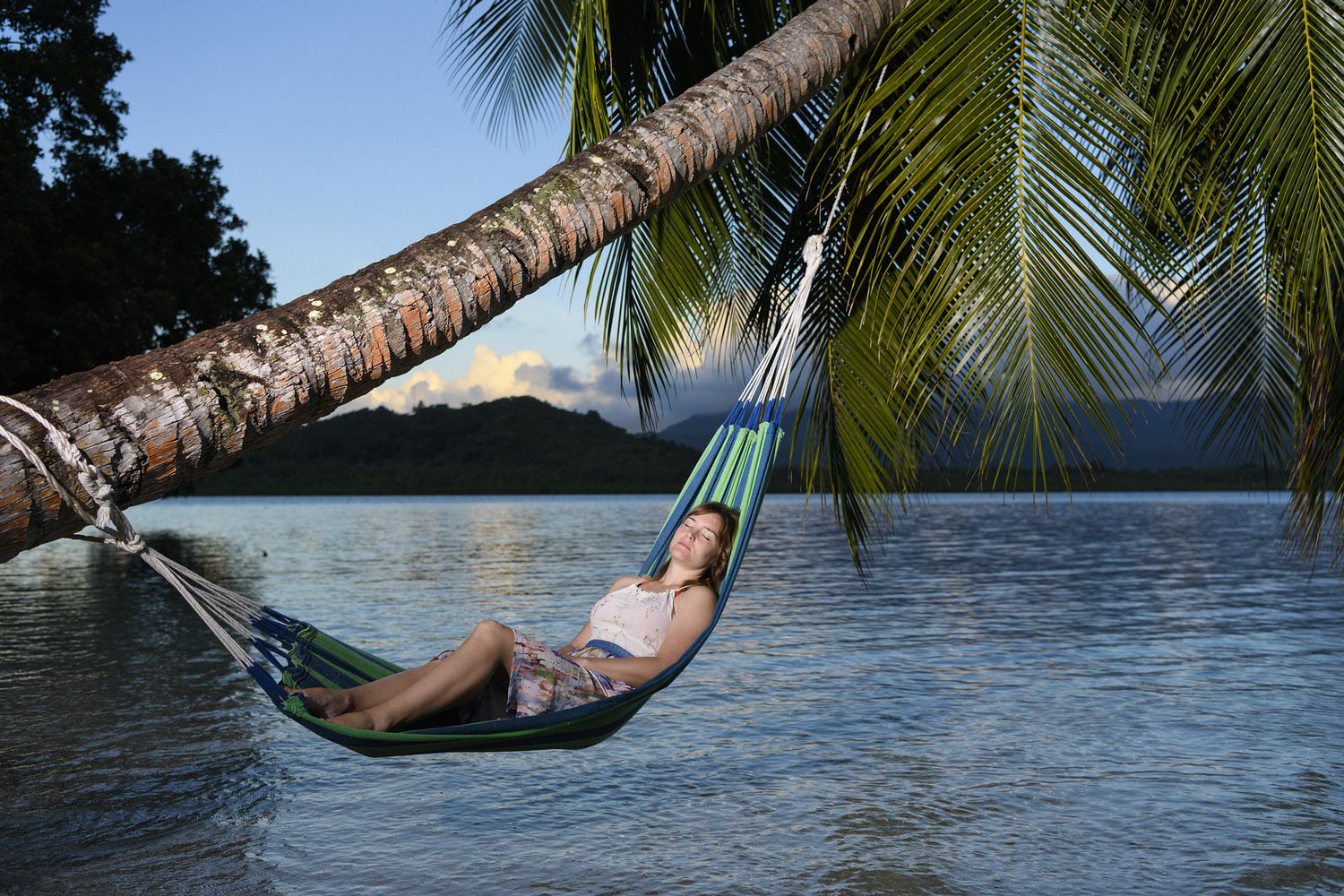
WHERE TO SLEEP
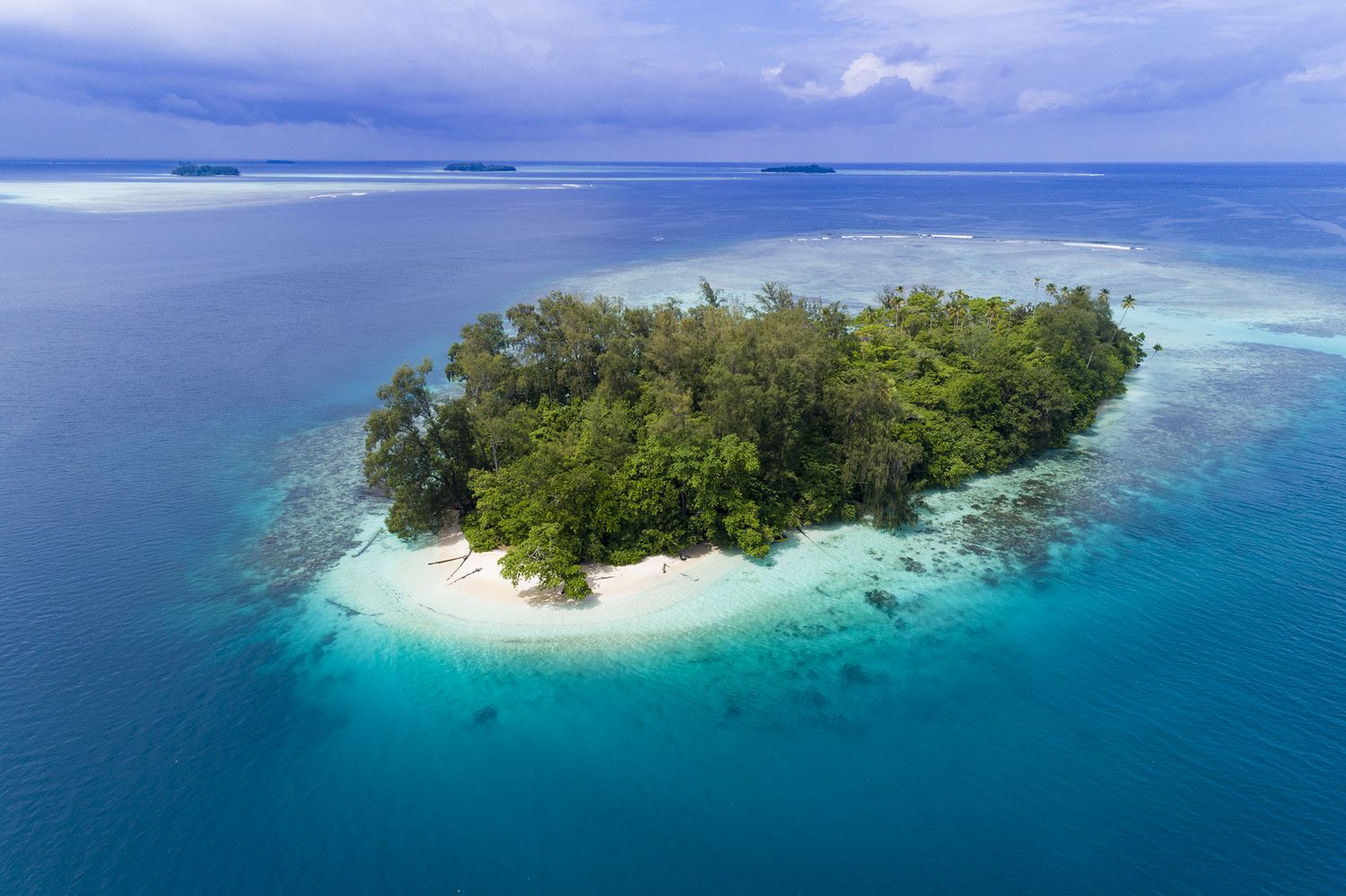
USE THE SOLOMON ISLANDS SEARCH MACHINE TO HELP WITH YOUR TRAVEL
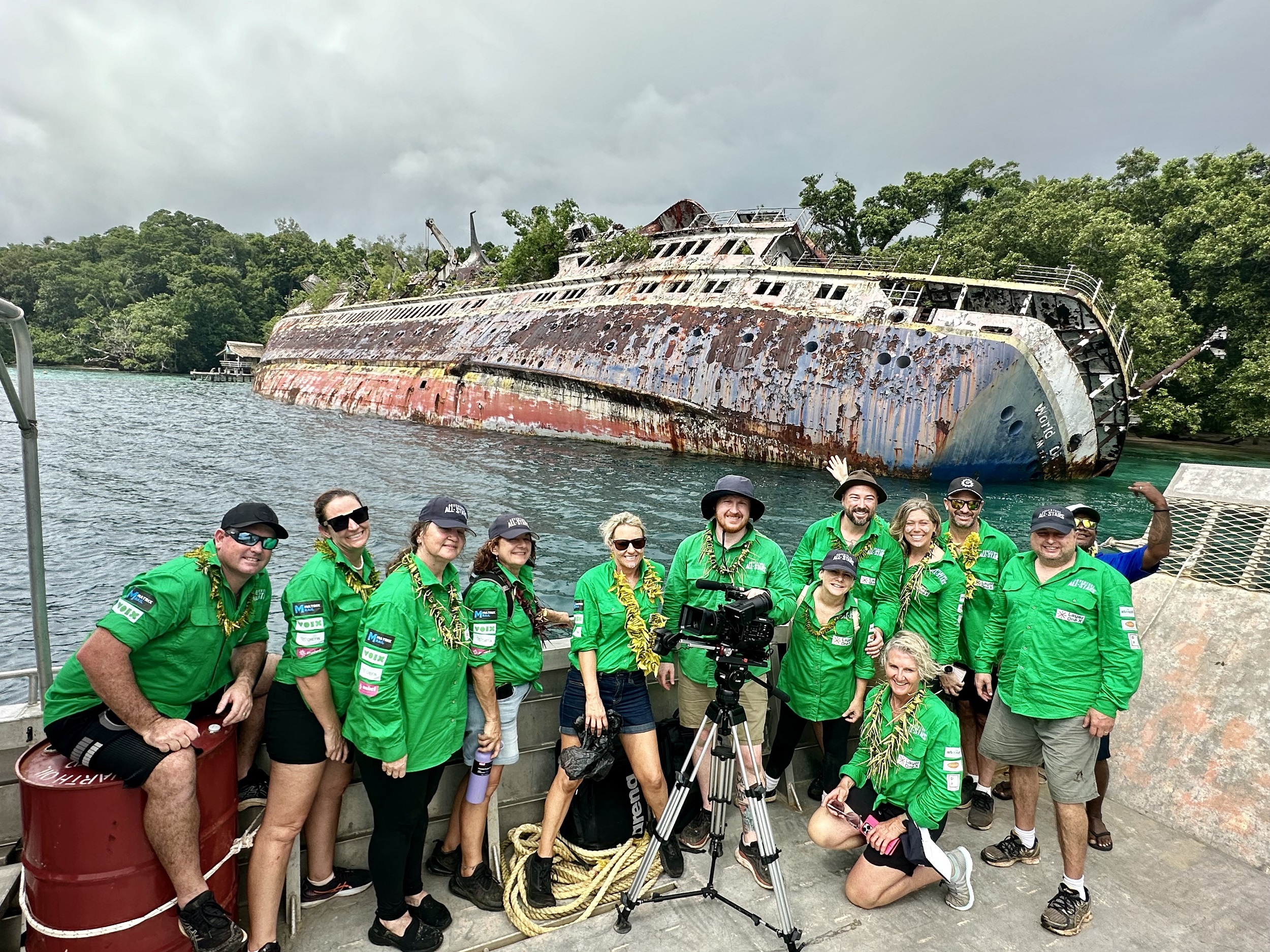
Tourism Solomons international marketing strategy hits the mark
Honiara, Solomon Islands – Pictured, the celebrity cast of the high-profile charity-oriented Australian ‘Adventure All Stars’ program in Roderick Bay in the Ngela Islands last week […]
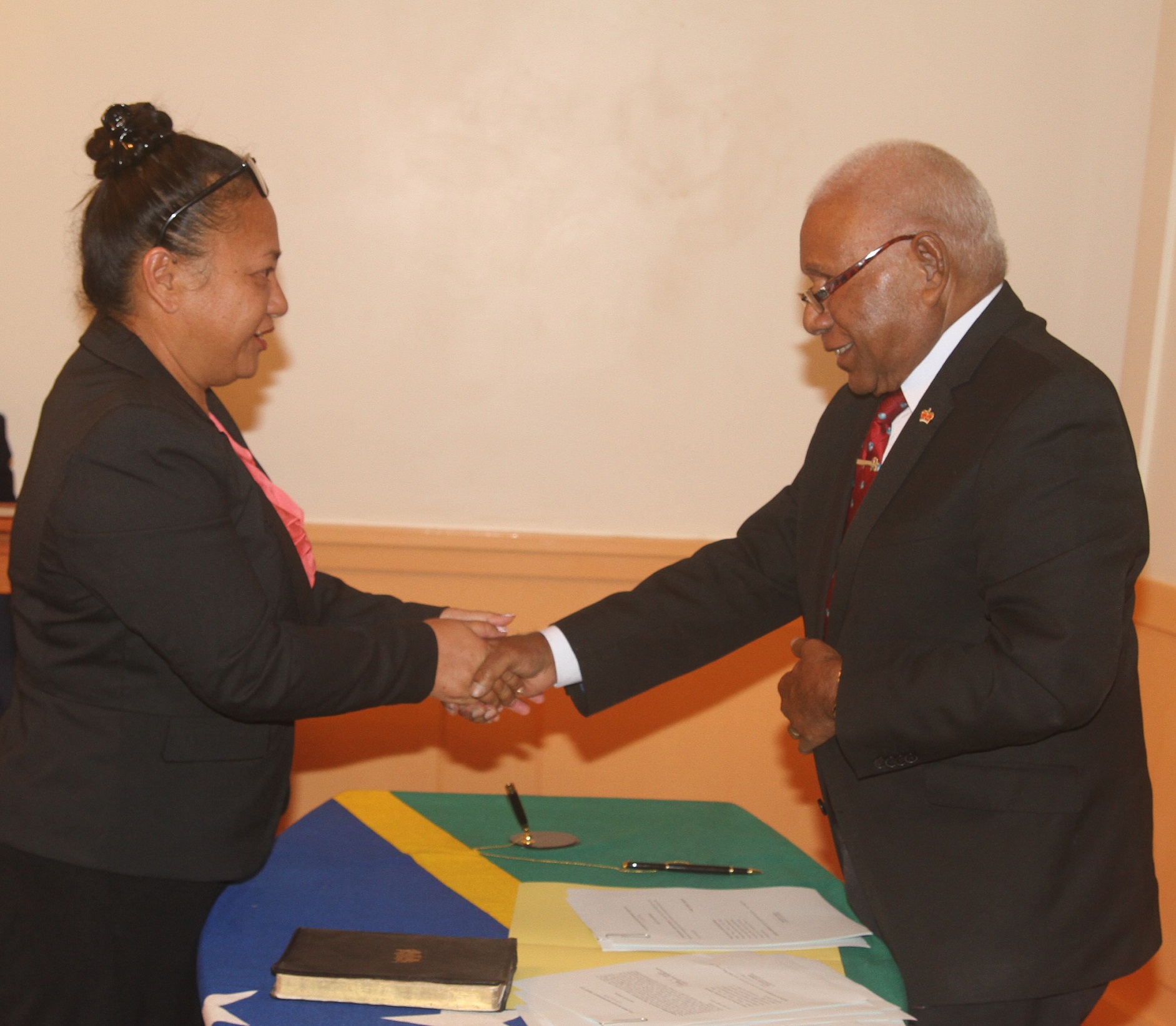
Tourism Solomons welcomes new ministerial appointment
Honiara, Solomon Islands – Tourism Solomons has congratulated the Hon. Choylin Yim-Douglas following her appointment as the Solomon Islands new Minister for Culture & Tourism (MCT). […]
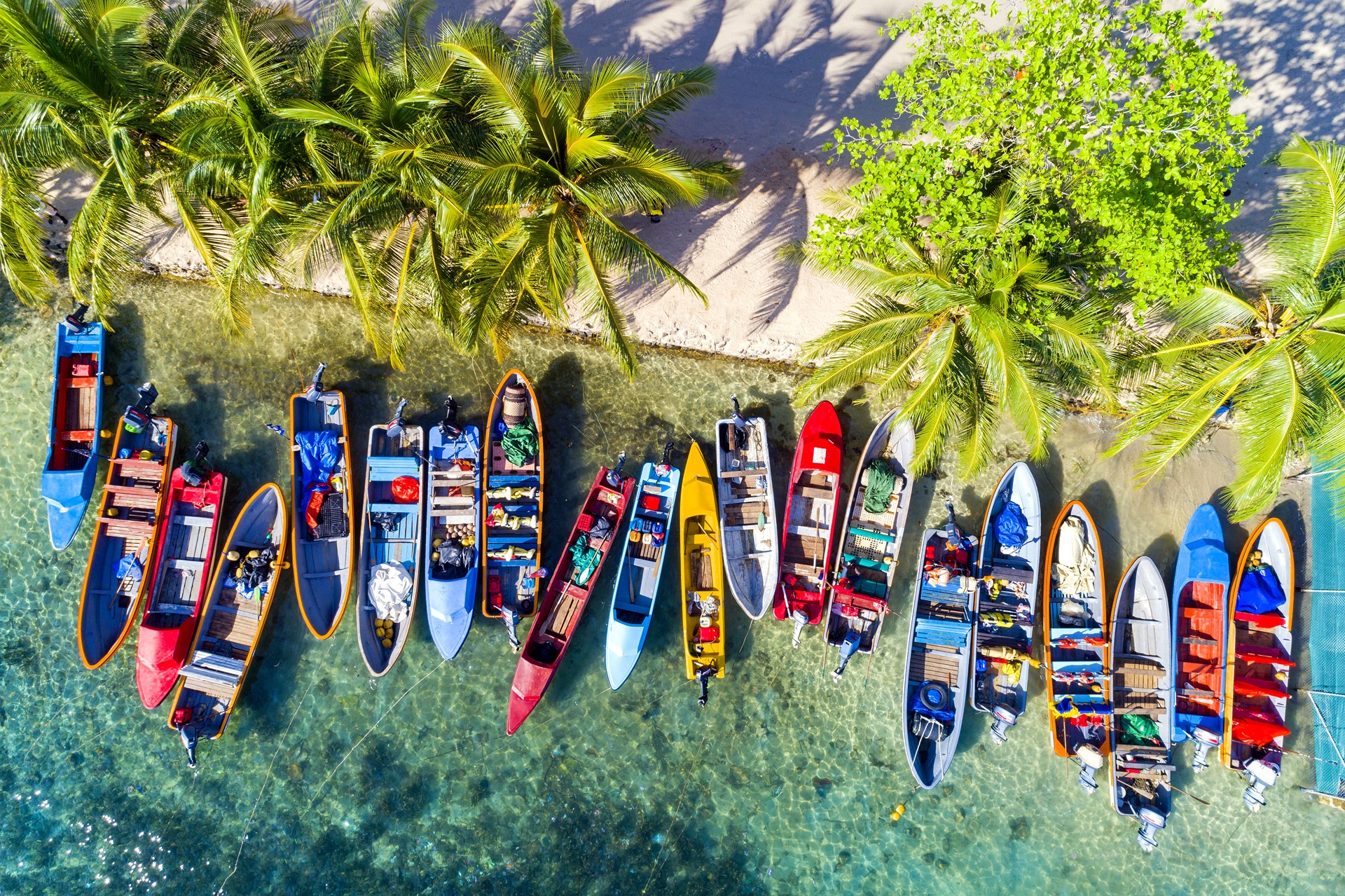
Strong January for Solomon Islands visitation
Tourism Solomons is celebrating its best January international visitor intake since 2019. New Solomon Islands National Statistics Office (SINSO) data shows the destination attracted a total […]
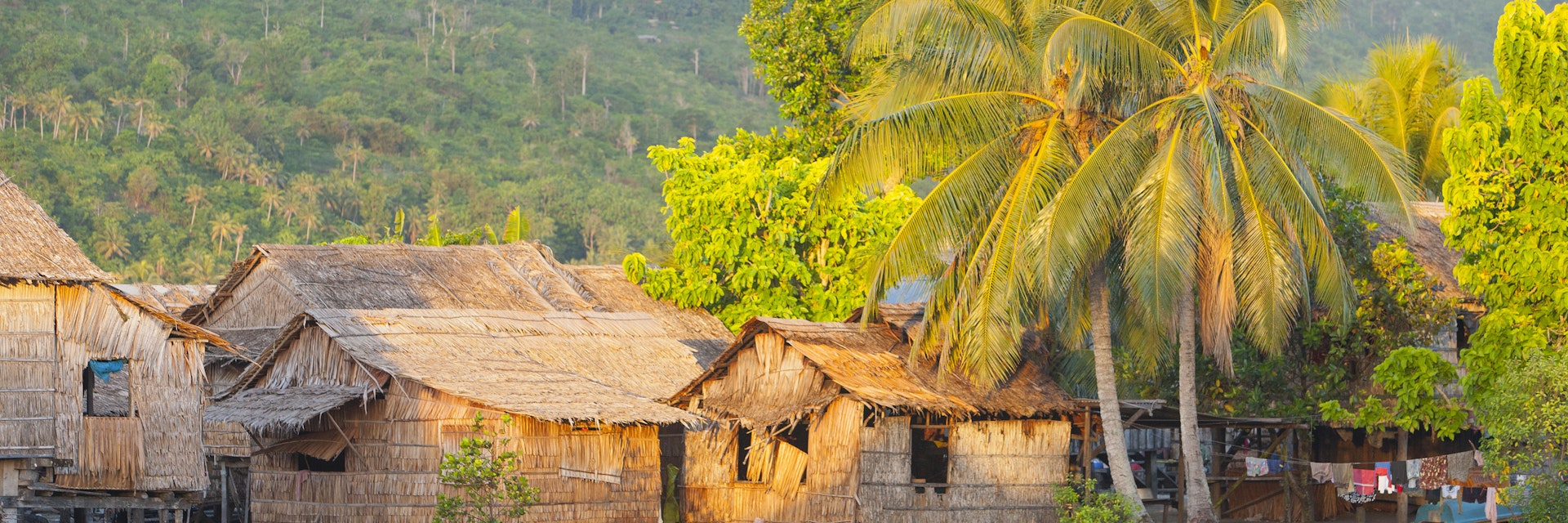
Getty Images/Lonely Planet Images
Solomon Islands
Forget what travelling the Pacific used to be like – around the Solomon Islands it's still that way. These islands are laid-back, welcoming and often surprisingly untouched. From WWII relics scattered in the jungle to leaf-hut villages where traditional culture is alive, there’s so much on offer. Then there’s the visual appeal, with scenery reminiscent of a Discovery Channel documentary: volcanic islands, croc-infested mangroves, huge lagoons, tropical islets and emerald forests.
Attractions
Must-see attractions.
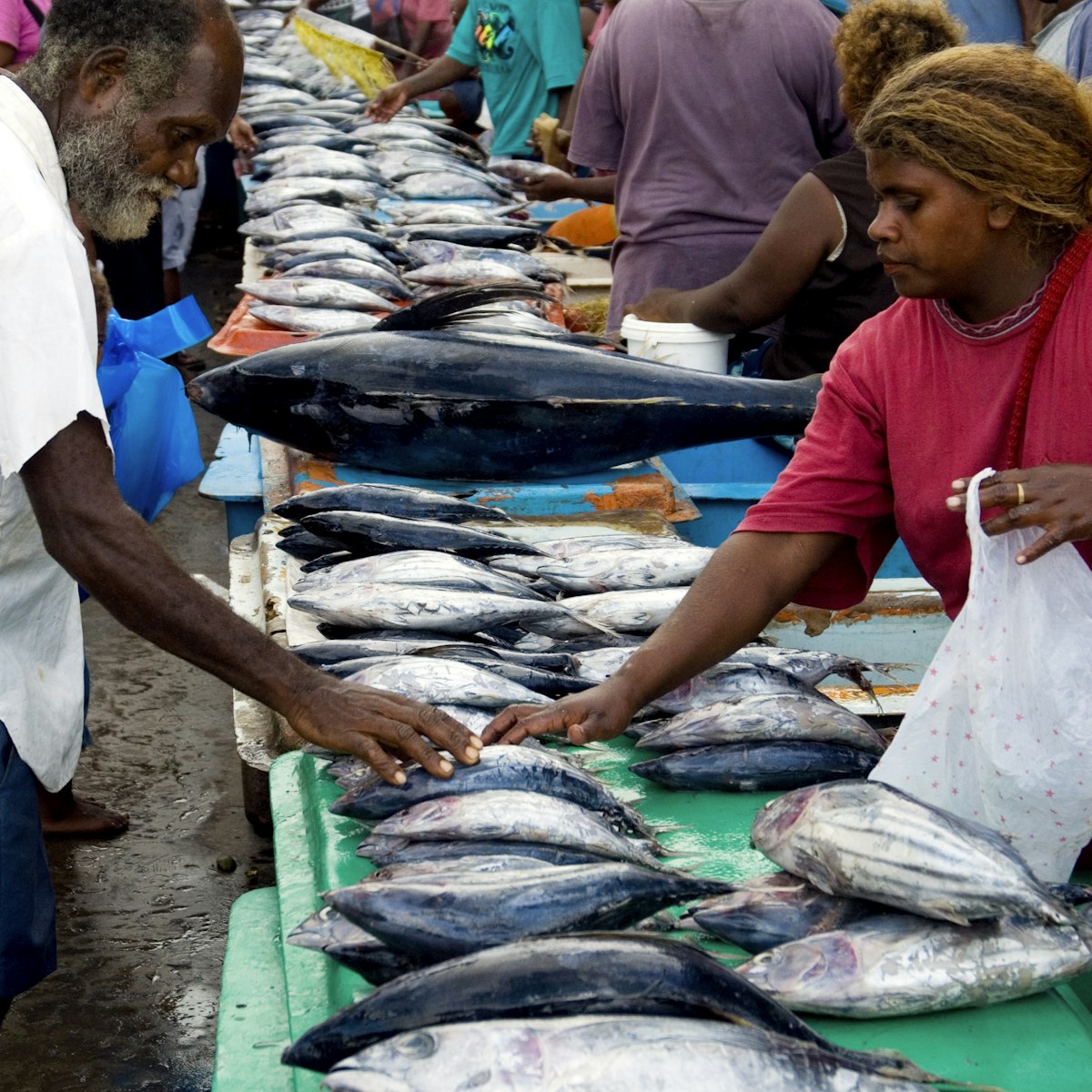
Central Market
While Honiara won't be mistaken for Lagos, the country’s bubbling principal food market covers a whole block between Mendana Ave and the seafront. It has…

Guadalcanal
About 12km west from Honiara, Bonegi is music to the ears of divers, snorkellers and sunbathers. Two large Japanese freighters sank just offshore on the…

Vilu War Museum
About 25km from Honiara, a turn to the south from the coastal road brings you to this great open-air museum. Here there are US, Japanese, Australian,…

Skull Island
Western Province
A 30-minute boat ride from Munda, this tiny islet on Vonavona Lagoon is the final resting place for the skulls of countless vanquished warriors, as well…

US War Memorial
This superb memorial is a five-minute taxi ride from the centre. The well-maintained compound has marble slabs bearing detailed descriptions of battles…

WWII Museum
A few metres before reaching the shore of Tetere Beach, a dirt track to the west leads to 30 or more abandoned amtracks (amphibious troop carriers). Many…
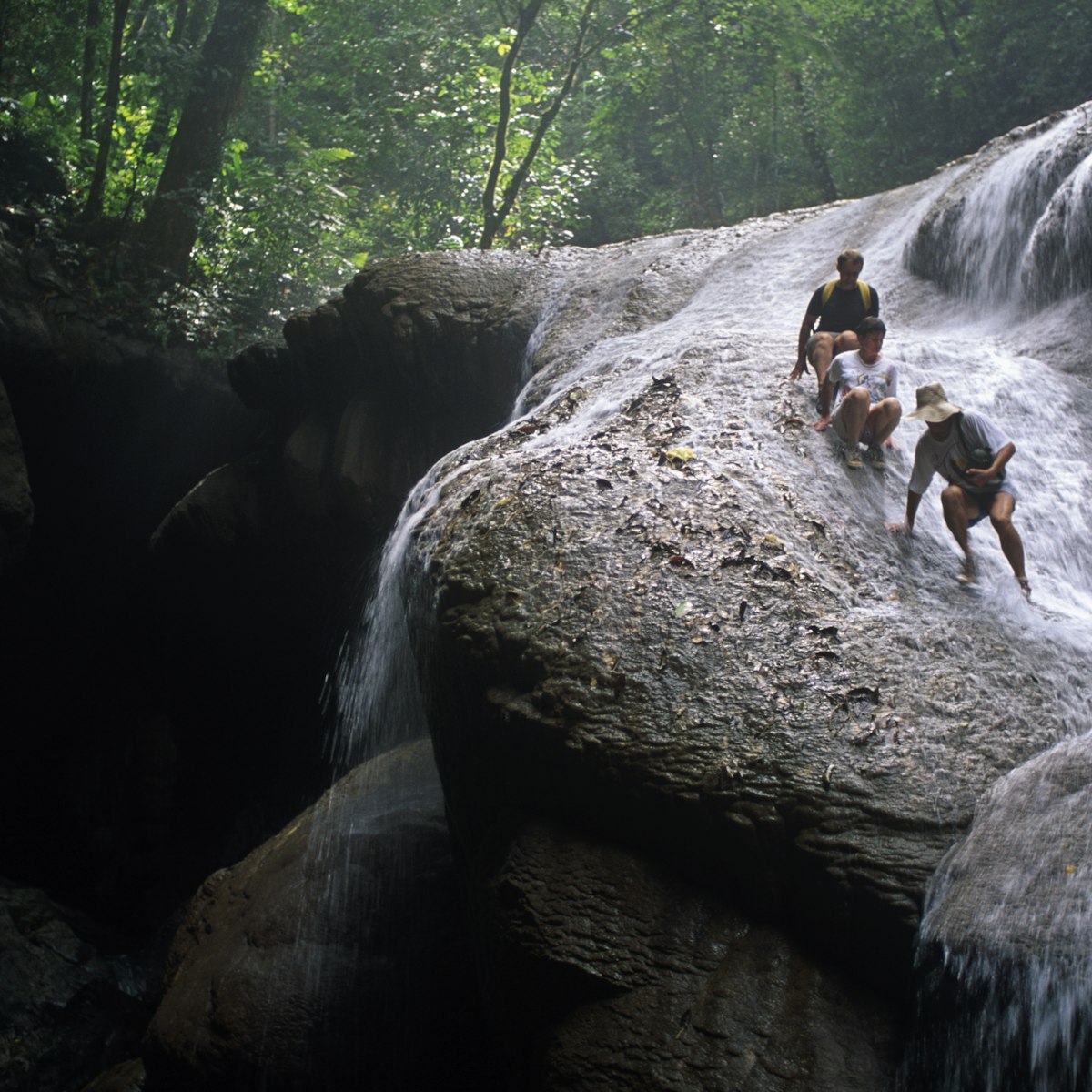
Mataniko Falls
One of the star attractions in Honiara’s hinterlands is Mataniko Falls, which feature a spectacular thundering of water down a cliff straight into a…
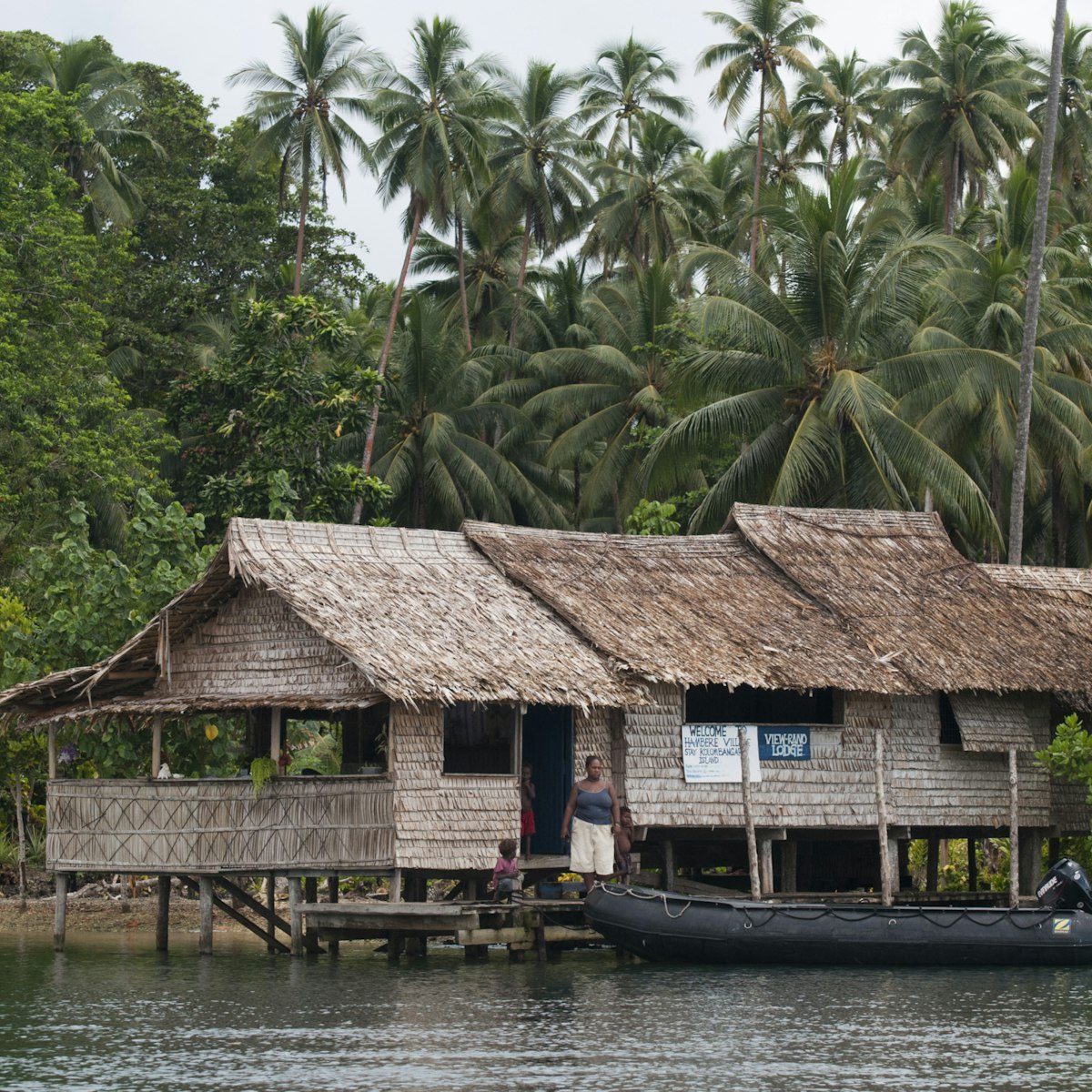
Kolombangara
A perfect cone-shaped volcano that rises to 1770m, Kolombangara looms majestically on the horizon, due east of Ghizo island. It's a two-day hike to the…
Latest stories from Solomon Islands
Filter by interest:
- All Interests
- Adventure Travel
- Art & Culture
- Beaches, Coasts & Islands
- Food & Drink
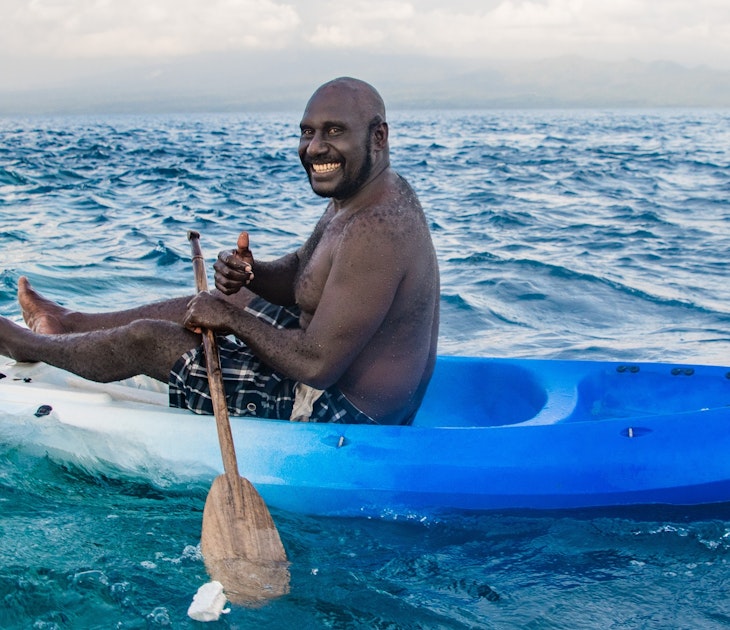
Jul 26, 2019 • 6 min read
No man is an island, except perhaps in the Solomon Islands. A journey through the lagoons and waterways of the Pacific archipelago takes you past tranquil…
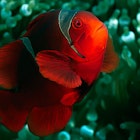
Oct 29, 2012 • 3 min read
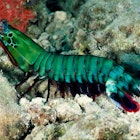
Sep 7, 2012 • 3 min read
in partnership with getyourguide
Book popular activities in Solomon Islands
Solomon islands and beyond.
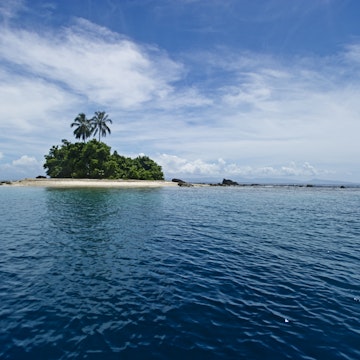

Travel to Solomon Islands – 15 Essential Things to Know Before You Go
Travel to Solomon islands is about unspoiled reefs, lush rainforests, friendly locals, rustic bungalow accommodation, tropical sea breezes, and slowing down to island time for a while.
Hi, we’re Rach & Marty!
We’ve visited every country in the world and want to help you get the most out of your travels!
Whether you need an expertly planned itinerary , some experienced hints and tips , or just craving a delicious food adventure , we’ve got you covered!
We may earn affiliate commissions from websites we link to, at no cost to you. Click here for details.
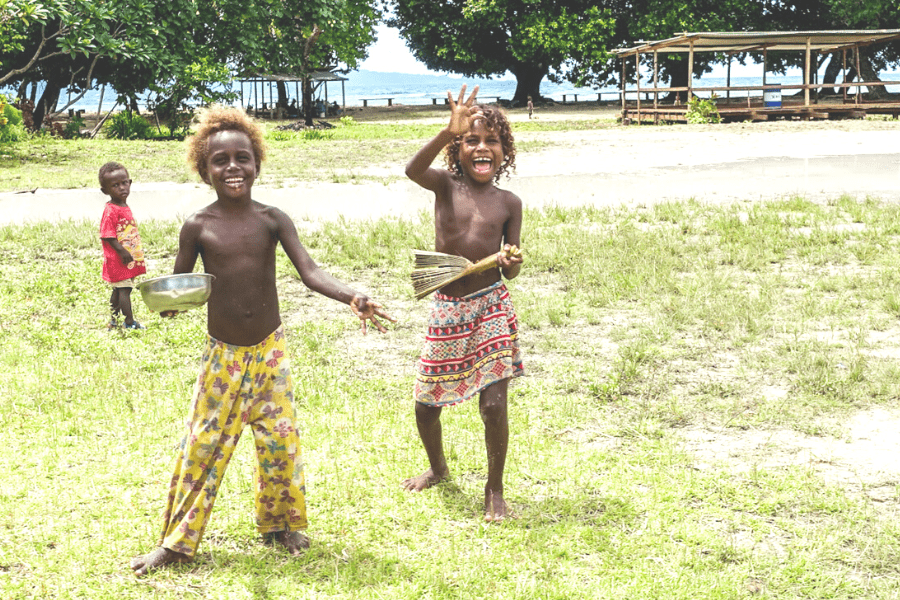
For those planning a trip, check out our 15 essential tips to help you prepare for travel in the Solomon Islands.
Table of Contents
1) Best Time to Visit the Solomon Islands
Any time of year is a good time to travel to Solomon Islands. The weather here is like the local people, warm and welcoming, and it lasts year-round. Seriously though, you can expect an average tropical and warm temperature of 30 ° C during your stay.
That’s not to say that you won’t see any rain, so pack a waterproof jacket just in case!
The dry season in the Solomons Islands is during June and July, perfect for Australians & New Zealanders needing an escape from the winter chills back home. Conversely, November and March are the wettest months to visit the Solomons, so if you’re keen to avoid thunderstorms and rain at all costs, plan your travels to the Solomon Islands outside these months.
2) Visa Free for Most Nationalities
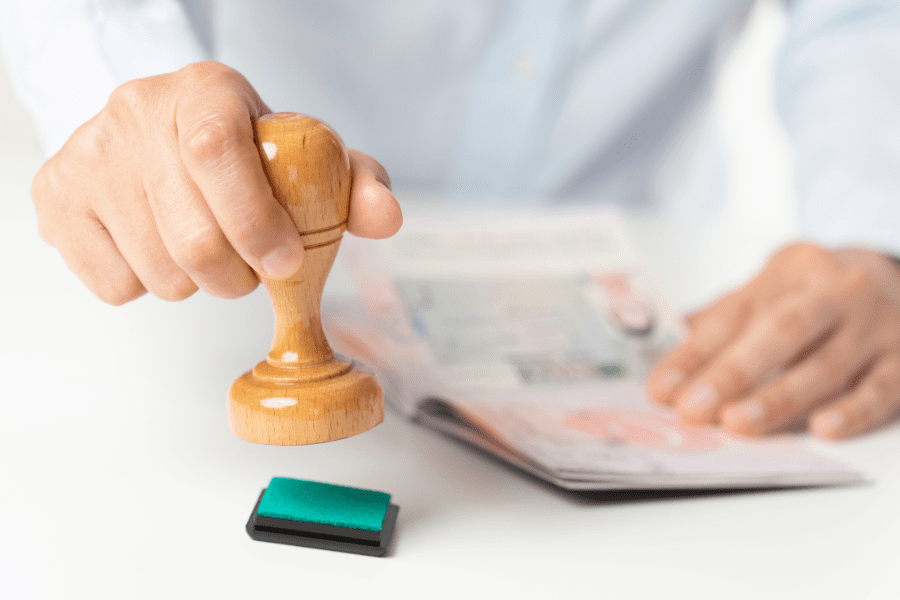
Solomon Islands borders are wide open and good to go! Citizens from Australia, NZ, Canada, the UK, and other Commonwealth countries can enter visa-free (or with an entry permit) for up to 90 days.
The same applies to citizens of the USA and many European countries.
Check all Visa Requirements here
3) COVID-19 travel restrictions have been lifted
All eligible travellers should be up to date with their COVID-19 vaccines. For vaccinated travellers, COVID-19 travel restrictions have been removed.
Read the latest travel advice on smarttraveller.gov.au
You must show your vaccination status at check-in before departure. In addition, we recommend printing a copy of your Covid-19 International Vaccination Certificate and taking it with you.
4) Malaria is a Risk – Bring Antimalarial Medicine
Malaria precautions are essential in the Solomon Islands, so don’t forget to take antimalarial medications.
Depending on which type of medicine you take, you will need to take this medicine several days before your trip, during, and after your trip is over.
We recommend speaking with your doctor or pharmacist for advice on the best antimalarial medicine for the Solomon Islands.
Tip: To avoid mosquito bites, cover up with long-sleeved clothing and long trousers in the evenings, especially after sunset.
Take some good insect repellent with you to the Solomon Islands, we recommend purchasing this repellent that contains DEET.
Then, use it frequently and ensure that your accommodation includes a mosquito net to keep you safe from being bitten while you sleep.
5) There are limited ATMs once you leave the capital city
Before you leave Honiara, consider how much cash you’ll need for your upcoming rustic adventures in paradise. Unfortunately, opportunities are scarce to withdraw local currency from an ATM once you leave the big city. Furthermore, you won’t see any currency exchange places on the way, either.
One of our best tips for Solomon Islands is to visit the city centre in Honiara and get organised with cash first (as the airport doesn’t have an ATM or money exchange facilities).
6) An Underwater Wonderland
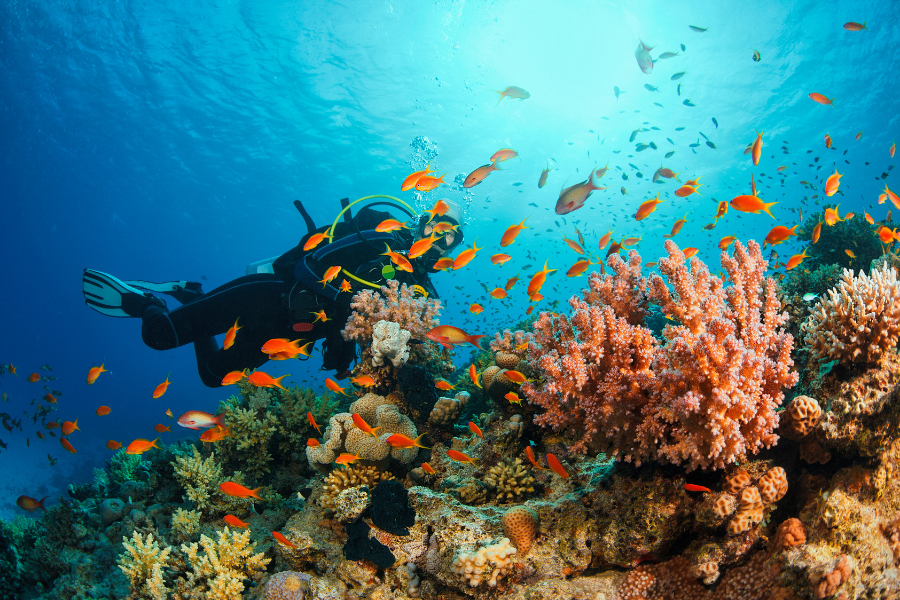
Spectacular marine life could be one of the reasons why you’re interested in visiting the Solomon Islands. If you’ve spoken to friends or others who have spent time here, they would have told you that life beneath the surface here is fascinating!
Travel to the Solomon Islands is perfect for scuba divers, snorkellers, and those who appreciate unspoiled coral reefs, vibrant marine life, and WWII wrecks. You can spot turtles, manta rays, and various sea creatures here.
And you won’t believe the abundance of tropical fish here; it’s no wonder they call it fish soup!
7) Small Aircraft and Banana Boats to Get Around
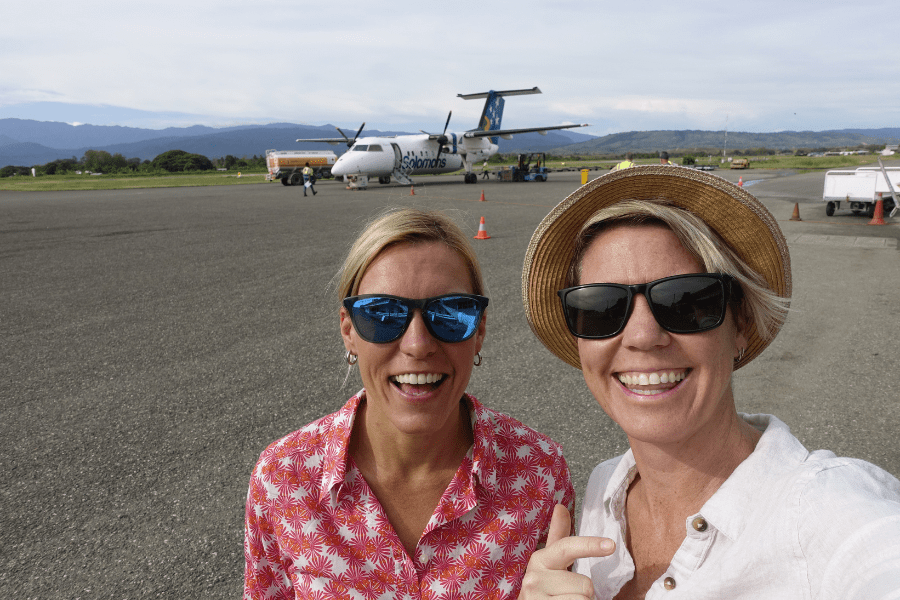
With 990+ islands that make up the country, transport options to get around will be by small aircraft for longer trips between the main islands or banana boats (small speedboats).
View Flight Deals Between Islands Here
8) Eco-Friendly
The Solomon Islands is an eco-friendly destination. That alone is an excellent reason to visit. Rustic accommodation choices on the islands are built with natural materials here.
You’ll notice a thatched roof on your bungalow weaved from coconut branches and leaves.
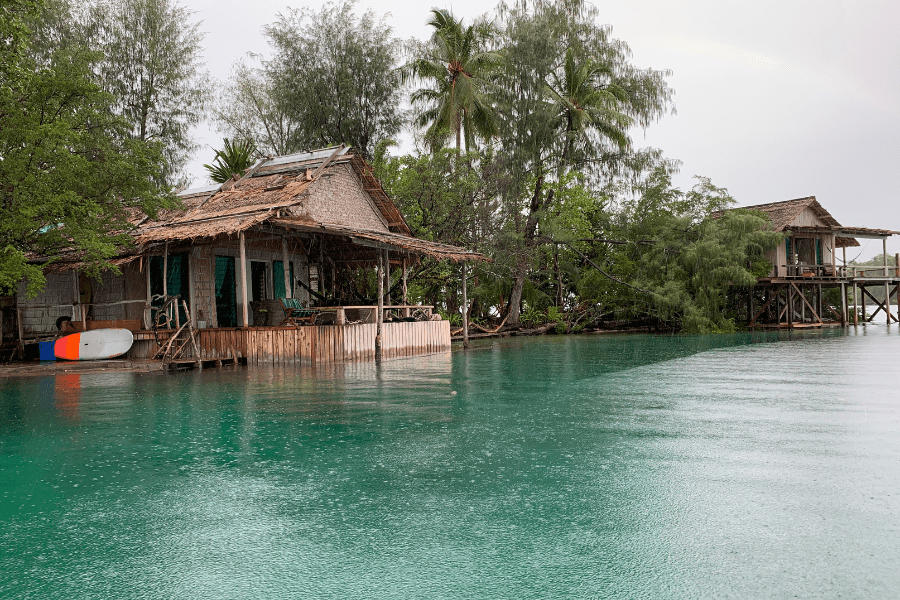
They use driftwood to construct the dreamy balcony hanging over the turquoise lagoons.
And, our favourite thing was watching the local women cleverly braid coconut fronds to make sturdy baskets. These are very convenient for carrying fresh produce purchased from markets.
Large tree leaves are the natural containers for bundling up and packaging fruit and vegetables from the markets in Gizo. The delicious Ngali nuts are placed inside these bundles and tied together with strings pulled from the leaves.
Genius, we thought.
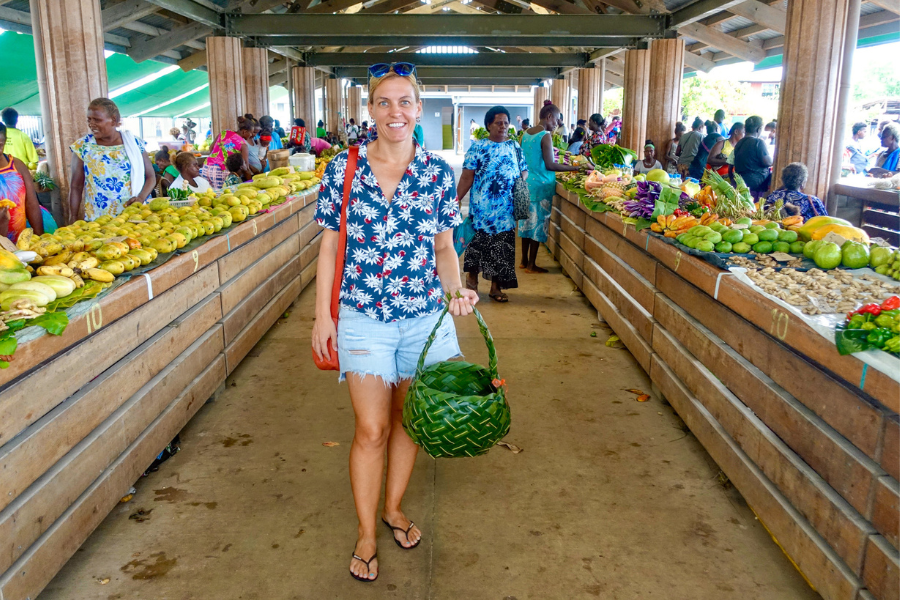
No plastic bags, no fuss. Everything is biodegradable. Most importantly, no damage to the pristine environment in the Solomon Islands that they work hard to preserve.
Subscribe to our newsletter!
Expert travel tips, resources and exclusive discounts worldwide
9) Embrace ‘Island Time’, and you’ll fit right in
If you’ve travelled in other Pacific nations before (or want to try and visit them all in the future with our itinerary suggestions for how to do it), then you already know about ‘Island Time’.
Island time can mean that things take a little longer to get organised. Or, a 10-minute ride truthfully takes 25 mins.
So our tip is to embrace island time and leave your watch in your suitcase; you won’t need it here.
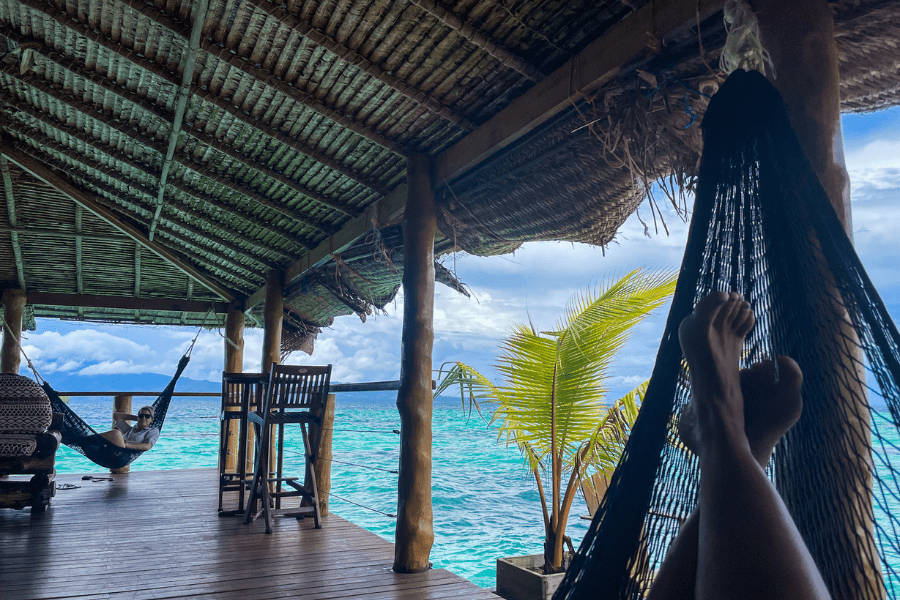
Travel to the Solomon Islands is all about appreciating the natural beauty, listening to birds chirping, and enjoying the salty breeze, while you listen to the sound of the water lapping at the beach.
Sometimes it’s moments like these that bring us the most joy. So, enjoy them while you’re here.
10) Get a local SIM Card in Honiara
Stop by Our Telecom Office in the city centre to pick up a local SIM card. If you wish to stay somewhat connected in the Solomon Islands, the locals tell us this is the provider with the best network coverage available.
We purchased a 5GB SIM card for SBD 50 (AU$9). There is a range of data packs to choose from, and it only takes a few minutes to set it up.
Please bring your passport or ID with you; they’ll need it to register your SIM card.
Make sure you get Travel Insurance before hitting the road. We recommend Heymondo & SafetyWing
Click here and get 5% off Heymondo from us!
11) The Perfect Place to Disconnect Online and Reconnect with Nature
Forget about packing your itinerary with endless activities. The Solomon Islands is where you can get away from all the distractions of your busy life back home and replace them with pure nature.
So whether you’re here to go scuba diving, snorkelling, fishing, kayaking, hiking, or just relaxing, tell your friends and family at home that you plan to have a digital detox while in the Solomons; they’ll understand.
12) Seafood is a Staple Food
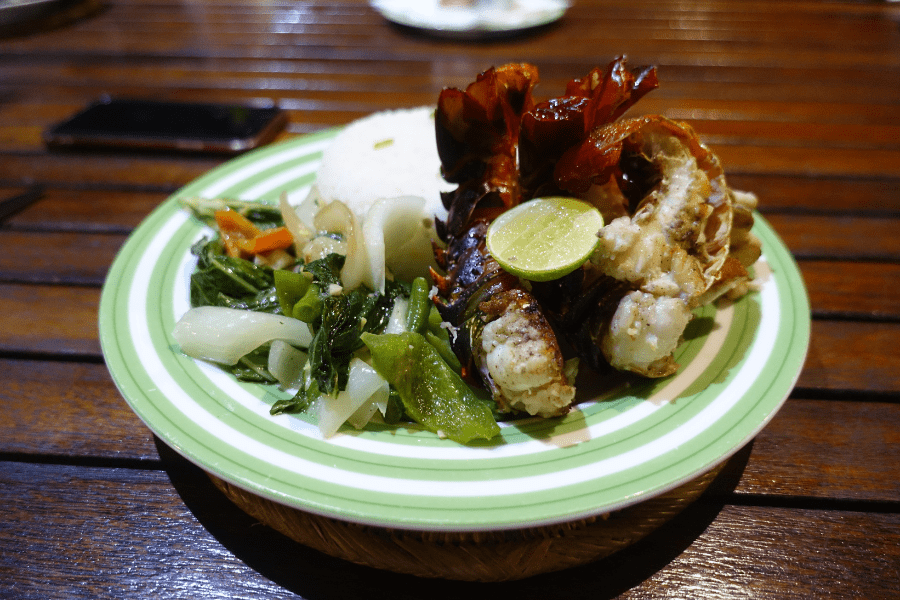
The Solomon Islands, for us as food lovers, was bliss! We loved that fresh seafood dishes filled the lunch and dinner menus during our trip. Lobster is fantastic, with fresh squid and many different kinds of fish.
Trust us; you will love the cuisine here if you’re a seafood lover.
And, if you can handle a beautifully cooked piece of fresh fish on a bed of freshly grilled vegetables for breakfast, then you need to visit Fatboys Resort in Gizo. We stayed here during our visit, and we ate like queens!
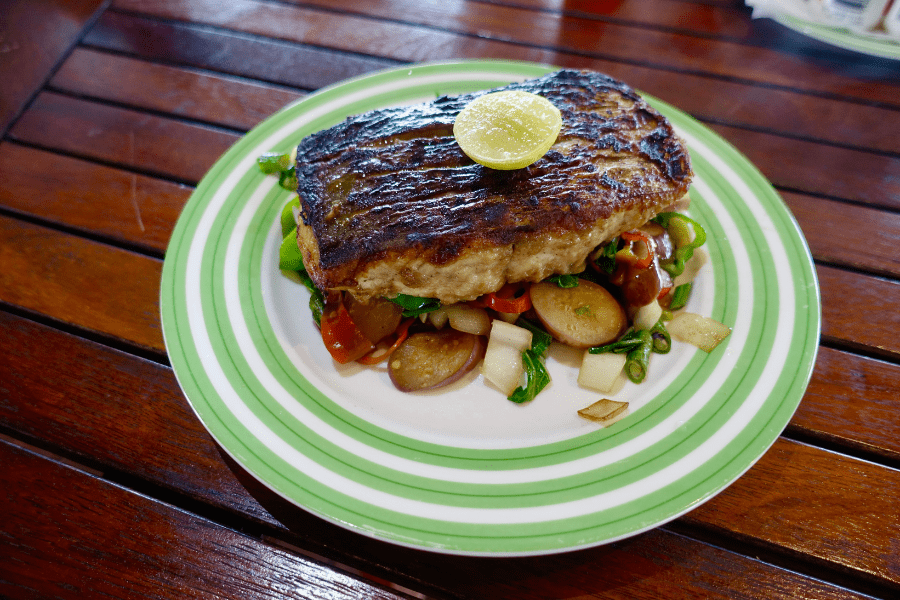
The two women in the kitchen are very talented cooks; we can’t wait to return here again to eat the food.
Fatboys Resort Email Address: [email protected]
13) Tropical Fruit & Root Vegetables are Fantastic
Another bonus for travelling in the Solomon Islands is the abundant tropical fruit and lovely-tasting root vegetables. We were surprised at the clever techniques used to prepare and cook the food here.
You’re sure to discover some new fruits that you’ve never tasted before when you travel to the Solomon Islands.
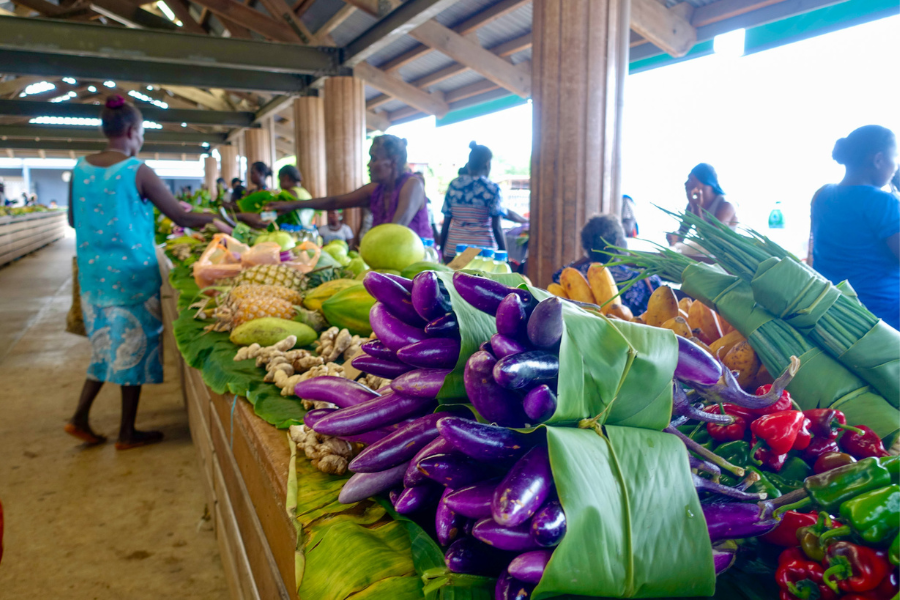
14) Bring a Dry Bag
When it rains in the Solomons, it pours! So you may get quite wet if you’re stuck on a banana boat when the rain rolls in. Sure, our bodies can take getting wet, but your camera gear won’t like it so much.
So if you’re planning on having your camera or iPhone out to capture all the stunning scenery, we recommend bringing a dry bag . Put them inside the dry bag on boat transfers or even if you go hiking.
15) Bring Reef Friendly Sunscreen
When you see the lagoons, the turquoise colours, and the abundance of marine life swimming in them, you’ll understand why wearing reef-friendly sunscreen is essential to help conserve this area for the future.
We used this reef-friendly sunscreen in Palau, as they’ve also worked hard to protect their stunning reef. We swam with thousands of stingless jellyfish in Palau and snorkelled around some unique areas here.
We recommend that you wear reef-friendly sunscreen in the Solomon Islands and invest in a rash vest , a cap , and polarised sunglasses to protect yourself from the sun’s harmful rays.
- 🔥 Hot Tip: Book accommodation on Booking.com
- 🎟 Book your tickets online: We use Viator and GetYourGuide
- 🔋 Stay charged: This Belkin Power Bank is essential!
- 📸 Join a Group Tour: Search Tourradar for Group Tours
- ✅ Get Connected with eSIM: Easy and affordable! View eSIM
If you’re still looking for a place to stay, check out our Ultimate Accommodation Guide for the Solomon Islands.
Did you know that we got stranded in Micronesia just before the pandemic? Read our post – Stranded in the Pacific: Cancelled flights, lost luggage, and coronavirus.
Our guide about how to visit every country in the Pacific will give you some useful information about schedules, flights, useful websites, and advice on how to do it.
Don’t miss our Vanuatu Travel Guide and these 5 Foods you Must Try in Vanuatu .
A big thank you to Tourism Solomons for hosting our stay.
Travel Tips for Oceania & Australia
We have many travel guides and tips for Oceania & Australia—a fascinating continent!
Australia is ideal for exploring with two wheels! If you plan to explore Oz, check out our best tips for doing the Big Lap of Australia
These 12 classic foods from Australia are unmissable and remember to get a photo with the 30 best BIG THINGS in Australia.
Do you plan to visit the Pacific islands? You’ll need our ULTIMATE guide to visit every country in the Pacific.
Furthermore, if you plan to travel longer after visiting Australia and Oceania, these 21 cheapest countries to visit will make your hard-earned dollars stretch a bit further.
You’ll need to stay connected while travelling in this region of the world. We recommend eSIM. It’s easy, reliable and affordable. View eSIMs for individual countries .
If your travels in Australia and Oceania are part of a much larger global adventure, then a Global eSIM may be the answer. It connects you in 124 countries , offering data-only eSIM and data/call/text eSIM . The Global eSIM has been a game-changer; we couldn’t imagine travelling without it now.
If you want to travel with like-minded travellers, consider joining a group tour. View the best deals on group tours in Oceania & Australia here .
Check out our best-ever travel tips compiled from more than twenty years of experience.
Travel Planning Resources
✈️ Flights : We use Skyscanner to book cheap flights worldwide.
🏨 Accommodation : Booking.com is our preferred platform for booking hotels and accommodation. We use Vrbo to book apartments and long-term stays.
🏥 Travel Insurance : We recommend Heymondo ( Get 5% off Heymondo) & SafetyWing
🚌 Transportation : Trainline is the best website to reserve trains. We use Omio to book transport worldwide. For travel in Asia, we use 12Go.
🚘 Car Rental : We use DiscoverCars to book rental cars worldwide.
👫 Group Tours : G Adventures OR compare multi-day tours worldwide with Tourradar .
📸 Day Tours & Trips : GetYourGuide & Viator are the only two platforms you need.
📚 Lonely Planet: The Best Range of Travel Guides & Ebooks , and FREE Shipping! (use code RACHELDAVEY10 for a 10% discount)
🎒 Luggage : Osprey Farpoint 40L Backpack or Samsonite Luggage Range.
🛄 What to Pack: Don’t forget your Universal charger and a good power bank . To help you pack the essentials, here is our ULTIMATE Packing List for all Travellers .
🐶 Become a House Sitter: Join Trusted Housesitters and enjoy FREE accommodation worldwide. Use our invite to receive 25% off your new membership.
💰 Send Money Anywhere: WISE & Revolut are the best online accounts that let you send money, get paid, and spend money internationally. Both are so easy to use and way cheaper than any bank transfer.
📶 Stay Connected: Airalo eSIM allows you to get connected the moment you land at your destination, and you can avoid those expensive data roaming charges. We LOVE this product! Use promo code NOMAD15 for 15% off ALL eSIMs (new Airalo users only) OR use NOMAD10 for 10% off ALL eSIMs (for existing Airalo users)
✅ Check out our Travel Gear and Travel Resources for more valuable tips to save you money!
Tasty Food Adventures
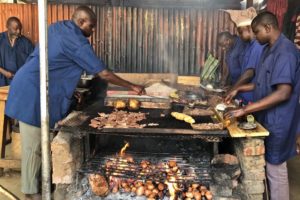
Where to Eat in N’Djamena Chad – 3 Best Choices
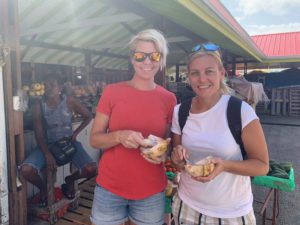
Best Food Tour in Grenada (2024)
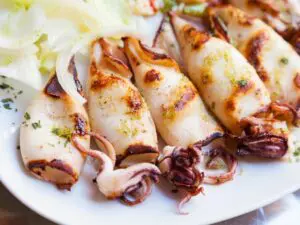
20 Most Popular Foods from Croatia
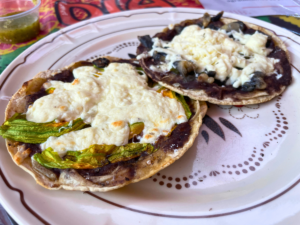
12 Best Breakfast Places in Oaxaca
See all Food Adventure blogs
Expert Travel Guides
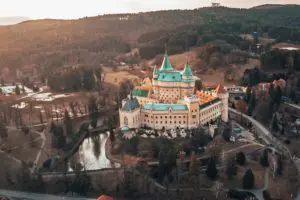
10 Best Places to Visit in Slovakia

5 Things I DON’T Miss About Travel
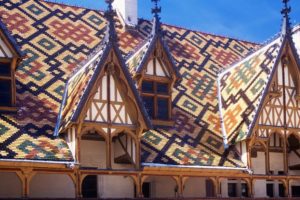
Beaune in Burgundy – Best 5 Things To Do
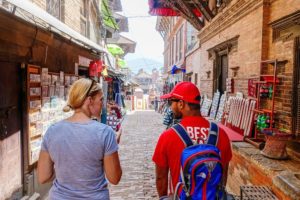
Bhaktapur and Patan – 2 Ancient Cities Not to Miss in Nepal
See all our Travel Guides
Trusted Hints & Tips
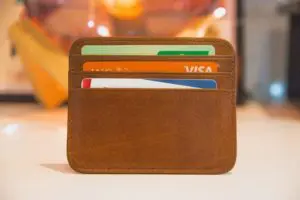
The Best Debit Card for Australian Travellers (2024)

Ready to Travel? Top 6 Travel Hacks to Save You Money
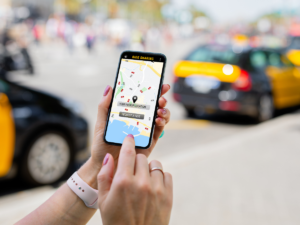
20 Best Travel Apps in 2024 (Plus They’re Free)
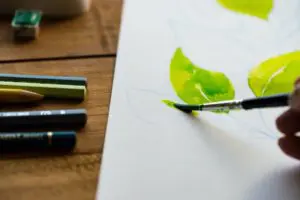
21 Productive Things To Do When Bored
See all our expert Hints & Tips
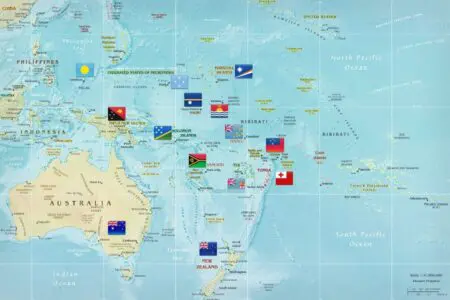
How to Visit Every Country in the Pacific – The Ultimate Guide for 2024
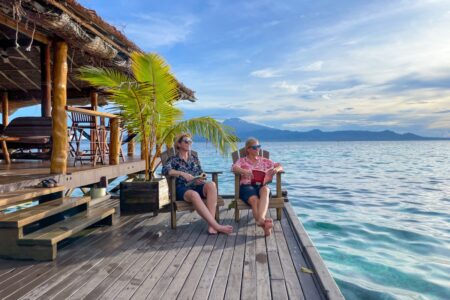
Solomon Islands
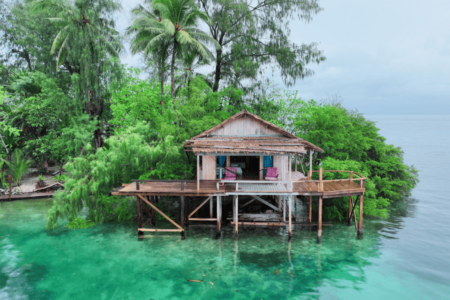
Where to Stay in Solomon Islands – Ultimate Accommodation Guide
1 comment . leave new.
Solomon Islands look amazing, and was not know that you can visit and enjoy all the time of the year. Exactly correct destination around the continental. Thank you..
Leave a Reply Cancel reply
Your email address will not be published. Required fields are marked *
Post Comment

Solomon Islands Tourism Tips, Facts, + Complete Travel Guide
Posted on Last updated: December 14, 2022
This year I had the privilege of being able to visit the Solomon Islands – an incredibly untouched and authentic island nation in the South Pacific. Solomon Islands Tourism is only just gaining popularity, as the country is actually one of the ten least visited nations in the world.
The island nation is spread out over more than 900 islands in 900 miles, with six main islands accessible from each other mainly via short internal flights. The country is very spread out, and consists of both mountainous/volcanic islands with dense jungles to flat white sandy beach islands laden with palms.
The Solomon Islands are laden with coral reefs and impossibly clear water, and are teeming with wildlife both above and below the surface. They have some of the most untouched and magnificent fishing, surfing, diving, and wildlife-spotting locations in the world, which you are likely to have all to yourself on any given day.

The people of the Solomon islands are mostly of Melanesian descent, with portions of Polynesian and Micronesian descendants as well. Locals are lovely and welcoming, however often intrigued and confused about the sight of visitors (more or less depending on where you go!). They’ve had quite a tumultuous history in the Solomons, being one of the main battlegrounds between the USA and Japan during WW2 and also periods of civil tensions and fighting in the late 90’s/early 00’s.
I was invited by Visit Solomon Islands to experience Solomon Islands tourism with my friend (aka instagram husband) Dana of The Wandering Donut , and they planned a jam-packed week for us both. Our trip started off on a high note when we were upgraded to business class on Solomon Airlines (woo!), and that high note maintained the entire week.
After a few weeks of bad weather, we apparently brought the sun with us from Australia and we had an almost-seamless week of lovely weather, fascinating history, incredible photo ops, beautiful locations, and LOTS of my two favorite things – adventures & sunsets! 😉
For hotel info, check out my separate article on Solomon Islands hotels.

Pssst – PIN ME to your Pinterest boards to save for later – this is a loooooong Solomon Islands Tourism Guide!
Quick Solomon Islands Facts:
Solomon Islands Capital: Honiara, on the island of Guadalcanal (famous for a WW2 battle of the same name)
Solomon Islands Population: 611k (and rising steadily but slowly)
Solomon Islands Religion: 95% Christian – however, there were prevalent headhunting tribal traditions before the arrival of Christian missionaries.
Solomon Islands Climate: There are basically two seasons in ‘the Sollies,’ the dry (and cooler) season April to October and the wet (and warmer) season the other part of the year. The temperatures remain quite temperate year-round, with averages of 27 degrees Celsius (about 80F) year round.
Solomon Islands Language : The official language in the Solomon islands is English. However most of the population speak a fascinating dialect of English called Solomons Pidgin. This language is a mixture of Creole languages (of which a few more are spoken in certain parts of the country as well) with a largely phonetically spelled/pronounced version of English. A lot of words/signage can make sense in English if you sound them out. See a photo + explanation down the end of this post!
Solomon Islands Economy: The main exports/foreign exchange from the country are timber and fisheries, with lots of palm oil and copra as well. Solomon Islands tourism is growing industry as well with a ton of potential, but still requires government support for infrastructure. It remains one of the least visited countries in the world!
Solomon Islands People: The people of the Solomon Islands are thought to have first migrated to the area around 3,000 years ago from Southeast Asia, forming the predominantly Melanesian archipelago which includes a few surrounding countries as well. There are also significant populations of Micronesian and Polynesian people as well.
One of the most interesting qualities about the people of the Solomon islands is their unique gene to produce blonde hair alongside dark skin – which is thought to have evolved from a diet rich in seafood and lifestyle rich in sunlight. About 10% of the population have naturally blonde hair. See below for a brief Solomon islands history!
- Betelnut: one of the fascinating cultural traditions of the Solomon Islands the the use of betelnut, a nut grown locally and chewed. You’ll notice that many people of the Solomon Islands’ teeth and gums are stained red with the stuff. It’s something that is done socially with friends, and is a slight stimulant much like coffee.

Solomon Islands History (In Brief)
The Solomon islands were home to indigenous tribes and peoples since they were first settled around 2000BC. In the mid 1500’s, a Spanish explorer ‘discovered’ them and named them the Isles of Solomon, thinking he had found the source of the riches of the biblical figure of the same name. This is why many islands still have Spanish names.
The islands were left mostly alone until the late 1800’s, when the occasional missionary or trading ship would make contact. Also during this time, many ships from Australia and Fiji began ‘blackbirding,’ or abducting Solomon Islanders to labour on plantations (which laid some of the foundations for the pidgin dialect of English that made it back to the islands).
In 1893 the Solomon islands became a British Protectorate, which it remained for decades. The islands were then occupied in 1942 by Japanese WW2 troops, and American troops soon after – leading to several years of intense and crucial battle which exploited and damaged the nation, but left it with a new identity.
After the war the new capital, Honiara, was established next to USA’s Henderson airstrip, and the Islands became independent from British rule in 1978. They remain close with British rule and are a member of the Commonwealth.
Infrastructure was improved at a slow rate until ‘the tensions’ of 1998-2003, which was a period of battle and civil unrest between the islands of Guadalcanal and Malaita. Many residents of both islands were displaced or forced to flee conflict, and there were periods of violence until 2003 when the RAMSI (Regional Assistance Mission to Solomon Islands) or ‘Helpem Fren” (‘help a friend’ in pidgin) arrived.
RAMSI was a force of a few thousand soldiers from Australia, New Zealand, and many other Pacific Island Nations who arrived to help restore order and disarm militias, which was hugely successful.

What to Know Before Considering Visiting the Solomon Islands
Before considering visiting the Solomon Islands, there are a few things you must know. The islands are still very untouched, and receive under 25,000 visitors per year (many of which visit on business or research purposes). Although they still lack the complete infrastructure to support mass tourism, they are very well suited to the off-the-beaten-path traveler who seeks some authenticity in their ventures.
You won’t find massive bus stations, decked-out resorts, tourism-directed advertisements and signage, or travel agencies all over the place eager to sign you up for your next tour. Most excursions and transport will be booked for you through your hotel, and Solomon Islands tourism leaves a bit more of your trip up to your own interpretation.
There aren’t many gift shops, touristy malls, or souvenir markets. I couldn’t find many places to get souvenirs/arts/crafts outside of Honiara, and most of the shopping malls and crowded food markets were simply stocked with necessities for locals and no tourist bait.
Essentially, what I am saying is that it’s certainly no Hawaii, but that’s what makes the Solomon Islands so intriguing, authentic, and alluring.

Spotting islands from the plane, and little reef sharks from the pier!
Who Should Visit the Solomon Islands?
Because ‘the Sollies’ are more suited to a certain type of traveler and not really for others, I’ve made this handy dandy little chart listing out the types of people who would love Solomon Islands tourism and those who may not.
DEFINITELY COME IF YOU ENJOY:
- Scuba Diving – Solomon Islands scuba diving is some of the best in the world
- Fishing – Amazing fishing and sport fishing, prolific sea life
- Surfing – Remote + untouched reef breaks with perfect waves
- Wildlife Spotting/Bird Watching – some of the most biodiverse places in the world (especially certain islands) and popular for birds
- Eco and rustic travel and experiencing the true identity of a place
- Adventure Travel – snorkeling, scuba, fishing, helicopter, hiking (volcanoes), jungle/rainforest walks
- Culture – visiting communities/villages and interacting with locals to learn their customs and traditions
- Being remote + in nature without much contact with the outside world (e.g. wifi)
- Fascinating World War II history, memorials, ruins, museums, and artifacts
- Potentially being the only people staying at an island hotel for a few days – getting to know the locals and workers
- (Truly) untouched island paradises with clear blue water, sandbars, dozens of tiny white sand islands with jungle vegetation
- Freshly prepared seafood- lobster, squid, shellfish, white fish, and more
- Interacting with kind locals who would love to chat about where you’re from
MAYBE DON’T COME IF YOU ARE LOOKING FOR:
- A luxurious five star resort experience with people waiting on your hand and foot
- A cheap party travel destination/a cheap place to go and get wasted for the weekend
- Busy cities and populated resorts with lots of other international guests
- Infrastructure on par with the Western World
- Being able to constantly connect to wifi and stay in contact with the outside world/stream movies/upload photos/etc
- Lots of options to go out and socialize at night
- Big cities with lots of amenities/being able to access all food/drink/convenience/entertainment needs at any given moment

I was having far too much fun, clearly!
How to Get to the Solomon Islands (Solomon Islands Airports)
The Solomon Islands have two international airports – one of which actually just opened in late March 2019. Before the Munda International Airport opened its doors, you could only arrive in the Solomon Islands via a flight through the capital, Honiara.
Brisbane is the main international hub through which most flights to the Solomon Islands will pass. There are a couple flights per day from Brisbane to Honiara (and vice versa – usually two). There are only a few other international flights out of Honiara to other South Pacific Islands such as Fiji, Kiribati, and Vanuatu, but other than that all must pass through Brisbane.
However, the recent opening of the Munda International Airport has and will continue to open up many new doors for Solomon Islands tourism. The flights from Brisbane to Munda were still in the trialing phase as of March 2019.
But, they will continue to expand and proliferate through the year, in hopes that it will expand visitation and potentially investment in Solomon islands tourism and infrastructure. The main thing that must be established is the immigration system, but all plans are in place to have even cheaper flights to this part of the Solomon Islands soon.
The international flights to the Solomon Islands will have both business and economy class. Business class seats come with higher caliber meals and alcohol, however the meals in the economy class are also quite good with (lower quality) wine and drinks as well. See below for a Solomon Islands budget/pricing section.

Getting Around in the Solomon Islands
The Solomon island chain is much larger than it may seem. As I mentioned earlier, it covers a distance of over 900 miles from Papua New Guinea to Vanuatu. Let me repeat that – nine hundred miles. This is no small feat to cross, folks! You can’t exactly get from one side to the other via small motorboat, and the infrastructure does not yet support large-scale ferry services to bring people around, especially in times of storms/rain.
So, as of now, you can get around the islands themselves by car/van of course, between some of the closer islands via small motorboat, and the rest is left up to tiny internal flights run by Solomon Airlines.
Solomon Islands Internal Flights
From Honiara you can take short flights to just over twenty islands/airports in the Solomon Islands. These flights go through the smallest airports you’ve ever seen, with singular check-in counters and one-human-looking-in-your-bag security checkpoints (if anything), and board onto the cutest little propeller planes on single-lane runways. Some flights have slightly larger propeller planes, while the shortest flights take tiny prop planes without much more than a few dozen seats.
My Experience/What to Know About Solomon Airlines
I couldn’t stop giggling about the tiny size of everything at the island airports. They were essentially one-room buildings with a counter and back door that lead right out to the tarmac. Baggage claim at Solomon Islands airports is nothing more than a cart of everyone’s bags being rolled out to the building, and leaving everyone to work together/scramble a bit between each other to find their bag.
The Honiara Domestic Airport was the only one with a security check, which was comprised of a woman checking inside everyone’s bags. This was also the only one with multiple rooms, with a waiting room and another with a few chairs (far less than the amount of seats on the plane, ha) after security.
The Gizo Airport is one of the most unique in the world; it’s literally an airstrip that is an island itself, and the only way to get to the mainland/other islands from it is by motorboat. It’s the type of thing where you’re looking out the airplane window seeing the sparkling blue ocean getting closer and closer as you descend, and momentarily getting slightly worried that land actually won’t appear because you can’t see land/the airstrip until you’re a mere few meters off the ground.
Picture locals selling coconuts on a grassy patch just outside the open ‘terminal,’ with a couple airport baggage carts laying beside them waiting for the chance to be used. You then make your way to a small pier where motorboats from various hotels are waiting to pick up their next patrons, for quite possibly the coolest airport taxi ride you’ll ever take.
The Munda Airport is at the end of a tiny main road of town, bordered by a single bar, a couple small hotels, some Chinese shops, market stalls, and a grocery. It’s a single room with a check-in counter and a bench around the outside, with tons of informational posters (likely made on Microsoft Word) on the walls about different hotels and islands to visit in the area.
Planes from here back to Honiara will come from Gizo, so when you hear the plane land you’ll know it’s time to board. After some people have deplaned and entered the small building from the tarmac, you’ll jump on the small plane which will have patrons still on it from Gizo. Your ticket might even be written by hand.
What to Know about Internal Flights on Solomon Airlines:
- These flights will have some of the best airplane window views you’ve ever seen. Make sure to keep your eyes fairly glued to the windows… by doing your best to get a window seat.
- The seats may be assigned on the tickets (sometimes), but it’s essentially a free-for-all on all internal flights. This means the seats are first-come-first-serve. Make sure to try and line up first to have your pick of seats so you can get one with a window for the epic viewage.
- Make sure to pack your camera(s) in your carry-on so you can take photos out the window. Trust me.
- The snack we got was a fascinating ‘butter cracker sandwich’ that tasted a bit lemon-y to me. Make sure to try this interesting local snack.
- There will be lots of locals flying too. It might be a great opportunity to have a chat with someone who lives in the Sollies to get a fresh/authentic perspective on what it’s like and where they’re going.

Where to Travel/Things to Do in the Solomon Islands
Phew! Now that we have gotten the logistics out of the way, I assume if you’re still reading that you are the adventurous/getaway type of traveler. Great! There are LOADS of places for you to explore, all over the Solomons.
I’ll begin with a brief outline of what each place has to offer. Check out the best Solomon Islands hotels for reference as well – there are just a few in each destination.
Guadalcanal Island + Honiara
Guadalcanal Island is the largest of the Solomon Islands and home to the capital city, Honiara. The name Guadalcanal may be familiar to many due to a large and decisive World War 2 battle of the same name, between the US and Japan. As I mentioned above, battles in the Solomon Islands were some of the most crucial of the War, and just barely ended with US control over the Pacific rather than Japan moving closer toward Australia.
The Henderson Airstrip of Honiara (which is now the international airport) was the most crucial capture for the US Army; if control of that very airstrip was lost to Japan, the world may actually have ended up very differently today! Either way, there is a LOT of WW2 tourism in Honiara. There are many War sites, memorials, ruins, and museums to visit. The island was essentially ravaged by the war, and remnants can still be found to this day.
Honiara is also of course the capital and financial/governmental center of the Solomon Islands. It has the highest population and the hustle and bustle of a busier city. However, the Solomon Islands are one of few countries where the majority of the population still lives in rural communities (rather than most people gravitating to bigger cities for work), which is another reason it’s so authentic.
This also means that the capital city is not as big as one may imagine. There are a few main roads, a couple restaurants, a cafe or two, a central market, a yacht club (pretty much the only form of nightlife), some bigger hotels, and quite expansive suburbs around the city as well.

What to See and Do in Honiara + Guadalcanal
- US War Memorial and Japanese War Memorial – There is both a US and Japanese hilltop War memorial around the hills of Honiara. Here you can learn about how the War effected both countries, pay tribute to lives lost, and see lovely views.
- Art Museum – The Art Museum in the city center houses two rooms of local art. Art from the Solomon Islands, in my opinion, tends to be very vibrant, abstract, and ocean/nature focused. I adored some of the paintings here – one of them is still the background on my phone!
- National Museum – This museum was quite comprehensive, with Solomon Islands history all the way from prehistoric times (when the first humans are assumed to have arrived in the South Pacific), to the first people in the actual country, to the Spanish occupation and British Rule, to WW2, to the times of tension and RAMSI help. You could really learn everything you need about the islands at this museum if you had enough time.
- Vilu War Museum – This museum is a bit of a drive out of town, but is fascinating. It’s a ‘museum’ comprised of all the remnants of the War that a local man found (with some items he bought from others), which are laid out aesthetically in a field scattered with trees and flowers. You can see broken-down skeletons of both US and Japanese cannons, bombs, many different types of airplanes, propellers, artillery, tanks, and more. You can also learn about what each thing was and how it was used in the war.
- Honiara Central Market – This busy market is right in the city center and has locals selling every kind of food you can think of, and some crafts/jewelry too. It’s vibrant, bustling, and definitely worth a wander.
- Mbonege Beach Bonegi Shipwreck – at Mbonege beach you can see the rusty remains of an old Japanese War ship. This is a lovely beach on a nice day, and if the tide is low enough you can get a quite good view of the old ship. You can also snorkel around the wreck because it’s just a few dozen meters from the shore.
- Tenaru Falls Hike – Quite a bit farther into the hills outside the city, you’ll find a 1-2 hour waterfall hike. This adventure is perfect for having a quick getaway and experiencing more of the rainforest and nature of Guadalcanal.
- Lumatapopoho Cultural Village – you can visit this small traditional village to learn about how tribes used to: cook cabbage, make different food recipes, make clothing, thatch palm for building roofs, make fire, peel and eat beetlenut.
Where to Stay in Honiara
Our Honiara hotel was called Heritage Park . This hotel has a lovely property comprised of multiple two-story buildings with balconies overlooking the pool, palm trees, and even the sea. It’s right on a rocky shoreline with a beach bar, very high quality restaurant (and even quicker bar meals), buffet breakfast, and events during the week (such as movie night/parties at the bar).
Heritage Park had all we could have asked for – large spacious rooms with hot water, air conditioning, and even a small TV. Properties in Honiara will definitely have more fixings than in the islands – make sure to remember that!

My Experience on Guadalcanal/Final Thoughts
Guadalcanal was the first stop on our Solomon Islands trip, as I’m sure it will be for most people. Here Dana, Michael and I (the other travel writers/bloggers on the trip) did all the classic ‘touristing’ and visiting of memorials, museums, and well-known sites. It’s the best place to get a feel for the history and city-life vibe of the Solomon Islands.
We drove around in a van and ticked off the main sites, getting our first feel for the island nation. We spent a day going around the main city, and one a bit farther out of the city to sites farther away. The drives were bumpy but scenic, and I took in the tropical foliage that reminded me of something between Hawaii and Southeast Asia (which makes complete sense I suppose! 😛 )
I wandered alone around the central market, stopped at a cafe for coffee, slinked in and out of shops on the main road, and chatted with locals here and there. I appreciated the view of a rainbow from the rocky coast near the hotel, and picked at a burger in between swims in the hotel pool. We tried some delicious seafood and enjoyed the extremely warm hospitality of nearly everyone we interacted with.
Guadalcanal/Honiara is not going to be what many people picture of the Solomon Islands – which is pristine beaches and islands. Guadalcanal is the more grungy city where you learn more about history and how people really live and go about their days.

Savo Island
Savo is right off the coast of Guadalcanal Island and can be seen as one of the many adventure capitals of the Solomon Islands. It’s a small volcanic island with prolific wildlife and adventurous activities, and is quite easy to visit from a small village on Guadalcanal outside Honiara on one of your days there. Savo is best done as a day trip from one of the hotels in Honiara, and bookable from most hotels also.
What to See and Do on Savo Island
- Volcano Hikes – Savo is home to some easy (1 hour or less) and some harder (3+ hour) scenic treks up the volcano.
- Wild Dolphin Nursery – a stop on the way to Savo Island from Guadalcanal – spot some dolphins in the wild!
- Megapode Hatchery – Locals maintain hatcheries for megapode birds, which will lay their eggs on the sand at sunrise.
- Waterfall walks -there are many up in the rainforest
- Local Culture – There may be cultural displays and dancing in the villages
If you love the island, you can even stay at Savo Sunset Lodge for a few nights.
My Experience on Savo
Soooo, the weather was acting up like crazy the night before our Savo tour, causing us to have to make the tough call to cancel it. Unfortunately, this is a reality of a tropical destination (especially in the wet season), and we got to see some extra spots in and around Honiara instead. However, I have recommended the awesome activities that we were supposed to do with the Tourism Board above, plus a few more!

Ghizo Island, Gizo Town, + Surrounding Sites
Gizo is where you’ll reach the parts of the Solomon Islands that you may have imagined or seen in catalogues. This is where the best diving and fishing in the Solomon Islands are located, along with lots of surf breaks, tiny pristine islands, white sand beaches, palm-topped landscapes, and pretty-much-perfect sunsets.
The main larger island is called Ghizo, the capital of which is called Gizo (confusing, I know!). But, the tiny surrounding islands dotting the coastline are where the magic really happens. Surrounding the main island, you’ll find remote rustic resorts, private rentable homes, reefs perfect for snorkeling, untouched surf, and some of the clearest blue water in the world.
What to See and Do In Gizo
- Gizo Town – This is the main town of Gizo, with locals out and about near a few restaurants, a main strip of shops and restaurants, and a central food market. Grab a fresh coconut for sure!
- Diving – The Gizo Dive Shop is owned by an American/Australian couple who have lived in the Sollies since the 80’s. They started it up from scratch, scouted out most of the dive sites themselves, and have built the region into one of the top dive areas in the whole world! Many dives and trips book up early these days, so get in early to make sure Danny is your dive guide.
- Fishing – With some of the most wildlife-rich dives in the world come some of the best places for fishing, as well! Fishing trips will be conducted from most resorts, with the hope of being able to catch a fresh seafood dinner.
- Boating – Many yachts sailing the south Pacific will stop from the Solomon Islands, and there are also sailing trips going around the islands as well. It’s a must to boat around the islands, especially in Gizo, and there are many multi-day diving and fishing boat trips too.
- Snorkeling – Also an absolute must, snorkeling in and around Gizo is incredible. Diving still takes the cake in terms of clear water and amazing views, but there are some stunning shallow reefs among the islands to check out as well.
- Sunsets – There are plenty of western-facing sand bars and beaches where you can catch a magnificent Solomon Islands sunset. Many hotels will have sunset boat trips – make sure to jump on one!
- Kennedy Island – Kennedy Island is just off the coast from Fatboys Resort, and is actually the island that JFK and his crew landed on after their ship was hit by a Japanese missile. It’s a tiny circular island with spongy white sand and and a jungle landscape – perfect for snorkeling and taking beautiful photos.
- Njari Island – The owners of Dive Gizo also own this island, which has one of the top-ranked dive sites in the entire world! It has lovely beaches and snorkeling as well.

Where to Stay in Gizo
We saw so many beautiful island resorts and convenient accommodations in Gizo. Here are a few:
- Fatboys Resort – This is where we stayed! There’s an overwater restaurant, beachside bungalows, kayaks, boat trips, kayaks, adventure sports, and more.
- Sanbis Resort – This resort is on the other side of the island that Fatboys is on. More amazing beachside bungalows, overwater pier/bar/restaurant, and amazing views.
- Imagination Island – This resort is an entire island in itself. It’s a few kilometers off the coast of the airport, and is a quaint and perfect little getaway with a few rooms, great food, and plenty of adventure + fishing trips.
- Gizo Hotel – If you don’t want an island resort and prefer to be in the town, the Gizo hotel is the choice for you. It’s right across from the market as has convenient facilities and a restaurant balcony over the town.
- Oravae Island Cottages – located on a tiny private island, the Oravae cottages are the best getaway you can possibly get! Think – rustic wooden houses right on the water, with an over-water swing as well.

My Experience in Gizo
When we arrived in Gizo, got off the plane, and immediately got on another boat and skimmed over beautiful blue water, I felt like the trip had finally begun. Arriving at the picturesque Fatboys resort was like something out of a dream, and Dana and I were squealing as we were greeted with colorful leis and fresh lemonade. It was the true island experience, and we felt so welcome and ready to explore.
We had so much fun taking photos, snorkeling, and having a traditional meal on Kennedy Island. Later that afternoon, we went on a fishing trip and were astounded to find (after a massive struggle) that we had actually hooked a reef shark – which we let free, of course!
We boated between the islands, snorkeling at every stop, and flew my drone and captured moments in each place we stopped. We woke up each morning with a delicious breakfast and finished each night with a fresh dinner, and even fed a few resident reef sharks off the overwater balcony.
One of my favorite moments from Gizo was our ‘ sunset wine-down,’ where we had a few glasses (bottles?) of wine on a pristine sand bar facing the sunset. After fiddling around for ages with cameras and tripods to get the perfect photo (and putting the drone up as well, of course!) we enjoyed a few too many glasses of wine with the water lapping up at our bare feet.
Gizo is a place you could spend lots and lots of time. It’s a true rustic island getaway, with attentive seaside accommodation and delicious food. If you can – spend the most time here!

Munda, Roviana Lagoon, + Surrounding Areas of New Georgia Island
As we jetted down a channel in our small open speedboat from Gizo to Munda, I noticed quite a big change in the landscape. We had gone from the sandy beaches of Gizo to a mangrove-bordered channel of New Georgia Island, with more of a deep green color than sea blue.
The vegetation was a bit different, with trees growing all the way to the water on many of the islands. This was our arrival to Munda – a small town on the Southern half of New Georgia Island. This is where I realized how varied the landscapes are on these islands – there’s truly a bit of everything, from mangroves to beaches to volcanoes to waterfalls.
Munda is surrounded by the Roviana Lagoon, which is home to some tiny sandy islands, some wildlife rich reserves, some mangrove-laden channels, and more. It’s yet another great hub for adventure, and we got up to plenty of activities here as well.
What to See and Do in Munda
- Munda Town – The main town is a few tiny streets with makeshift markets, a couple hotels, and a few stores.
- Roviana Lagoon – this lagoon may be mentioned on many Munda tours, and just refers to the calm sea area and islands between Munda town, Roviana Island, and almost all the way to Vonavona island. This area has a certain dialect and culture.
- Skull Island – this is a fascinating historical island on the way from Gizo to Munda. In brief (because I have more comprehensive posts coming soon!), it’s where they have left quite a lot of skulls from when the tribes here practiced headhunting. This ended with the coming of Christianity, and it was decided that the skulls would need to be moved somewhere more remote.
- Peter Joseph Museum – This began as a single man’s passion for searching/digging/finding artifacts from the War, and has turned into one of the most impressive War Museums in the Solomon Islands. It’s an entire building/room filled with everything from dog tags, lighters, coke bottles, soap boxes, and bullets to canteens, helmets, rifles, and even toothbrushes. It’s amazing to see what he has found and learn some stories from the artifacts.
- Scuba Diving – there are still plenty of places to dive in Munda as well as Gizo.
- Rainforest Walks, Rivers, and Waterfalls – hotels can also organize day-long treks through the island’s jungles, to waterfalls and viewpoints alike. You can even see crocodiles in the island’s rivers.
- Fishing Trips – This region is also great for fishing, and trips leave from the hotels regularly.
- Local Villages – many day tours from the hotels will include visits to local villages, and some tours include cultural villages only.
- Rendova island – About a 30-45 minute boat ride away is a stunning mountainous island called Rendova. It’s got a fantastic eco-lodge and a very visitor-friendly village with locals eager to share their traditions.

Where to Stay in Munda
- Qua Roviana – We stayed here. It was a block back from the water in Munda town, and had fine facilities, a kitchen, a living space, and more, with air conditioning in each room as well (huge plus!)
- Agnes Gateway Hotel – This is the biggest hotel in Munda town, right on the water. There’s a fantastic restaurant where we had all of our meals (helllooooo fresh lobster!) and they have both private and cheaper dorm options.
- Zipolo Habu Resort, Lola Island – Lola Island is closer to skull island, between the Roviana and Vonavona regions. The beachside resort here is also beautiful and rustic, with a great restaurant and reef sharks visible from the pier.
- Titiru Eco Lodge – We spent a full day here at Titiru and visiting the local village. The lodge is beautiful, with kayaking and SUP’ing possible right from the balconies of the rooms, amazing gardens, delicious food, and proximity to Ughele village. I would LOVE to come back and stay longer here.
My Experience in + Around Munda
At first, Munda area seemed a bit less tropical and more swampy than Gizo, but I was quickly proved wrong after visiting Skull Island, Rendova, and two other tiny islands off the coast of the town which are perfect for sunset (Kuru Kuru and Kundu Kundu, I believe). Munda is different in that it’s more diverse, with both mangrove forests, waterfall-dotted mountains and jungles, AND beautiful beaches (albeit a bit more overgrown).
Upon arrival, I had a quick walk around town. There really wasn’t too much to look at, but I did my best. I wandered through the market stalls made from makeshift tied tarps and sheets, and smiled at locals selling beetlenut, potatoes, and other roots and leaves.
I wandered past the town pub, coffee shop, and in and out of a Chinese grocery store, and all the way to the small airstrip before turning back around. The whole thing wouldn’t have taken me much more than ten minutes! I returned to the Agnes hotel where I enjoyed a coffee and watched local fisherman traverse the Roviana Lagoon on their long wooden canoe boats.
Outside of Munda Town we had a few fantastic excursions. We saw Skull Island from Lola Island, which was both eye-opening, sad, and fascinating. Our trip to the Peter Joseph museum really hammered into us even more the significance of the War in this part of the world – the thousands upon thousands of left-behind artifacts each told their own unique and heart wrenching story.
Our trip to Rendova was also a highlight – we saw the beautiful Titiru Eco-Lodge and got to kayak in the harbor – but I adored being able to walk through the nearby village. It was like the locals had stations set up to display cultural practices to us.
It started with a traditionally-dressed tribesman jumping out of the bushes and yelling at us at the top of his lungs; we were SO startled we nearly screamed, but soon realized that it was an (albeit extremely well-done) demonstration of painted men showing what it would have been like to land on this island a few hundred years ago.
We saw an old woman traditionally washing her baby in the river when we first walked up, followed by catching eels in the river, making traditional clothing, shaping wood, making toys, and even making and sampling local food recipes.
One of the most memorable moments of the trip (and our last activity) was watching sunset from the tiny islands off the coast of Munda town. After Dana and I (obviously) had one last beachy photoshoot, the sky turned red and pink with swirling colors within the clouds. Our jaws dropped to the floor and we knew that the Solomon Islands were sending us off in the best way possible – with my two favorite things, adventures & sunsets of course!

Solomon Islands Budget Notes
So – what should you budget for the Solomon Islands? The main thing to keep in mind is that, unfortunately, t he Solomon Islands aren’t cheap. This is no Southeast Asia; the Hapi Isles are quite remote, difficult to get to, and have quite high prices that keep the economy going.
I would say the restaurant prices are about on par with Australia. For basic meals/breakfast/lunch you’ll be looking at around $10-15USD, whereas for nicer meals and dinners you’ll be looking at around $15-30USD. This is at hotels/restaurants, however, and you can always shop at the markets to cook for yourself when you see fit.
For hotel rooms, you’ll be looking to pay about $120-$200USD/night. Some of the cheaper rooms will be a bit more basic, but for $200 you’ll get some nicer (although still often rustic!) beachside bungalows. For the more budget traveler, there are a couple cheaper simple twin room/dorm options on some of the islands for around $35-$50 per person.
Getting to the Solomon Islands may be the costliest part of the journey – flights are a bit fewer and far between, and therefore are pricier. However, the opening of the Munda international airport is showing a lot of promise for lower flight costs from Brisbane. Currently, the flights go for about $800-$1200 round trip to Honiara from Brisbane, depending on when you book. Add on whatever flight you’ll need to get to Brissy, and you have your budget! Just make sure to look out for the first flights from Brisbane to Munda, which are set to be cheaper.

Final Solomon Islands Tourism Tips – What to Know Before You Go
Lastly, I’ll leave you with a few final, yet extremely important notes on things to know before your Solomon Islands trip:
Passports + Visas
You must have at least 6 months validity on your passport to enter the country. Most visitors are granted visas upon arrival to the Solomon Islands, but make sure to check up about your country before you go. People from many European countries, the US, and the Commonwealth do not need a visa prior to arrival.
Medical Information
It is recommended to take Malaria pills during your visit to the Solomon Islands due to small pockets of malaria. Consult your doctor before your trip to stay up to date with the latest travel notices and injection recommendations. If you don’t have malaria pills, be SURE to bring strong bug spray!
Wifi in the Solomon Islands
Wifi in the Solomon islands is best described as a lack thereof. You’ll find much better (read: slow yet functional) wifi in Honiara, but as you get out to the more remote islands, wifi will be few & far between. Some resorts (such as Fatboys) have a wifi code that can only be used by one person at a time, and you may hear “the wifi isn’t working” more often than not.
But – this is not the kind of place you want to be spending connected to wifi, the Sollies are really a place to disconnect from the internet world and connect with the real world, amazing landscapes, other people, and wildlife.
Solomon Islands Food
Food in the Solomon Islands is, as I’m sure you can guess, very seafood-based. There will be tons of fish and shellfish, complimented by a lot of taro and potato for starch, rice, and local cabbage cooked in coconut milk. They cook up lots of home-grown veggies and have a bit of chicken and beef as well.
Money + ATM’s
The Solomon Islands currency is the Solomon Islands dollar. There’s about 8 SBD to 1 USD, just under 6 to the AUD, about 9 to the Euro, and just over 10.5 to the (current) GBP. There are ATM’s and currency exchanges in Honiara and a few solar-powered ATM’s in the islands. However, these ATM’s will always charge a fee, so if you can get some currency out before your trip you might be able to save a bit of money.
Tipping is not a part of the culture here and not necessary.
You should only purchase and drink bottled water here – no tap water, unfortunately!
Lastly, a few final Solomon Islands photos:

ONE MORE PIN! Don’t forget to pin this Solomon Islands tourism guide to your Pinterest Boards.

Well, I think that’s about it on Solomon Islands tourism – for now! I hope you have learned everything you need to know, but if I missed anything, go ahead and leave a comment below and I’ll get back to you!
Thanks so much to Visit Solomon Islands for hosting me – as always, all words are completely my own, and I look forward to quite a few more articles on one of the most intriguing and alluring countries I’ve had the pleasure of visiting.
More Content you may enjoy:
- Bali to Lombok Ferry Info
- Beachfront Airbnbs Tulum Mexico
- Bali Net Ned Hotels
- Ubud Restaurants with a View
- Best Bars in Uluwatu Bali
Saturday 4th of May 2019
Nice! The Solomons are in my list of options for potential South Pacific destinations, but I've not quite figured out where to go and what to expect before!
Sunday 5th of May 2019
Well I sure hope this post has helped you with a bit of clarification! Happy travels; I'm sure you'll love it.
Truly epic guide, I knew nothing about the Solomon Islands before but now I'm dying to visit!! This is exactly the type of place I love!
Oh this is so on my list! I have wanted to visit Melanesia for seeing the other type of blond gene, but diving and unspoiled beaches is something I am totally up for as well! I well in love with the Pacific ocean islands when I visited Palau, and I definitely want to visit Solomon islands as well!
It really is a fascinating gene, and the rest of the country is just as much so! :) I'd love to visit Palau one day too - I think this was just the beginning of my jaunt with the South Pacific!
Laureen Lund
Your photos are stunning. This is on my bucket list...missed it last time we passed through the area but I will definitely see this some day!
Thanks so much! It's such a photogenic place. Now that there's a new airport opening you should definitely plan a trip back one day!
Nat Geo Encounter Ocean Odyssey in New York City - Momma To Go Travel
[…] through Nat Geo Encounter begins in the Western Pacific Ocean, in the shallow waters off the Solomon Islands. Through computer technology, you are transported to a room that takes you to the ocean floor – […]
Privacy Overview
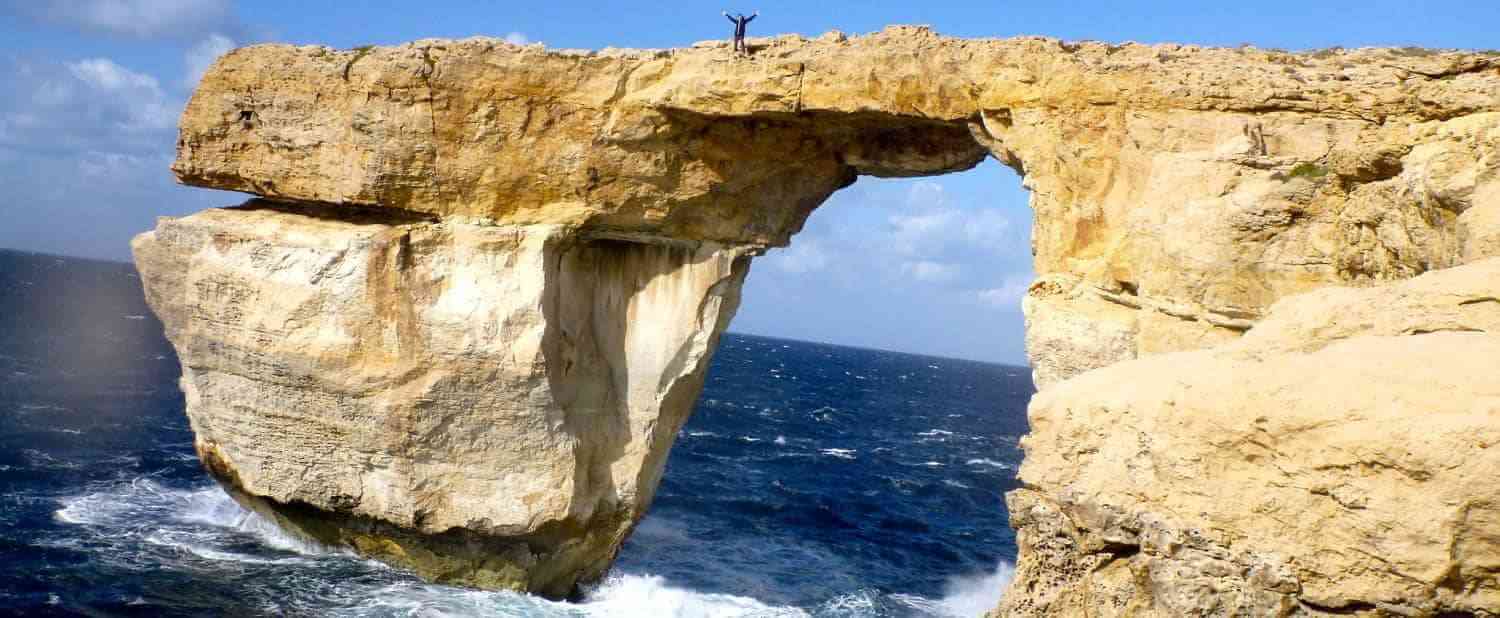
Out of Your Comfort Zone
The art of backpacking & adventures to get out of your comfort zone – tips and advice, the ultimate guide to visiting the solomon islands in the south pacific.
Last Updated on February 23, 2024 by Talita
Planning a trip to the Solomon Islands? Wondering what to do, where to stay, what islands to visit, how to plan your Solomon itinerary, and more? Read on for all you need to know!
The Solomon Islands is a special place.
Because a trip to the Solomons will give you a chance to:
- Explore a rugged Pacific island nation virtually untouched by tourism (the Solomons consistently rank among the top 10 countries with the fewest tourists each year worldwide)
- Scope out some of the most spectacular, pristine dive sites – for wrecks and reefs – in the world
- Journey through the nation’s haunting World War II history by visiting the many sites and relics scattered across the country (including monuments, abandoned bunkers, anti-naval guns, downed planes, and more)
- Visit traditional Polynesian villages , participate in rich cultural events, see the saltwater crocodiles, and perhaps even make your way to Skull Island (the final resting spot for the last of the Solomon headhunting chiefs)
- Meet some of the friendliest and most welcoming locals you’ll find just about anywhere (there’s a reason why they call themselves “the Happi Isles!”)
All that said…
Tourism in the Solomons is still very much in its infancy. Which means the Solomons are *not* the easiest place to travel.
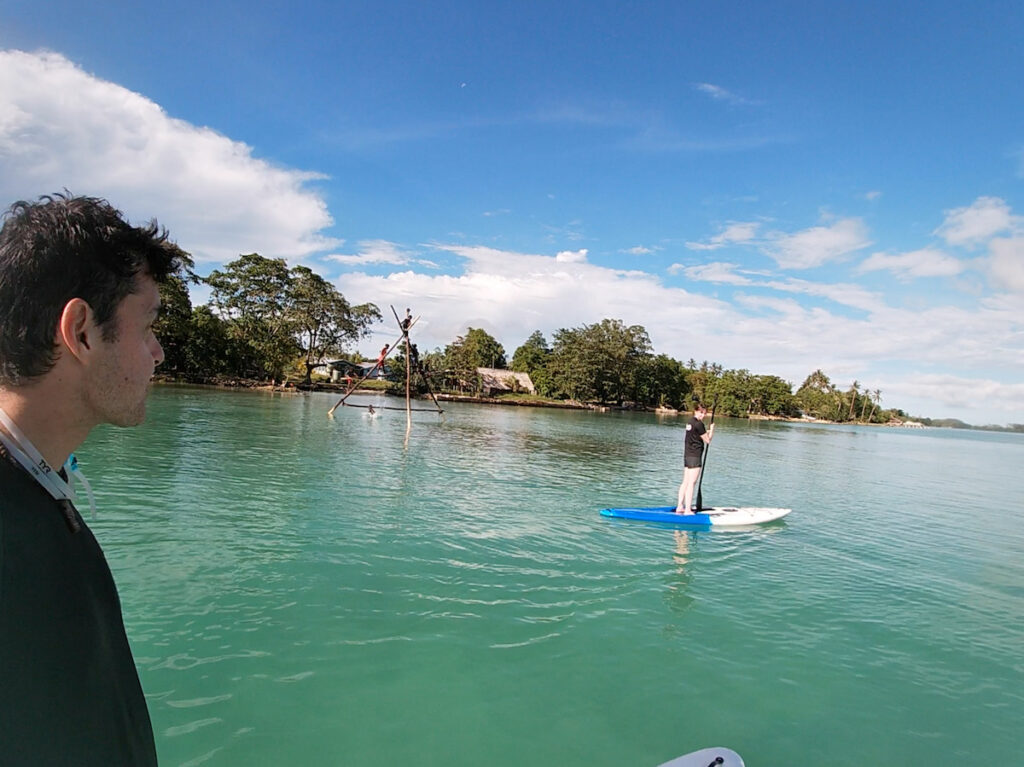
Somewhere in Munda, Solomon Islands
And although that’s certainly a part of the allure for those who choose to make the trek here…
It also makes it difficult to plan!
As we found out the hard way, much of the information you need to know simply isn’t published online (at least not yet!).
Before our own trip to the Solomon Islands, our internet searches for “what to do in the Solomon Islands,” “Solomon Islands itineraries,” and “how to plan a trip to the Solomons” didn’t turn up a lot of results.
So now that we’ve had the chance to visit ourselves, we wanted to share all that we learned to help you on your trip to the Solomon Islands.
Let’s get to it!
Table of Contents
- 1 Solomon Islands Fast Facts
- 2 How to plan your trip to the Solomon Islands
- 3 Transportation in the Solomon Islands
- 4 Guide to visiting Honiara & Guadalcanal
- 5 Guide to visiting Munda and the Western Province
- 6 Final tips and things to know before visiting the Solomon Islands
- 7 In conclusion…
- 9 Planning your next trip?
Solomon Islands Fast Facts
1.1. Where are the Solomon Islands?
The Solomon Islands is a country located in the southwestern Pacific Ocean .
It’s situated to the east of Papua New Guinea (close enough that you can take a boat between the two countries) and several hours northeast of Australia by plane.
The archipelago stretches over a large area of ocean, covering approximately 11,000 square miles (28,000 square kilometers) of land and consisting of hundreds of islands.
The capital city is Honiara, which is located on Guadalcanal, one of the country’s largest islands.
1.2 How many islands are there in the Solomon Islands?
Calculations vary, but estimates clock in at 900-1,000+ islands.
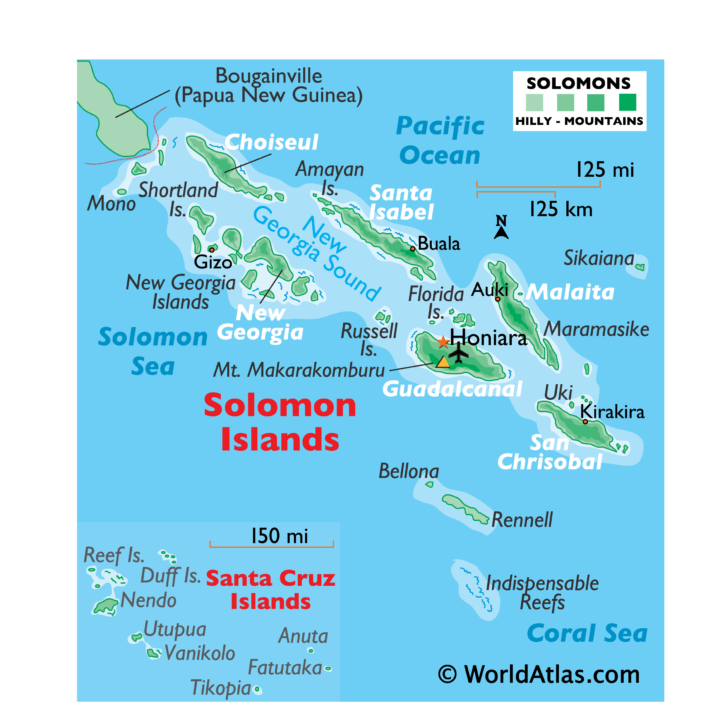
Image credit: www.worldatlas.com
Of these islands, only a fraction of these are inhabited, with the major population centers located on larger islands like Guadalcanal, Malaita, and New Georgia.
1.3 What language do they speak in the Solomon Islands?
The official language of the Solomon Islands is English, which serves as the language of government, education (at least in the capital city of Honiara), and business.
However, English is not the first language for the majority of the population, as there are dozens of indigenous languages spoken throughout the various islands of the archipelago.
One of the most widely-spoken indigenous languages is Pijin, which is a creole language derived from English with its own unique vocabulary and grammar. Pijin, rather than English, is what’s most commonly used as the lingua franca among different ethnic groups.
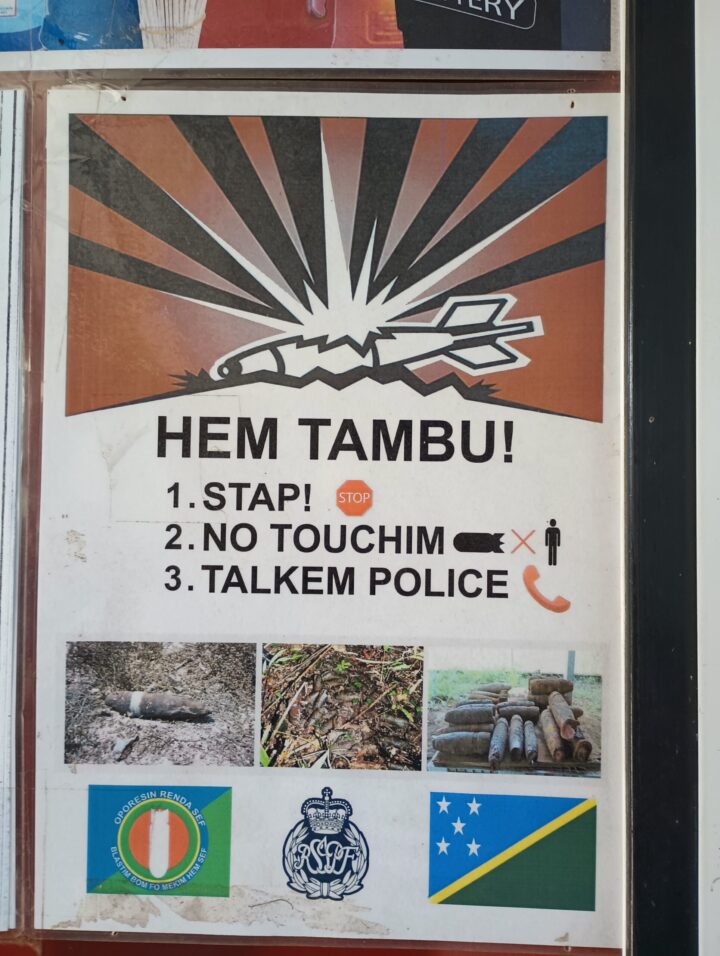
Solomon Islands Pijin (quite similar to English, as you can see!)
1.4 Are the Solomon Islands safe to visit?
Personally, we felt very safe in the Solomon Islands.
Crime tends to be focused in the capital city of Honiara on the island of Guadalcanal. We’ll talk more about safety in Honiara in section 5.2 below.
But elsewhere in the Solomons, crime rates are very low.
1.5 Is it easy to visit the Solomon Islands?
It depends on your definition of easy!
As I mentioned in my introduction, tourism in the Solomons is still very much in its infancy. While this is certainly part of the island’s charm for many visitors, it also means that there is minimal tourist infrastructure and that your trip may require a bit of “roughing” it.
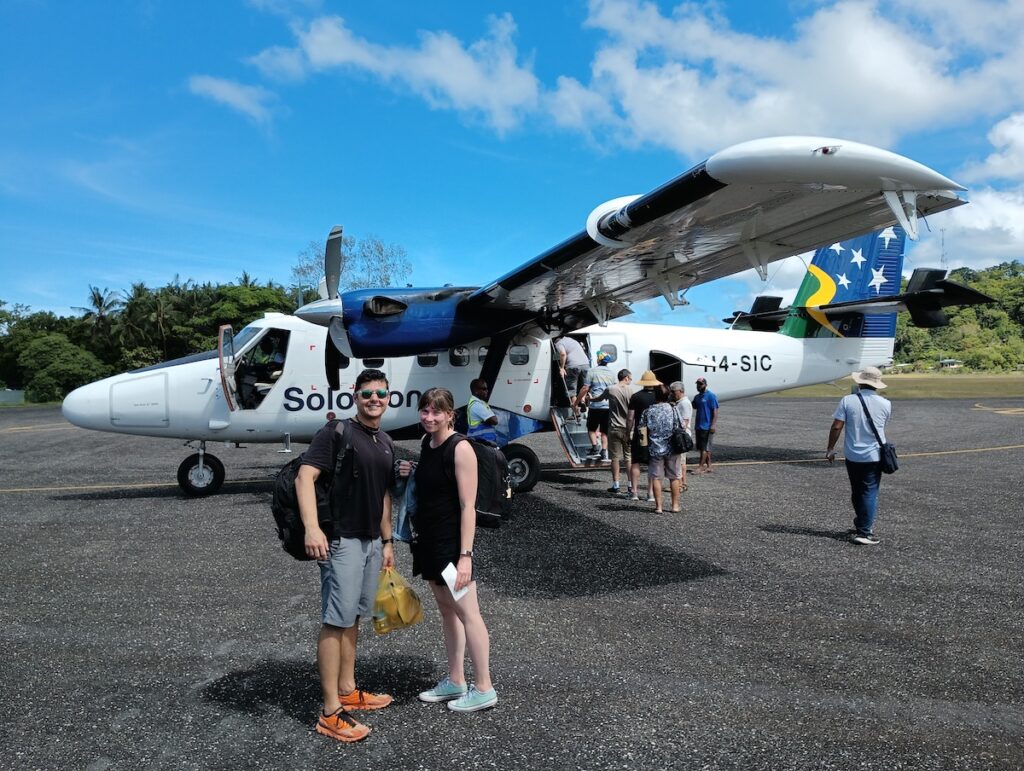
The tiny one-room (and hot!) airport in Munda
Plus, there’s also the challenge of actually planning your trip itself.
You can book many of the larger hotels and resorts online. But the more budget-friendly accommodation options will require you to email them directly.
You’ll likely find that tours and activities in the Solomons are very hard to book in advance, as most of the options are not published anywhere online. So, you have to be comfortable with a bit of spontaneity on your arrival. 🙂
(Note: Make sure you read section 2 below for important info and tips on organizing your trip!)
1.6. Are the Solomon Islands expensive?
Due to the lack of tourism and very low local salaries in the Solomons, I mistakenly believed that it wouldn’t be an expensive place to visit.
Turns out, I was very, very wrong!
In general, the cost of just about any “tourist” activity or accommodation is very high.
There are a few factors at play here – including the fact that these activities/hotels are primarily catering to an expat population of aid workers who earn high western salaries, the low demand of tourists like us, and the outrageous price of fuel and electricity in the country.
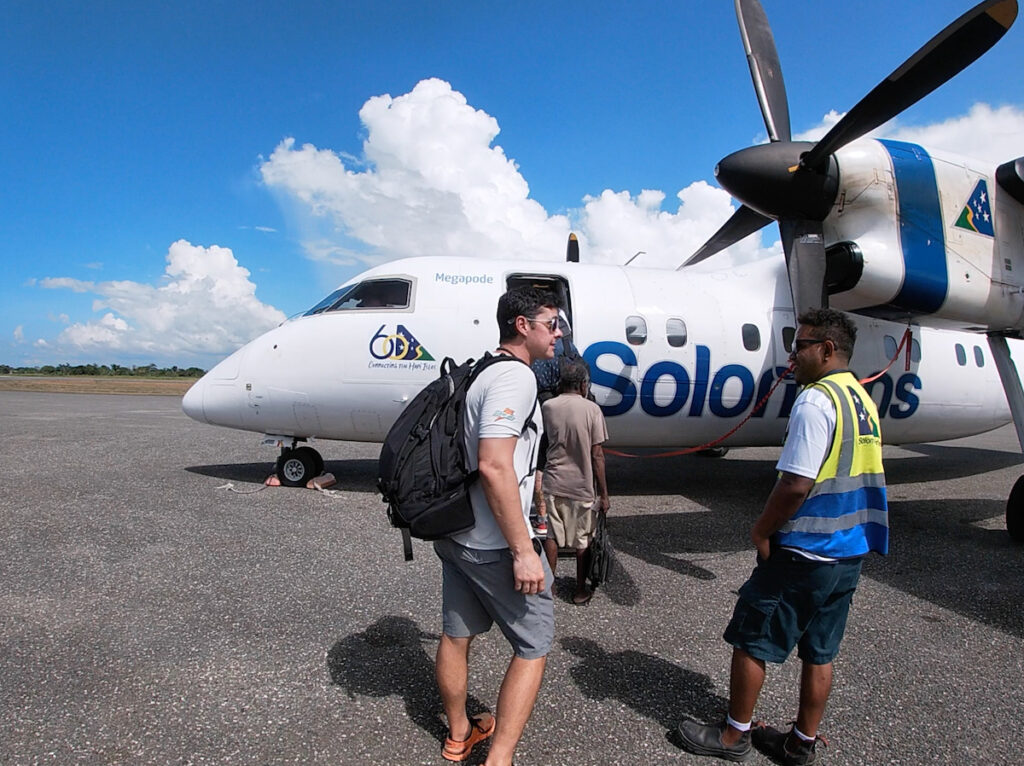
(Surprise! The Solomon Islands has the most expensive electricity in the world.)
This means you’ll definitely want to set aside some padding in your budget. Not just for accommodation (which isn’t cheap!), but also for excursions or other activities. Because much of the Solomons is so remote, you’ll be limited in how much you can do independently.
1.7 Where can I learn more about the Solomon Islands before my visit?
Glad you asked! I recommend watching this “Solomon Islands” episode from one of my favorite Youtube channels, Geography Now.
Otherwise, much of the other content out there focuses on the Solomon Islands’ bloody World War II history.
If you like war movies, “ The Thin Red Line ” is a philosophical look at WWII. The film takes place in (and was filmed!) in the Solomons.
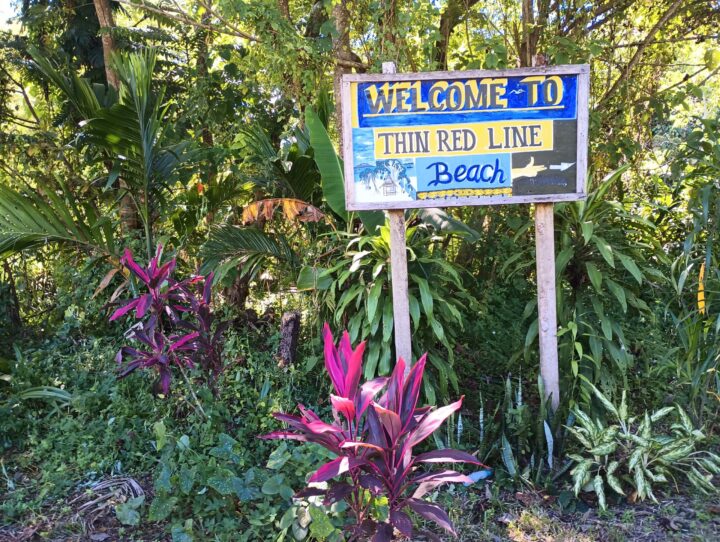
Thin Red Line Beach, Solomon Islands
Otherwise, I’ve heard that “ The Pacific ” mini-series does a great job of capturing the history of Guadalcanal and other battles throughout the country.
How to plan your trip to the Solomon Islands
2.1 How to get to the Solomon Islands
Your trip to the Solomons will likely begin with a flight into Honiara, the country’s capital city, on the island of Guadalcanal. You can find direct flights to Honiara from several cities in Australia. Or if you’re trying to fly into the Solomons from just about anywhere else, you’ll most likely connect in Fiji.
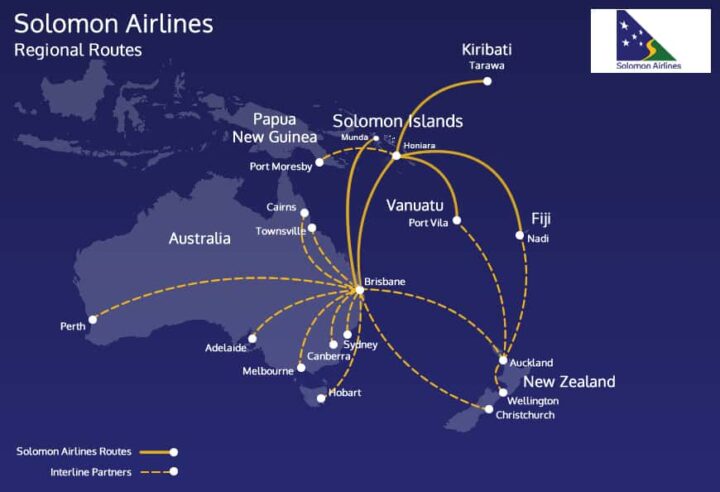
Solomon Airlines flight map (photo courtesy of www.flysolomons.com)
(Note: sometime in 2023, Solomon Airlines is going to be launching a direct flight from Brisbane, Australia to Munda, a tranquil village famous for diving tucked into the Marovo Lagoon. So stay tuned!)
Apparently, it’s also possible to cross into the Solomons from Bougainville, Papua New Guinea. However, we were told there aren’t any official border crossings to verify your entry into the country. So proceed with caution here. Occasionally, you can also find small fancy cruise ships or live-aboard diving vessels that stop in the Solomons.
2.2 How long to stay in the Solomons
There’s really no right answer here.
Personally, we stayed for about 10 days, splitting our time between Honiara/Guadalcanal and Munda. Between those two islands, we felt like we had enough time.
However, if you’d like to spend more time diving, hanging out at the beach, or visiting additional islands, then you may want to add on some days.
Alternatively, if you were to skip Honiara and focus your time exploring Munda and other islands in the Western Province, then a week may be plenty.
2.3 What islands to visit in the Solomon Islands
As I mentioned above, we personally divided up our time between the islands of Guadalcanal (Honiara) and Munda. We took a few day trips to additional islands (we’ll mention those when we dive into the destinations below!), but these are the two islands we stayed overnight on.
We enjoyed Munda a lot, so I’d definitely recommend adding it to your itinerary. Particularly since it really offers everything that usually brings people to the Solomons – sparkling turquoise lagoons, spectacular diving, WWII relics and history, authentic cultural experiences…
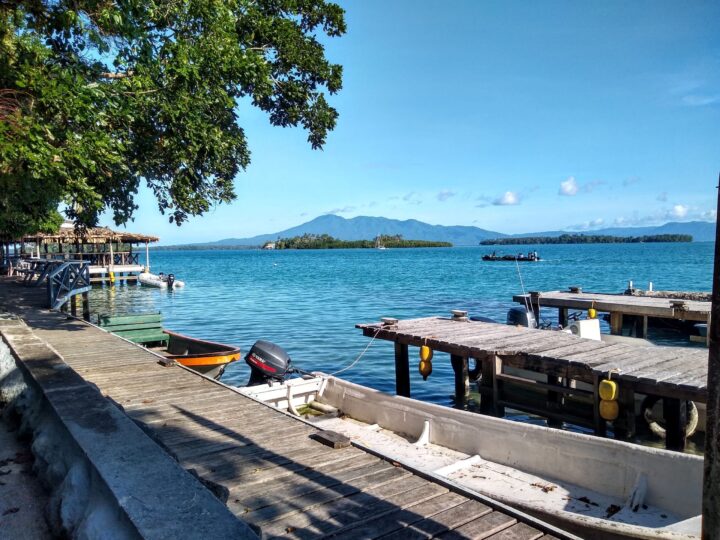
Tranquil Munda, Solomon Islands
Whether or not you add Guadalcanal to your trip is up to you. We’ll chat a bit more about this in the “Is Honiara worth visiting?” below. (Section 5.1)
Although I can’t speak to these other islands from personal experience, here are some of the other “common” (or as common as any tourist experience in the Solomons can be!) islands that people visit:
- Ghizo (home to Gizo, the capital city of Western Province…not far from Munda and with similar attractions to be found)
- Malaita (the Solomon Island’s most populous island, known for its lush rainforests, waterfalls, and traditional village life)
- Tulagi (a small island located between Guadalcanal and Malaita, famous for its diving and WWII sites)
2.4 Where to stay in the Solomon Islands
See the section above!
But to put it simply: I’d probably recommend, at minimum, a night or two in Honiara/Guadalcanal to see the war sites and memorials. And then divide up the rest of your time between other islands like Munda, Ghizo, or Tulagi.
2.5 What to wear in the Solomon Islands as a woman
In general, women in the Solomons tend to dress a little on the conservative side.
Most wear skirts, though I did see a few loose-fitting shorts. However, I don’t think I ever saw anyone wearing a skirt or shorts that went much more than an inch or two above the knees.
On top, a sleeveless or a T-shirt is totally fine. But cleavage or exposed chests aren’t common.
Of course, when you’re at your hotel, you’re free to wear whatever. But these are just some of my observations and the clothing guidelines I stuck to so I could dress respectfully.
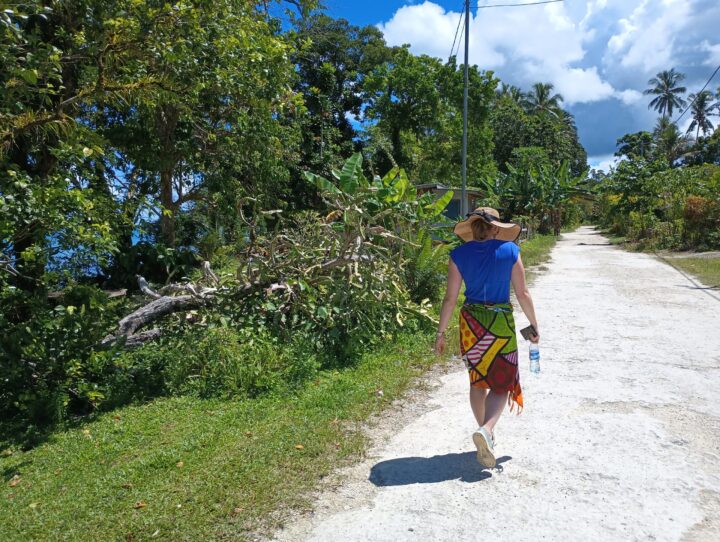
Examples of what to wear as a woman in the Solomon Islands (note your skirt doesn’t need to go quite this long – this was just what I had!)
2.6 Where to go diving in the Solomon Islands
In general, basically anywhere in the Marovo or Roviana Lagoon (near Munda, Gizo, etc.) will be spectacular. This area is known for its WWII wrecks, often submerged in shallow, crystal-clear water. There’s great reef diving, too.
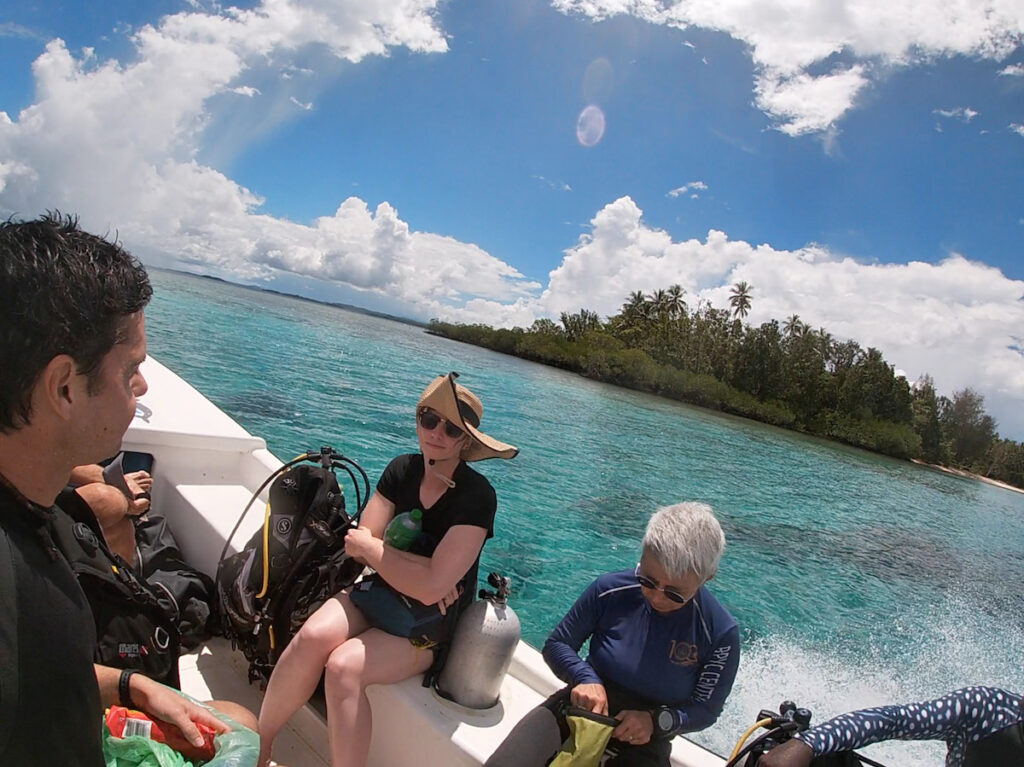
Otherwise, Tulagi’s “Iron Bottom Sound” (so named for its high concentration of sunk WWII planes and ships) is another well-known spot for wreck dives.
Note: At the time of writing (June 2023), Tulagi Dive Shop, which runs out of Honiara and would take you out to dive in Tulagi, isn’t currently in operation after closing down during the pandemic. We spoke with the shop’s owner and it sounds like he hopes to re-open again soon. If you’d like to try diving in Honiara or Tulagi, try reaching out to him here or here before your trip to see if he’s up and running again.
Other than Tulagi Dive, there are no other active dive shops in Honiara.
2.7 IMPORTANT: How to organize your activities and tours in the Solomon Islands
If you’ve tried to do any sort of planning ahead for your Solomon Islands trip, you’ve probably come across a bit of a roadblock – namely, it’s very hard to find information about what to do in the Solomon Islands online!
So, here’s the best piece of advice I can give you. As soon as you arrive in Honiara, make your way to the Solomon Islands’ Visitor Center (it’s located right off the main road in Honiara’s city center, so you really can’t miss it).
The staff here were SO helpful in helping us set up everything we wanted to do.
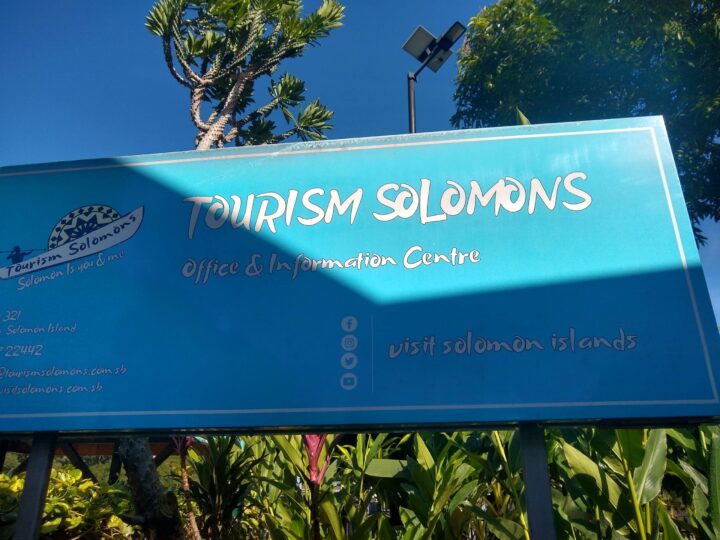
They gave us recommendations, called tour operators and guides to see what was/wasn’t available, and just generally helped us organize our time in the Solomons in a way that we never would have been able to do on our own.
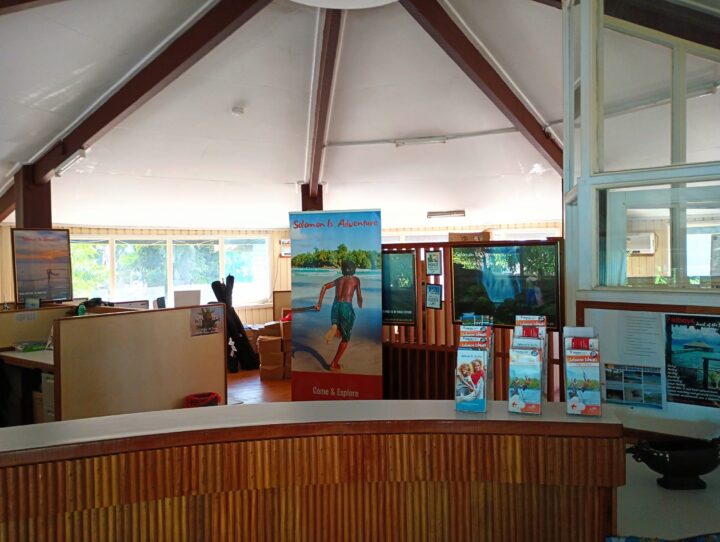
The Solomon Islands tour office in Honiara was a true lifesaver!
Alternatively, rather than waiting to talk to them when you arrive, you can try reaching out ahead of time to see what’s available on their website here (Personally, we never heard back when we emailed them before our trip. But it’s worth a try!)
Transportation in the Solomon Islands
3.1 How to get around on the Solomon Islands
On many of the islands, you’ll be able to find local buses (just look out for the white vans). As far as I can tell, most buses don’t have set schedules.
In Honiara, you’ll also find plenty of taxis that you can catch for reasonable-ish prices.
Outside of Honiara, hitchhiking with friendly locals is a solid option as well.
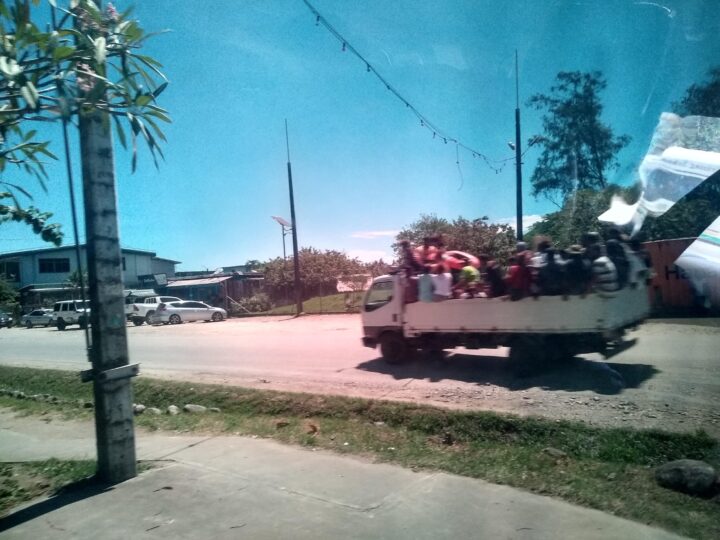
If there’s any space for you in the truck, that is
Personally, we did a combination of going around by ourselves as well as doing tours/going with a guide. Although we generally aren’t big “tour” people…many places in the Solomons are simply impossible to get to without one.
(Plus, for many of the WWII sites, it was nice to have a knowledgeable guide.)
3.2 How to get between the islands in the Solomon Islands
There are a handful of passenger ferries that you can take between islands in the Solomon Islands, including from Honiara to Gizo/Munda/Seghe, Honiara to Auki, Honiara to Malaita, and more.
Pelican Express seems to be the most popular option when it comes to “express” ferries. (Though note that these “express” trips are very expensive…and when we were there, all of their ships were inoperational for one reason or another.)
If you’re interested, you can try (no guarantees they’ll answer!) contacting them here .
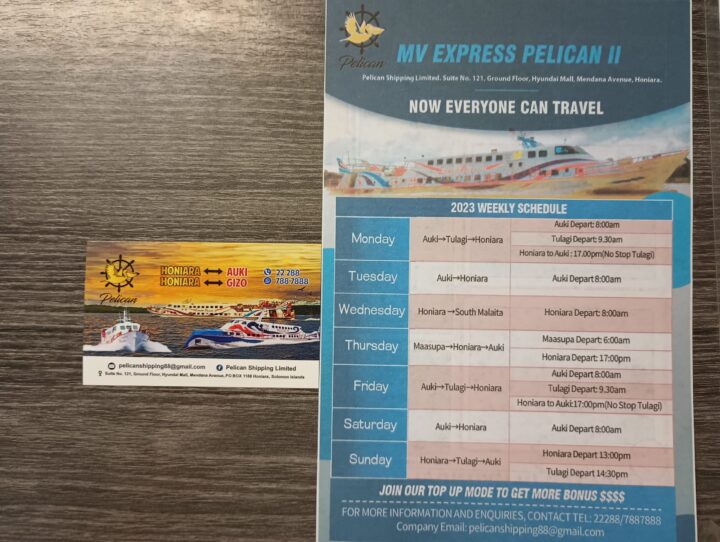
Info about the Pelican Express ferries between the islands of the Solomons
Otherwise, there are a few “slow” ferry options. Be warned that these “slow” ferries operate on limited schedules, are prone to delays, and are known for being a bit “adventurous.” (AKA not a comfortable experience.)
We personally didn’t take any ferries as they didn’t match up with our schedule.
Note that it’s very hard to find up-to-date schedules for the ferries online.
So, I’d highly recommend getting in touch with the tourism board (if you’re lucky enough to get them to answer you by email!). Or simply plan to ask around when you arrive in the country.
Otherwise, you can catch a domestic flight with the national carrier, Solomon Airlines. Though the cost of a ticket is pretty expensive for how short the flights are, they can get you just about anywhere.
Plus, the views are simply incredible.
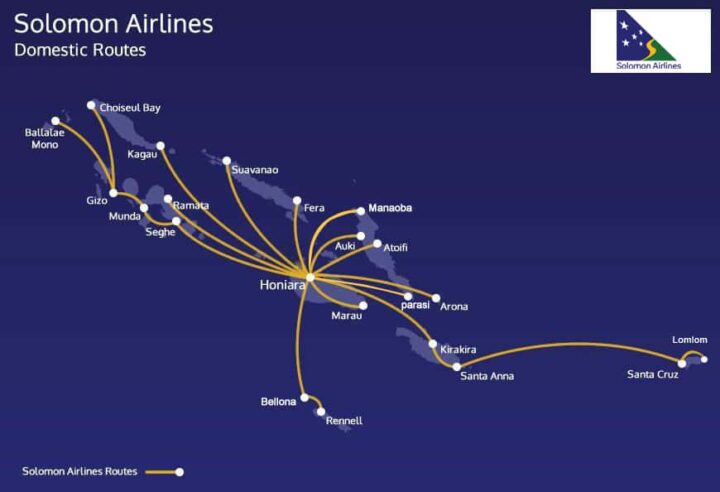
Solomon Airlines’ domestic flight map (image courtesy of www.flysolomons.com)
(Psst! If you fly with Solomon Airlines, keep your eyes peeled for an article I wrote for their in-flight magazine about Munda 🙂
3.3 How to get from Honiara to Munda/Gizo/Western Province
As far as we can tell, there are currently two overnight ferry options between Honiara and Western Province, each leaving roughly once per week.
One is the MV Fair Glory, and the other is the MV Anjeanette.
See 3.2 above for more info on these ferries and other options for getting between the islands of the Solomons.
3.4 How to rent a car in the Solomon Islands
As far as we can tell, Honiara is the only place in the country where you can rent a car . And there’s just one rental car shop, right off Honiara’s main street by the gas station.
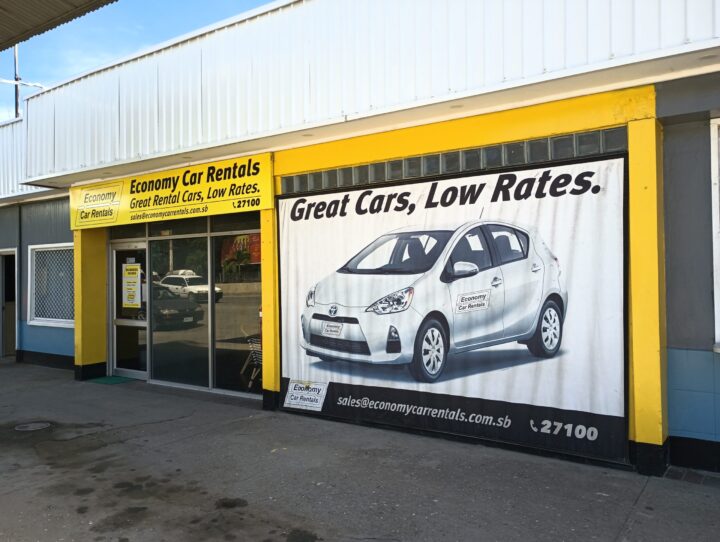
(You should be able to find it on Google Maps…otherwise, just ask! People are incredibly friendly and happy to help.)
They told us they don’t accept online bookings. But here’s a photo we took of their brochure with pricing and contact info:
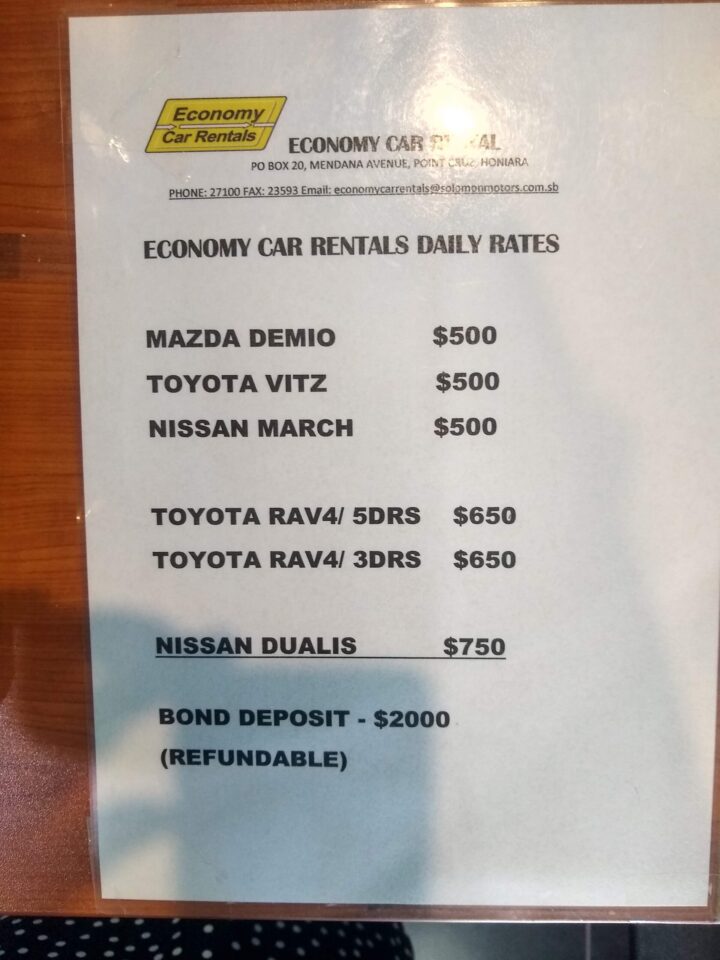
You can try reaching out by email before your trip to reserve a car. Or just chat with them when you get to Honiara, as I don’t get the impression that they often sell out.
Fair warning: the roads in Honiara and Guadalcanal are pretty rough. (Though they are currently redoing many of them for the 2023 Pacific Games…so perhaps they’ll be a little smoother by the time you get there!)
And do keep in mind that they also drive on the left side of the road.
Guide to visiting Honiara & Guadalcanal
4.1 Is it worth going to Honiara?
I’ll be honest here: Honiara isn’t exactly the nicest place to visit.
It’s busy, it’s crowded, it’s not very pretty…and there’s just honestly not a ton to do as a tourist. In general, I would say there are plenty of other more “enjoyable” places to visit in the Solomon Islands.
But that doesn’t mean Honiara isn’t worth a visit.
For one, as the country’s largest city and capital (and as a city made up of Solomon Islanders from all different islands), it can give you an interesting perspective on life in the country.
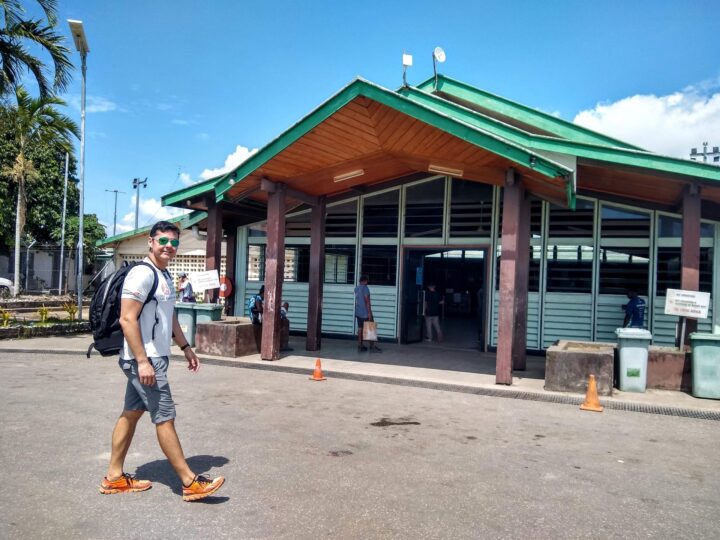
Honiara’s humble airport
Plus, it also serves as a jump-off point for a lot of other unique sites, including the WWII memorials and relics scattered throughout the island of Guadalcanal. Or other nearby islands like Savo, Tulagi, or even Malaita.
Not to mention, you’ll probably end up in Honiara anyway since this is where most international flights land (although there will soon be a direct flight from Brisbane to Munda, so stay tuned for that!).
I think as long as you manage your expectations and make plans for activities outside of the city, Honiara could be worth the stop.
4.2 Is Honiara safe?
Before our visit to the Solomons, we came across a few things online that warned us about safety in Honiara.
Now, obviously our experience is our own and we can’t promise yours will match ours.
But we personally felt very safe and welcome while walking around Honiara, at least in the main area. And most of the other people we spoke to (expats living in Honiara, the staff at our guesthouse, etc.) confirmed that the city was far safer than its reputation suggested.
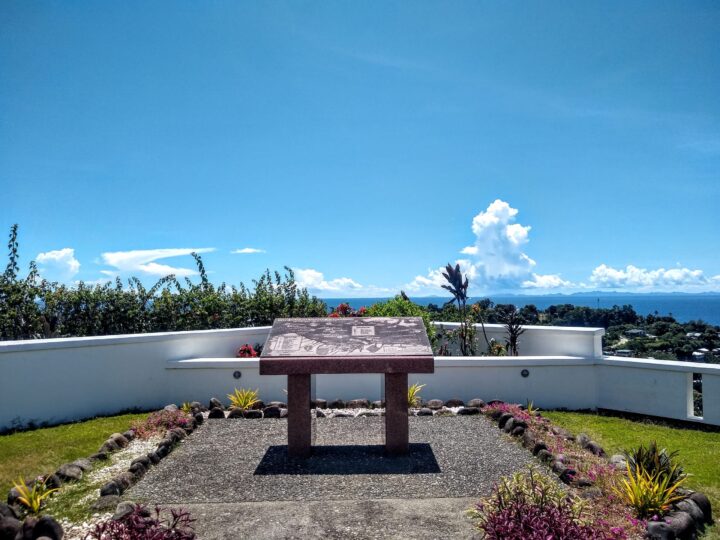
The American War Memorial, Honiara, Guadalcanal
This isn’t to say there haven’t been more serious safety concerns in Honiara’s past. And you do see clear hints of crime prevention – like fences and security guards stationed at most hotels, as well as in the local market and watching over the ATMs.
So, obviously don’t walk around flashing your fancy jewelry or camera. But that’s just good advice anywhere.
4.3 Where to stay in Honiara on a budget
In general, accommodation in Honiara is quite pricey, with the nightly average coming in at over 100 USD per night.
However, you can find some cheaper options…but you won’t find them on Booking.com. Rather, you’ll have to email them directly.
Personally, we stayed at a community-center-turned-guesthouse called St. Agnes Mothers Union Resthouse .
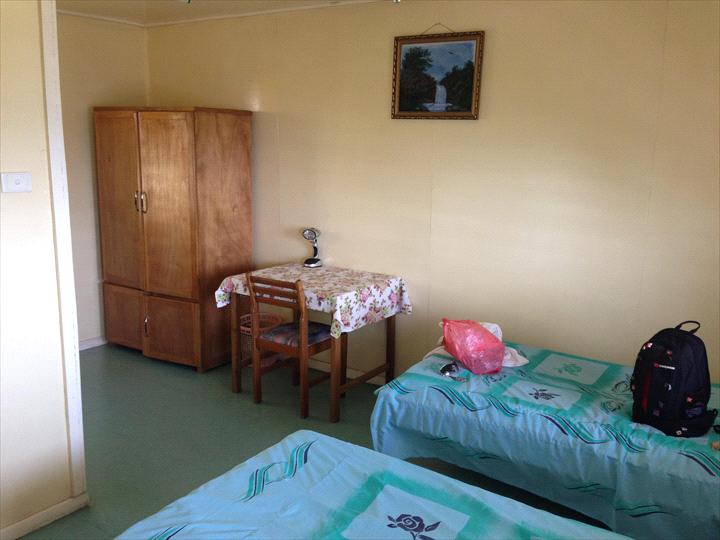
St. Agnes Mothers Union Resthouse, Honiara (photo courtesy of www.visitSolomons.com)
It wasn’t fancy. But it was clean, cheap by Honiara standards (about 60 USD per night), and right near the city center.
They have shared kitchens and a few different types of rooms for you to choose from. Just make sure you pick a room that has A/C!
You can reach out to them here: https://www.visitsolomons.com.sb/tour/st-agnes-mothers-union-resthouse/
Otherwise, here is a list on the tourism website of some other budget accommodation options in Honiara. Though do be aware that many of these didn’t respond back to our emails requesting a quote, so I imagine they didn’t survive the pandemic: https://www.visitsolomons.com.sb/where-to-stay/budget/
4.4 Where to dive in Honiara
Take a look at section 2.6 above for more on diving options in Honiara and the Solomon Islands at large.
4.5 What to do in Honiara/Guadalcanal (and a 3-day Honiara/Guadalcanal itinerary)
To give you an idea of what to do in the Solomon Islands, here’s a quick look at our own itinerary in Honiara and Guadalcanal.
Of course, feel free to customize it however you want. But hopefully, it’ll give you a solid starting point.
HONIARA/GUADALCANAL ITINERARY DAY 1: ARRIVAL + “SITES” OF HONIARA
The truth is that Honiara itself probably won’t entertain you for very long. That’s why on day #1, I highly recommend you make the Solomons tourist office downtown your first stop.
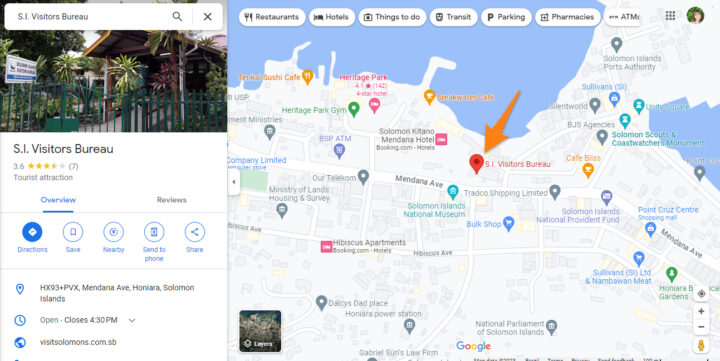
Location of the tourism office in Honiara (called “S.I. Visitors Bureau” if you’re searching in Google Maps)
As I said above (section 2.7), coordinating and booking things in advance is quite difficult in the Solomons. But the tourist office was absolutely amazing in giving us recommendations and helping organize whatever we wanted to do on Guadalcanal and even on other islands.
After you’ve spoken to the tour office, I’d recommend heading straight to the national museum right across the road.
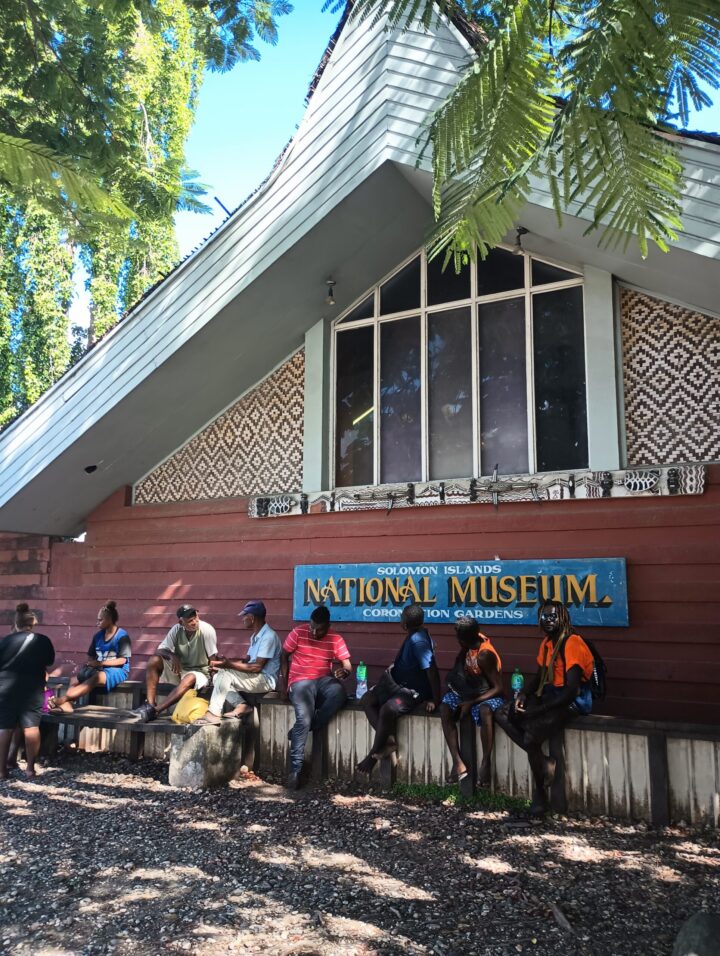
Solomon Islands National Museum, Honiara
From there…there’s not much else to do in Honiara. The ocean and port views from Breakwater Cafe are nice (though the cafe was far too expensive for us!), and there’s a local handicrafts market near Palm Sugar Cafe.
Otherwise, we enjoyed ourselves just generally walking around, saying hi, and taking note of how friendly everyone is.
HONIARA/GUADALCANAL ITINERARY DAY 2: GUADALCANAL WWII TOUR WITH WRECK SNORKELING AT BONEGI BEACH
Some of the largest and bloodiest battles of WWII took place in Guadalcanal, and you can still see many marks of the war today in everything from the current airport (built by the American soldiers) to the dozens of plane and shipwrecks that can be found at the bottom of the bay.
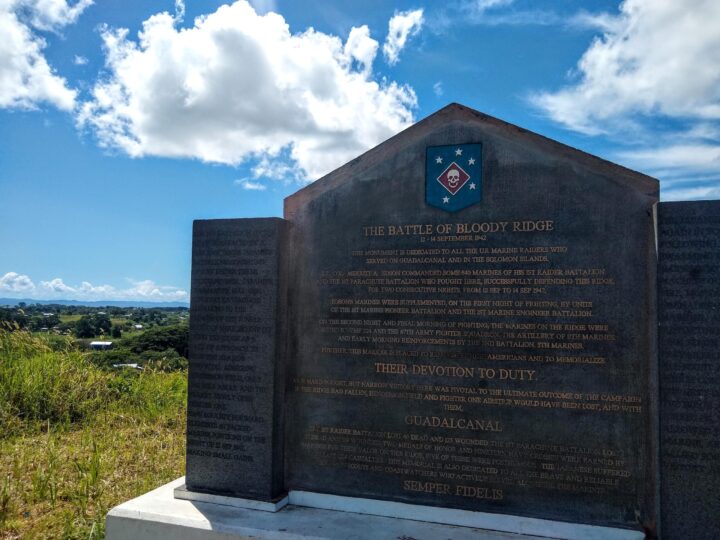
Relics of WWII can be found all over the Solomons
Given that transportation to many of the WWII sites was limited (and that we wanted to hear the history behind all of these sites), we opted for a guided tour that we organized through the Honiara tourist office.
Whether you’re interested in WWII history or not, I still highly recommend making some time to visit some of the Guadalcanal WWII sites. (Particularly as you’ll also get a bit of an island tour, and some great views, as you go.) Here’s a look at just a few of the WWII sites to visit on Guadalcanal.
- The U.S. War Memorial at Skyline Ridge
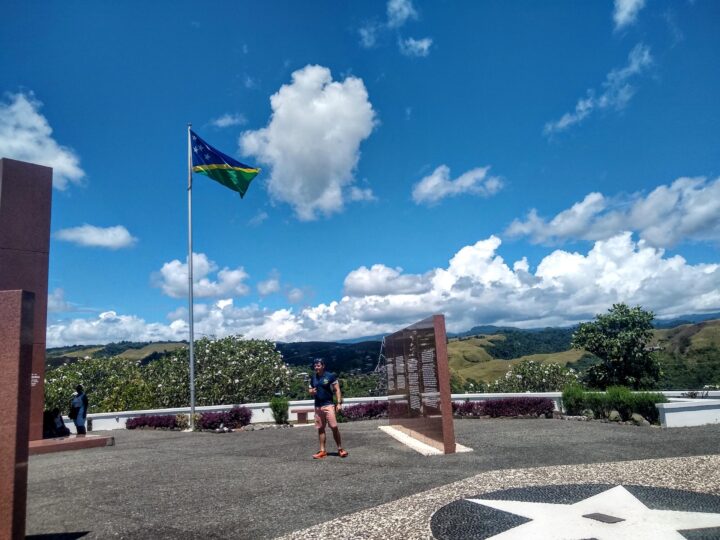
- The Japanese Peace Park at Mt. Austen
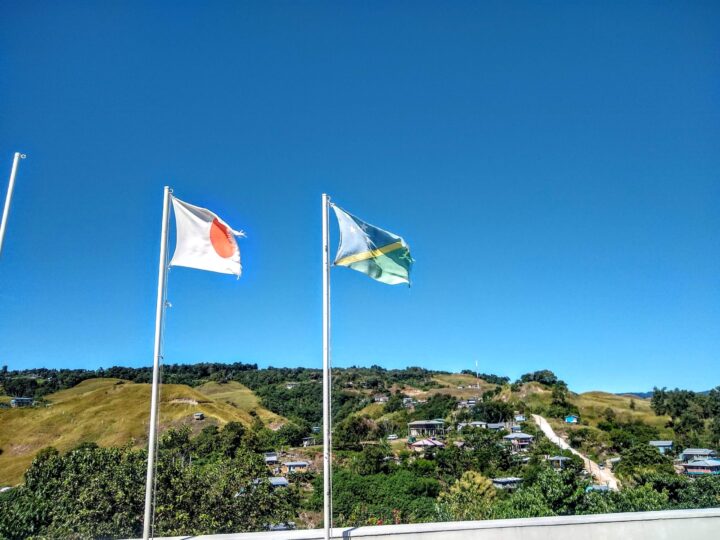
- Bonegi Beach (home to a sunken WWII Japanese freighter, visible from the shore – if you want to snorkel, make sure to bring your own gear as there is nowhere to rent at the beach or even in Honiara!)
- The Vilu War Museum
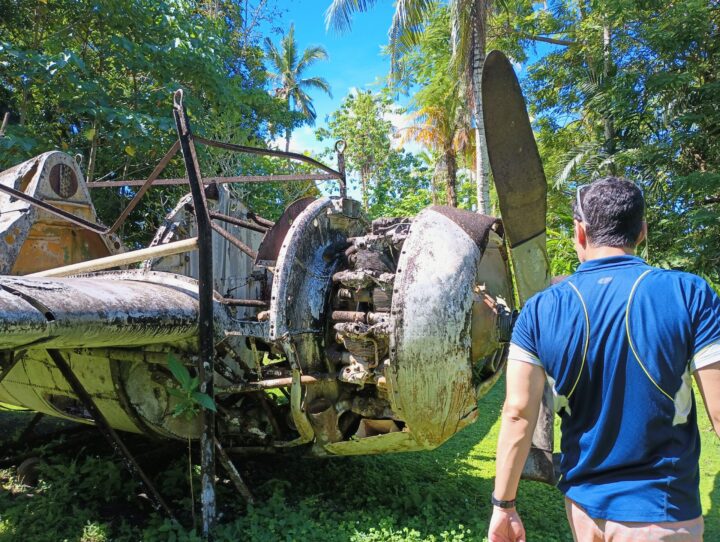
Beyond this, as part of your tour, you’ll likely also see battlefields, Edson’s Bloody Ridge, the CoastWatchers Memorial, and more.
HONIARA/GUADALCANAL ITINERARY DAY 3: DAY TRIP TO SAVO ISLAND BY BOAT WITH VOLCANO HIKE
With our last day in Honiara, we organized a day trip to neighboring Savo, a volcanic island about an hour by boat (weather dependent!) from Honiara.
Although the way back was a little rough (take something for seasickness if you need it), it was a lovely day.

The boat ride to Savo
We saw dolphins, enjoyed the sea breeze (a welcome break from the suffocating heat of the city), and hiked through the jungle along a steaming river toward a volcano.

Into the Savo jungle we go…
As a heads up: this hike might not be for everyone. It requires a good level of fitness, mobility, and balance as you must crisscross a near-boiling river many times. Given that it can burn you, you definitely don’t want to lose your balance or fall in. So, it may not have been the *safest* hike…but it was still a pretty cool experience!

Nearing the volcano (the ground was SO hot that the puddle Rodrigo is pointing to was boiling!)
4.6 Other activities to consider in Honiara/Guadalcanal
All of what you’ll see below are suggestions based on brochures and other information we found from the tourist office in Honiara. We didn’t ask about any of these particular activities, so you’ll have to confirm current pricing and whether or not they are still running with the tour office.
Sorry in advance for the terrible quality of these pictures…but since you won’t be able to find any of these online, I thought it’d be helpful to add them into the article anyway!
- Hike to Tenaru Falls (day trip from Honiara or with optional overnight stay at Parangiji Mountain Lodge)

- Stay at the Tetepare Island Eco-Lodge (Tetepare is the largest uninhabited island in the South Pacific and a very impressive conservation project! Note that this is quite far from Honiara, but you can still ask about it in Honiara’s tour office if you’re curious.)

- Go on a rafting or kayaking adventure through the rainforest

- Go wreck diving in Tulagi if the dive shop is open again (see note in section 2.6 above)
Guide to visiting Munda and the Western Province
5.1 How to get to Munda
Essentially, you have two choices. Either brave one of the ferries from Honiara (not for the faint of heart!). Or fly with Solomon Airlines from Honiara or directly from Brisbane (route available fall 2023, I think).
See section 3.2 on “getting between the different islands of the Solomons” for more details.
5.2 Where to stay in Munda
If you’ve looked at all into accommodation in Munda, then you’ve probably come across Agnes Lodge.
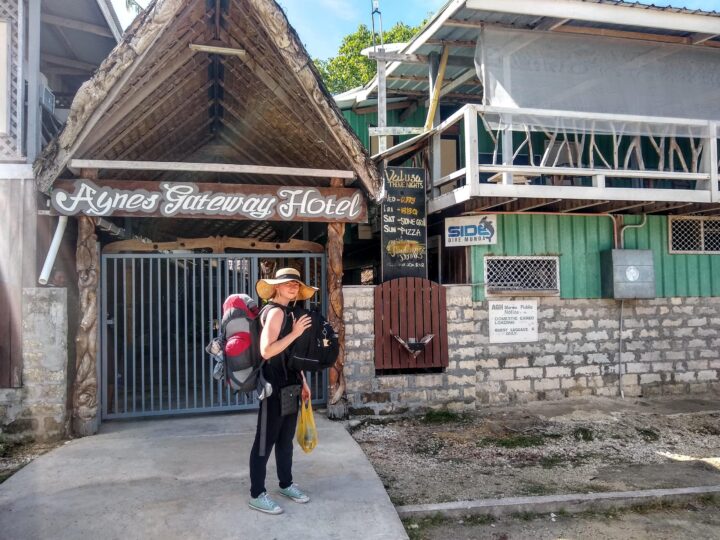
Agnes Gateway Hotel and Lodge, Munda
This lively family-run hotel, located right on the lagoon and about a 7-minute walk from the airport, is one of the best, and most popular, accommodation options in Munda.
This is where we stayed, and we’d highly recommend it!
Unlike many of the other accommodation options in the Solomons, you can book Agnes Lodge directly on Booking.com .
The hotel’s restaurant, which features some beautiful lagoon views, is pretty decent as well. (Pro tip: if you’re on a budget, order off the breakfast menu. $5 USD eggs and toast is hard to beat!)
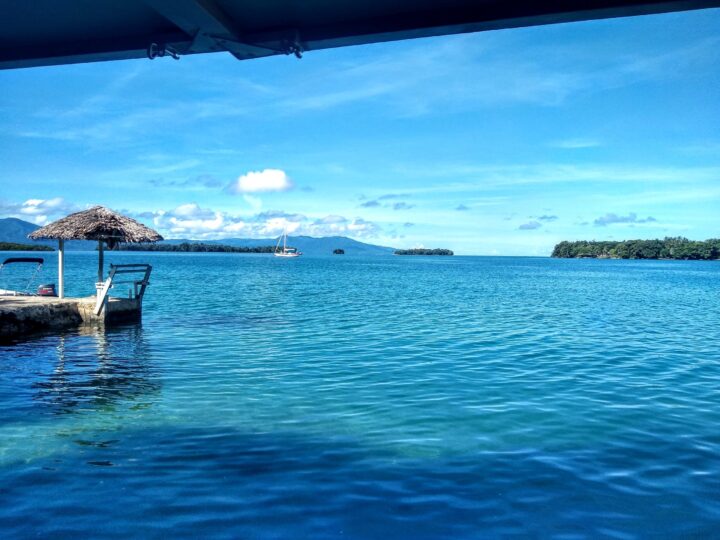
View from the Agnes Lodge restaurant (make sure you stay and watch the sunset!)
While Agnes Lodge isn’t necessarily cheap, it is one of the cheapest options for accommodation in Munda. That said, I believe Qua Roviana Hotel, right across the street, might have slightly lower rates if that’s what you’re looking for.
5.3 Where and how to dive in Munda
There is just one dive shop in Munda – the aptly-named dive Munda – and you can rest assured that Belinda, Brian, and the rest of the team will take great care of you during your stay.
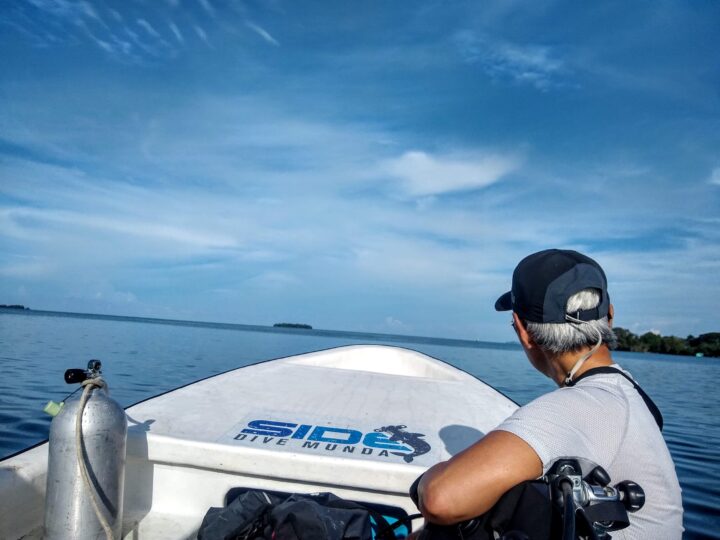
The shop operates out of Agnes Lodge Gateway Hotel, though you don’t have to be staying there to dive with them.
And if you ask nicely, they’ll take you to other classic Munda stops (like the infamous “Skull Island” and/or Kennedy Island, the location of JFK’s base during WWII) as part of your day of diving 🙂
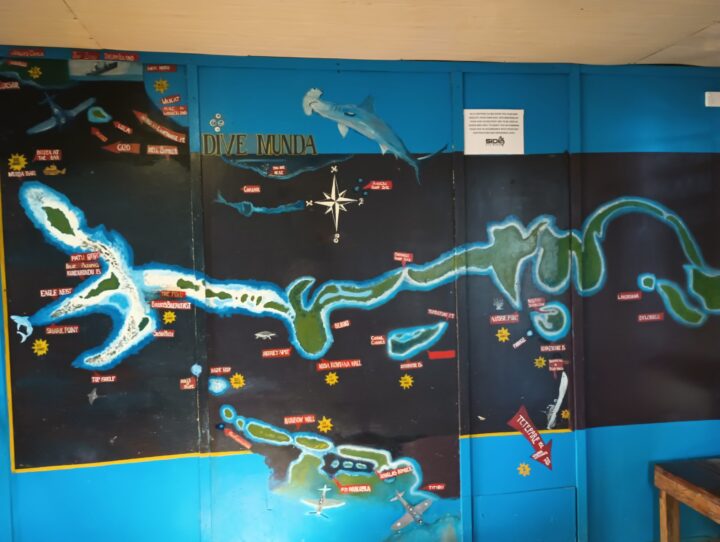
Diving sites in Munda – lots to choose from!
My husband Rodrigo had a wonderful time diving with Dive Munda and would highly recommend them.
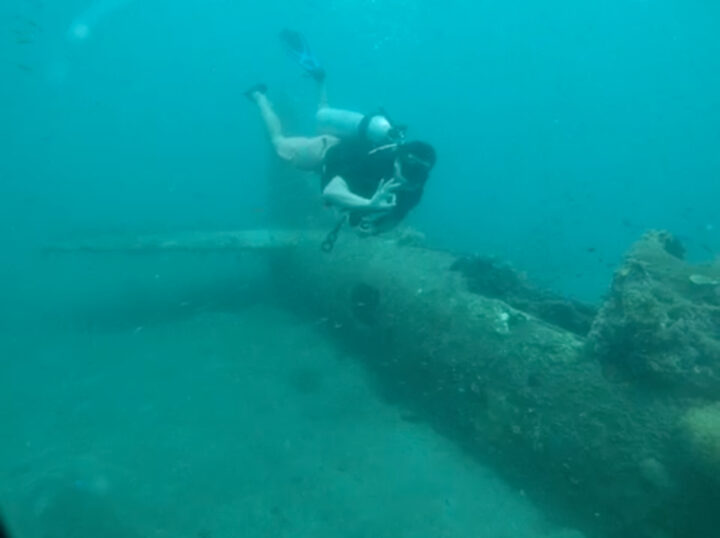
Rodrigo getting up close and personal with a sunken WWII American Wildcat fighter plane near Munda
But if you don’t dive (like me), you may still be able to join in on the fun by coming on the dive boat for a smaller fee. Or partaking in any of the other fun excursions and activities they offer, as seen below.
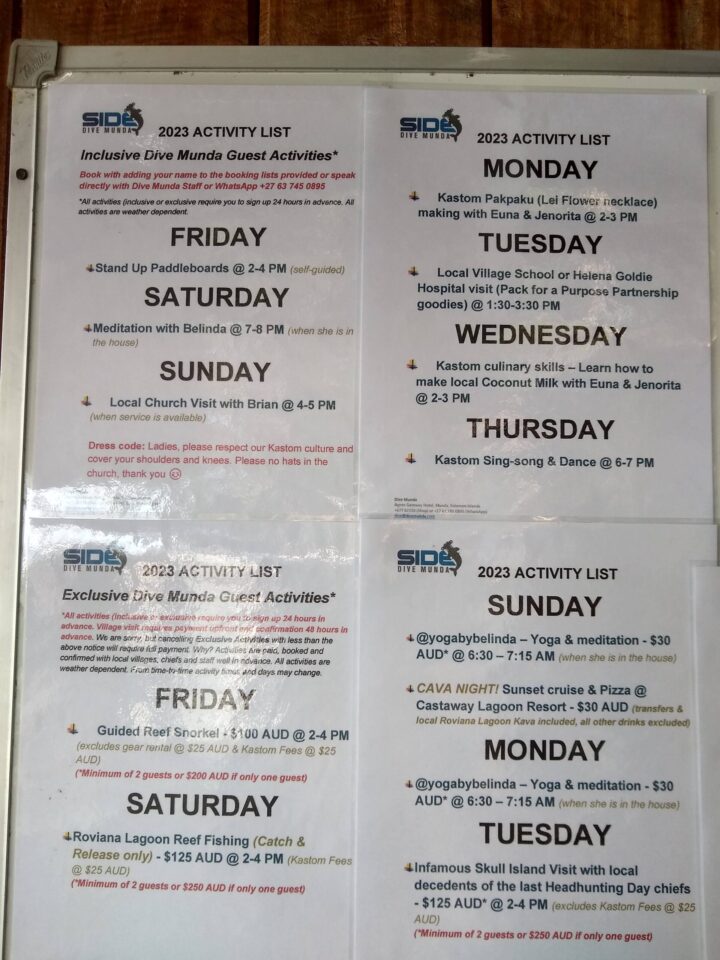
Activity list (free and paid) at Dive Munda
We highly recommend taking the paddleboards out and paddling across the lagoon to Castaway Resort!
(Note that the activities listed as “free” are only free if you are diving with Dive Munda. Otherwise, the “paid” ones are available to anyone.)
5.4 What to do in Munda (Munda itinerary ideas)
Here’s a quick list of some of the top activities to do in Munda:
- Go diving (duh!) or snorkeling at any one of Marovo or Roviana Lagoon’s impressive WWII wrecks or spectacular reefs
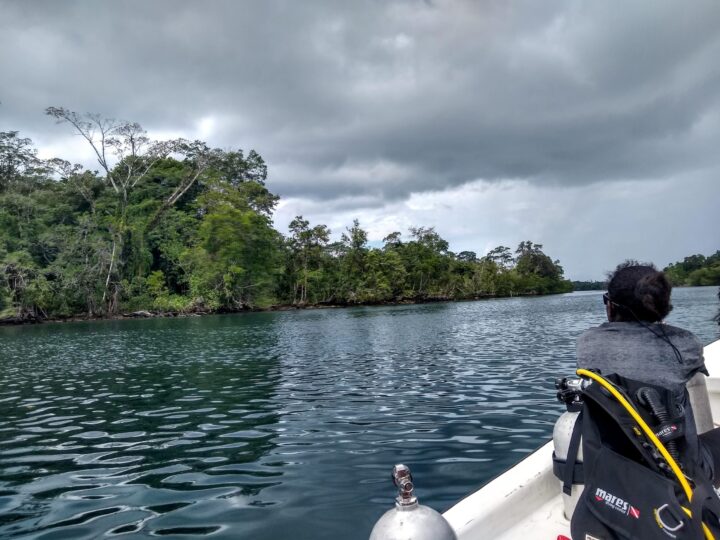
You’ll also get great views along the way!
- Visit the infamous Skull Island, the final resting place for the last of the Solomon headhunter chiefs
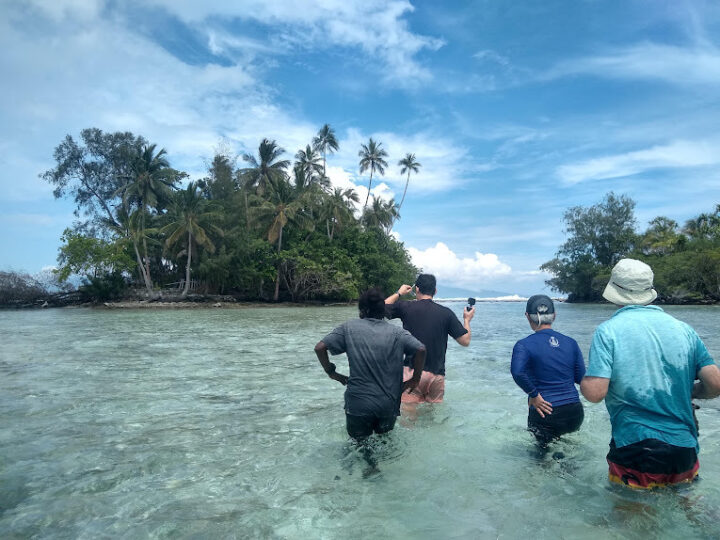
Skull Island, Solomon Islands
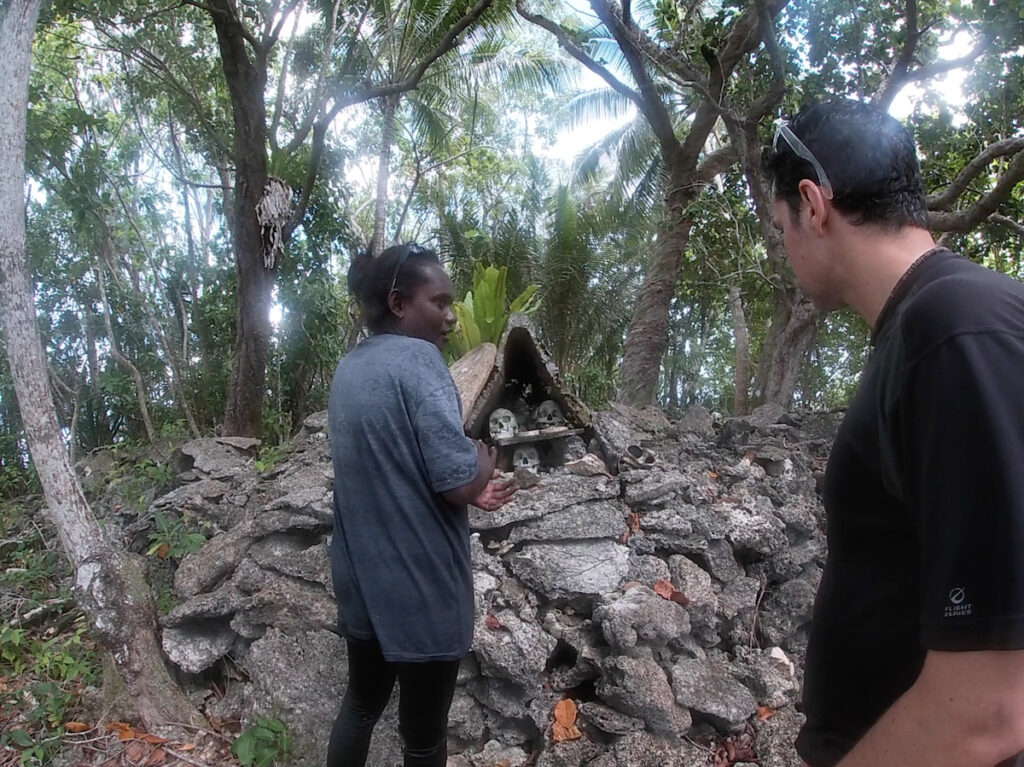
- Get a tour of Luberia Island, American president John F. Kennedy’s base during WWII (while you’re at it, make sure to ask about JFK’s rescue by two brave Solomon Islanders – it’s quite the story!)
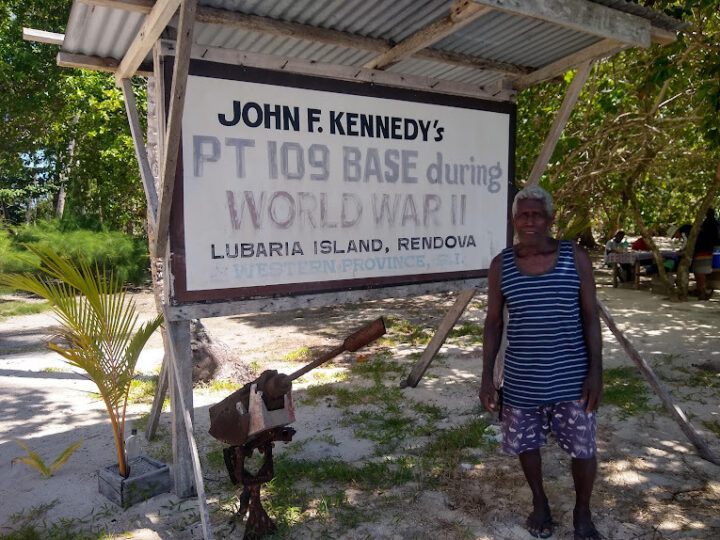
- Take part in the cultural activities and community visits organized through Dive Munda (see picture in section 5.3 above for an idea of your options)
- Head out on a kayaking excursion with stops in local villages (and to see the saltwater crocodiles in their natural habitat!)
- Take a walk to see Munda’s WWII relics and the Peter Joseph WWII museum on the outskirts of town (section 5.6)
To give even more inspiration for your Munda itinerary planning, here’s a picture of the tours and excursions that Agnes Lodge can help organize:
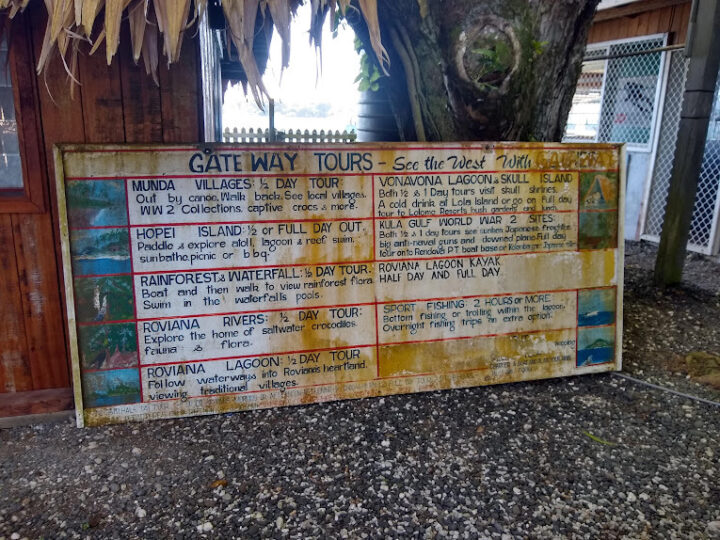
5.5 How to organize tours, excursions, and activities in Munda
Unfortunately, due to lack of transportation and overall remoteness, there just aren’t many activities in Munda you can do independently (with the exception of visiting some of the local WWII sites, which I’ll talk about in the next section!).
In which case, I recommend organizing your activities once you arrive through Dive Munda and/or Agnes Lodge (see previous sections for more).
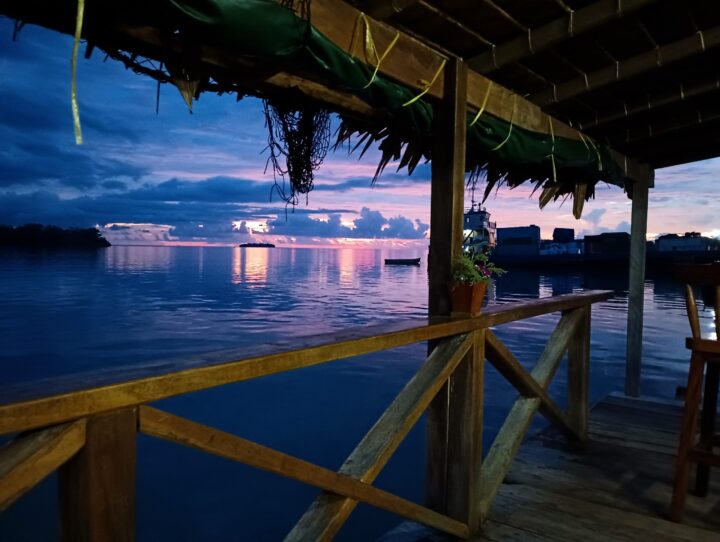
Sunset in Munda from Agnes Lodge
5.6 How to visit the World War II sites/ruins in Munda
Scattered throughout Munda and its outskirts, you’ll be able to find old abandoned bunkers, rusty anti-aircraft guns being used as landscaping decorations (yes, really!), and an American dump site that’s been overtaken by the forest.
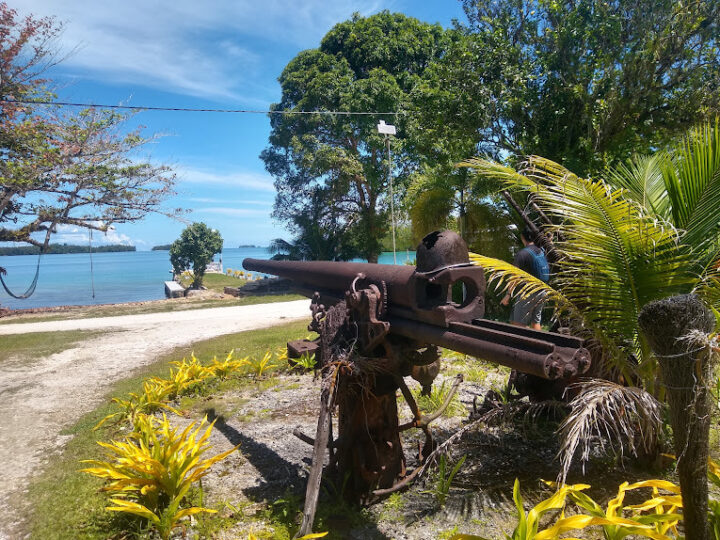
All of these sites are located along the dusty gravel road that hugs the coast a short (though hot!) walk from Munda. I recommend checking with your hotel (or just asking locals as you go) for exact directions.
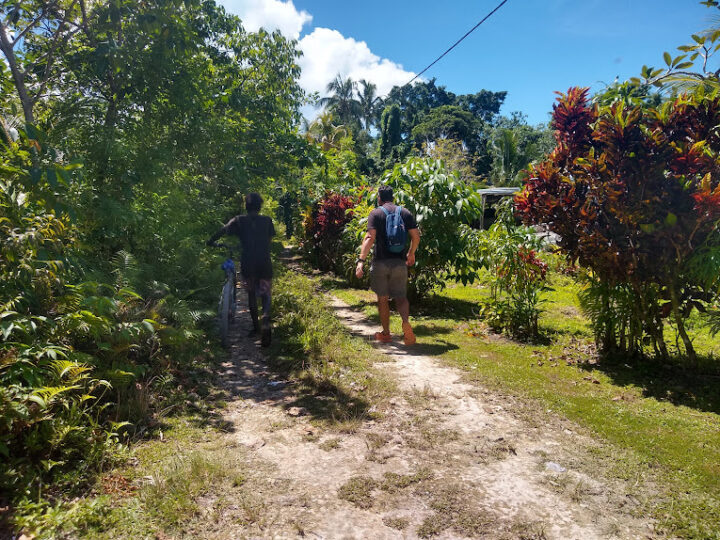
Otherwise, it’s worth making the time to see the collection at the Peter Joseph WWII Museum. Barney, the owner of the museum, is a wealth of knowledge and full of stories. Even more impressively, he’s spent decades diligently gathering these relics himself from the surrounding rainforest.
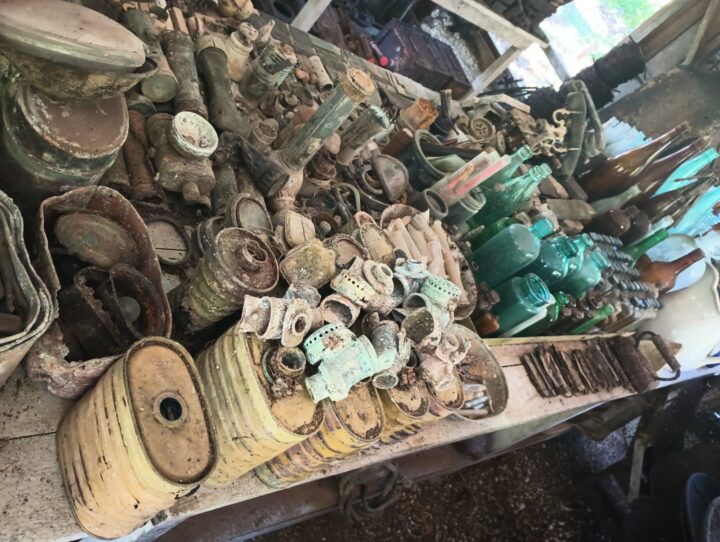
Peter Joseph WWII Museum, Munda, Solomon Islands
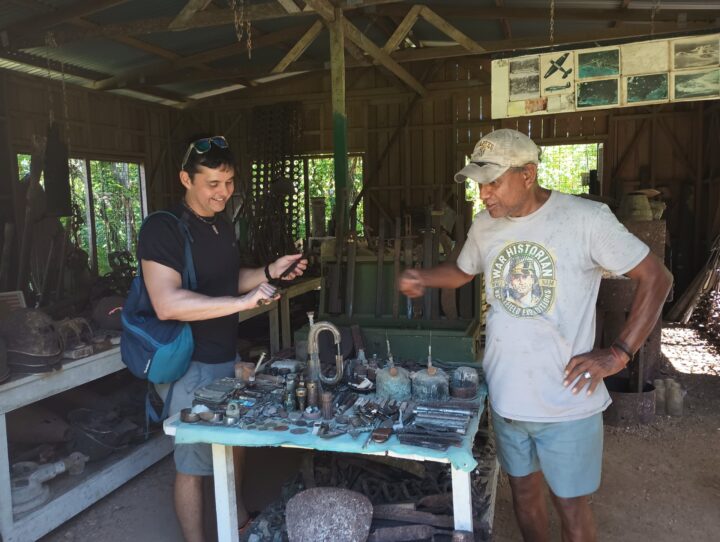
Barney, the proud founder of the Peter Joseph WWII Museum, Munda, Solomon Islands
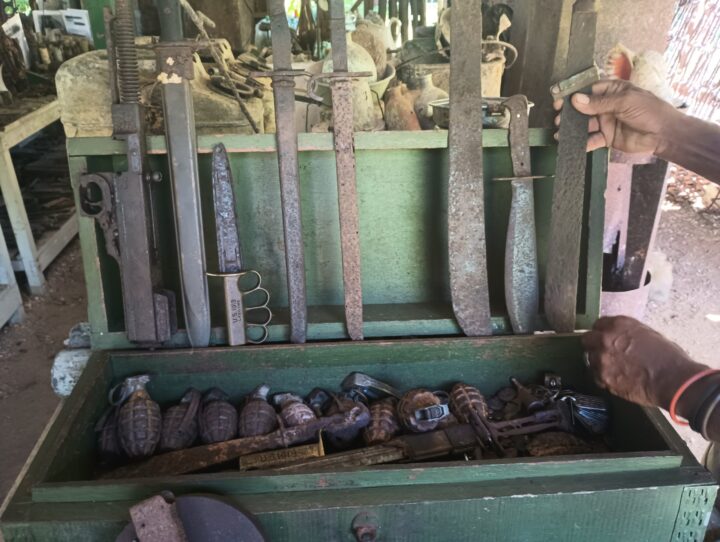
You can find this humble museum tucked behind the city’s soccer field (again, ask your hotel or ask locals for “Barney” if you get lost)
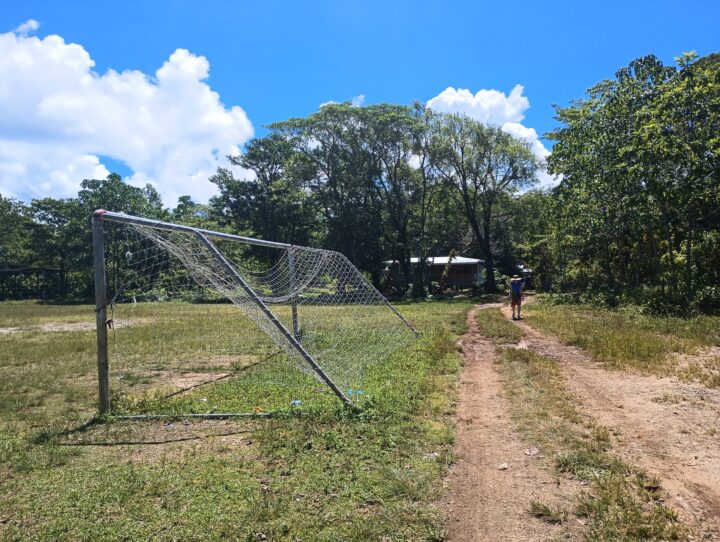
You can find the Peter Joseph WWII Museum behind this football field
Final tips and things to know before visiting the Solomon Islands
- Fewer tourists in the Solomons mean fewer crowds…but it also means fewer (and more expensive!) tour and accommodation options.
Tourism in the Solomons is still in its infancy. While this is certainly part of the island’s allure for many visitors (ourselves included!), it also means that it can be a bit trickier to plan.
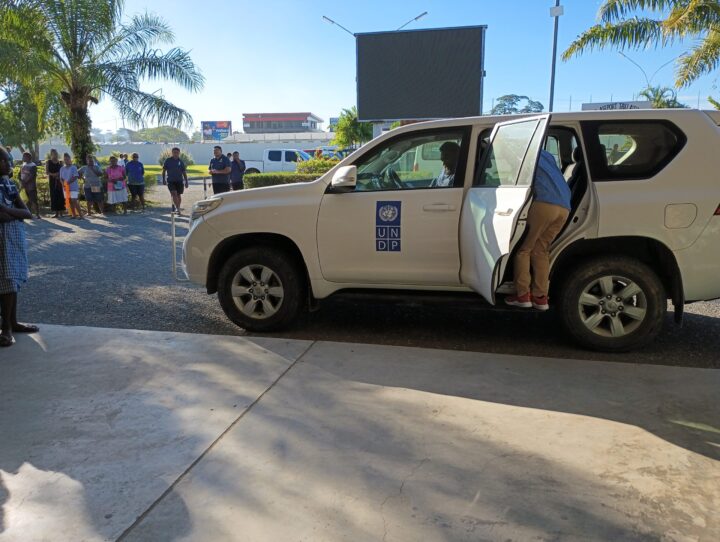
- Stay flexible and ready for a bit of an adventure. (This isn’t Tahiti or Fiji, after all!)
There are a lot of words that come to mind when I think of travel in the Solomons: rugged, adventurous, undeveloped. Perhaps a little “rough around the edges.”
It’s a unique experience, to be sure. And as long as you don’t arrive expecting the same luxury, comfort, or ease of more popular Pacific islands and vacation spots…
I’m sure you’ll have a great time 🙂
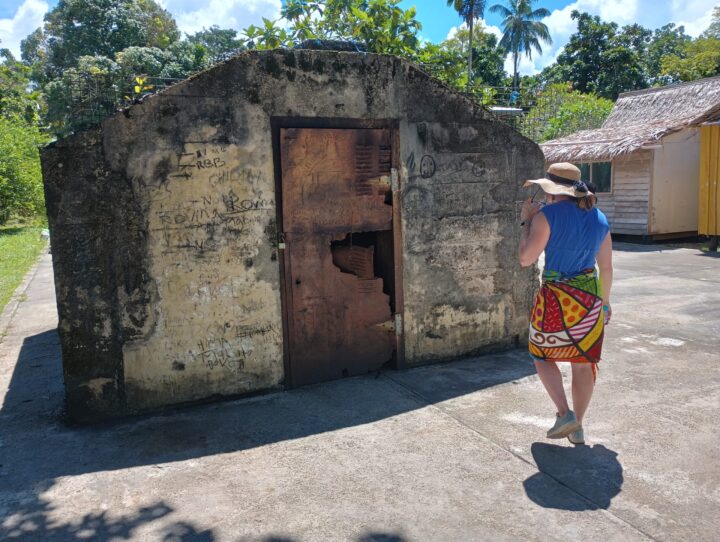
Abandoned WWII bunker, Munda
- It’s quite hard to book much of anything in advance as most things aren’t published online. So be prepared to organize much of your trip and activities when you arrive.
See section 2.7 at the top for more on this.
- Keep cash on hand.
We were able to use our credit card for “Bulk Shop” (the main supermarket in Honiara), Dive Munda, and Agnes Lodge in Munda. Other than that, everything else (other tours, transportation, day trips to other islands, our hotel in Honiara, etc.) was cash only.
- Try to visit at least a few islands, if you can.
Each island has its own particular customs, flair, and even language. So to make the most of your experience in the Solomons, it’s worth trying to explore at least a few.
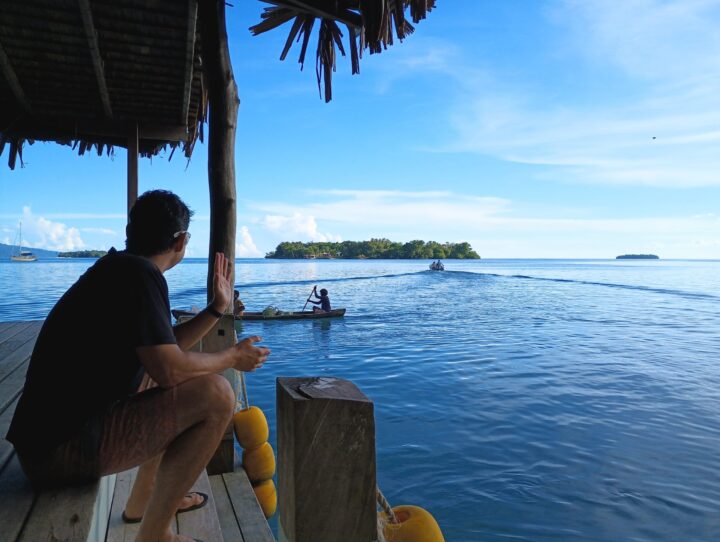
Munda, Solomon Islands
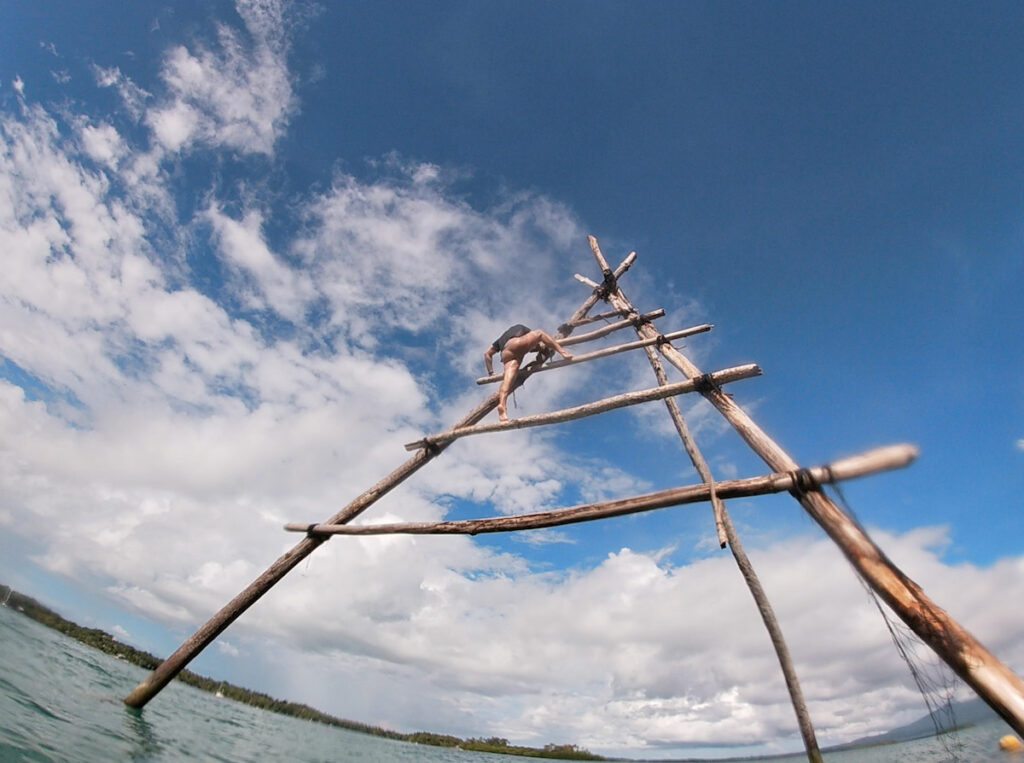
- Don’t limit your stay to Honiara or Guadalcanal.
While Honiara and Guadalcanal certainly do have some interesting things to see, the real magic lies elsewhere.
- Inter-island flights are expensive. But likely worth it for the views.
I mean…
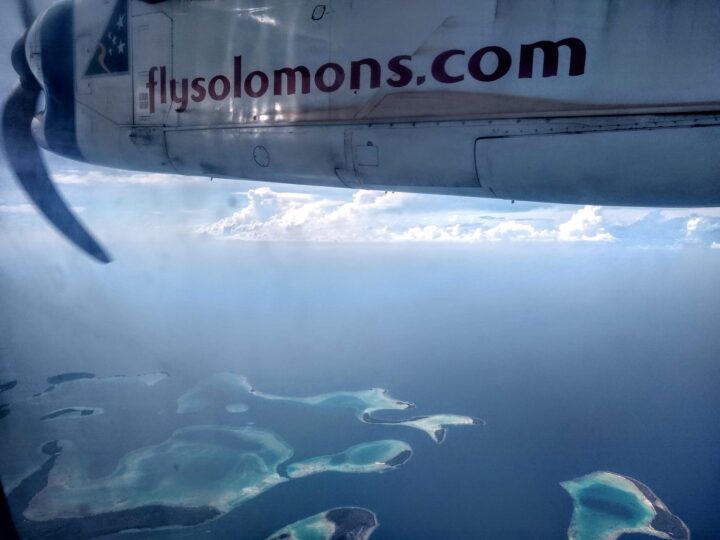
- Don’t be afraid to ask questions – about history, about the country’s current politics, about the current divisions between the many islands…
In general, we found locals to be incredibly open, warm, and willing to chat. (Not to mention, they were some of the friendliest folks we’ve ever found in our travels anywhere!)
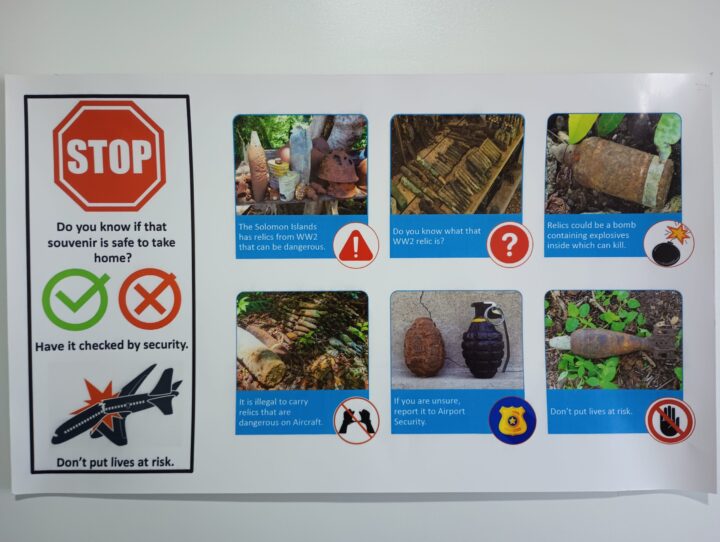
- Have fun! You’re in one of the least-touristed countries in the world. And that’s something special.
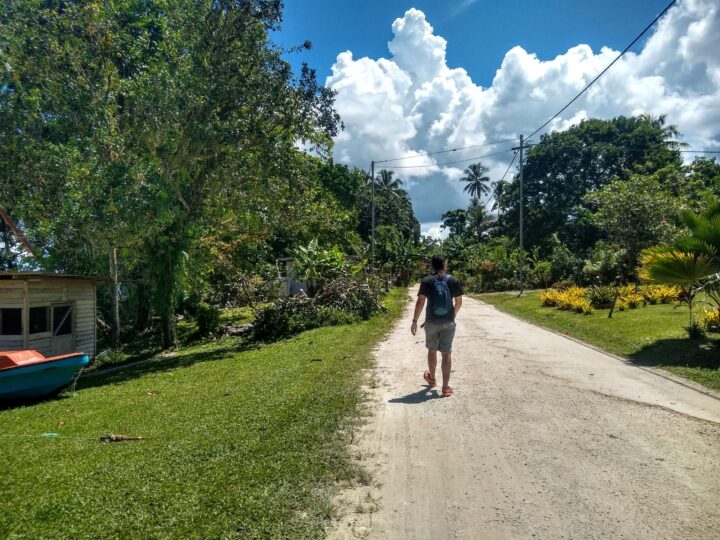
In conclusion…
And that’s all for today! Still have questions about your trip to the Solomon Islands? Or have you already been and have something to add? Let us know in the comments area below and we’ll get back to you!
Planning your next trip?

Already reserved your hotel or hostel? If not, our article with The 6 Best and Cheapest Websites to Find & Reserve Accommodation can help you out. You’ll also find some promotions and discount codes .

Still haven’t booked your plane ticket and want to save big? Take a look at our page with 16 Tips to Save on Flights where you’ll also find the 4 best websites to buy your plane tickets.

And finally, will you need to rent a car during your trip? Then surely our page with The 5 Best and Cheapest Websites to Compare and Rent Cars Around the World will help you choose the best rental car and find a good deal.
Leave a Reply Cancel reply
This site uses Akismet to reduce spam. Learn how your comment data is processed .
Next stop….The DMZ, South Korea
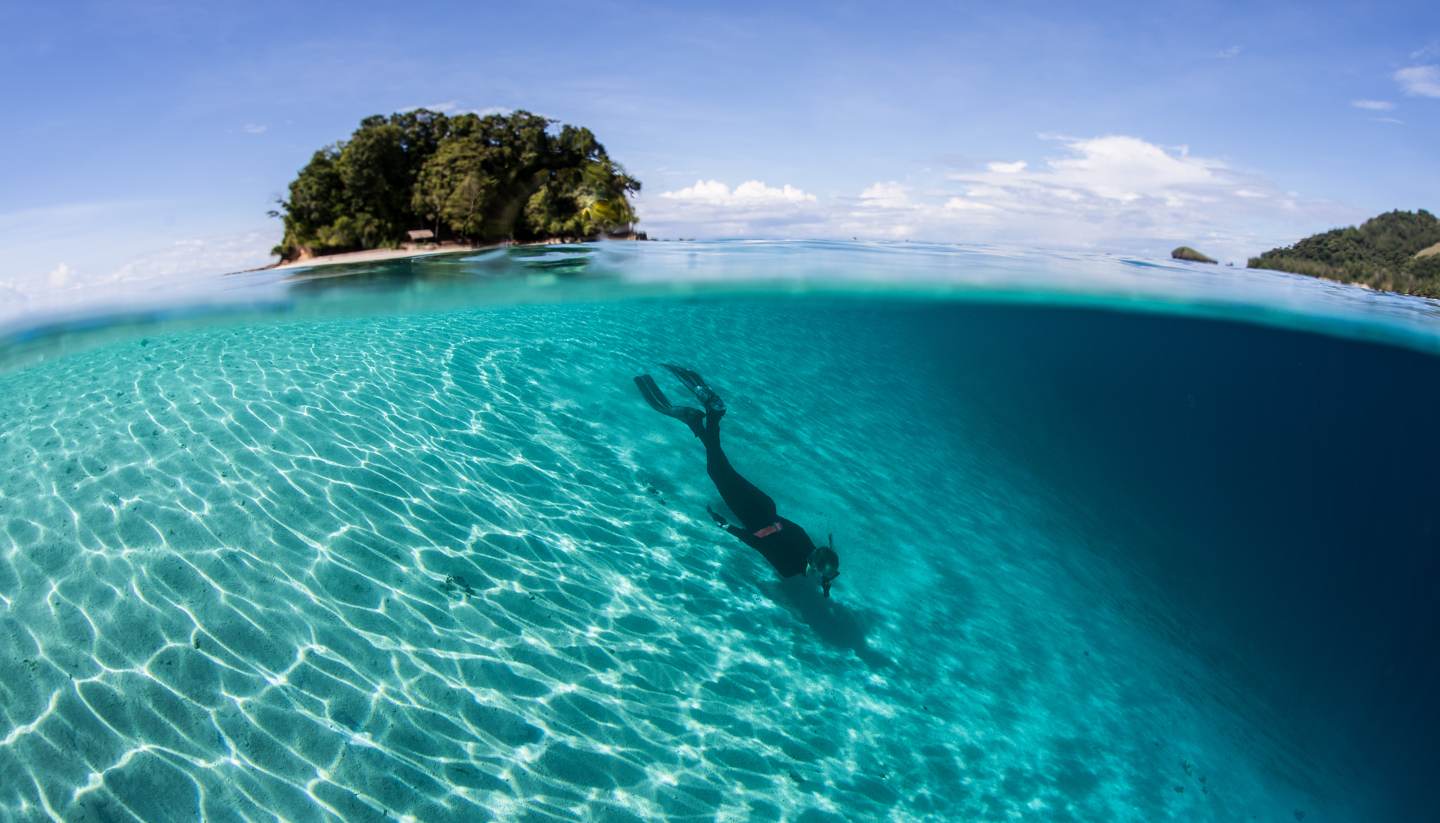
Introducing Solomon Islands
About solomon islands.
- Images of Solomon Islands
- History, language & culture
- Weather & geography
- Doing business & staying in touch
Plan your trip
- Travel to Solomon Islands
- Where to stay
While you’re there
- Things to see & do
- Shopping & nightlife
- Food & drink
- Getting around
Before you go
- Passport & visa
- Public Holidays
- Money & duty free
Book your flights
Solomon Islands travel guide
The Solomon Islands archipelago is made up of nearly 1,000 tropical islands scattered across the southwestern Pacific, just to the east of Papua New Guinea. The remote location has kept the islands an unspoilt gem of a travel destination, with a slowly developing tourist industry.
The main islands to visit are Guadalcanal, Malaita, Choiseul, New Georgia, San Cristobal and Santa Isabel. The capital of Honiara, on Guadalcanal, is also well worth some time, with a museum, botanical gardens and its very own Chinatown. Villages and scenic drives are within easy reach of the capital, as are the popular World War II battlefield tours and carving villages on the islands of Rennell and Bellona.
Many Pacific islands are well geared to tourism today, but Solomon Islands bucks the trend, with a few shambolic guesthouses to stay in and a thoroughly laid-back approach to life. No palatial resorts here. The locals pride themselves in preserving the natural beauty of the islands.
Wander the jungle-strewn landscapes and take pleasure in stumbling across leaf-hut villages. Indeed, the traditional culture of the islanders endures to this day. Some 70 languages are spoken among the half a million largely Melanesian inhabitants, the majority of whom are Christian, though they also cling to their ancient customs. Many still wear traditional indigenous clothing, while the pan flute can be heard everywhere.
On the natural side, there are volcanic islands to explore, vast lagoons, spell-binging rainforests and countless tropical islands. Be sure to tour the mangrove forests, but beware of crocodiles. More active visitors can go surfing and kayaking, while the well-kept coral reefs offer ample opportunity for snorkelling. Guided tours into the yawning chasm of an extinct volcano is another unmissable, as are dives down to shipwrecks from World War II.
The Solomon Islands may not be that well known compared to other regional destinations, but this makes them all the more enticing for the adventurous traveller.
28,896 sq km (11,157 sq miles).
594,934 (UN estimate 2016).
21.5 per sq km.
Constitutional monarchy.
HM King Charles III since 2022, represented locally by Governor-General Sir David Vunagi since 2019.
Prime Minister Jeremiah Manele since 2024.
Travel Advice
Before you travel .
No travel can be guaranteed safe. Read all the advice in this guide and any specific travel advice that applies to you:
- women travellers
- disabled travellers
- LGBT+ travellers
- solo and independent travel
- volunteering and adventure travel
Travel insurance
If you choose to travel, research your destinations and get appropriate travel insurance . Insurance should cover your itinerary, planned activities and expenses in an emergency.
About FCDO travel advice
The Foreign, Commonwealth & Development Office ( FCDO ) provides advice about risks of travel to help British nationals make informed decisions. Find out more about FCDO travel advice .
Follow and contact FCDO travel on Twitter , Facebook and Instagram . You can also sign up to get email notifications when this advice is updated.
This information is for people travelling on a full ‘British citizen’ passport from the UK. It is based on the UK government’s understanding of the current rules for the most common types of travel.
The authorities in the Solomon Islands set and enforce entry rules. If you’re not sure how these requirements apply to you, contact the Solomon Islands Embassy in Belgium .
COVID-19 rules
There are no COVID-19 testing or vaccination requirements for travellers entering the Solomon Islands.
Passport validity requirements
To enter the Solomon Islands, your passport must have an ‘expiry date’ at least 6 months after the date you arrive and at least 2 blank pages for entry stamps.
Check with your travel provider that your passport and other travel documents meet requirements. Renew your passport if you need to.
You will be denied entry if you do not have a valid travel document or try to use a passport that has been reported lost or stolen.
Visa requirements
You can visit the Solomon Islands without a pre-arranged visa for up to 30 days. You will be given a visa when you arrive. Contact the Solomon Islands Immigration Department for information.
Vaccine requirements
Yellow fever vaccination certificate.
To enter the Solomon Islands, you must have a certificate to prove that you’ve had a yellow fever vaccination, if you’re coming from a country listed as a transmission risk .
Measles vaccination certificate
You must have a certificate to prove you’ve had a measles vaccination if you’re travelling from Australia, New Zealand, American Samoa, Samoa, Fiji, Tonga, Kiribati, Papua New Guinea or the Philippines (excluding transit passengers).
You must be vaccinated at least 15 days before you arrive in the Solomon Islands and provide one of these documents:
- a yellow vaccine card
- a medical vaccination certificate
- a blood test that confirms the presence of measles antibodies
These requirements do not apply to infants under 6 months, pregnant women and people with immune deficiencies and allergies.
For full details about medical entry requirements and recommended vaccinations, see TravelHealthPro’s Solomon Islands guide .
Customs rules
There are strict rules about goods you can take into or out of the Solomon Islands . You must declare anything that may be prohibited or subject to tax or duty.
There is a high threat of terrorist attack globally affecting UK interests and British nationals, including from groups and individuals who view the UK and British nationals as targets. Stay aware of your surroundings at all times.
UK Counter Terrorism Policing has information and advice on staying safe abroad and what to do in the event of a terrorist attack. Find out how to reduce your risk from terrorism while abroad .
Terrorism in the Solomon Islands
Although there’s no recent history of terrorism in the Solomon Islands, attacks cannot be ruled out.
Political situation
Following elections on 17 April, a vote for a new Prime Minister will take place on 2 May. Demonstrations can happen in Honiara during sittings of Parliament, elections and times of political uncertainty. They can turn violent quickly and lead to civil unrest. Avoid protests and political gatherings and be cautious. Be aware that services and supply chains may be disrupted.
Security lockdowns can be announced at very short notice. Monitor local media and follow the instructions of local authorities.
The Royal Solomon Islands Police Force has limited resources and police often respond slowly to calls for help.
Protecting yourself and your belongings
Robberies involving violence, handbag snatching, pickpocketing, distraction thefts and harassment happen, particularly around the central market and local beaches. Take sensible security precautions.
Personal safety
Stay alert when walking around Honiara at night. Take particular care in the squatter settlements around Honiara, White River, Lungga Bridge, Sun Valley, Mataniko Bridge, Burns Creek and Henderson (airport) area. Foreign nationals are often the targets of violent attacks. Security incidents in these areas have included:
- sexual assault
- vehicle hijacking
- improvised roadblocks
- sporadic rock throwing
Take care in nightclubs, as they rarely have adequate fire precautions in place.
Laws and cultural differences
Swearing is illegal. If you swear at someone, you could face a large compensation claim, or even a prison sentence.
Dress conservatively, with shoulders and knees covered, especially if you’re a woman. Wearing beach clothes away from the beach may cause offence.
‘Tabu’ sites
In certain areas there are ‘tabu’ sites with restricted use and access, for example where only men are allowed. Check with your tour guide or hotel staff.
Land ownership
Land ownership in the Solomon Islands is an important and sensitive issue. On some hiking trails or on many of the beaches around Honiara, you may need to pay a fee (‘kastom’) to the landowner. Ask local advice before setting off.
Illegal drugs
The possession, selling and use of drugs is illegal in the Solomon Islands and can lead to prison sentences.
LGBT+ travellers
Same-sex sexual activity is illegal, and penalties can include a prison sentence. Showing affection in public is likely to cause offence. Read more advice for LGBT+ travellers .
Access to banking facilities is difficult in rural areas. ATMs are only available in Honiara, Gizo, Munda and Auki. Only major hotels and restaurants in Honiara accept international credit cards. Make sure that you have several ways to access money.
Outdoor activities and adventure tourism
Swimming safety .
There are dangerous rip tides along reefs and river estuaries. Always follow the warning signs, especially red flags. Where there are no signs, get advice from local residents or guides.
Coral reefs can cause cuts and scrapes.
See water safety on holiday from the Royal Life Saving Society.
Scuba diving
If you decide to scuba dive, make sure you use a reputable, fully licensed company with up-to-date equipment and necessary safety features. Deaths and serious accidents have occurred because basic safety measures were not in place.
The hyperbaric recompression chamber in Honiara – the only one on the islands – is currently out of service due to earthquake damage. Get advice from your dive instructor or dive team.
Check local advice before travelling to rural Guadalcanal, taking day trips outside Honiara or visiting the island of Malaita. Tour operators do not always follow safety and maintenance standards.
Dangerous wildlife
Fresh and saltwater crocodiles and sharks are common. Visitors have reported seeing large crocodiles offshore at beaches near Honiara. There are also large species of shark, such as bull, hammerhead and tiger, in the coastal waters. Take local advice before entering unfamiliar waters, including lakes.
Be cautious of local dogs as they can be aggressive.
Unexploded weapons
There are unexploded weapons throughout the Solomon Islands. The condition and stability of the weapons is unknown. Get local advice before you travel to:
- Hell’s Point, Honiara and surrounding ridges
- the New Georgia group of islands
- the former capital of Tulagi
- the Russell Islands
Transport risks
Road travel.
If you are planning to drive in the Solomon Islands, see information on driving abroad .
You can use a UK photocard driving licence to drive in the Solomon Islands for up to 4 months. If you still have a paper driving licence, you may need to update it to a photocard licence or get the correct version of the international driving permit ( IDP ) as well.
Road conditions
There are few roads in the Solomon Islands. Most of these are on Guadalcanal and Malaita. Many roads are heavily pot-holed and some bridges have collapsed. Pedestrians and animals are often on the roads, which are poorly lit and hazardous at night.
Accidents are frequent, due to speeding, low standards of driving and poor vehicle maintenance. Be especially careful when overtaking, as drivers and passengers in fast-moving vehicles may open the doors to spit betel nut on to the road.
You must stay at the scene of a road accident until the police arrive. If it is not safe to wait, drive to the nearest police station.
Bring your own lifejacket when travelling by ferry between islands. Journeys to small and remote islands are usually in small, motorised canoes.
Before travelling in any vessel, check:
- you’re covered by insurance
- it is not overloaded
- there are safety precautions in place
- safety equipment is accessible and in working order
Extreme weather and natural disasters
Find out what you can do to prepare for and respond to extreme weather and natural hazards .
Earthquakes and tsunamis
The Solomon Islands are in the ‘Pacific Ring of Fire’, an active zone where earthquakes and tremors are a constant risk.
The Solomon Islands authorities issue tsunami warnings by radio. You can also monitor the US Tsunami Warning System . The US Federal Emergency Management Agency website has advice about what to do before, during and after an earthquake and resulting tsunamis .
Tropical cyclones
The tropical cyclone season normally runs from November to May. Monitor local news and check World Meteorological Organization and Solomon Islands Meteorological Service for weather reports.
Heavy rain and flooding can affect the Solomon Islands. Bridges are often washed away as a result. Check local weather forecasts and take care if you are travelling during the tropical cyclone season.
Before you travel check that:
- your destination can provide the healthcare you may need
- you have appropriate travel insurance for local treatment or unexpected medical evacuation
This is particularly important if you have a health condition or are pregnant.
Emergency medical number
Call 111 and ask for an ambulance.
Contact your insurance company quickly if you’re referred to a medical facility for treatment.
Vaccine recommendations and health risks
At least 8 weeks before your trip:
- check the latest vaccine recommendations for the Solomon Islands
- see where to get vaccines and whether you have to pay on the NHS travel vaccinations page
See what health risks you’ll face in the Solomon Islands, including:
- biting insects and ticks
Viral infections are common. Take precautions to reduce the risks, such as washing hands and drinking bottled water.
The legal status and regulation of some medicines prescribed or bought in the UK can be different in other countries.
Read best practice when travelling with medicines on TravelHealthPro .
The NHS has information on whether you can take your medicine abroad .
Healthcare in the Solomon Islands
Healthcare facilities in the Solomon Islands are very basic. There are limited hospital facilities and medical supplies are not always available. The National Referral Hospital in Honiara frequently runs out of blood supplies and often has limited stock of oral re-hydration salts, paracetamol and basic antibiotics. Wards and units can shut at short notice. Gizo hospital is newly built and has good facilities but can also run short of supplies.
Take a basic medical kit with you when visiting rural and remote areas. Make sure you have accessible funds to cover the cost of any medical treatment and repatriation. If you need to get medical treatment in Australia, you’ll need a medical visa to enter the country.
FCDO has a list of medical providers in the Solomon Islands .
There is also guidance on healthcare if you’re living in the Solomon Islands .
Travel and mental health
Read FCDO guidance on travel and mental health . There is also mental health guidance on TravelHealthPro .
The Foreign, Commonwealth & Development Office ( FCDO ) cannot provide tailored advice for individual trips. Read this travel advice and carry out your own research before deciding whether to travel.
Emergency services in the Solomon Islands
Ambulance: 111
Police: 999
Contact your travel provider and insurer
Contact your travel provider and your insurer if you are involved in a serious incident or emergency abroad. They will tell you if they can help and what you need to do.
Refunds and changes to travel
For refunds or changes to travel, contact your travel provider. You may also be able to make a claim through insurance. However, insurers usually require you to talk to your travel provider first.
Find out more about changing or cancelling travel plans , including:
- where to get advice if you are in a dispute with a provider
- how to access previous versions of travel advice to support a claim
Support from FCDO
FCDO has guidance on staying safe and what to do if you need help or support abroad, including:
- finding lawyers in the Solomon Islands
- dealing with a death in the Solomon Islands
- being arrested or imprisoned in the Solomon Islands
- getting help if you’re a victim of crime
- what to do if you’re in hospital
- if you’re affected by a crisis , such as a terrorist attack
Contacting FCDO
Follow and contact FCDO travel on Twitter , Facebook and Instagram . You can also sign up to get email notifications when this travel advice is updated.
You can also contact FCDO online .
Help abroad in an emergency
If you’re in the Solomon Islands and you need emergency help from the UK government, contact the British High Commission in Honiara .
FCDO in London
You can call FCDO in London if you need urgent help because something has happened to a friend or relative abroad.
Telephone: 020 7008 5000 (24 hours)
Find out about call charges

Book a Hotel
© Columbus Travel Media Ltd. All rights reserved 2024
Solomon Islands
- 2.1 History
- 2.2 Geography
- 2.3 Climate
- 2.4 Visitor information
- 4.1 Entry requirements
- 4.2 By plane
- 5.1 Auki Ferry
- 13 Stay safe
- 14 Stay healthy
The Solomon Islands are a South Pacific archipelago east of Papua New Guinea . They sit in the sea routes between the South Pacific Ocean, the Solomon Sea, and the Coral Sea. There are six major islands and over 900 smaller islands. The Solomons offer all the great attractions of Melanesia. Idyllic island scenery with perfect sandy beaches and splendid nature —in their rainforest, lagoons and waterfalls. For those who like to dive, underwater life is as stunning as that above. There's an abundance of wildlife to discover and amazing, colourful cultural traditions to see.

The Solomon Islands are believed to have been inhabited by Melanesian people for thousands of years. It is believed that Papuan-speaking settlers began to arrive around 30,000 BC. Austronesian speakers arrived circa 4,000 BC, bringing cultural elements such as the outrigger canoe. It is between 1,200 and 800 BC that the ancestors of the Polynesians, the Lapita people, arrived from the Bismarck Archipelago with their characteristic ceramics.
The first European to visit the islands was the Spanish navigator Álvaro de Mendaña de Neira, coming from Peru in 1568. The people of Solomon Islands were notorious for headhunting and cannibalism before the arrival of the Europeans. Missionaries began visiting the Solomons in the mid-19th century. They made little progress at first, because "blackbirding" (the recruitment of labourers through coercion, deception, or kidnapping for plantations in Queensland or Fiji, where they were paid poorly, if at all) led to a series of reprisals and massacres. The evils of the labour trade prompted the United Kingdom to declare a protectorate over the southern Solomons in June 1893.

In the Second World War, there was fierce fighting between the Americans and the Japanese in the Solomon Islands campaign of 1942–45, including the Battle of Guadalcanal. Self-government was achieved in 1976 and independence two years later. The Solomon Islands is a constitutional monarchy with the British monarch, Charles III, as the head of state, and a governor-general representing the King in his absence.
In 1998, ethnic violence, government misconduct, and crime undermined stability and society. In June 2003, an Australian-led multinational force, the Regional Assistance Mission to Solomon Islands (RAMSI), arrived and restored peace, disarmed ethnic militias and improved civil governance. It also led to the development of facilities catering to the expatriate workers.
The bulk of the population depends on agriculture, fishing, and forestry for at least part of their livelihood. Most manufactured goods and petroleum products must be imported. The islands are rich in undeveloped mineral resources such as lead, zinc, nickel, and gold. However, severe ethnic violence, the closing of key business enterprises, and an empty government treasury have led to serious economic disarray, indeed near collapse. Tanker deliveries of crucial fuel supplies (including those for electrical generation) have become sporadic due to the government's inability to pay and attacks against ships. Telecommunications are threatened by the nonpayment of bills and by the lack of technical and maintenance staff, many of whom have left the country.
In 2019, the Solomon Islands severed diplomatic relations with Taiwan and recognised the People's Republic of China instead. This has re-ignited inter-island tensions, with the strongly pro-Taiwan province of Malaita declaring their intention to secede. Things came to a head in 2021 when pro-Taiwan protesters from Malaita rioted and burnt down Honiara's Chinatown, with the Australian military having to be called in to restore order. In 2022, in a move strongly opposed by the United States and Australia, the Solomon Islands signed a security agreement with China that allowed China to deploy their military at the request of the Solomon Islands government to perform policing duties.
The Solomon Islands is a wide nation: distance between the westernmost and easternmost islands is about 1,500 km (930 mi). The Santa Cruz Islands (of which Tikopia is part), are situated north of Vanuatu and are especially isolated at more than 200 km (120 mi) from the other islands. Bougainville is geographically part of the Solomon Islands, but of Papua New Guinea for now, although it is set to become independent by 2025.
The Solomon Islands archipelago is part of two distinct terrestrial ecoregions. Most of the islands are part of the Solomon Islands rain forests ecoregion. These forests have come under great pressure from forestry activities. The Santa Cruz Islands are part of the Vanuatu rain forests ecoregion, together with the neighboring archipelago of Vanuatu. More than 230 varieties of orchids and other tropical flowers brighten the landscape. The islands contain several active and dormant volcanoes with Tinakula and Kavachi being the most active. The highest point is Mount Makarakomburu, at 2,447 meters. Many low lying coral atolls dot the region.
The islands' ocean-equatorial climate is extremely humid throughout the year, with a mean temperature of 27 °C (80 °F) and few extremes of temperature or weather. June through August is the cooler period. Though seasons are not pronounced, the northwesterly winds of November through April bring more frequent rainfall and occasional squalls or cyclones. The annual rainfall is about 3050 mm (120 in).
Visitor information
- Visit Solomon Islands website
The islands are home to more than 70 indigenous Melanesian languages, with most citizens speaking Pijin as a lingua franca. English is the official language, but spoken by only 1 or 2% of the population.
Entry requirements

Everyone needs a passport, onward ticket, and sufficient funds to cover their stay in the Solomon Islands. Since October 2016, EU citizens do not require a visa.
Citizens of the following nationalities can get visitor's visas on arrival: American Samoa , Andorra , Anguilla , Antigua and Barbuda , Argentina , Aruba , Australia , Bahamas , Barbados , Belize , Bonaire , Brazil , British Virgin Islands , Brunei , Canada , Cayman Islands , Chile , Cook Islands , Curaçao , Dominica , Dominican Republic , Fiji , French Polynesia , Grenada , Guadeloupe , Guam , Guyana , Iceland , Israel , Japan , South Korea , Kuwait , Liechtenstein , Malaysia , Maldives , Marshall Islands , Martinique , Federated States of Micronesia , Monaco , Montserrat , Nauru , New Caledonia , New Zealand , Niue , Norfolk Island , Northern Mariana Islands , Norway , Palau , Papua New Guinea , Paraguay , Peru , Pitcairn Islands , Puerto Rico , Saba , Saint Kitts and Nevis , Saint Lucia , Saint Vincent and the Grenadines , Samoa , San Marino , Singapore , Suriname , Sweden , Switzerland , Taiwan , Thailand , Tonga , Trinidad and Tobago , United Kingdom , United States , Uruguay , Vanuatu , Wallis and Futuna .
Citizens of other countries except Belarus, Burundi, Ethiopia, Ghana, Montenegro, Palestinian Territories, Serbia, South Africa, South Sudan, Timor-Leste, Vatican, Zimbabwe can obtain a visa on arrival if they have a confirmation that a visa has been approved before departure.
If you have a visitor's permit, you are not allowed to engage in work, business, religious vocations, or professional research. If you wish to do any of those things, you must get a business permit.
The Solomon Islands has two major airports. Honiara International Airport HIR IATA is 11 km (7 miles) east of the capital, Honiara . Scheduled flights depart from Brisbane , Australia most days. There are also flights between Port Vila , Nadi , Port Moresby , and Sydney .
There is also Munda Airport MUA IATA in the Western Province, next to the town of Munda.
Cruise ships occasionally visit Honiara.
It is also possible to travel from southern Bougainville in Papua New Guinea by boat into the Solomon Islands western province, as locals routinely travel between the Solomons' Shortland Islands and Bougainville.
This runs most days from Honiara Wharf to Auki on the island of Malaita across the Slot from Honiara. In 2012 the fare as SI$300 one way or SI$580 return. The ferry travels through the Florida Islands channel which is worth seeing and there's a high chance you'll see plenty of flying fish if you look off the front or sides of the boat. The catamaran ferry is a former Auckland Harbour ferry so is not designed to be ocean-going. This means that when it's rough, it's rough so be prepared. The ferry has plenty of comfortable seating, air conditioning and a big flat screen which shows films during the journey. You can buy drinks and snacks on the ferry although it's best to buy this on the way out from Honiara as supplies run low once the boat is heading back. There is a toilet.
Boarding is at 07:30 for an 08:00 departure. Buy your ticket from a vehicle parked outside the jetty gate in the wharf car park. It'll be the one swamped with people getting tickets at 07:30. Boat stops in Tulagi (09:30) in Florida Islands and leaves ten minutes later for Boromole (arr. 10:30) which has a beautiful beach and water. It reaches Auki at 12:30 and leaves to return to Honiara via the same route at 14:00 (boarding from 13:30). Return to Boromole is 15:30 and Tulagi at 04:30 before arrival in Honiara at sunset or around 18:00.
Solomon Airlines offers numerous flights around the islands.

- Lake Te'Nggano . Highlights include the lovely and huge Lake Te'Nggano, dramatically surrounded by high cliffs, once the reefs around this old lagoon. ( updated Dec 2023 )
It's also one of the places where you can see the artificial islands this country is known for. Some date back to the 16th century, but new ones are created even now, using stones and coral materials.
Follow the slightly challenging but beautiful path to the bubbling mud of the Reoka hot springs or, for serious hikers, consider a 2-day hike to the top of the volcano Kolombangara . Easier but more beautiful is the path to the Mataniko Falls , with underlying caves that served as a hide-out for soldiers in World War II, and the Tenaru Falls . They are close to Honiara , the country's capital, and also home to the National Museum and Culture Centre .
- Skull Island . The tiny islet is accessible from Lola Island, which is one of the most sacred areas in the Solomon Islands. It is visited by tourists, and offers an insight into the history of headhunting. It also has a shrine which houses the skulls of vanquished Rendovan chiefs. ( updated Dec 2023 )
- War relics . The Solomon Islands were used as a battleground between Japanese and American forces during the Pacific War . Most of its war relics can still be seen on land and underwater, including tanks, plane wrecks, shipwrecks and guns. ( updated Dec 2023 )
- Ontong Java Atoll .
The currency of the country is the Solomon Islands dollar , denoted by the symbol " SI$ " (ISO currency code: SBD ). The currency is divided into 100 cents. Banknotes are issued in denominations of $5, $10, $20, $50 and $100, and coins issued in denominations of 10, 20 and 50 cents, $1 and $2, with only the 5 cent coin being absent.
ATMs are available in Honiara. Australian dollars are accepted at some hotels and resorts, and in some cases, preferred as it was once the official currency before 1977.
Allow SI$35 for a meal in the basic restaurant. Tips are not customary.
The archipelago's food differs little from that of other South Pacific islands. There's poi, fermented taro and the usual tropical fruit mix. An important source of starch is cassava. The tuna caught here, also an important export product, is often served with chillies and pasta or rice. Especially in the shops in the country you often only find canned spam or tuna.
The local brewery is Solbrew , which is made near the capital.

The Solomon Islands are located along the Pacific "Rim of Fire" and prone to earthquakes —including some rather large quakes! An 8.1 magnitude quake in 2007 off Ghizo Island (in the New Georgia Islands) resulted in a tsunami up to 12 m, killing 52. An 8.0 magnitude quake in 2013 near the Santa Cruz Islands resulted in a 1 m tsunami (fortunately, the epicenter was deep enough underground that a large tsunami wasn't generated) that killed fewer than 10 people. In addition to these two, quakes above magnitude 7.0 occur rather frequently (every year or two). Should you experience an earthquake, immediately seek higher ground!
While not as bad as neighbouring Papua New Guinea, crime rates in the Solomon Islands are high. Travel after dark is dangerous, especially in Honiara , and muggers have been known to target tourists at the Japanese War Memorial on Mt Austin even in broad daylight.
Ethnic tension between Guales (residents of Guadalcanals) and Malaitans , as well as between everybody and the Chinese, continues to simmer. Australian troops have been in place since 2003 to keep things in check, but this did not prevent violent rioting in Honiara in 2006 from destroying large parts of the city.
Stay healthy
Malaria is the biggest health issue in the Solomon Islands. Travellers to the area should take anti-malarial pills before, during and after their stay.
Saltwater Crocodiles are relatively common (in comparison to other islands in the South Pacific) in the Solomon Islands and great care should be taken while in or near any body of water. Knowledge is the best defense for yourself and for the protection of the crocs themselves. While by no means anywhere even close to crocodile levels in Northern Australia and New Guinea, the population is still considered relatively healthy on the Solomons in comparison to much of the species' Southeast Asian range. This is especially true of the islands closest to New Guinea, which hold the highest populations in the Solomons.
Visitors are advised not to drink the water straight from the tap. Boil it first or drink bottled water.
There are 2 cellular providers on the island Our Telekom and Bmobile. More info here . Since its an island all internet is routed through satellite so connections are slow. There is wifi at some hotels and restaurants.
- Has custom banner
- Airport code pages missing
- See listing with no coordinates
- Has map markers
- Do listing with no coordinates
- Has Geo parameter
- All destination articles
- Outline countries
- Outline articles
- Country articles
- Pages with maps
Navigation menu

7 Day Itinerary to the Solomon Islands
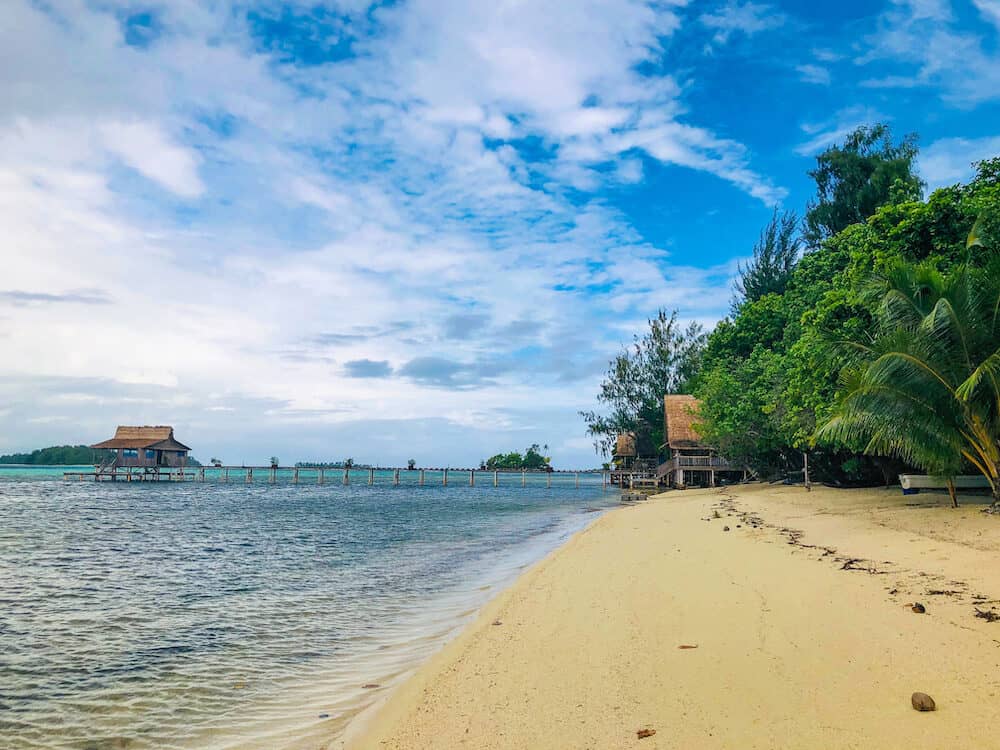
Imagine crystal clear waters, lively coral, sandy uninhabited beaches lined with palm trees and sweet bungalows in the jungle…. Welcome to the Solomon Islands, the 7th least travelled to country in the world, I bet that changes in the coming years, so get in NOW before tourists get in and try to ruin it! The Solomon Islands is a nation of hundreds of islands in the South Pacific, aka paradise!
Below I have curated a 7 day Solomon Islands Itinerary for you to enjoy your time, based on my recent Solomon Islands trip.
Why 7 days you may ask? There is a lot to see and do in this region of the world, 3 days or 5 days just isn’t enough and honestly 7 days probably isn’t enough anyway but it’s a good way to get a taste for the Islands.
The itinerary is very flexible, you can stay at certain places longer if you wish, the idea for this itinerary is for you to see as much as humanly possible of the Solomon Islands, while still being able to enjoy your time. Most of the below Solomon Islands itinerary is based in the Western Province – Munda and Gizo.
To prepare yourself for this incredible trip, I’d highly recommend you read our guide on everything you need to know about the Solomon Islands .
There are some things that you will need to prepare for such as making sure to bring big spray and malaria tablets as there are still spots in the Solomon’s that have malaria – it’s not the type of souvenir you want to take home.
Plan your trip?
Avoid hidden fees in the exchange rate while withdrawing from millions of ATMs abroad, paying in restaurants and shops, and buying your accommodation and flights using the Wise Card . You can hold up to 40+ currencies at once to spend in in over 150 countries, and convert them in real time with the free Wise app.
Need help planning your trip from start to finish? Check out these helpful links:
- Cheap flights
- Savings on accommodation from hostels to luxury hotels
- Affordable car rental options
- Affordable sightseeing tours and day trips
- Travel Adapter – All in one so you don’t have to carry a bunch around
- Don’t be silly and forget Travel Insurance ! Get hurt and you’ll regret it…
This post contains some affiliate links for your convenience. Click here to read my full disclosure policy. You can also read our content/editorial policy here .
Table of Contents
Day 1 – Arrival into Honiara Solomon Islands:
Day one is your arrival day in to the Solomon Islands, where you will head to Munda to spend your first night.
There are 2 options on how to get to Solomon Islands, you can either arrive in Honiara International Airport on one of the six weekly flights from Brisbane and then take a smaller plane to Munda or you can fly directly into Munda from Brisbane on the one weekly flight (every Saturday) into the newly opened international Munda airport.
Airlines that operate out of th airport include, Solomon Airlines, Virgin Airlines and Fiji Airlines – just to name a few.
Once you arrive into Munda, you can easily walk to the main area where your accommodation is located, everything is fairly close by. For budget travellers, I’d recommend staying at Qua Roviana Accommodation . For travellers who want a little more than the basics then I’d recommend the Agnes Gateway hotel (AGH).
The rooms at the Qua Roviana are very basic, you get a bed, a desk and a bathroom and much life most hotels in the Solomon’s, there is only 1 tap in the shower – this is a cold water tap. You’ll find some of the more “luxe” resorts do offer hot water but this is not common in the islands.
However, keep in mind that its tropical and hot so a cold shower is to be welcomed! There is free Wi-Fi offered, this can be used in the common lounge area – it is fairly slow, so be patient.
If you stay at Qua Roviana, you can still enjoy meals at the AGH restaurant. I would however recommend ordering meals in advance eg: ordering your breakfast for a set time the next morning when you are having dinner the night before as things tend to run on island time.
If you aren’t in a rush then you can enjoy the views however if you have plans for the next day or are in a rush I would highly recommend that you order in advance. Most tourists in Munda have their meals at AGH, they are also the main company to for organized tours.
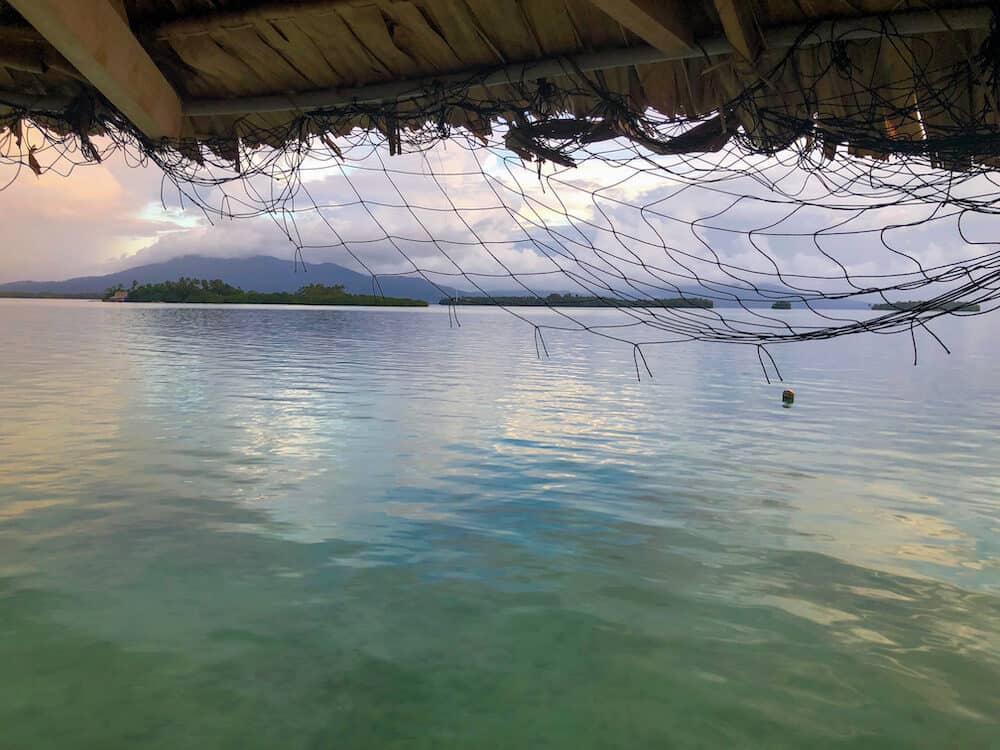
Day 2 – Explore Munda
I hope you enjoyed your first night in Munda and the Solomon Islands overall. Enjoy a delicious breakfast with views over the water from the AGH, this will no doubt be your first real glimpse of Munda in the daylight.
After breakfast, hire a taxi to take you to the Peter Joseph WWII Museum , here the spiritedly guide (and owner) Barney, will proudly share with you all his finds from the island and enthrall you with stories from the war. Barney has dedicated his life to this museum and collecting artifacts from the war.
I know I was surprised to find that the USA and Japan armies fought in the Solomon Islands during World War II. I won’t spoil the experience and tell you what you will see, but you don’t be disappointed by the interesting bits and pieces you’ll see and the stories Barney has to share.

Take your taxi back to your hotel, to freshen up and grab your bag (and dry bag) for your afternoon adventures.
You can organise all sorts of day trips from the reception at Agnes Gateway Hotel, I would recommend taking a short trip in a banana boat to Hopei Island where you can snorkel, sunbathe and enjoy a delicious BBQ lunch prepared by the staff.
You can spend as much or as little time as you want here. Once you have had your fill of BBQ fish and sun, head back to your hotel to relax and shower and get ready for your last activity.
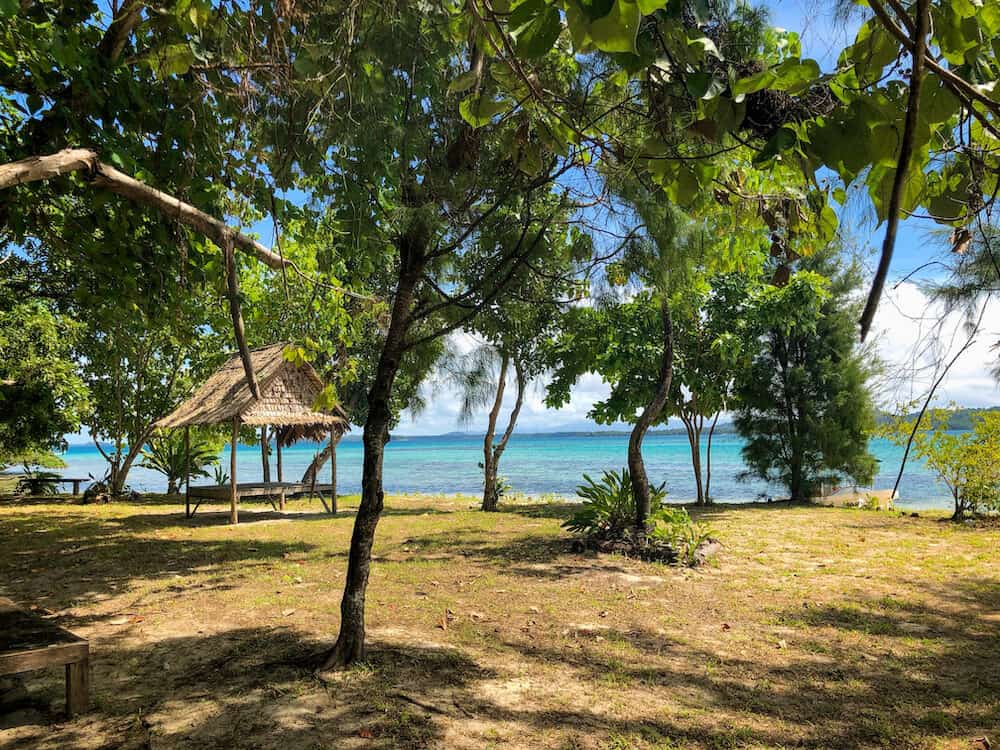
You last activity for the day is a sunset cruise (also organized through AGH). Your boat driver with take you out to enjoy the sunset either on the boat, or he will recommend a spot for you to get off the boat onto one of the many uninhabited islands.
Here you can enjoy a glass (or bottle) of wine and some snacks before heading back to AGH for dinner and then bed!
Munda is a great spot to base yourself if you enjoy scuba diving, the local dive shop is Dive Munda, also located on AGH grounds.

Day 3 – Experiencing the Authentic Solomon’s
Today you’ll be taking a boat from Munda to Rendova Island, where you will be staying at Titiru Eco Lodge for the night. I would recommend that you stay at Titiru longer if you have the time to spare as it’s an incredible place and is better experienced over a few days.
The trip from Munda to Titiru can take between 40-90 minutes depending on the weather and sea conditions. Once you arrive, you’ll be welcomed by the owner Kilo and all of his wonderful staff. They will get you checked in and take care of your bags.
I would highly recommend taking part in the cultural demonstrations which are a short walk from the reception area, here you will be shown how the Solomon Islanders used to live (and how some still live!).
If you are planning to buy some souvenirs while in the Solomon Islands, this is the place to do it! At the end of the cultural experience, the villagers will showcase their handmade works – don’t forget to take some cash with you, as they don’t have EFT facilities here!
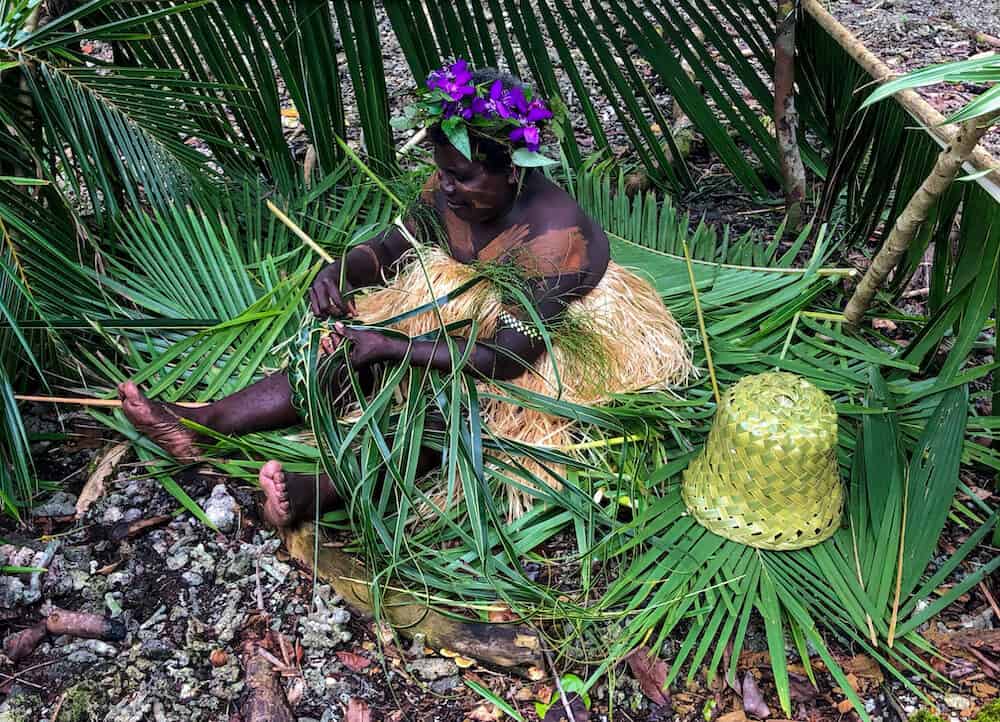
There is plenty of things to do at the Titiru Eco lodge, such as kayaking, SUP, snorkelling, mangrove forest walks, village tours, tour to a local cave and hiking the Rendova Peak (which is recommended to do over a few days).
The village tour is very interesting as it shows the way of life for these islanders, it can be an eye-opening experience for westerns who are used to electricity and easy conveniences.
The resort is fairly small with a max of 16 people being able to stay at a time, they have two family rooms, two garden rooms and two overwater rooms.
The family rooms come with a bathroom however the other four rooms have a separate outdoor shower and toilet – communal use. They are in the process of building a swimming pool for their guests to enjoy, however the lagoon is lovely to swim in.
All food served is grown on the island from their vegetable gardens and all fish are caught daily so you are receiving the freshest food possible.
The hotel doesn’t serve alcohol so if you want a wine or beer with your meal, you will need to bring your own. Electricity is available however during certain hours as it is runs from a generator and there is no Wi-Fi, making it ideal for those looking for a digital detox.
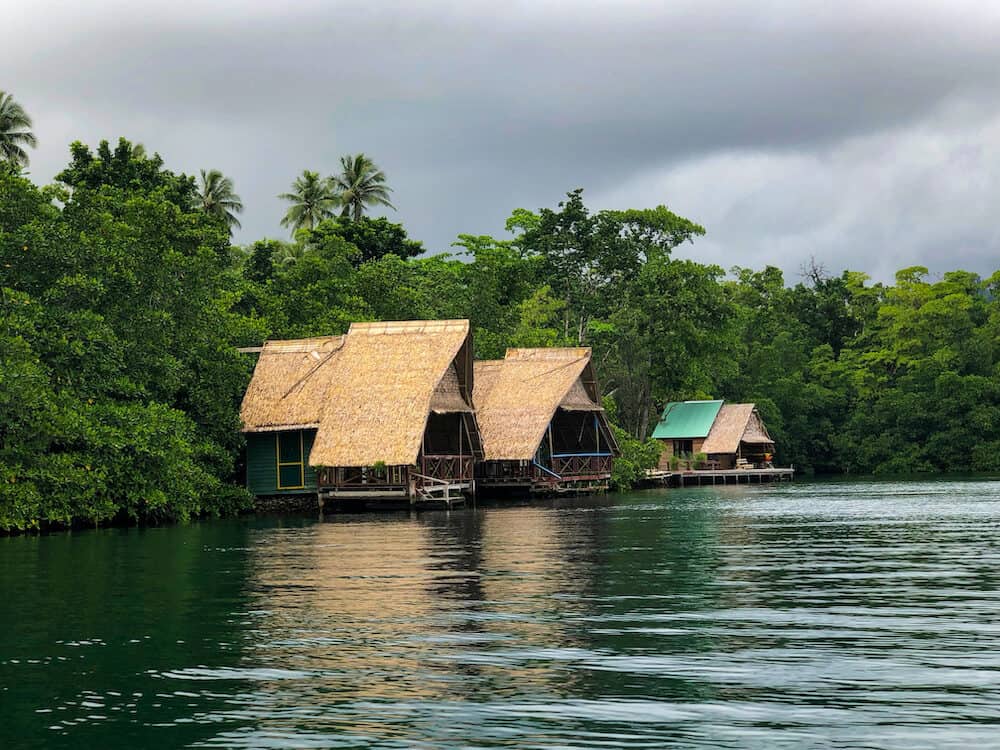
Day 4 – Chilling out at Fatboys!
Today you will be travelling from Rendova to Gizo via boat, it can take roughly 2-3 hours depending on the weather and sea conditions so strap in and enjoy the sights you’ll see along the way.
It should be fairly easy going most of the way as once you get near Munda and most of the way to Gizo, you’ll be travelling through lagoons however the sea can be a tad choppy from Rendova to Munda and the short distance to Fatboy’s Resort in Gizo. Fatboy’s will be your new home for the next few days.
Depending on the weather, I’d recommend a stopover at Skull Island , which is a popular tourist attraction.
The island was once home to headhunting cannibals with human heads being found scattered around the island aka trophies of headhunters. The island itself is a beautiful spot to stop and even do some snorkelling if you have time.
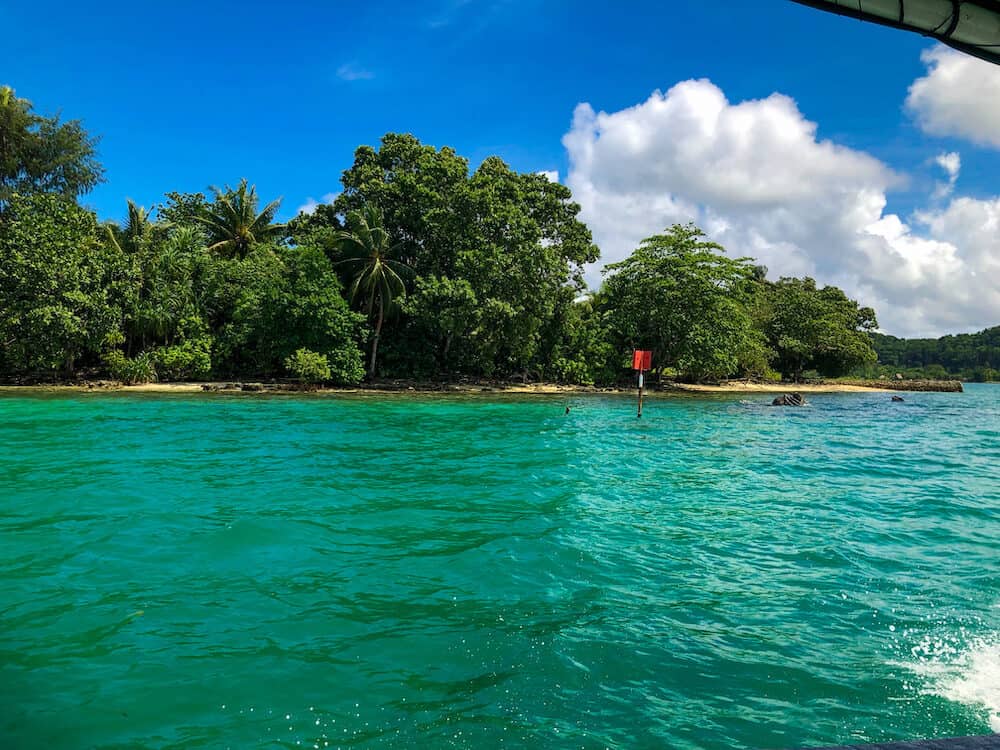
Fatboy’s Resort is considered one of the more modern and luxe resorts in the Solomon’s. It’s not luxe, like a 5 star hotel is but it’s very “lar de dar” in the Solomon Islands.
The name is a little interesting and is based on one of the characters Joe from a Charles Dickens novel: The Pickwick Papers . The fatboy life revolves around eating, sleeping and making every attempt to avoid work!
At Fatboy’s you can enjoy a hot shower in newly renovated bathrooms. The rooms are very spacious and comfortable and the resort also provides bug spray and mosquito repellent, however, all the beds do some with mosquito nets for that extra bit of comfort and peace of mind.
At Fatboys you can enjoy SUPs, snorkelling, kayaks, polycraft (a little boat you can drive around yourself), reading one of the many novels they have in their little book club or playing 8 ball with your friends or the staff.
There is Wi-Fi at Fatboy’s, however, only one person at a time can use the Wi-Fi and it isn’t the strongest or fastest connection.
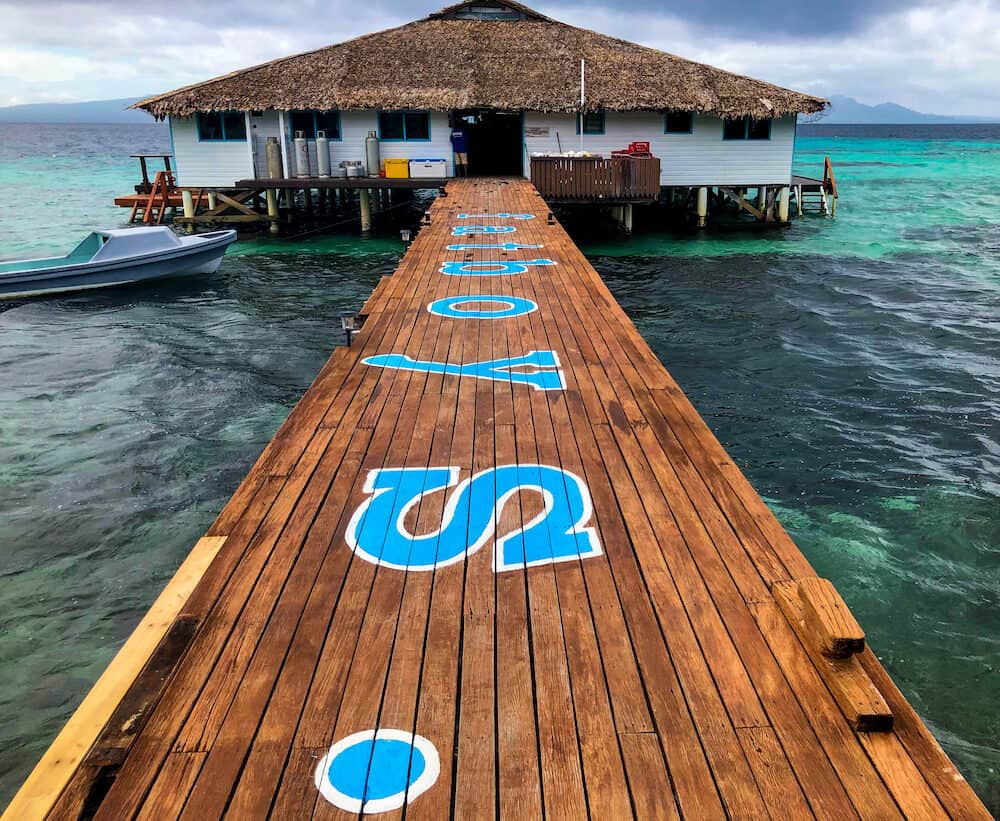
The food at Fatboy’s is incredible, the staff while up a new menu daily depending on the catch (fish) they receive. Crayfish is served in abundance here!
The staff also put on a bit of a show at night, once all meals have been served, they feed the local reef sharks with leftover fish scraps from dinner.
It’s interesting and terrifying to watch, especially for someone (like me) that’s terrified by sharks, but don’t worry, once the sharks are fed, they disappear to their homes for the night. You won’t really see any if you are snorkelling the reef at Fatboy’s… or you might but they are fairly harmless.
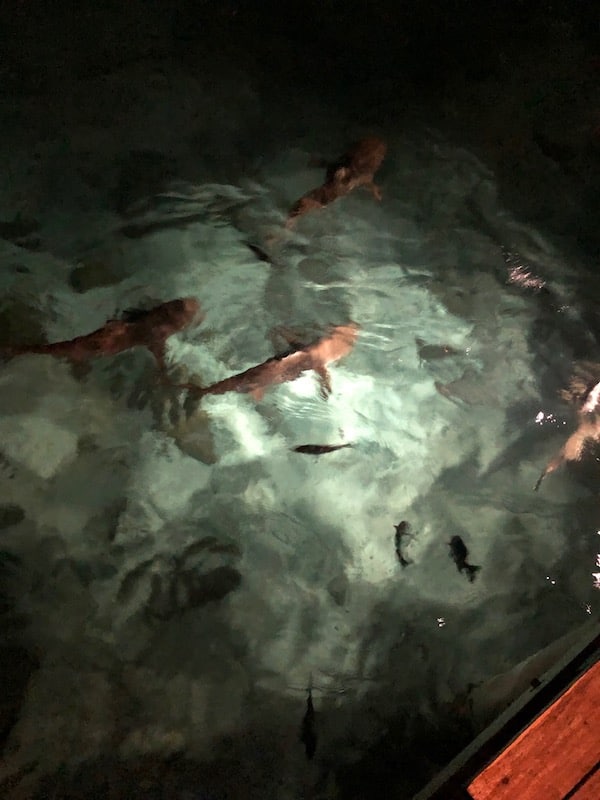
Day 5 – Island Hopping!
Today you’ll be island hopping with the Fatboy crew on the “Triangle Tour”! They will organise where to go and ensure you are well looked after and fed. Your day may look like this (or you could ask the staff to take you to the below destinations).
Your first stop will be at Saeraghi Beach. Saeraghi is a small village of roughly 25 families, this is a great stop to check out a different style of village life, you can also stay at one of the two homestays here, where the locals welcome you as one of their own, you spend the day with them and they cook you the most amazing meals, the beach here is also incredible!
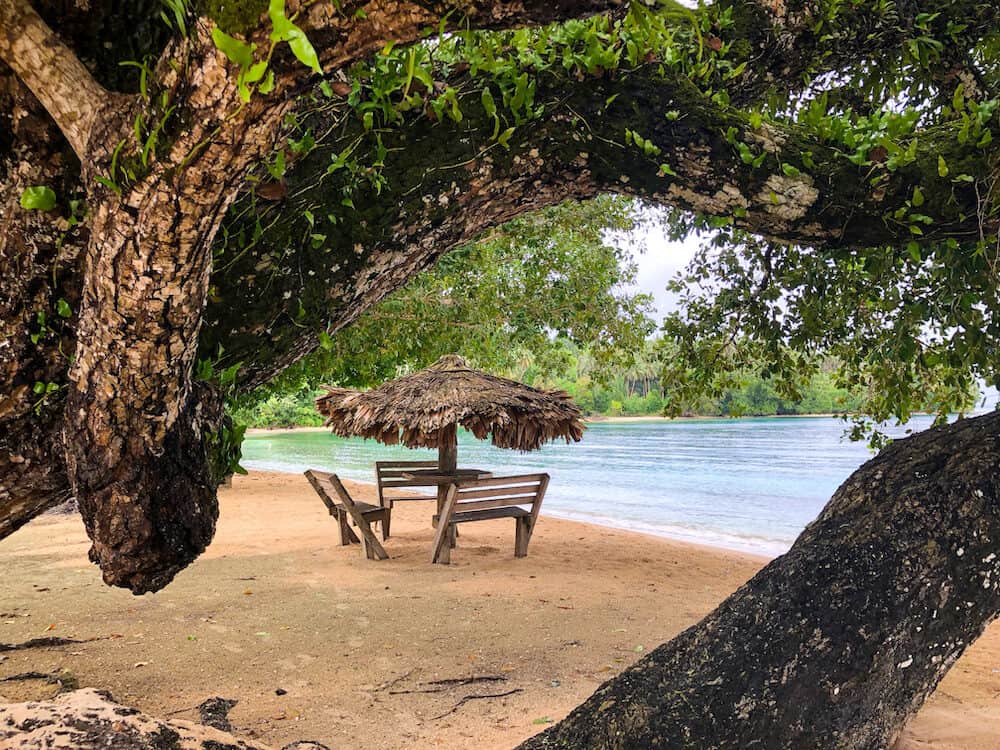
Next stop is the famous Njari Island, here there are 2 different areas you can go snorkelling. If the weather is bad on one side of the island, you can still snorkel on the other side of the island.
The Jetty side of the island has an incredible amount of massive piece of coral and sea life, it is harder to get to the beach as the coral is so large. The other side of the island, the reef is accessible via the beach.
If you are game, you can snorkel out to the buoy (which is a bit of a swim) where one of our amazing guides said that this area is called “Grand Central Station” as the different currents bring fish in from all over!
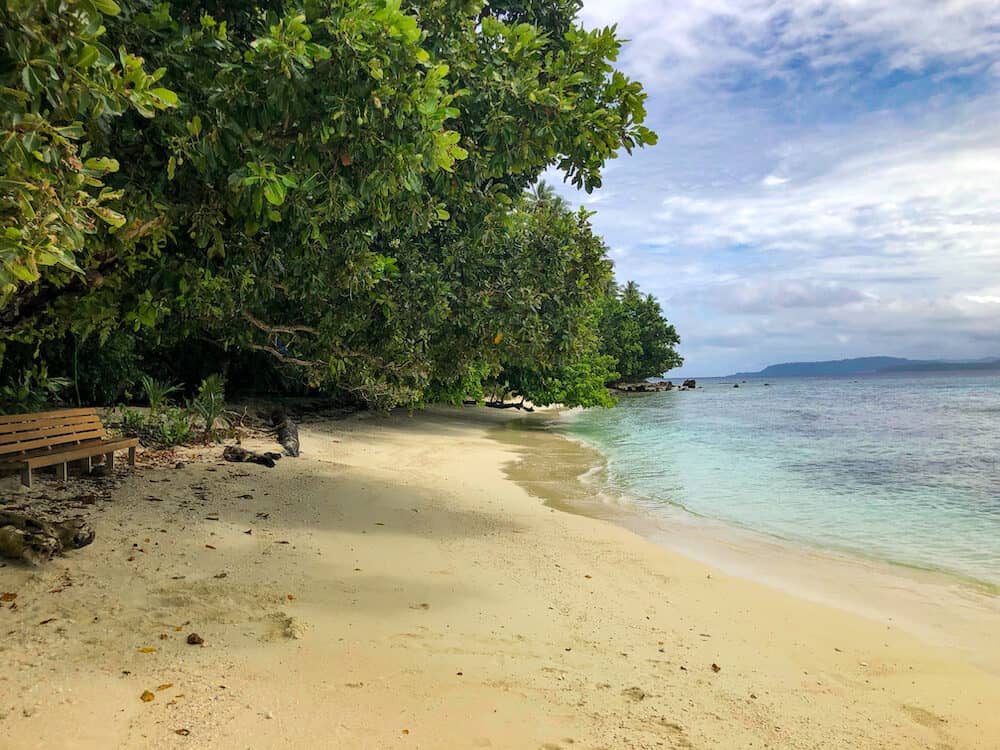
The last stop in your island hopping is Kennedy Island which can be seen from the Fatboy’s Resort, it’s a small uninhabited island and was named after John F. Kennedy. John F. Kennedys plane was shot down in World War II and he swam to this island, where a local canoed past, he waved him down and asked him to send a message to the US troops to rescue him.
Kennedy Island is a great spot for snorkelling and sunbathing. And the staff from Fatboy’s will arrange a delicious BBQ lunch for you here.
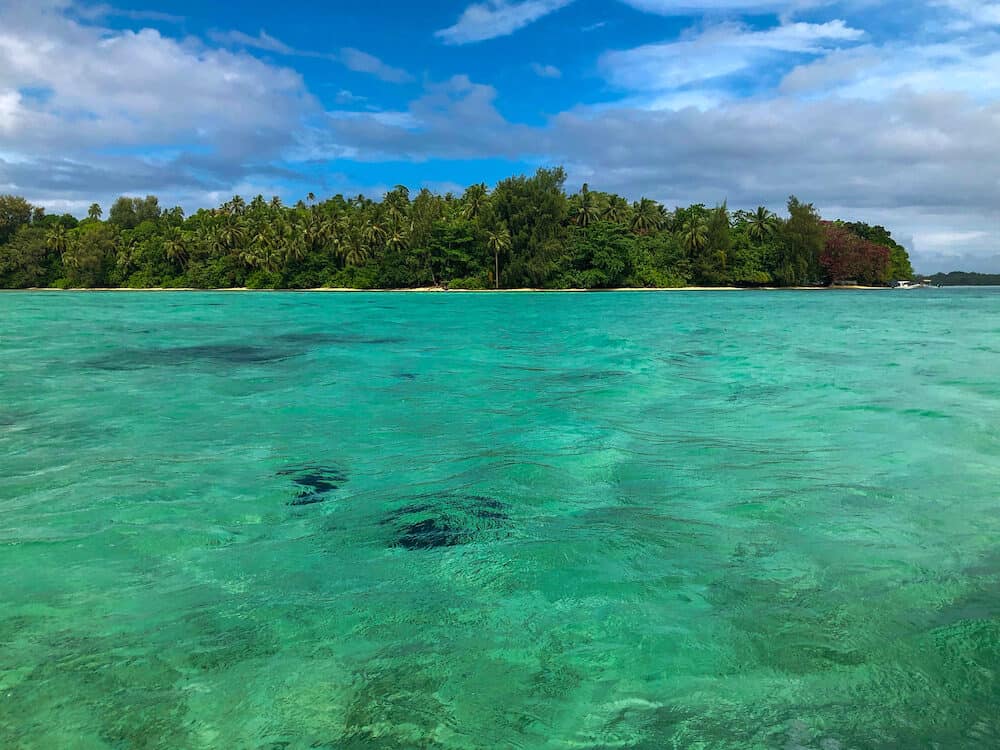
After lunch, you can head back to Fatboy’s Resort, unwind, shower and relax – but, you day isn’t over yet! Before sunset you will be off to enjoy a Sunset ‘Wine Down’ at one of the nearby sandbars with a wine in hand! There is no better way to end an amazing day of island hopping.
*Note: some of the islands you visit are privately owned, Fatboy’s gains permission from the owners to bring their guests to the islands.
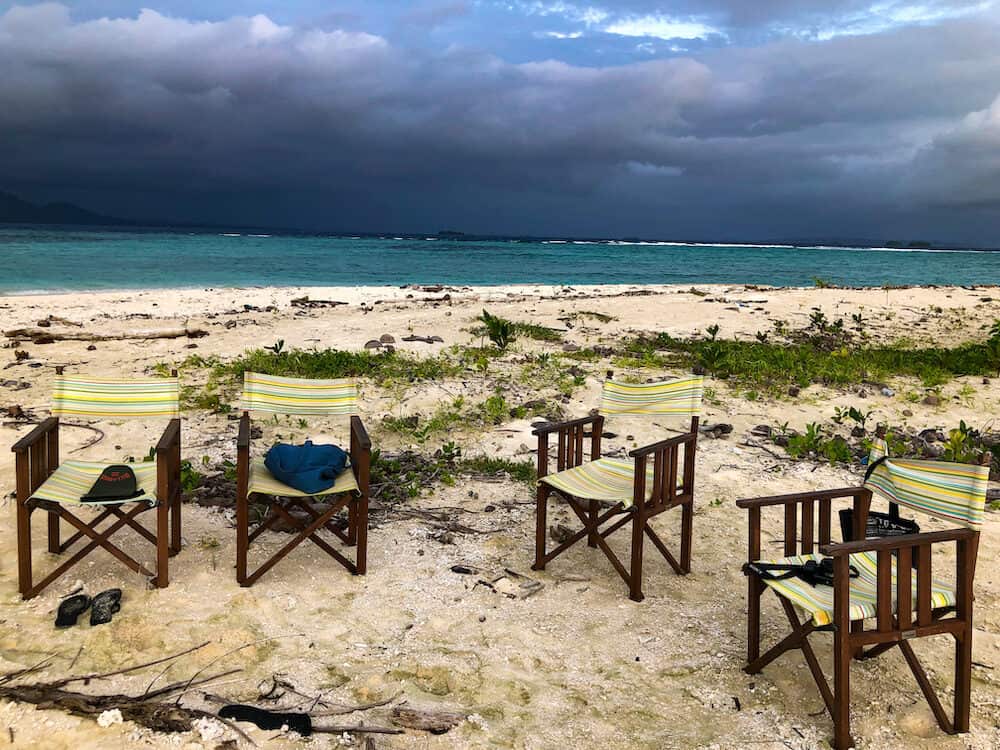
Day 6 – Last day in Gizo
Today you will be checking out of the Fatboy’s Resort and heading back to Honiara (or Munda – depending where you are departing from) via the coolest airstrip in the Solomon Islands – more on this soon!
Wake up, enjoy your last delicious breakfast and relax for a few hours before you have to head out – you’ve certainly earned some down time – however, if you want one last adventure, ask the staff to take you into Gizo town where you can check out the brand new (opened in August 2019) Gizo Market or wonder around the island and check out a few of the sights.
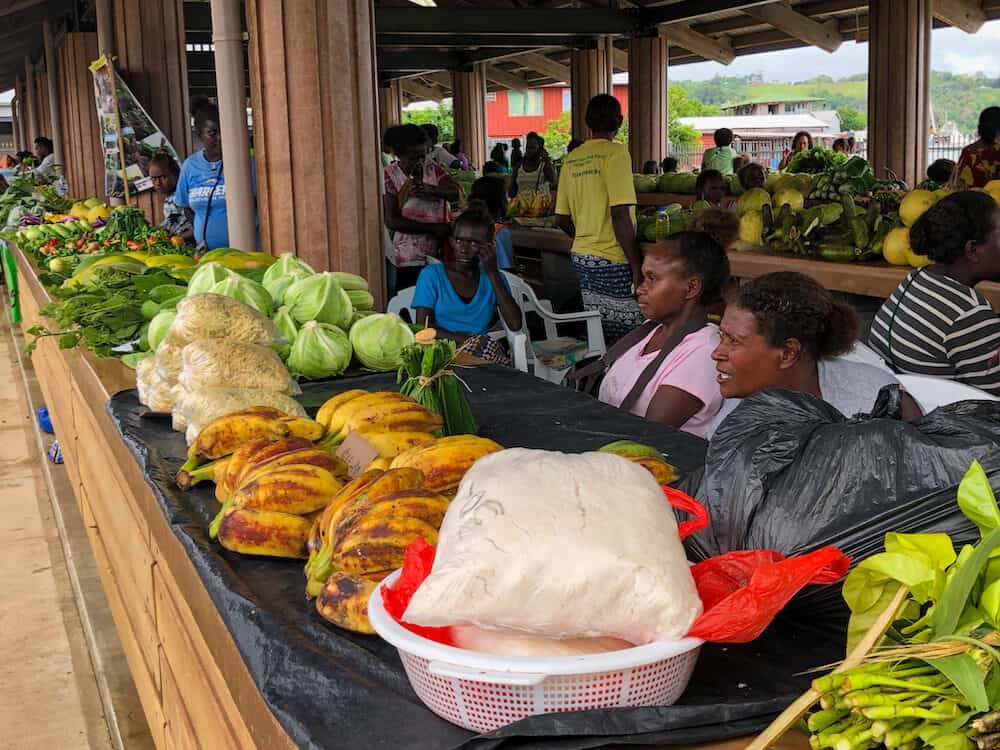
When you’re ready for your flight, you’ll be transferred to Nusa Tupe Airstrip via boat as the airstrip is on its own island! There is nothing else on the island but the airstrip and a small departure/arrival building. You can walk along the tarmac while you wait for your flight, just watch out for the plane!
Once you arrive in Honiara, check into the Heritage Park Hotel, here you won’t even know yourself! This hotel is so luxurious compared to where you have stayed during this trip, the food is delicious and the rooms are very comfortable.
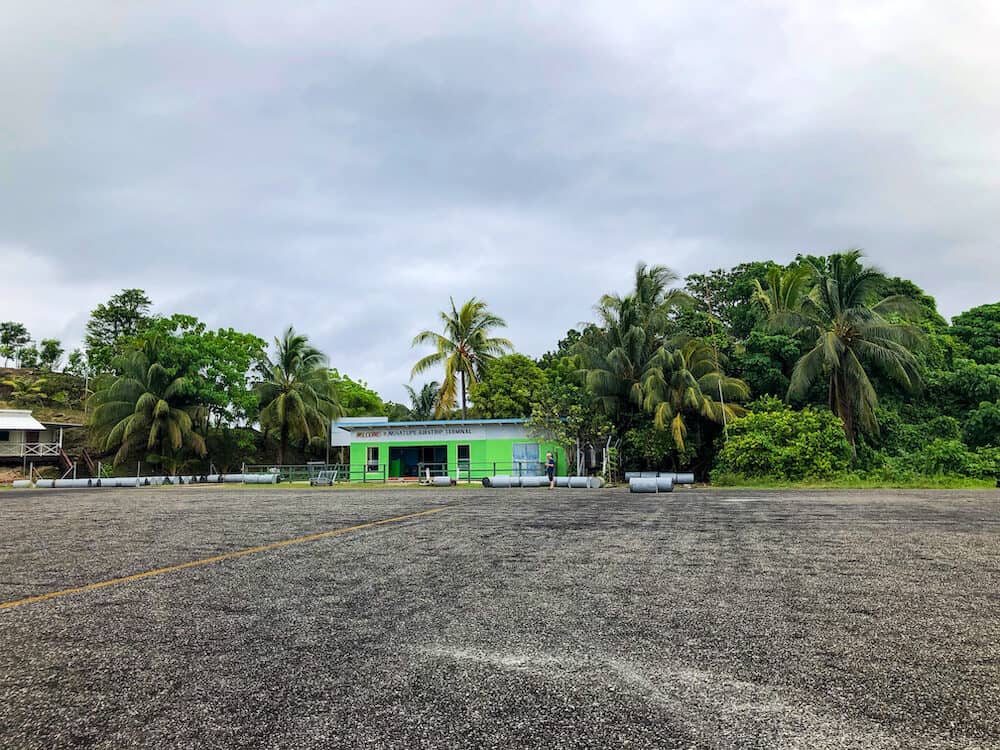
Day 7 – Your Last Day in the Solomon Islands!
Today is your very last day in the Solomon Islands, you can either spend the day by the pool at the Heritage Park Hotel or you can head out and take in a few sights in Honiara before your flight.
Such as the Central Markets that sells plenty of fresh foods and a few handcrafted gifts, the National Museum that provides you with some history of the Solomon’s and provides some information on Shell money (the currency that was once used in the Islands – some areas of the Islands, still use it now!) or the Cultural Centre/Art Gallery where you can purchase locally made crafts, all of which are located very close or a short walk from the hotel.
If you’re a golfer you can check out the eight-hole golf course, which is the only golf course in all of the Solomon’s!
Take it all in today!
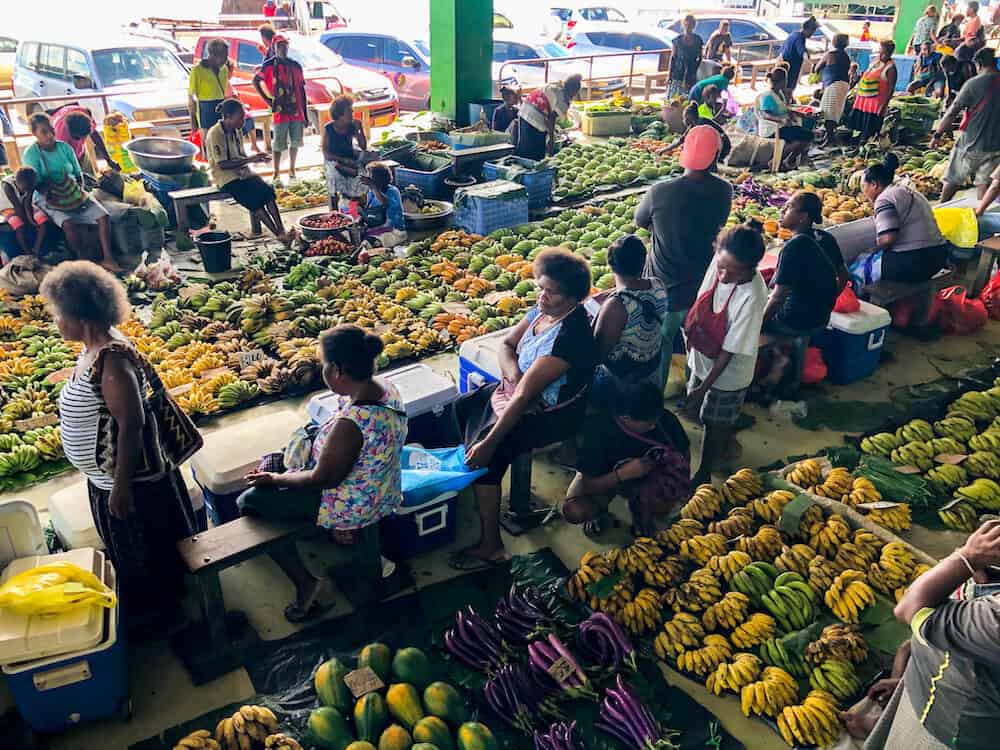
I hope that you enjoy your visit to the ‘Hapi Islands’, a visit to the Solomon Islands is life changing!
If you’d like to save it for later, please save it to Pinterest.
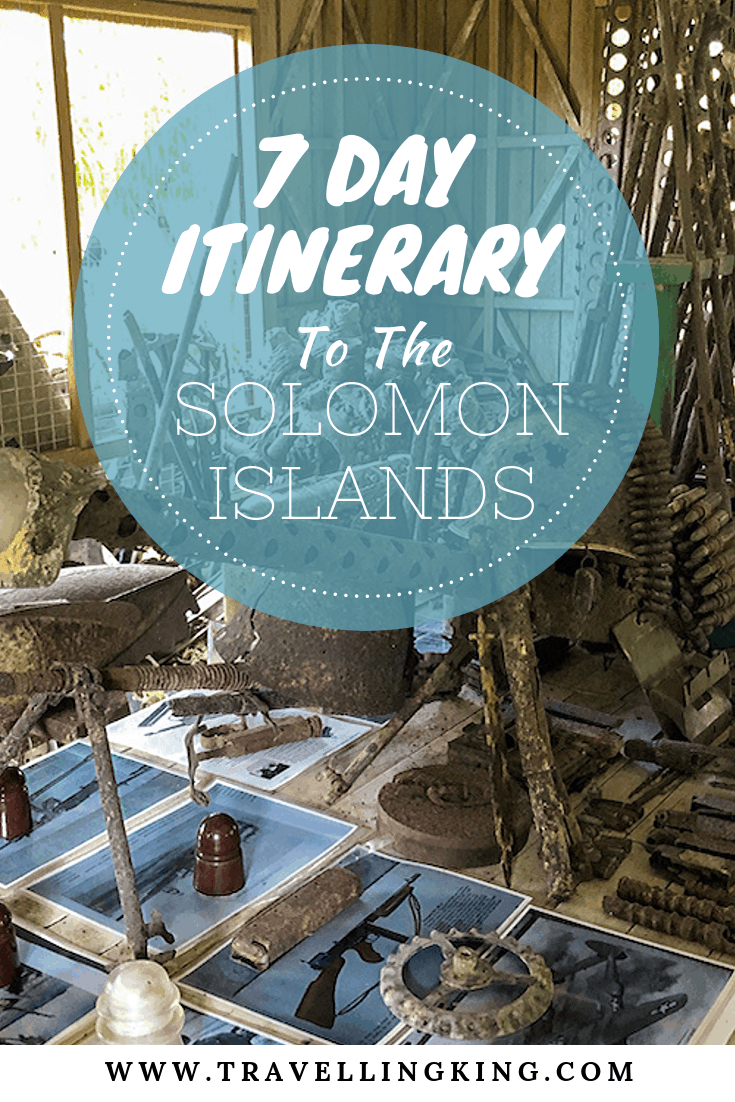
Sam, a seasoned traveler across four continents and 49 countries, is a leading authority in travel planning. Her website, Travelling King, offers tailored itineraries and expert guides for seamless trips. Sam's expertise in luxury travel, fast travel, and destination guides keeps her at the forefront of the travel community.
Similar Posts
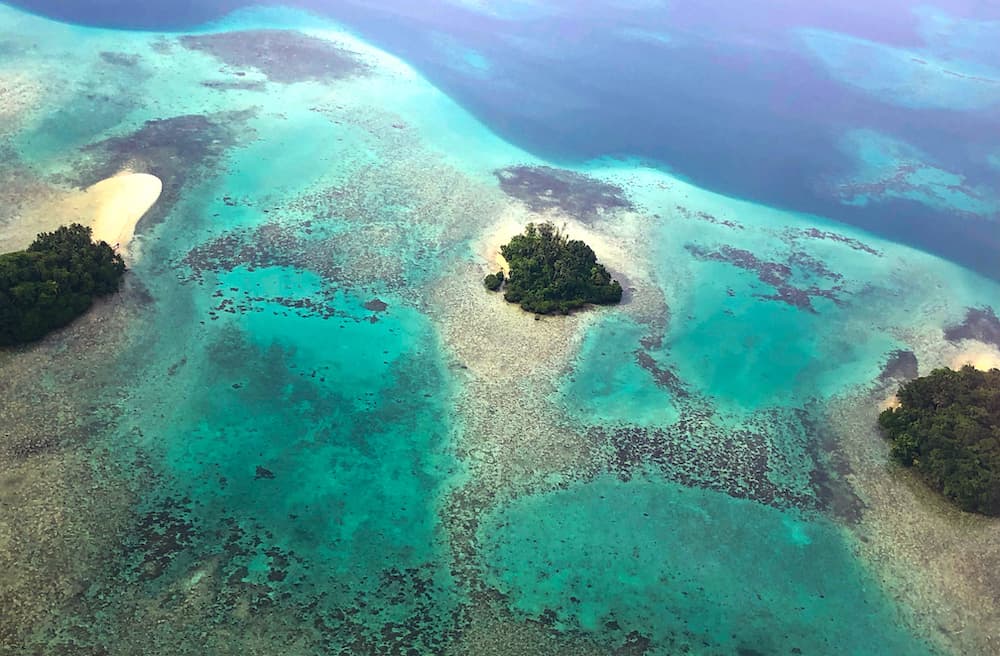
Everything you need to know about the Solomon Islands
The Solomon Islands is made up of 992 Islands and is the seventh least travelled country in the world…
![solomon islands travel guide Where to stay in Solomon Islands [Best Places to Stay for 2024]](https://www.travellingking.com/wp-content/uploads/2019/08/Solomon-Islands-Fat-Boys-resort-in-Gizo.jpg)
Where to stay in Solomon Islands [Best Places to Stay for 2024]
Whether you are coming for the Scuba diving, historical sites, outdoor adventure, or just the laid-back atmosphere of the…
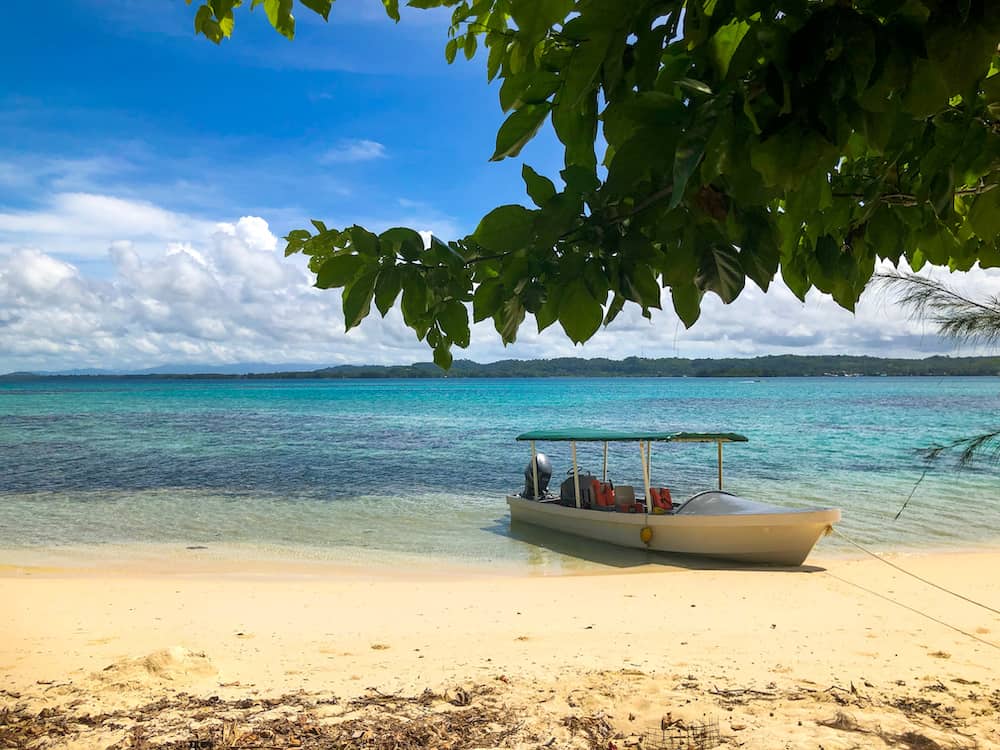
Ultimate Travel Guide to Solomon islands
Imagine you’re on a beautiful tropical island with crystal clear waters teeming with colourful tropical fish, in the distance…
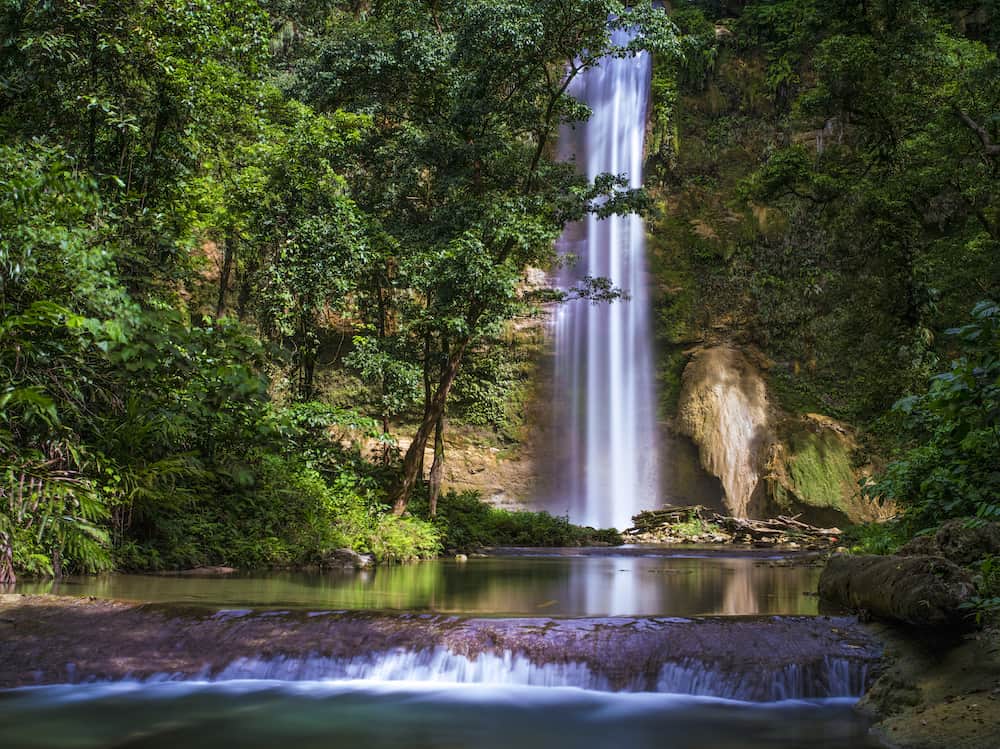
15 Things to do in the Solomon Islands – That People Actually Do!
The Solomon Islands are an archipelago of 992 islands in the South Pacific, only 147 of which are currently…
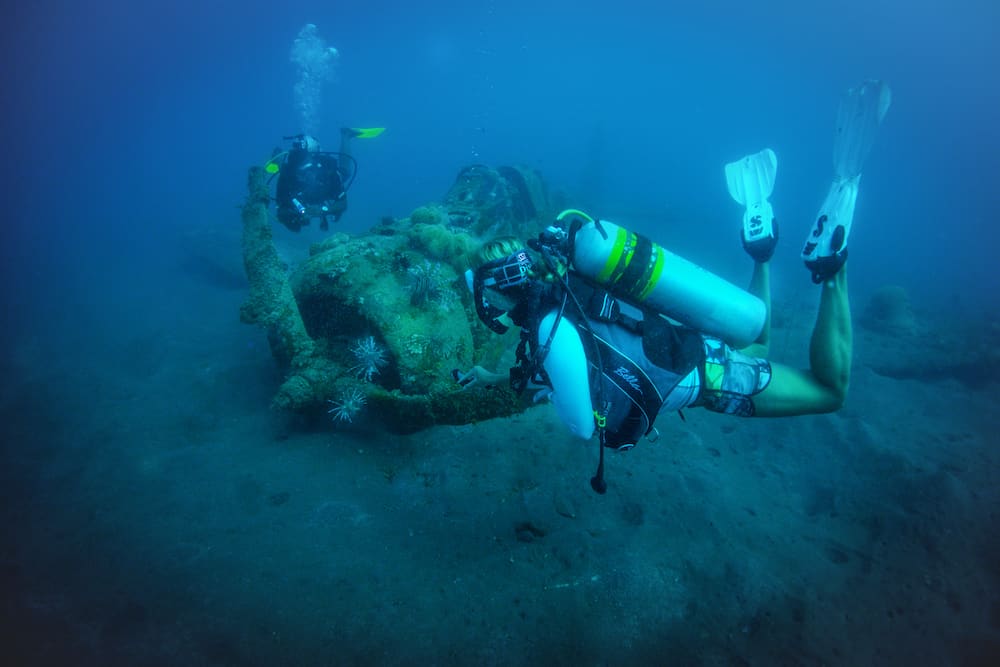
The Best Diving Spots in the Solomon Islands
The Solomon Islands is a South Pacific archipelago of more than 1,000 islands and coral atolls. Though it is…

TOP OF PAGE
Quick Facts
Best Time To Go
Cost & Spending
Travel Tips
Regions & Highlights
What To See & Do
What To Eat
Where To Stay
Trip Planning

Welcome traveler!
We're Andre & Lisa, adventurers and experienced budget travelers.
We have over two decades of travel experience and since 2018 have led a full-time nomadic lifestyle.
L earn more about us !
Thank you for visiting and we hope you find value in our destination pages! We thoroughly research and curate all content ourselves and everything you find on this site is put together by only the two of us.

SOLOMON ISLANDS TRAVEL GUIDE
The Solomon Islands, a nation of hundreds of islands in the South Pacific, has many WWII-era sites. Guadalcanal, a province and one of the archipelago’s largest islands, honours fallen Allied soldiers at its U.S. War Memorial. Guadalcanal is also home to the nation’s capital, Honiara, whose bustling Central Market showcases the islands’ produce and traditional handicrafts.
Capital : Honiara
Currency : Solomon Islands dollar (SBD)
Area : 28,450 sq km
Population : 652 858 (2018)
Language : Melanesian pidgin; English is the official language; 120 indigenous languages
Electricity : 240V/50Hz (Australian plug)
DO YOU NEED A VISA FOR
Solomon islands.
<<VISA RESULT>>
<< Visa Details >>
For the latest requirements or for application click
Let iVisa take the pain out of travel planning and assist you with Electronic visas, Travel Authorizations, Visas on Arrival, and even Paper Visas. They can also help with Health Declarations and Embassy Registrations. If you're from the US, they provide a One-Stop Shop to renew your Passport securely and error-free.
POSTS ON SOLOMON ISLANDS

SEASONS AT A GLANCE
Most destinations have different times of the year when they’re more or less popular with tourists.
Peak Season
Shoulder Season
Off Peak Season

BEST TIME TO VISIT SOLOMON ISLANDS
The Solomon Islands have two main seasons: the dry season and the rainy season.
- The dry season typically runs from April to October, during which there is less rainfall and more comfortable temperatures. This is considered the best time to visit the Solomon Islands for activities such as diving, snorkeling, and exploring the islands.
- The rainy season typically runs from November to March, during which there is more rainfall and higher humidity. While this may not be the most ideal time for outdoor activities, it can be a good time to visit if you're looking to experience the lush, tropical vegetation.
Keep in mind that the Solomon Islands is a tropical country, and temperatures and humidity are relatively high throughout the year.
BEST TIME FOR:
You'll have no trouble finding a stunning beaches in Solomon Islands. The dry months of May to October are generally most pleasant for relaxing on the beach. You can scuba dive all year round, but the seas are often rough from June to September.
LOOKING FOR ALTERNATIVES
To solomon islands, find your perfect destination.
Advanced, real-time destination filter by visa required, region, health risk, travel budget, country value, tourist seasons, best weather and activity or sport.
SOLOMON ISLANDS TRAVEL COSTS
The cost of traveling to the Solomon Islands can vary depending on a number of factors such as the time of year, the length of stay, and the specific activities and accommodations you plan to participate in.
- Airfare to the Solomon Islands can be quite expensive, with a round-trip ticket from the United States or Australia costing several thousand dollars. However, if you plan to travel during the off-season or book your flights well in advance, you may be able to find deals on airfare.
- Once you are in the Solomon Islands, the cost of accommodation and food can be relatively low. You can find budget-friendly options such as guesthouses and homestays for around $50-100 per night, and local meals can cost around $10-15.
- Activities such as diving, snorkeling, and island hopping can also add to the cost of your trip. Diving and snorkeling trips can cost around $100-150, and island hopping tours can cost around $50-100.
Here is a sample budget for a 7-day trip to the Solomon Islands:
- Airfare : $1,500
- Accommodation : $700 ($100/night for 7 nights in a budget guesthouse or homestay)
- Food : $210 ($15/day for 7 days)
- Activities : $700 ($100/day for 7 days, including snorkeling and island hopping tours)
Total: $3,210
This budget is based on traveling on a budget, staying in budget accommodation, eating local food and participating in budget-friendly activities. Keep in mind that prices can vary depending on the time of year, and if you're looking for luxury accommodations and activities, the costs can be higher.
It's also important to consider other expenses such as travel insurance, transportation costs, visa fees, and personal expenses such as souvenirs. It's always good to have some extra budget for contingencies, and also to have some local currency for small expenses or tips.
VALUE RANK:
Find discount flights to, solomon islands, travel tips for solomon islands, solomon islands travel tips.
Here are some travel tips for the Solomon Islands:
- Pack accordingly : The Solomon Islands is a tropical country, so pack light and comfortable clothing, a hat, sunscreen, and insect repellent. Also, pack a good pair of walking shoes, as many of the islands are only accessible by foot.
- Research your destination : The Solomon Islands is made up of many islands, and each one has its own unique culture and customs. Research the island you plan to visit and learn about the local customs and etiquette to ensure you have a respectful and enjoyable experience.
- Get vaccinated : Some areas of the Solomon Islands may be at risk for certain diseases such as Malaria, so it's important to get the appropriate vaccinations and take precautions to protect yourself from mosquitoes.
- Respect the environment : The Solomon Islands is home to many beautiful and unique ecosystems. Help preserve them by practicing responsible tourism and leaving no trace.
- Be flexible : The Solomon Islands is a remote destination, and things may not always go as planned. Be prepared for unexpected delays or changes, and have a positive attitude.
- Learn some phrases : The official language of the Solomon Islands is English, but many locals also speak Pidgin. Learn some basic phrases to make communication easier and show respect to the locals.
- Be prepared for a cash-based economy : Many places in the Solomon Islands do not accept credit cards, so make sure you have enough cash on hand to pay for expenses.
- Be respectful of the local culture : The Solomon Islands is a diverse place with many different cultures. Show respect for the local customs and traditions, and avoid taking photographs of sacred sites without permission.
REGIONS & HIGHLIGHTS OF SOLOMON ISLANDS
Sights & highlights of solomon islands.
The Solomon Islands is an archipelago nation made up of several main islands and many smaller islands, each with its own unique culture, history, and natural beauty. Here are some of the main regions of the Solomon Islands and their highlights:
- Guadalcanal : This is the largest island of the Solomon Islands and is home to the country's capital city, Honiara. Guadalcanal is known for its World War II history and is a popular destination for diving and snorkeling. Visitors can explore the World War II Heritage Trail, which includes the US War Memorial, the Japanese War Memorial, and the Lunga Point Battlefield.
- Malaita : This island is located to the east of Guadalcanal and is known for its traditional culture and art. Visitors can witness traditional dances, witness the making of traditional artifacts, and learn about the island's customs and traditions.
- Makira : This island is located to the east of Malaita and is known for its beautiful beaches, dense rainforests, and diverse wildlife. Visitors can explore the Ulawa Island Cultural Centre, which showcases the island's traditional artifacts, and take a guided hike through the rainforest to spot exotic birds and other wildlife.
- Choiseul : This island is located to the northwest of Guadalcanal and is known for its pristine beaches, crystal-clear waters, and traditional villages. Visitors can enjoy snorkeling and diving in the clear waters, and take a guided tour of the traditional villages to learn about the island's customs and traditions.
- Isabel : Isabel island is located to the north of Choiseul, and it is known for its natural beauty and cultural heritage. Visitors can explore the Isabel War Memorial, which honors the island's role in World War II, and visit the traditional villages to learn about the island's customs and traditions.
- Temotu : This is the easternmost province of the Solomon Islands and is known for its remote and unspoiled islands. Visitors can explore the remote islands by boat, see the traditional villages and their customs, and enjoy snorkeling and diving in the crystal-clear waters.
These are just some examples of the main regions of the Solomon Islands and their highlights. Each island has its own unique culture and attractions, so it's worth visiting multiple islands to get a sense of the country's diversity.
The Solomon Islands is an archipelago nation with a diverse array of cultures, history, and natural beauty. Here are some of the best things to see and do when visiting the Solomon Islands:
- World War II Heritage Trail : The Solomon Islands played an important role in World War II and the Heritage Trail is a must-see for history buffs. It includes the US War Memorial, the Japanese War Memorial, and the Lunga Point Battlefield.
- Snorkeling and diving : The Solomon Islands is known for its crystal-clear waters and diverse marine life. Visitors can go snorkeling and diving to see a wide variety of fish, coral, and other marine life.
- Traditional village visits : The Solomon Islands is home to many traditional villages, each with its own unique customs and traditions. Visitors can take a guided tour to learn about the island's customs and traditions.
- Island hopping : With many beautiful islands, Visitors can explore the Solomon Islands by taking a boat tour to visit different islands and see the natural beauty and culture of each one.
- Surfing : The Solomon Islands is known for its great waves, and surfers can enjoy the beautiful breaks and ride the waves.
- Fishing : The Solomon Islands is known for its great fishing opportunities and visitors can enjoy deep-sea fishing, fly-fishing and freshwater fishing.
- Hiking : The Solomon Islands is home to many beautiful rainforests, and visitors can take a guided hike to see exotic birds and other wildlife.
- Cultural festivals and events : The Solomon Islands has many cultural festivals and events throughout the year, such as the Solomon Islands Festival of Arts and the Malaita Cultural Show. These events are a great way to experience the island's culture and customs.
- Relax on the beach : The Solomon Islands has many beautiful beaches, visitors can relax on the beach, swim in the clear waters, or take a sunbathing.
These are just some examples of the many things to see and do in the Solomon Islands. There are many more activities and attractions to experience, so it's worth taking the time to research the specific island or region you plan to visit and plan your itinerary accordingly.
WHAT TO SEE AND DO IN SOLOMON ISLANDS

WHAT TO EAT IN SOLOMON ISLANDS
The Solomon Islands is a melting pot of cultures, and its cuisine reflects its diverse heritage. Here are some traditional foods to try when visiting the Solomon Islands:
- Kastom (traditional) dishes: The Solomon Islands have a rich tradition of kastom (traditional) dishes that are often made with fresh fish, coconut milk, and root vegetables. Some popular kastom dishes include: Palusami - A dish made from taro leaves wrapped around a mixture of coconut milk, onion, and meat or fish. Lap-lap - A dish made from grated taro or yam that is mixed with coconut milk and then wrapped in banana leaves and cooked over an open fire. Taro - A staple food in the Solomon Islands, Taro is a root vegetable that is often boiled or steamed and served with meat or fish.
- Seafood : The Solomon Islands is surrounded by the ocean and seafood is a staple in many of the island's dishes. Fresh fish, crab, prawns, and lobster can be found in many local restaurants.
- Cassava : Cassava is a root vegetable that is commonly used in Solomon Islands dishes. It's often boiled or roasted and served as a side dish or mixed into a stew.
- Rice : Rice is a staple food in Solomon Islands, it's often served with meat or fish and a variety of vegetables.
- Fresh fruits : The Solomon Islands has many tropical fruits that are delicious and nutritious. Some of the most popular fruits include coconut, mango, papaya, and pineapple.
- Fried or grilled meat : Fried or grilled meat is also a staple food in the Solomon Islands, Chicken, pork and beef are often served with rice and vegetables.
- Betel nut : Betel nut is a popular traditional stimulant that is often chewed in Solomon Islands. It is made from the nut of the Areca tree and is wrapped in a betel leaf.
- Local beer and spirits : The Solomon Islands has a few local beers and spirits that are worth trying. Some of the most popular local drinks include: SolBrew, the Solomon Islands' leading beer brand, and War Club, a local spirit made from sugarcane.
These are just a few examples of the many delicious foods to try when visiting the Solomon Islands. Be sure to try different dishes and ask locals for recommendations to get the most out of your culinary experience.
LGBTQ IN SOLOMON ISLANDS
I'm a paragraph. I'm connected to your collection through a dataset.

WHERE TO STAY IN SOLOMON ISLANDS
For your first visit to the Solomon Islands, choosing the right base is essential to experience the country's pristine beaches, diverse marine life, and vibrant culture. Here's a breakdown of top areas and accommodations:
Where To Stay In Honiara:
Honiara is the capital city and serves as a gateway to the Solomon Islands, offering cultural attractions like the National Museum and bustling markets.
Budget Accommodation: Consider staying at the King Solomon Hotel for affordable rooms and a central location near Honiara's sights.
Mid-range Accommodation: The Heritage Park Hotel provides comfortable accommodations with modern amenities and easy access to the city center.
Luxury Accommodation: Opt for the luxurious ambiance of the Coral Sea Resort & Casino , featuring upscale rooms, a casino, and waterfront views.
Best Value Tip: Look for accommodation deals and promotions during the offseason (November to April) for better rates.
Where To Stay In Gizo:
Gizo is a laid-back town located on Ghizo Island, known for its stunning coral reefs, diving spots, and World War II history.
Budget Accommodation: Consider staying at Sanalae Island Resort for affordable beachfront bungalows and a relaxed atmosphere.
Mid-range Accommodation: The Gizo Hotel offers comfortable accommodations with ocean views and easy access to dive sites and local attractions.
Luxury Accommodation: Opt for the luxurious ambiance of Fatboys Resort , featuring upscale overwater bungalows, a restaurant, and a dive shop.
Best Value Tip: Book accommodation with diving packages or tour bundles for better value for money.
Where To Stay In Munda:
Munda is a remote town on New Georgia Island, renowned for its World War II relics, unspoiled reefs, and stunning natural beauty.
Budget Accommodation: Consider staying at Agnes Gateway Hotel for affordable rooms and a waterfront location near dive sites and historical sites.
Mid-range Accommodation: The Titiru Eco Lodge offers comfortable accommodations with a focus on sustainability and easy access to Munda's attractions.
Luxury Accommodation: Opt for the luxurious ambiance of Zipolo Habu Resort , featuring upscale beachfront villas, a spa, and guided tours.
Best Value Tip: Visit Munda during the dry season (April to October) for ideal weather conditions and better visibility for diving and snorkeling.
For hassle-free bookings, use platforms like Booking.com for competitive rates or Holiday Swap for unique homes worldwide. Ensure to book in advance, especially during peak seasons, and align your preferences with nearby activities such as surfing, snorkeling, or cultural exploration.
CHOOSE ANOTHER DESTINATION
Recent blog posts, plan your trip, visa services, let ivisa take the pain out of travel planning and assist you with electronic visas, travel authorizations, visas on arrival, and even paper visas. they can also help with health declarations and embassy registrations. if you're from the us, they also provide a one-stop shop to renew your passport securely and error-free..
FLIGHTS Find a cheap flight by using Sky scanner or Momondo . These are our favorite flight search engines. They index other travel websites and airlines across the globe to easily find you the best deal.
ACCOMMODATION
Booking.com is our number one resource for researching and booking accommodation. In addition to Booking.com , we have found Agoda.com to consistently returns the cheapest rates in Southeast Asia. For longer stays, find unique homes worldwide on Holiday Swap , the most affordable travel platform that allows you to book homes anytime, anywhere in only a few clicks.
TRANSPORT
DiscoverCars.com is a leader in online car rental bookings; we compare car rental deals from many companies so that you can choose which is best for your trip. 12Go connects the world door-to-door, from transfers to flights, under the same user-friendly ticket.
INSURANCE Travel insurance can protect you against unexpecte d illness, injury, theft, and cancellations.
Heymondo (International Travel Insurance)
World Nomads (Travel / medical insurance for long-term travelers and nomads)
SafetyWing Nomad Insurance (Travel / medical insurance for long-term travelers and nomads)
SafetyWing Remote Health (Global Health Insurance for Nomads)
Need more help to book your trip? Check our complete resource page for all the best companies to use when you travel. You will only find the companies we use ourselves.
Please note that some of the links above may be affiliate links, and at no additional cost to you,
we may earn a commission if you end up making a purchase and the income goes to keeping the site ad free.

- DESTINATIONS
- EXPERIENCES

Discover the Solomon Islands: An Untouched Paradise in the Pacific
Hi everyone! We are Jase and Katie from @theislandlifeofus . We are two Aussies currently living the dream with our family in the Solomon Islands.
Jase and I both grew up in Townsville in far north Queensland. However, we did not know each other there. Jase has lived in the Solomon Islands for most of his life – growing up between Uepi Island and Townsville.
On the other hand, I had more of a mainstream life in Townsville as a kid and then as a health professional living on the Gold Coast after completing my university studies. We met when I volunteered as a pharmacist for a medical tour in the Solomon Islands, hosted at Uepi Island Resort in 2013.
As it turned out, we had many friends in common and it seemed crazy that we hadn’t met until I landed on a little grass air strip at Seghe, Marovo Lagoon. We immediately formed a friendship with a lot of shared passions and goals in life. We both loved to explore and in our first year together we counted over 60 plane tickets, mostly from visiting one another!
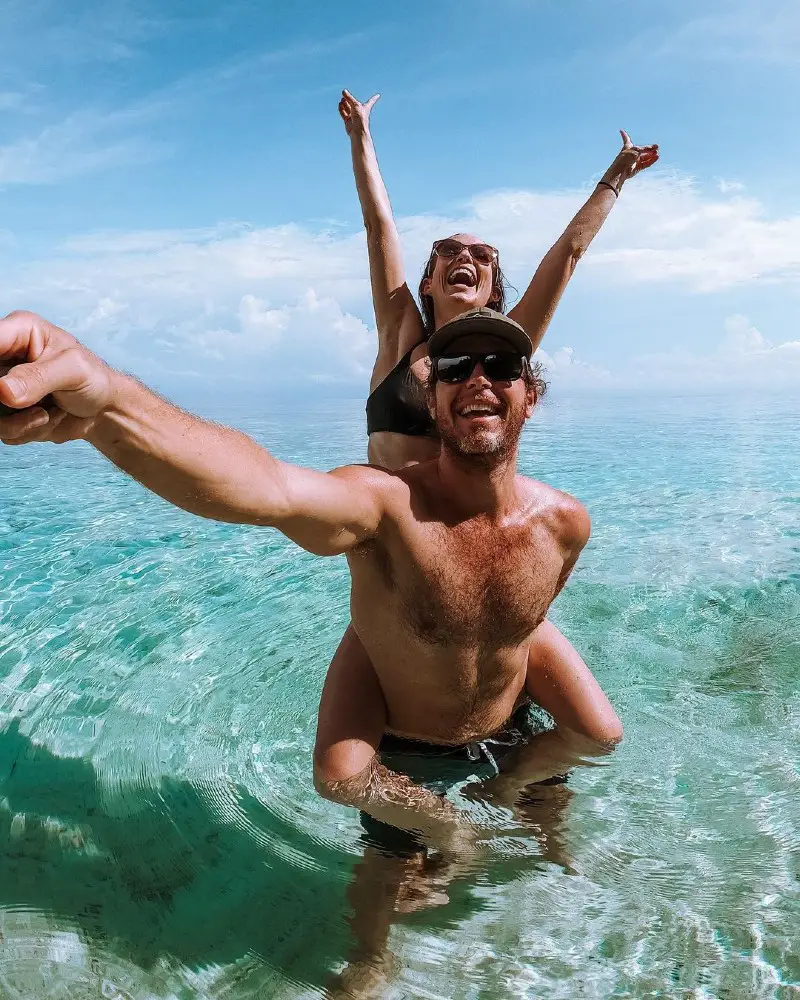
Living the Dream in the Solomons
Jase had been based on Uepi Island for around nine years before I moved to live and work on Uepi Island back in 2015. We have now been living in the Solomon Islands together for over five years. In that time, we have had a wedding and two children – Arlo (three years) and Ophelia (18 months).
Our typical day (pre-covid) would usually involve waking up early to open the resort and greet our guests at breakfast. Alongside Jase’s parents who also live and work at the resort, we are responsible for all meal planning, arranging activities for our guests, organising our staff of local employees and keeping everything in the resort running to standard.
We usually try to squeeze in a water based activity (scuba diving, free diving, snorkelling, swimming or stand up paddling) everyday and enjoy our time together as a family. We love getting to know our visitors and whenever possible we like to get in the water and share experiences with our guests as this is the most rewarding part of managing the resort!
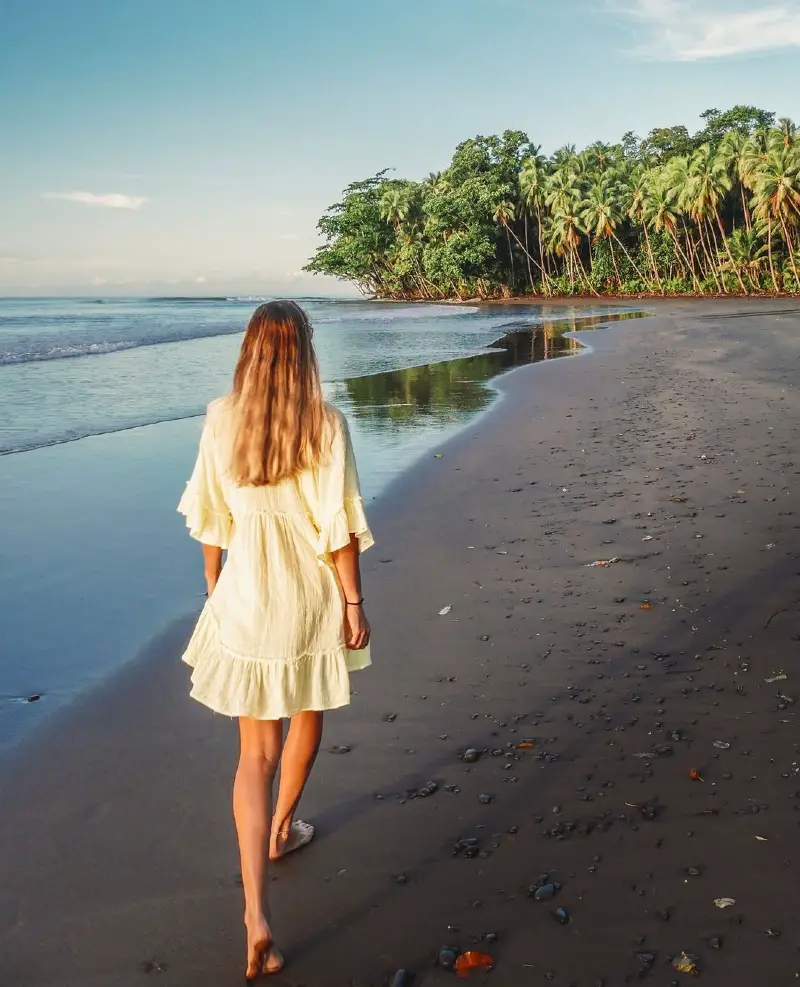
Why the Solomon Islands Should be on your Bucket List
The Solomon Islands is an archipelago of over 900 islands boasting amazing environments above and below the surface. The Marovo Lagoon is the longest salt water lagoon in the world and the outer barrier reef islands provide access to diverse marine environments that attract incredible creatures such as shark species, manta rays, turtles and dolphins.
There are numerous outdoor activities you can do or you can take the more relaxed approach and lay in a hammock sipping on a cold green coconut! Tropical fruits are plentiful in the Solomon Islands and fresh sustainably caught seafood is available on most islands of the archipelago.
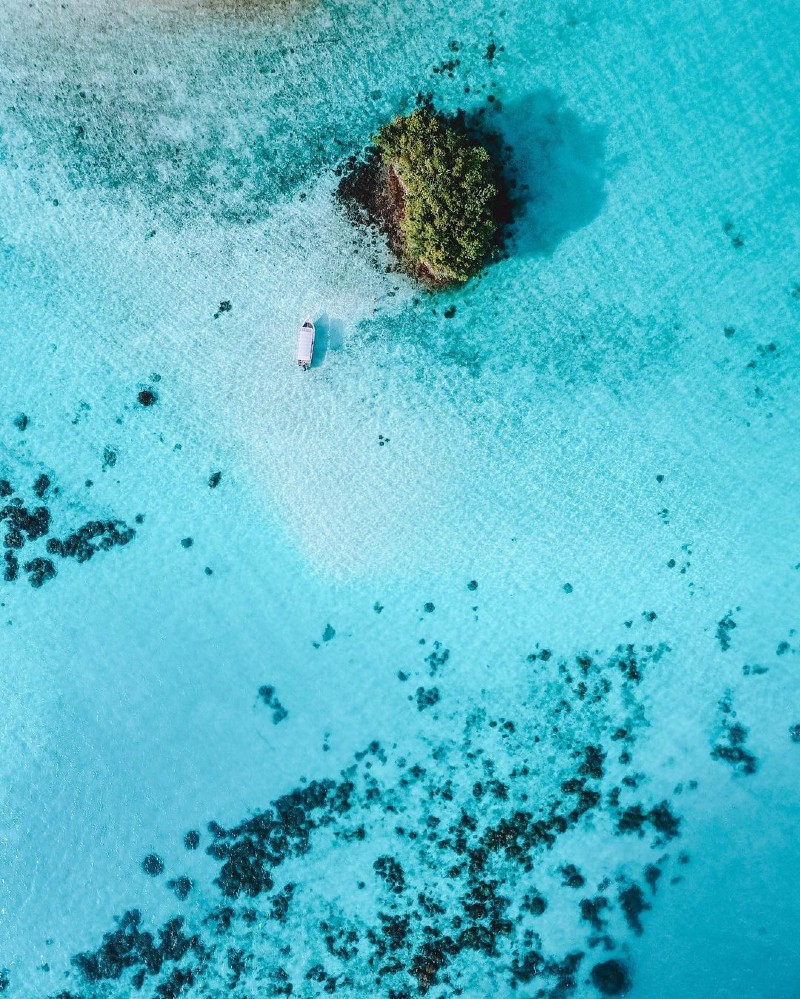
Favourite Places in the Solomon Islands – Uepi & Oravae Cottage
Our home on Uepi Island in the Marovo Lagoon obviously holds a special place in our hearts. Our family has been a part of this community for over 30 years now and our efforts in protecting the marine environment have led to us preserving some extraordinary coral reef ecosystems.
Jase and I absolutely love to escape to completely untouched islands in our area. There is a very special feeling when you are the only people for miles and there is so much to see under the surface! We also love taking longer trips to islands in the Western Province of the Solomons to chase waves. Usually our go-to spot is Oravae Cottage just out from Gizo.
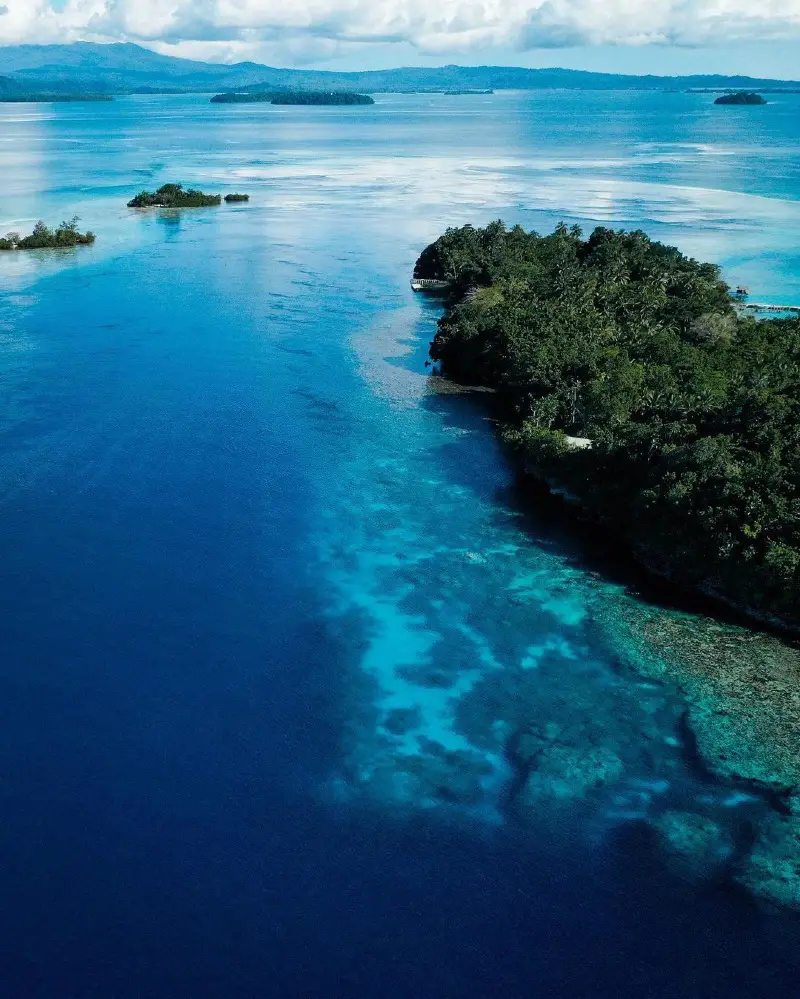
9 Best Things To Do in the Solomon Islands
I love the Solomon Islands and there is so much to do here. From snorkelling and scuba diving, to local markets and war heritage sites, to amazing hikes and wildlife displays – there is never a shortage of things to do in the Solomons! Below are my top recommendations for your visit:
1. Snorkel or Freedive through the Coral Gardens
The coral gardens in the Solomon Islands are so diverse and offer something for every skill level – whether you are a casual snorkeler or experienced freediver. Swimming with manta rays is an experience like no other! You will be in awe when you see these creatures.
2. Go Scuba Diving in Reefs, Caves & Wrecks
The Solomon Islands has spectacular diving spots. You can explore fringing reefs, hard and soft coral gardens, go cave diving, shark diving, night diving and more. There are multiple WWII wrecks (fighter planes) to dive, scuttled wrecks and more around the country depending on your interests.
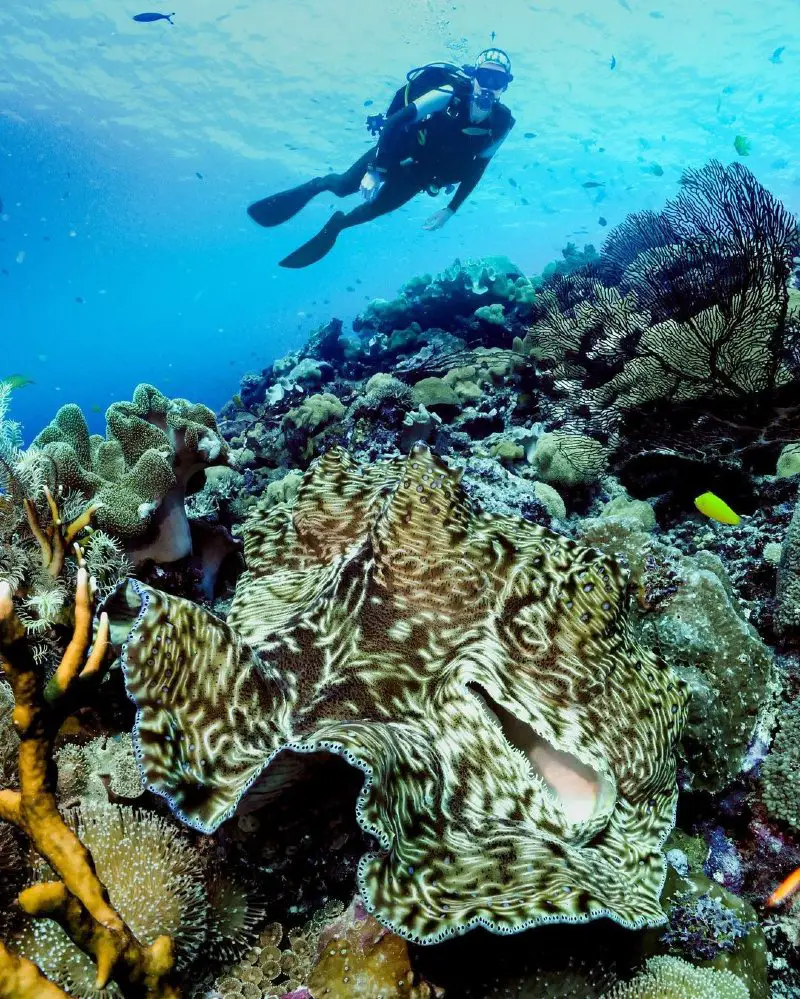
3. Take a Sea Kayaking Tour of the Lagoon
Taking a tour of the Marovo Lagoon by a short or long kayaking trip is a magical way to see the islands and immerse yourself in the local culture – camping under the stars and enjoying sunrises and sunsets along the way.
4. Spot Marine Life on a Paddle Boarding Adventure
Paddle boarding is such a magical way to explore marine life. Hands down, it’s the best way to spot turtles, manta rays and other creatures from the water! Plus it’s a great workout if you go for long enough.
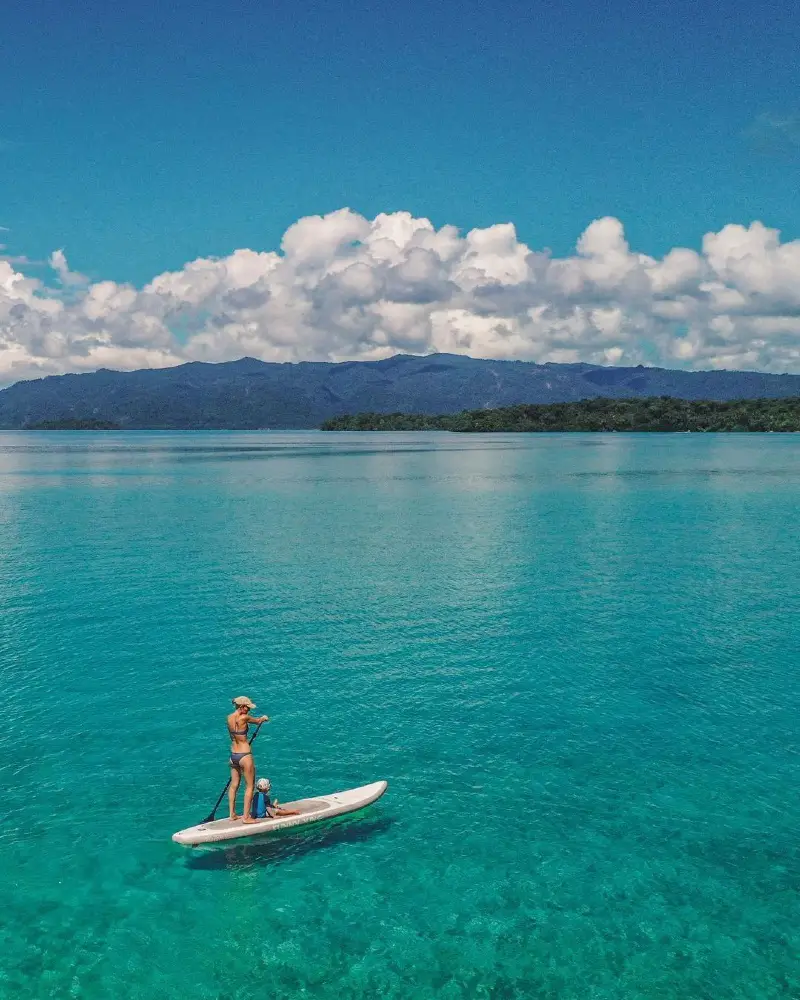
5. Chase the many Waterfalls of the Solomon Islands
There are some wonderful waterfall hikes in Guadalcanal. This island was an important battleground in WWII and is full of history and war relics. It’s also full of epic waterfalls such as Mataniko Falls. Visiting the island is a must-do for history and nature lovers, as you can combine the two.
6. Shop at a Local Carver’s Market in the Solomons
The Solomon Islands is home to some of the South Pacific’s most talented handicraftsman and wood carvers. Wood artwork here is impeccable and the markets offer so much more than tacky souvenirs/throw away gifts.
7. Visit the World War II Heritage Sites of Guadalcanal
Guadalcanal is famous for an Allied campaign against the Japanese that stretched from August 1942 to February 1943. The war heritage sites on the island are fascinating to discover. You can enjoy long hikes on the island such as the Galloping Horse Ridge which is full of history.
8. Star Gaze up at the Infinite Nights Sky
The Solomon Islands are about as geographically remote as possible which means there is no light pollution or noise to be found on any of the islands. No matter where you are, be sure to take a night walk and look up to appreciate the stars. They will absolutely blow you away, night after night!
9. Check out the Amazing Turtle Reserves
Islands such as Tetepare and Arnavon Islands are the perfect places to visit turtle research stations. If you are lucky you might see the turtles laying eggs. This is a must-do for animal lovers looking for a unique activity.
Being Part of the Marovo Community in the Solomons
Our family has been a part of the Marovo community in the Solomon Islands for over 30 years. Both through our employment of villagers and through our work in our family’s charity, Solutions pa Marovo , which works in health, education and development. Our staff here are our family.
The culture of the Solomon Islands is so warm and welcoming and the local people are very jolly in the islands. There is always a joke to be had and smiles all round. And why not?! We are living on an island paradise after all.
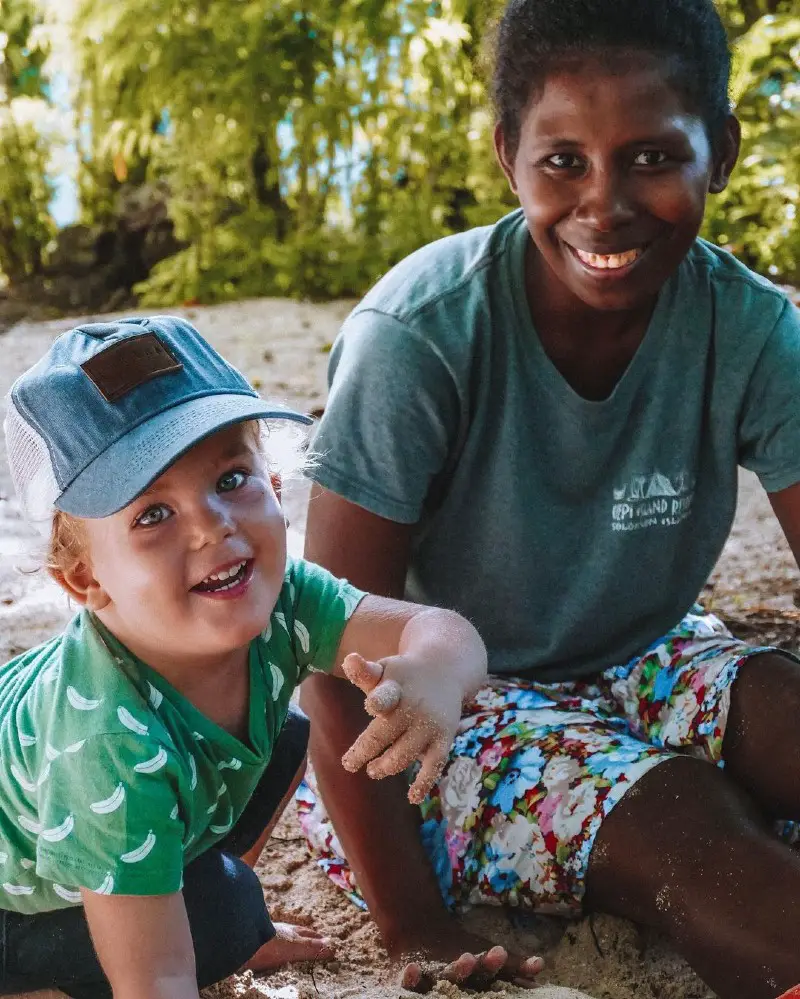
Fresh Food of the Solomon Islands
Depending on where you are in the Solomons, the local produce markets can provide affordable and good quality fruits, vegetables and seafood. In the larger towns, you will have access to food stores and butchers.
Here on Uepi, we grow a lot of our own fresh produce but we also purchase food directly from the local villages and our closest market place once each week at Seghe. We have arrangements with some local fisherman for the purchase of sustainably caught seafood and we catch our own.
The all inclusive experience for our guests here at Uepi includes amazing food, focused around fresh, local produce and seafood. In the capital of Guadalcanal, Honiara, there are several great restaurants and cafes. Our favourite spot for breakfast, lunch and coffee is The Breakwater Cafe.
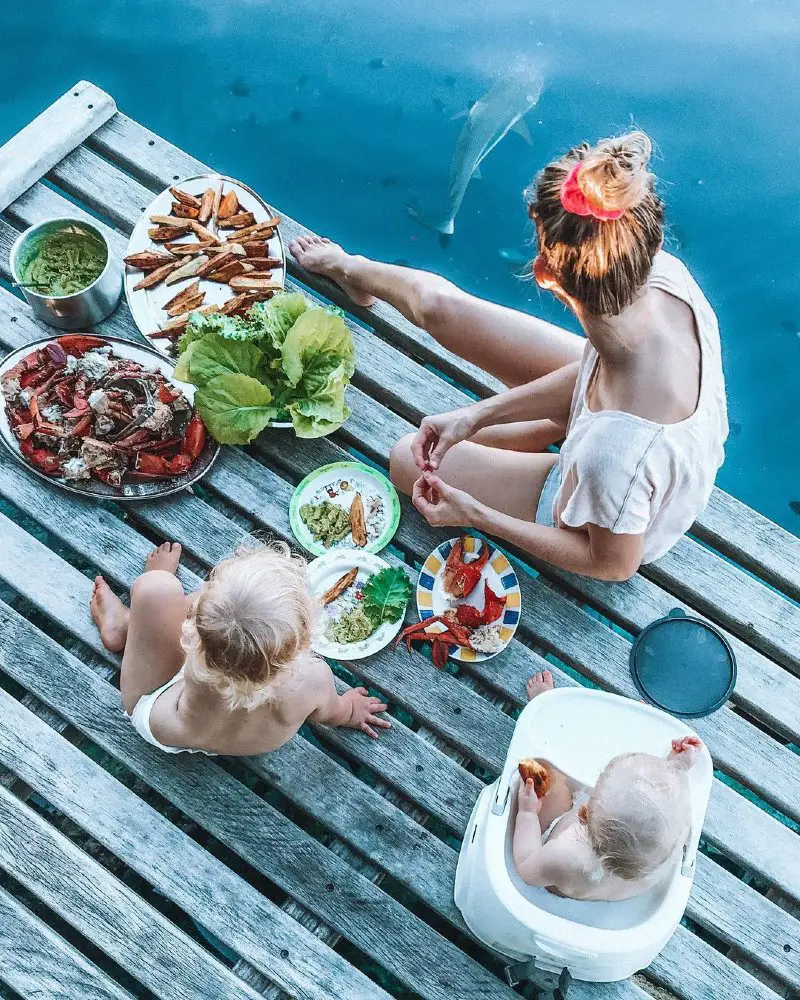
Staying at Uepi Island Resort
Uepi Island Resort is our home and best depicts our idea of the perfect island escape! If you are travelling to the capital our preferred hotel is The Coral Sea Resort Hotel. If you are looking for surf be sure to check out Oravae Cottage. In Marovo Lagoon you can stay here with us at Uepi Island Resort to enjoy some of the country’s best scuba diving and snorkelling.
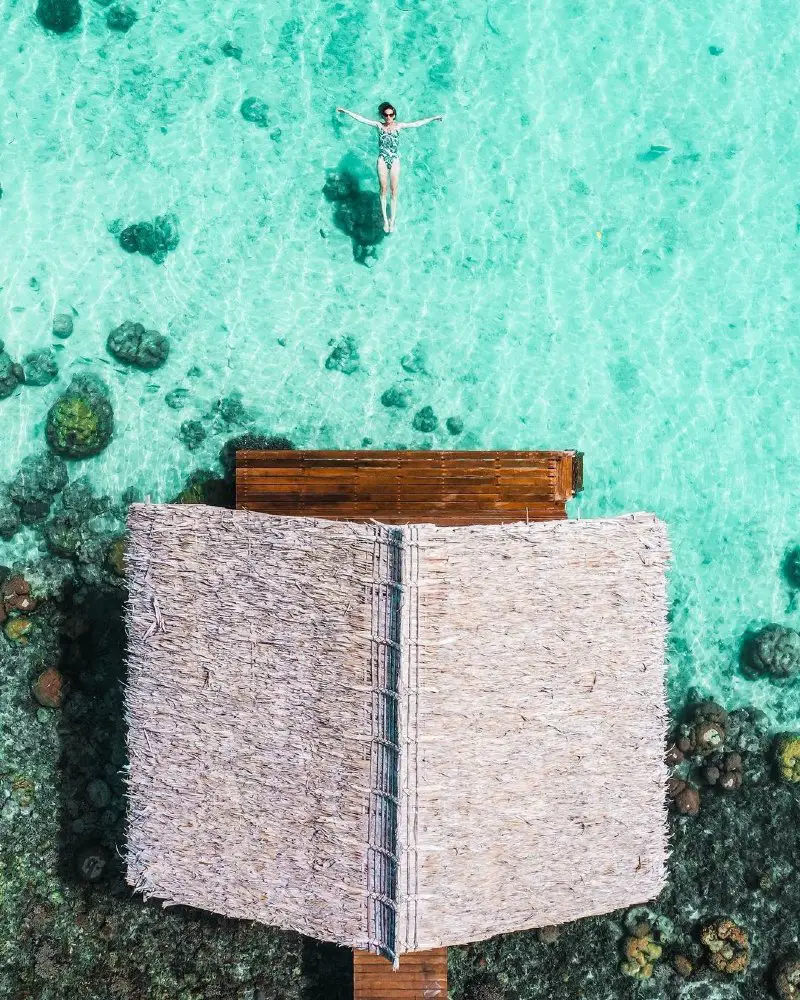
Special Moments with Marine Life
Our most memorable experiences in the Solomon Islands are always related to the environment and the moments we are able to share with creatures in the water. Imagine a hammerhead shark swimming toward you, or holding your breath as a giant manta ray swims over your body, leaving just inches between you. These are the moments you never forget!
Recently we were lucky to witness a leatherback turtle (endangered) laying eggs on a remote beach of Vangunu Island. It was surreal! The following day we observed the conservation team extract the eggs from the nest to relocate them to the hatchery for safekeeping to ensure the best survival of the species. This was a once in a lifetime experience!
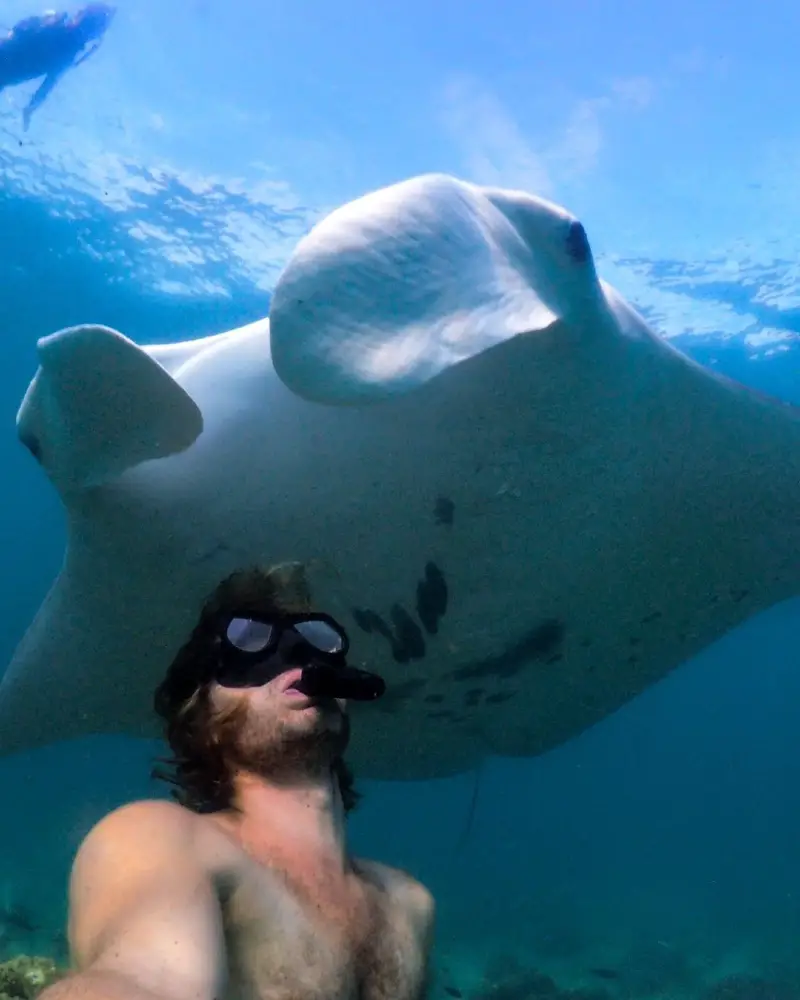
Travel Tips for the Solomon Islands
Before you visit, be sure to confirm you have a minimum of six months validity on your passport as this is a common cause for travellers being refused entry. Also, pack plenty of swimwear and light wear clothing. It’s culturally inappropriate at times for women to show their thighs.
Women should wear knee length skirts/pants or a lava lava when visiting a local village, especially in the more remote islands. Please be mindful of the environment. Use reef safe sunscreen, don’t bring plastics unless you carry home the waste and always admire the coral without touching!
Apart from that, just enjoy your time in paradise! I’m sure you will fall in love with the Solomon Islands just like we have over the years 🙂
BY KATIE KELLY IG: @THEISLANDLIFEOFUS
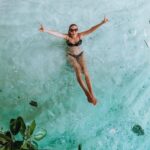
Author: Katie Kelly
Katie Kelly is originally from Townsville, Australia and now calls the Solomon Islands home. She is now living the island life with her husband Jase and two beautiful children.
Related posts

Leave a Reply Cancel reply
Your email address will not be published. Required fields are marked *
Save my name, email, and website in this browser for the next time I comment.
Post comment
Travel experiences
Accommodation.
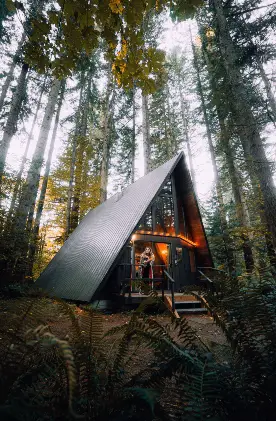
Beaches & Islands
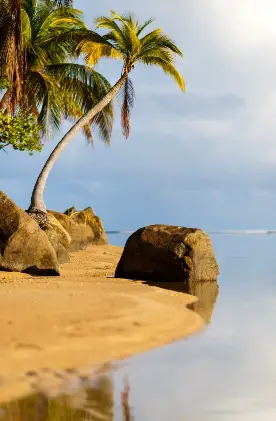
Food & Drink
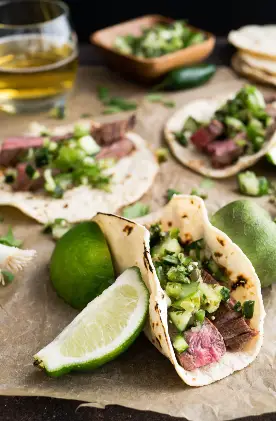
Historical Sites

Living Abroad
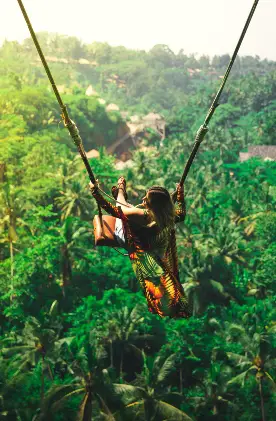
National Parks
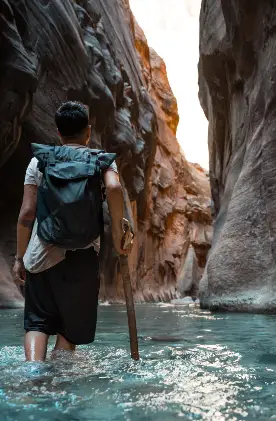
Towns & Villages
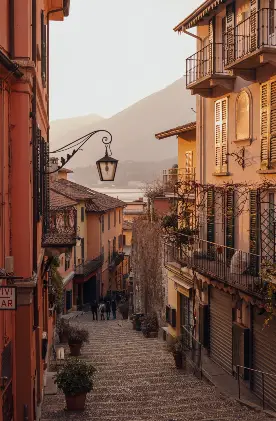

Travel Tips
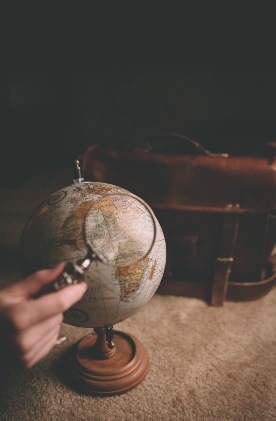
Sign up to our newsletter
Solomon Islands Travel Guide
Popular destinations, san francisco, new york city.
- Terms of Use
- Privacy Policy
- Your US State Privacy Rights
- Children's Online Privacy Policy
- Interest-Based Ads
- About Nielsen Measurement
- Do Not Sell or Share My Personal Information
- Nat Geo Home
- Attend a Live Event
- Book a Trip
- Inspire Your Kids
- Shop Nat Geo
- Visit the D.C. Museum
- Learn About Our Impact
- Support Our Mission
- Advertise With Us
- Customer Service
- Renew Subscription
- Manage Your Subscription
- Work at Nat Geo
- Sign Up for Our Newsletters
- Contribute to Protect the Planet
Copyright © 1996-2015 National Geographic Society Copyright © 2015-2024 National Geographic Partners, LLC. All rights reserved

- Testimonials
- Meet the Team
- Work With Us
- Outlook Features
- Sign Up Today
- Travel Guides
- Middle East
Solomon Islands Travel Guide 2019

The Solomon Islands, an untrodden archipelago in the South Pacific, is the place to go for diving, trekking, and relaxing on footprint-free beaches.
SOLOMON ISLANDS
If you dream of travelling to an untouched paradise, head to the Solomon Islands. It’s an archipelago of 992 small islands scattered across the South Pacific, east of Papua New Guinea and stretching to Vanuatu in the west. Imagine iridescent seas, deserted white-sand beaches and dramatic sunset skies. The archipelago is popular with honeymooners, thanks to its idyllic atmosphere, but it also attracts adventure travellers keen to explore the archipelago’s most far-flung corners. The most intrepid attempt to scale Mount Pomonaseu, the highest point in the Solomon Islands. Many more take advantage of the islands’ unrivalled diving opportunities, exploring an underwater world of translucent seas and over 900 different species of coral, while surfers seek out the uncrowded waves and beach breaks on offer across the archipelago.
But the islands haven’t always been peaceful. The island of Guadalcanal was the scene of one of the bloodiest battles of World War II, which raged for six months and cost more than 30,000 lives. The landscape is littered with war artefacts, from rusted tanks in the jungle to foxholes used to shelter beleaguered, heavily outnumbered US Marines. The seafloor is strewn with submerged aircrafts and shipwrecks from the conflict, many of which are easily accessible dive sites.
The Solomon Islands is a diverse archipelago of different tribes and nationalities, where almost a hundred languages are spoken. Visit this fascinating region to uncover the local customs, or ‘kastoms,’ as they’re known on the islands.
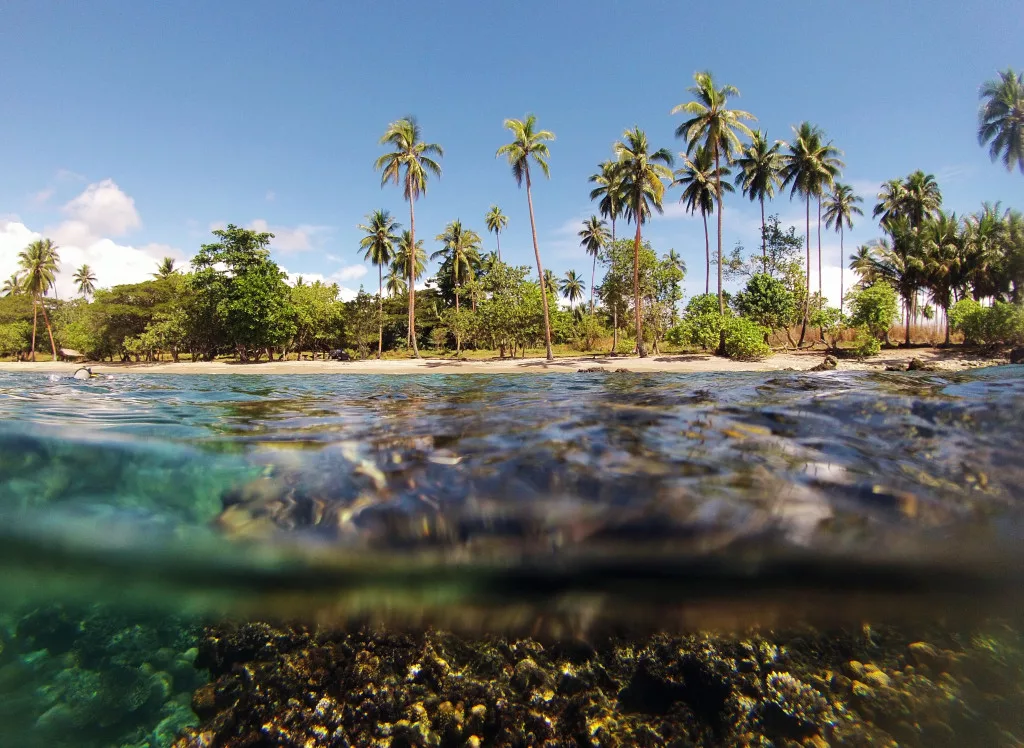
FOCUS ON SUSTAINABLE DEVELOPMENT
For decades, the economy of the Solomon Islands has been dependent on agriculture, forestry and mining, which account for around 40 percent of GDP. However, the Solomon Islands are vulnerable to climate change. Since the 1950s there has been an increase in sea temperature of between 0.12 – 0.18 degrees centigrade a decade. This, coupled with sea level rise, threatens agricultural production and fishing.
So, what is the solution? The Solomon Islands is working with the Australian Government on strategies to become more resilient. They continue to survey vulnerable habitats, assess change, and measure water quality. They are also investing in early warning systems and climate change adaptation systems.
Meanwhile, the government is highly aware of the importance of developing sustainably. The Ministry of Culture and Tourism is deeply involved in policy planning. Organisations such as Tourism Solomons help promote responsible ecotourism initiatives such as the conversation area of Tetepare Island and Titiru Eco-Lodge, which is built in harmony with nature. As the CEO of Tourism Solomons, Josefa ‘Jo’ Tuamoto says, “introducing this type of responsible tourism product that conserves our pristine environment, while helping to improve the welfare of the local people, is very much the way forward for this destination”.
He also points out that increased revenue from tourism will help support the economy. That hope is well placed in 2019 with the destination on track for an expected $0.7 billion in foreign exchange earnings. “This will greatly assist the country in addressing the issues of economic and sustainable development and support social change such as mitigating urban drift by local youth,” Tuamoto adds.
Despite the country’s challenges, tourism’s boost to the economy – and the government’s awareness of developing sustainably – provides hope for the future.
TOURISM INSIGHTS: TOURISM SOLOMONS
The Solomon Islands government has set an ambitious target for the tourism sector to achieve by 2025: to attract 60,000 annual visitors to its shores, netting the economy one billion SBD ($120 million). As the national tourist office, Tourism Solomons is playing a key role in achieving this target, helping promote and market the Solomon Islands around the world. We spoke to the CEO of Tourism Solomons , Josefa ‘Jo’ Tuamoto, about the organisation’s goals and vision for the future.
Q&A WITH JOSEFA ‘JO’ TUAMOTO, CEO, TOURISM SOLOMONS
What are your key focus areas and objectives as an organisation?
Josefa ‘Jo’ Tuamoto (JT): We have several focus areas. For a start, we serve as the primary source of Solomon Islands tourism-related research, marketing, training and resource materials. We also provide marketing and promotional support to organisations in the Solomon Islands tourism sector. It’s also important to help forge partnerships and investment between public and private sector stakeholders. One of our most fundamental objectives is to act as ‘brand champion’ for the Solomon Islands regions, championing the unique, distinctive elements of our archipelago both nationally and worldwide.
How do you market a region as diverse as the Solomon Islands?
(JT): We realised that if the Solomon Islands was ever going to achieve its targeted $1 billion in tourism-related earnings within the next five to seven years, then a total transformation of the way the destination is positioned on the international stage was required to act as a catalyst. So, we came up with a new brand slogan for our destination: “Solomons Is.” “Is” becomes a simple statement with an intentional double meaning – it is both an abbreviation of islands and a verb, “is”. The beauty of this new brand is it allows us to attach the “Solomons Is.” tagline to just about anything – be that an emotion, an action, a noun or adjective – and we can also readily combine it to target specific demographics such as honeymooners, families or adventure travellers. As examples: “Solomons Is. Adventure”; “Solomons Is. Romance”. The brand gives us flexibility with an unlimited life cycle. It also allows every visitor to target or tag their own travel experience, making it uniquely theirs and uniquely Solomon Islands.
How do you see Solomon Islands developing as a business travel hub over the next year to two years?
(JT): We believe that the Solomon Islands is a spectacular, exotic and multicultural destination for business travellers. The availability of international-standard conference facilities, and the country’s warm hospitality, offer the perfect mix for an international business event. Honiara, the capital, is well-positioned to be a MICE hub in the South Pacific. Furthermore, Solomon Airlines’ decision to commence a direct service between Munda Airport and Brisbane in June – a flight which takes three hours – will hopefully be a catalyst for increased international visitation. We hope that this will, in the process, attract major investment in infrastructure which the country desperately needs.
Are there any projects in the pipeline you’d like to discuss with us?
(JT): Something which represents a major windfall for the country’s tourism aspirations is the Solomon Islands’ hosting of the 2023 Pacific Games. The potential this offers for employment is huge, with required new infrastructure, roads, sporting facilities, new hotel development and related tourism infrastructure projects. Improved infrastructure will also help develop a lucrative MICE industry. Solomon Islands Discovery Cruises, a project launched in 2018, is expanding its itineraries. Small cruise ships will take tourists to remote villages and the region’s amazing coral pastures. Having a dedicated niche adventure programme, operated by a local company, will give tourists a unique insight into our culture, history and environment – a huge build on our existing tourism product.
What challenges does the tourism industry in the Solomon Islands face?
(JT): One of the biggest challenges of sustaining tourism growth is making sure that our infrastructure can support increased tourist traffic into the country. Now, we only have 360 quality rooms and that is a constraining factor. Until we have at least 700 quality rooms available, our industry will continue to be constrained and hopes of reaching the one billion SBD target set by the government will be difficult to achieve.
Finally, what sets Solomon Islands apart from other destinations in the South Pacific?
(JT): The country has always been off the beaten track. This gives the opportunity for the Solomon Islands to claim characteristics setting it apart from its South Pacific neighbours: uncluttered, uncongested, unspoiled and unlimited adventure to name but a few.
HONIARA IN FOCUS
Around 10 percent of the islands’ population live in the bustling capital of Honiara. Although the city operates as a gateway into the more secluded parts of the Solomon Islands, it’s worth stopping to check out the sights. Get a taste of local culture at the lively Central Market, where producers from across the islands come to sell their fruit, vegetables and daily catch of fish. You’ll also find local crafts on sale. To learn more about the country’s culture, check out the small National Museum, which has displays on traditional dances, body ornamentation and archaeological findings.
The capital is rapidly transforming into a popular MICE hub in the South Pacific. It has a lot to offer business travellers, including high end hotels and conference facilities. There is a good food scene in the city, ranging from upmarket restaurants to barbecued street-food.
THE MOST UNUSUAL SOLOMON ISLANDS
There are 992 Solomon Islands, each with their own unique characteristics, customs and stories. Most visitors stick to the largest islands in the archipelago, such as Guadalcanal. But if you venture further afield, you’re sure to have some fascinating adventures. Charter a boat and head to these four unusual islands.
SKULL ISLAND
If you’re interested in delving deeper into the islands’ grisly head-hunting past, take the 30-minute boat ride from Munda to this islet on Vonavona Lagoon. This is where warriors bought the heads of the enemies they vanquished – now the skulls line the shores. There’s also a triangular-shaped shrine that holds skulls of Rendovan chiefs, dating back hundreds of years. The last chief, a Christian, was buried here in the 1920s with his head intact.
KENNEDY OR ‘PLUM PUDDING’ ISLAND
This idyllic tropical island was referred to colloquially by locals as Plum Pudding Island. However, after American President John F. Kennedy was marooned on the island during World War II, it was renamed. While at war in the South Pacific, a Japanese destroyer ploughed into Kennedy’s PT-109 boat, slicing it in half. He and his men had to swim through the darkness for four hours. They were eventually washed ashore onto Plum Pudding island and were later rescued by islanders. These days, the island is a popular spot for daytrips – tourists snorkel in its bays and hold barbecues on its shores.
SAVO ISLAND
Savo Island has an active volcano and bubbling hot springs. The heat of the ground has traditionally attracted megapodes – black birds that use the warm environment to keep their eggs incubated. They arrive at dawn, lay their eggs in the volcanic soil, and then fly away. Unfortunately, such inattention has meant that local villagers have traditionally dug up eggs as a source of food and income. Now, only one egg-laying field remains. However, it’s still worth visiting the island for its deserted beaches, or to trek up to the crater of the volcano.
TETEPARE ISLAND
Known as ‘the last wild island’, Tetepare is the largest uninhabited island in the South Pacific. It’s a rugged island, cloaked in rainforest and fringed with coral reefs. There are many stories attempting to explain why the island has been abandoned for 150 years, ranging from fears of head-hunting to curses. Whatever the reason, it’s gloriously untouched. And its landowners want to keep it that way. They have rejected logging offers and protect and manage the island as a conservation area. It’s world-renowned for its dazzling profusion of flora and fauna, including the endangered leatherback turtle.
If you’re interested in finding out more about these islands, or to arrange trips to them, check out the Visit Solomons website.
LANDMARK DIVE SITES
WHITE BEACH
Once the site of a World War II American supply base, departing troops threw everything into the sea. This created an artificial reef formed of tractors, jeeps, and bulldozers; all now encrusted with colourful corals.
DEVIL’S HIGHWAY
A dive site renowned for its vast population of manta rays, which use this shallow channel as a feeding place. You’re likely to spot other pelagics, such as sharks, here too.
TWIN TUNNELS
One of the world’s best reef dive sites, consisting of two 120-metre long lava tubes, covered in a multitude of different coral species. There’s a profusion of marine life here, including pygmy seahorses, moray eels and shoals of colourful fish.
GETTING THERE AND AROUND
Five airlines provide flights into Honiara: Solomon Airlines (a codeshare partner of Qantas), Virgin Australia, Fiji Airways, Air Niugini and Air Vanuatu. Solomon Airlines flies between Honiara and Brisbane six days a week. They’ve also recently introduced a new direct flight between Brisbane and Munda. It’s also possible to fly from Honiara to other tourist destinations in the Solomon Islands.
You can travel around the islands by taxi, although it’s more common to take a boat. Charter a dinghy or hop onto a passenger boat. The MV 360 Flyer/Discovery operates regular services between Honiara, Tulagi and Auki.
OUTLOOK RECOMMENDS
For budget travellers…
Maringe Lagoon Lodges
For beachfront style…
Pacific Casino Hotel offers 142 spacious, air-conditioned rooms with sweeping ocean views. It’s a great place to relax – soak up the sun by the pool or treat yourself to a massage. But there’s plenty to entertain guests too, including a large casino with blackjack, poker and roulette tables; a restaurant and the lively Canoe Bar.
For South Pacific sophistication…
Coral Sea Resort & Casino is the Solomon Islands’ first five-star resort, and a stay here comes highly recommended. The resort is in Honiara’s CBD, nestled in tropical gardens with views of the ocean. Stay in spacious suites or the opulent Coral Sea villas, which have a media hub, a kitchenette and a private jacuzzi. Relax by the outdoor pool. Treat yourself to a meal with friends at Haydn’s Steakhouse, or a romantic dinner at Harry’s Landing. If you want to explore further afield, the resort has a luxury boat which can be chartered for everything from fishing trips to sunset cruises.
For oceanfront luxury…
Heritage Park Hotel
For diving trips…
For unique cultural excursions…
Go West Tours
For bespoke travel tours…
Guadalcanal Travel Solomons will help you streamline your trip to the Solomon Islands. Its staff can arrange accommodation, car hires, tours and activities for personal and corporate travellers, individuals and large groups. With over 100 years of travel industry experience, and knowledge of the area, they can provide unique insights into local culture and activities.
For upmarket Asian street food…
The Boardwalk
For laidback snacks…
Bamboo Bar Café
For authentic Indian cuisine…
The Taj Mahal
Solomon Airlines
Virgin Australia

Solomon Islands Travel Guide
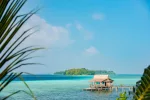
Solomon Islands : Outlook Recommends

Solomon Islands Diving Spots In Focus

Solomon Islands : Landmark Attractions
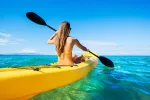
Getting To and Around The Solomon Islands
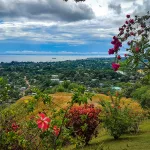
Honiara In Focus

Brisbane Travel Guide

French Polynesia Travel Guide
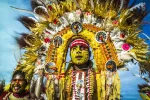
Papua New Guinea Travel Guide

The Cook Islands Travel Guide
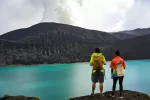
Vanuatu Travel Guide
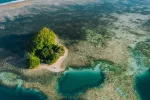
Palau Travel Guide
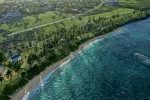
Mariana Islands Travel Guide
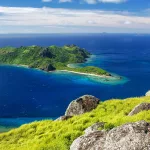
Fiji Travel Guide

Gold Coast Travel Guide
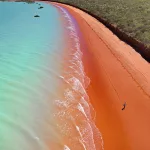
Western Australia Travel Guide

Jordan Banks : Behind the Lens

Tootbus : Travel Business

Queensland Indigenous Womens Ranger Network

Under SXM : Creating Sustainable Underwater Experiences

Hidden Spots for Cherry Blossom Season : Round Up

Urbino : The Last Stop

Enrico Costantini : Behind the Lens

Lepogo Lodges : A Sustainable Safari Experience

Casa de Olivos : Sustainability Stories

Opulence on the Orient Express
Sign in to your account
Username or Email Address
Remember Me
Made with by Gopal
No products in the cart.
Check back for the Solomon Islands travel guide.
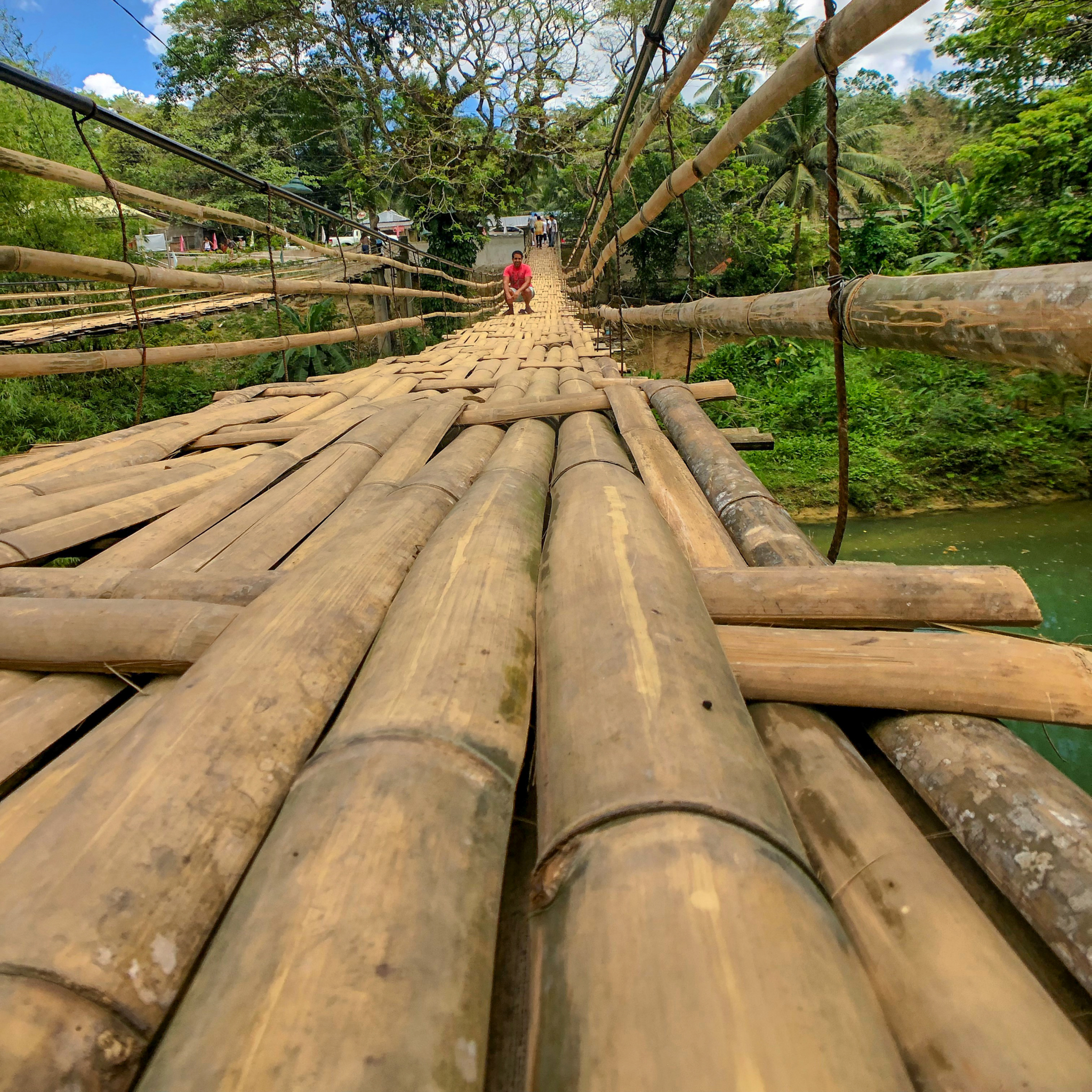
7 Fun Things to Do in a Bohol Daytrip from Cebu City – 2024 Itinerary
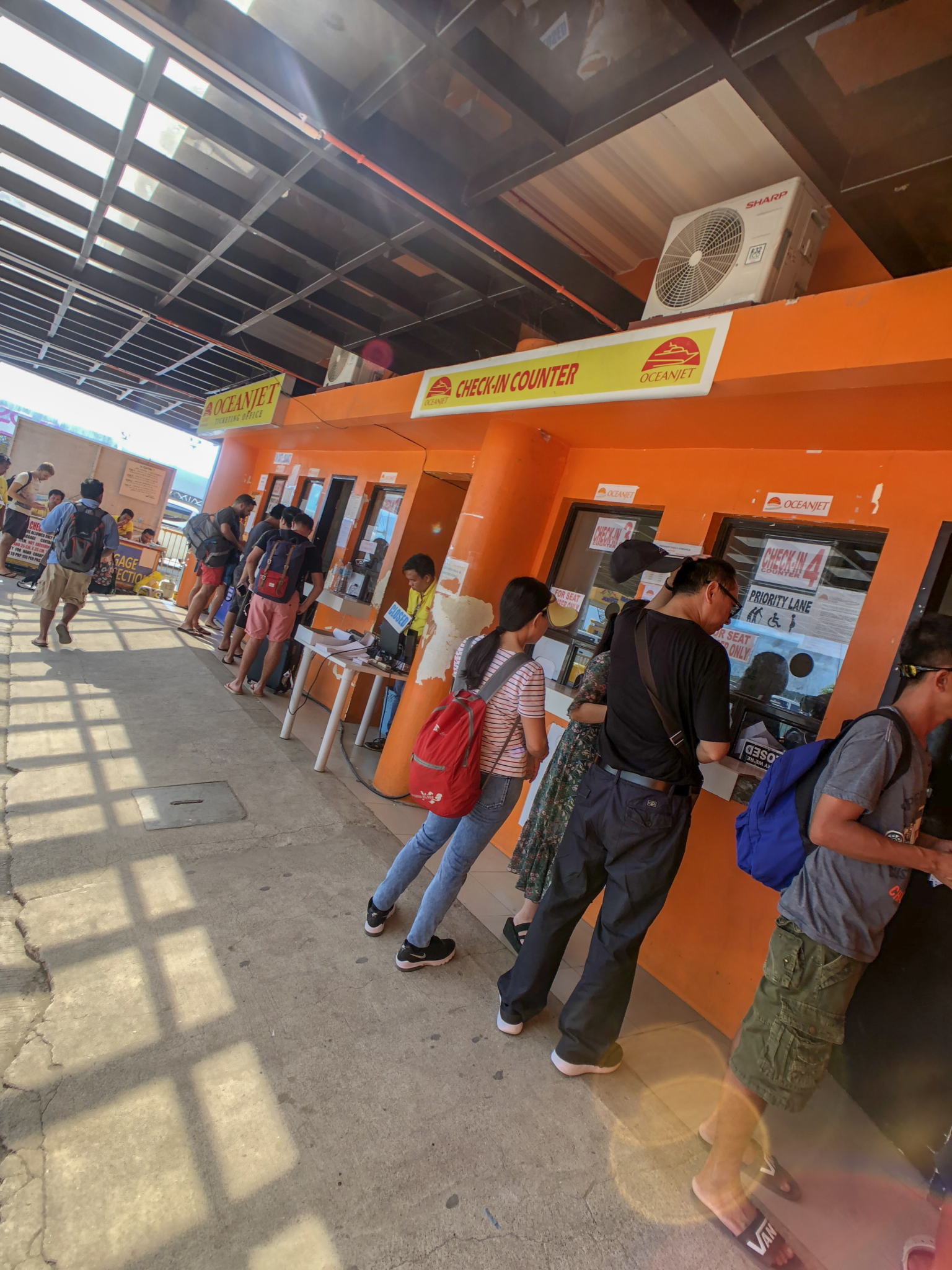
Oceanjet Ferry Philippines 2024 Schedules
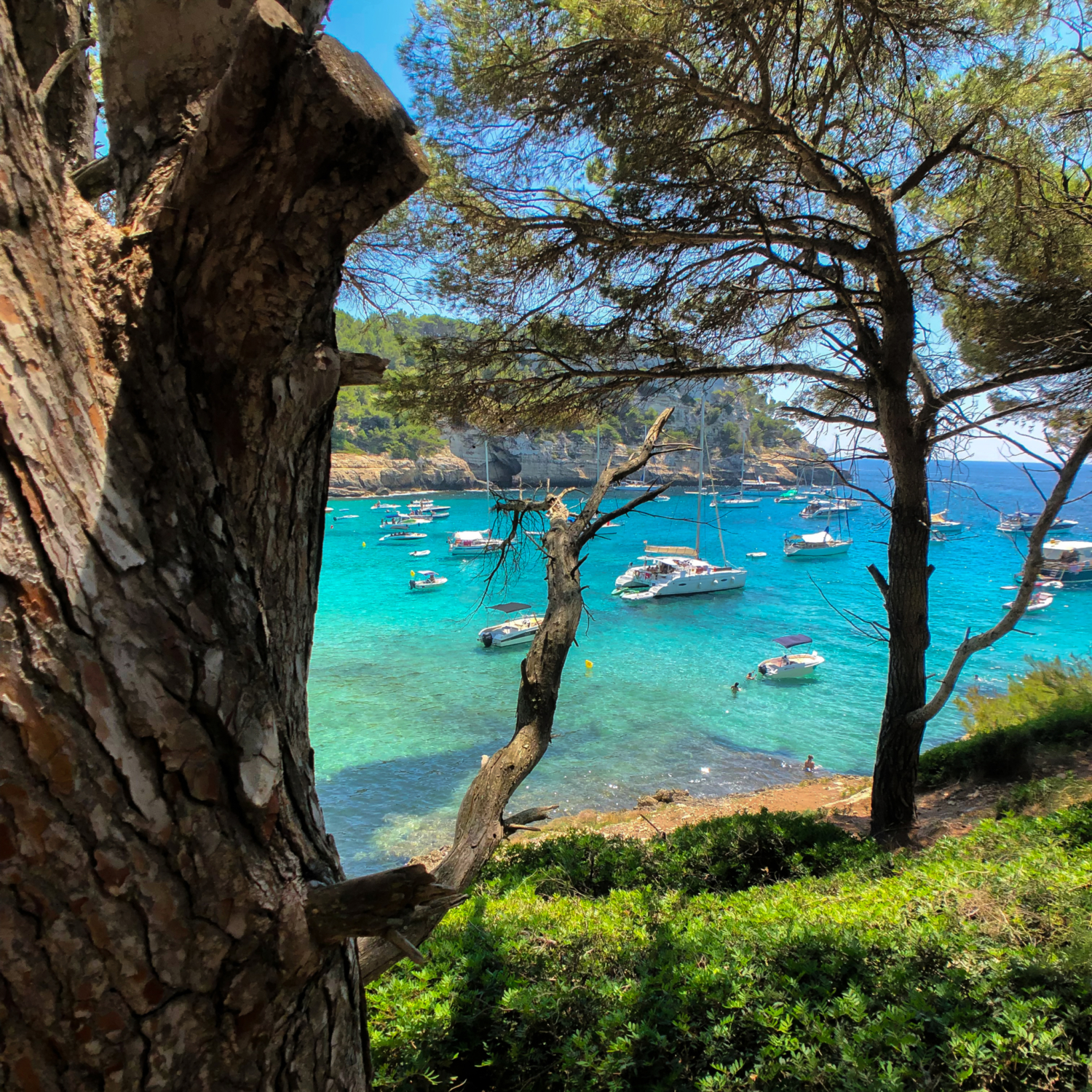
Top Beaches in Spain: RATED and SCORED (Updated 2024)
Get our best tips sent straight to you.
We love to travel and love to share our insider tips and tricks for traveling smarter and saving money. Start planning your next trip like a pro! 1. Travel smarter. 2. Spend less. 3. Stay longer.

Search Smartraveller

Solomon Islands
Latest update.
Exercise normal safety precautions in Solomon Islands overall.
Higher levels apply in some areas.
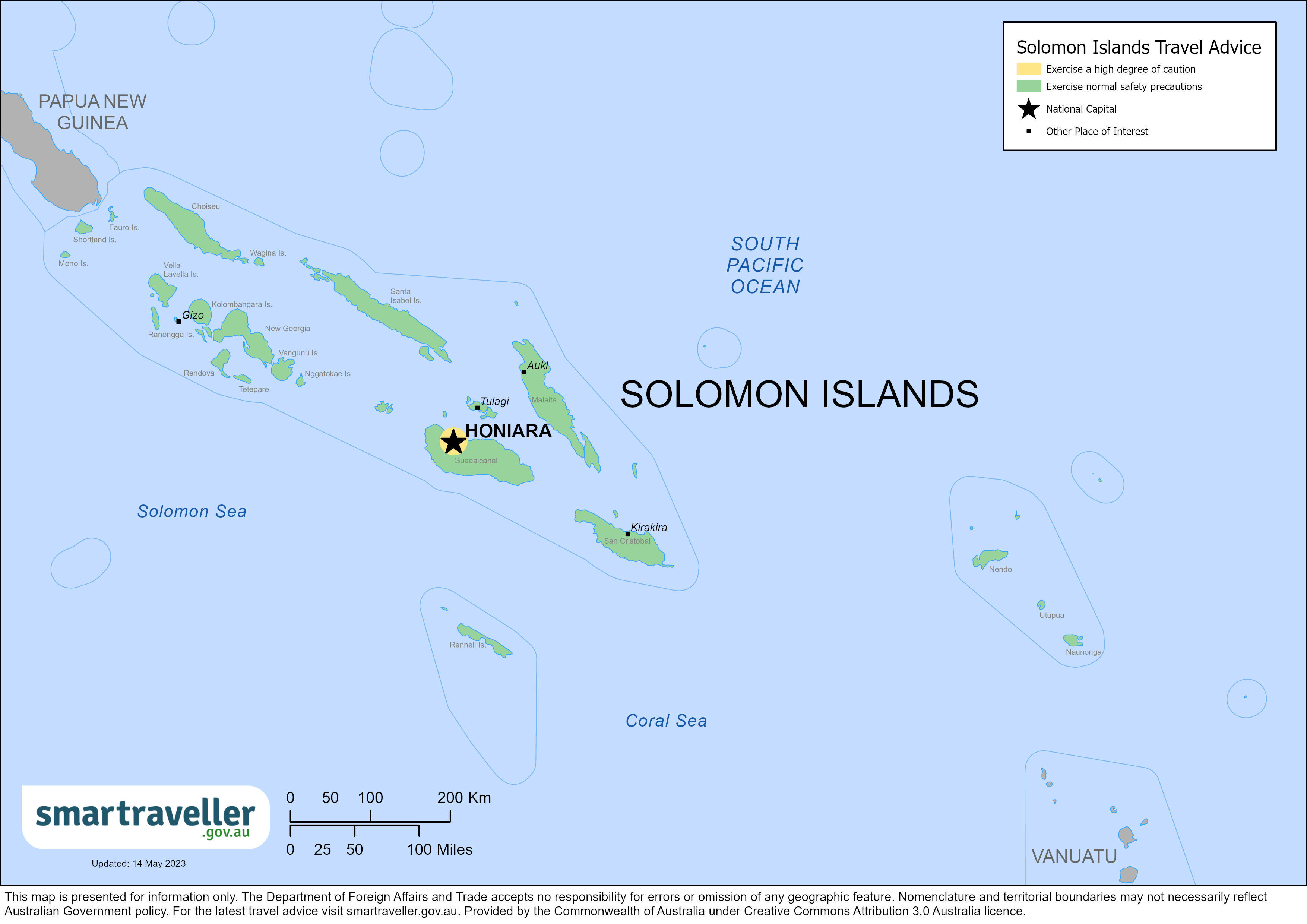
Solomon Islands (PDF 707.87 KB)
Pacific (PDF 1.27 MB)
Local emergency contacts
Fire and rescue services, medical emergencies.
Call 111 or go to the hospital.
Advice levels
Exercise a high degree of caution in Honiara.
Exercise a high degree of caution in Honiara due to security issues.
- Petty crime, break-ins, robbery and sexual assault can occur. Keep your accommodation locked. Lock your vehicle doors and windows, even while moving.
- Political unrest can happen during sittings of Parliament, elections and times of political uncertainty. Demonstrations can turn violent quickly. Avoid protests and political gatherings.
- Be aware of local wildlife. Street dogs in Honiara can be vicious. Sharks and crocodiles are common. Get local advice before entering the water.
- Natural disasters, such as tropical cyclones, earthquakes and tsunamis, occur. Listen to Solomon Islands Broadcasting Corporation on radio station AM1035 for official updates.
- Mobile and internet services can be limited in some areas of the Solomon Islands. Have a backup communications plan.
Full travel advice: Safety
- Malaria and dengue fever are widespread. Zika virus and chikungunya are also present. Ensure your accommodation is insect-proof. Use insect repellent. If you're pregnant, discuss the risk of the Zika virus with your doctor.
- Fatal outbreaks of rotavirus have occurred. Children are most at risk but can be vaccinated. Wash your hands thoroughly with soap and water after going to the toilet and before preparing or eating food.
- The hyperbaric chamber in Honiara has basic functionality but is not capable of providing any in-chamber life support. If you experience decompression sickness (DCS) as a result of scuba diving, you may still require specialised transport to transfer you to another country for treatment.
If you're contemplating scuba activities, you should obtain appropriate insurance and contact Divers Alert Network for the most up-to-date advice.
Full travel advice: Health
- The legal drinking age is 21 years.
- It's illegal to import or possess pornographic material.
- We may only be able to offer limited consular assistance to dual nationals. Always travel on your Australian passport.
- Solomon Islands society is conservative. Avoid swearing and being affectionate in public. Dress appropriately.
- Solomon Islands law does not recognise same-sex relationships. It's a criminal offence to engage in same-sex sexual activity. Penalties include jail sentences.
Full travel advice: Local laws
- You can get a 'Border' visa on arrival for stays of up to 45 days. For stays of more than 45 days or if you intend to visit frequently, you must apply for the relevant visa with the Ministry of Commerce, Industry, Labour and Immigration .
- Entry and exit conditions can change at short notice. Contact the Solomon Islands High Commission for the latest details.
- International credit cards are only accepted in major hotels and large shops in Honiara. Credit cards are only sometimes accepted elsewhere. Cash is the primary currency outside of Honiara. Have multiple ways to access money.
- Some parts of the country, including central Honiara, still have unexploded weapons from World War II. Seek local advice and take care when hiking, boating or diving in these areas.
Full travel advice: Travel
Local contacts
- The Consular Services Charter details what the Australian Government can and can't do to help you overseas.
- The Australian High Commission in Honiara can provide consular assistance to Australians in difficulties.
- To stay up to date with local information, follow the High Commission’s social media accounts.
Full travel advice: Local contacts
Full advice
Violent crime.
There has been an increase in violent crime targeted at expatriates, including home invasions.
Crimes that might affect you in Solomon Islands include:
- house break-ins
- vehicle break-ins
- indecent exposure at guesthouses and in public places, including beaches
Verbal harassment, intimidation and assault can also happen at nightclubs or bars.
Serious attacks can also happen, including carjacking, robbery and sexual assault .
Women alone in public places are at the most risk.
Harassment and assaults, some resulting in serious injury, have occurred at popular tourist sites, including beaches close to Honiara.
There have been reports of youths blocking roads in the suburbs and on the outskirts of Honiara under the guise of collecting fees for road maintenance.
Crime usually increases:
- after political instability
- around Christmas
- before major holidays
- during times of civil unrest
To protect yourself from crimes:
- lock doors, windows and gates at your accommodation, even if you have security guards
- lock vehicle windows and doors, even when moving
Petty Crime
Keep your money and phone secure at all times.
Avoid being alone in remote and unfamiliar places.
Don't walk, jog or cycle alone after dark or in the early hours of the morning.
Cyber security
You may be at risk of cyber-based threats during overseas travel to any country. Digital identity theft is a growing concern. Your devices and personal data can be compromised, especially if you’re connecting to Wi-Fi, using or connecting to shared or public computers, or to Bluetooth.
Social media can also be risky in destinations where there are social or political tensions, or laws that may seem unreasonable by Australian standards. Travellers have been arrested for things they have said on social media. Don't comment on local or political events on your social media.
More information:
- Cyber security when travelling overseas
Kidnapping can happen anywhere, anytime, including destinations that are typically at lower risk. The Australian Government's longstanding policy is that it doesn't make payments or concessions to kidnappers.
More information:
- Kidnapping
Civil unrest and political tension
Demonstrations and protests.
Political demonstrations and protests can escalate quickly into violence, especially during:
- parliamentary sittings
- political uncertainty
- industrial relations disputes
- high profile investigations
- land disputes
- court cases
Avoid large gatherings and to be mindful of your safety and security. Avoid large gatherings and any other suspicious activities.
It may be advisable to maintain food, fuel and cash supplies if there are disruptions to services or supply chains.
To stay safe during periods of unrest:
- monitor local media for issues
- avoid areas affected by protests and roadblocks
- follow the advice of local authorities
More information:
- Demonstrations and civil unrest
Terrorism is a threat worldwide.
Tours and adventure activities
Transport and tour operators don't always follow safety and maintenance standards, including adventure activities like scuba diving.
If you plan to do a tour or adventure activity :
- check if your travel insurance policy covers it
- ask about and insist on minimum safety requirements
- always use available safety gear, such as life jackets or seatbelts
If proper safety equipment isn't available, use another provider.
Animal and wildlife safety
Around Honiara, street dogs roam freely, sometimes in packs. Some packs and individual dogs attack people walking, running or cycling.
Freshwater and saltwater crocodiles and sharks are common. Sometimes, they come close to Honiara, including near Mbonege Beach.
Ask for local advice before entering the water.
Climate and natural disasters
Solomon Islands can experience natural disasters and severe weather , such as:
- earthquakes
The Solomon Islands Government provides advice about natural disasters through:
- local newspapers
- radio (Solomon Islands Broadcasting Corporation on AM1035)
- television channels
To protect yourself if a natural disaster is approaching:
- keep your passport in a safe, waterproof location
- monitor local media and other sources
- stay in contact with your friends and family
- contact your tour operator or airline
- Solomon Islands Meteorological Service
- Global Disaster Alert and Coordination System
Cyclones and tropical storms
The cyclone season is from November to May. Tropical storms and cyclones may also occur in other months.
The direction and strength of cyclones can change with little warning.
Flooding and landslides can also happen. Services can be disrupted.
If there's a cyclone or severe tropical storm:
- you may get stuck in the area
- flights could be delayed or suspended
- available flights may fill quickly
- adequate shelter may not be available
To protect yourself if a cyclone is approaching:
- know your hotel or cruise ship's evacuation plans
- identify your local shelter
- World Meteorological Organisation Severe Weather Information Centre
- Surviving cyclones: preparation and safety procedures
Earthquakes, volcanoes and tsunamis
Solomon Islands is in an earthquake zone. Volcanic eruptions and tsunamis can also happen.
In November 2022, a magnitude 7.0 earthquake struck 53km south-west of Honiara, Guadalcanal Province. Earthquakes of magnitude 5.0 and above are felt routinely throughout Solomon Islands.
The island of Savo, 35km northwest of Honiara, is an active volcano. It has recently experienced an increase in seismic activity. Before travelling to the island, you should check for updates from local authorities, including the Solomon Islands National Disaster Management Office . Savo last erupted between 1835 and 1847.
To protect yourself if there's an earthquake:
- follow the advice of your accommodation provider and local authorities
- monitor The US Tsunami Warning System and other local sources
Move to higher ground if you're near the coast or a low-lying area.
For real-time information on earthquakes, check the US Geological Service .
To receive tsunami alerts, register with the International Tsunami Information Center .
Travel insurance
Get comprehensive travel insurance before you leave.
Your policy needs to cover all overseas medical costs, including medical evacuation. The Australian Government won’t pay for these costs.
If you can't afford travel insurance, you can't afford to travel. This applies to everyone, no matter how healthy and fit you are.
If you're not insured, you may have to pay many thousands of dollars up-front for medical care.
- what activities and care your policy covers
- that your insurance covers you for the whole time you’ll be away
Physical and mental health
Consider your physical and mental health before you travel, especially if you have an existing medical condition.
See your doctor or travel clinic to:
- have a basic health check-up
- ask if your travel plans may affect your health
- plan any vaccinations you need
Do this at least 8 weeks before you leave.
If you have immediate concerns for your welfare or the welfare of another Australian, call the 24-hour Consular Emergency Centre on +61 2 6261 3305 or contact your nearest Australian Embassy, High Commission or Consulate to discuss counselling hotlines and services available in your location.
- General health advice
- Healthy holiday tips (Healthdirect Australia)
Not all medication available over the counter or by prescription in Australia is available in other countries. Some may even be considered illegal or a controlled substance, even if prescribed by an Australian doctor.
If you plan to bring medication, check if it's legal in Solomon Islands. Take enough legal medicine for your trip.
Carry a copy of your prescription or a letter from your doctor stating:
- what the medication is
- your required dosage
- that it's for personal use
Health risks
Insect-borne diseases.
Mosquito-borne diseases are prevalent in Solomon Islands. Malaria and dengue are widespread across Solomon Islands.
Dengue outbreaks have occurred in the past. The Solomon Islands Public Health Emergency and Surveillance Unit continues to monitor for more outbreaks.
Malaria is found in most areas of Solomon Islands and occurs throughout the year.
Zika virus and chikungunya are also found in Solomon Islands. There's no vaccination for Zika virus.
The Australian Department of Health and Aged Care's Zika virus bulletin includes advice on how to minimise Zika virus risks.
If you're pregnant, it is recommended that you:
- discuss travel plans with your doctor
- consider deferring non-essential travel to affected areas
To protect yourself from disease:
- make sure your accommodation is insect-proof
- use insect repellent
- wear long, loose, light-coloured clothing
Consider taking medication to prevent malaria.
Solomon Islands has experienced outbreaks of rotavirus that have caused deaths, particularly among children.
Rotavirus is highly contagious and spreads through:
- person-to-person contact
- contaminated objects
- contaminated food or drink
A rotavirus vaccine for infants up to 6 months of age is available under the Australian National Immunisation Program.
You can stop the spread of rotavirus.
To protect yourself from rotavirus, wash your hands thoroughly for 10 seconds using soap and water and dry with a clean towel:
- after going to the toilet
- after caring for someone with diarrhoea
- before preparing or touching food
- before eating food
If children show signs of diarrhoea, seek medical attention.
Other infectious diseases
Foodborne, waterborne, parasitic and other infectious diseases occur in Solomon Islands. These include:
- tuberculosis
- sexually transmitted infections
To reduce your risk of illness:
- drink boiled water or bottled water with sealed lids
- avoid ice cubes
- avoid raw and undercooked food
Get medical advice if you suspect poisoning or have a fever or diarrhoea.
- Infectious diseases
Fish poisoning
Eating reef fish can result in ciguatera poisoning . Ciguatera is a naturally occurring seafood toxin.
Medical care
Medical facilities.
Medical facilities, rescue and emergency services throughout Solomon Islands are very limited. If you become seriously ill or injured, you'll need to be evacuated to Australia. Medical evacuation can be very expensive and time-consuming. Medical evacuation process currently takes 1-5 days to complete. Make sure your travel insurance covers you for medical evacuations. The hyperbaric chamber in Honiara has basic functionality but is not capable of providing any in-chamber life support. If you experience decompression sickness (DCS) as a result of scuba diving, you may still require specialised transport to transfer you to another country for treatment. Ensure you have appropriate insurance coverage if you plan to undertake risky activities like diving.
You're subject to all local laws and penalties, including those that may appear harsh by Australian standards. Research local laws before travelling.
If you're arrested or jailed, the Australian Government will do what it can to help you under our Consular Services Charter . But we can't get you out of trouble or out of jail.
It is illegal for those under the age of 21 to consume or be supplied with alcohol.
Same-sex sexual activity is illegal. Penalties include jail sentences. It's illegal to import or possess pornographic material.
Solomon Islands doesn’t recognise same sex relationships. It is a criminal offence to engage in same-sex sexual activity. Penalties include jail sentences.
- Advice for LGBTQIA+ travellers
Australian laws
Some Australian criminal laws still apply when you’re overseas. If you break these laws, you may face prosecution in Australia.
- Staying within the law and respecting customs
Dual citizenship
Solomon Islands introduced legislation to recognise dual citizenship in late 2020.
If you're a dual citizen, this limits our consular services if you're arrested or detained.
Always travel on your Australian passport .
- Dual nationals
Local customs
Standards of dress and behaviour are conservative in Solomon Islands.
Avoid public displays of affection and swearing, as these may offend locals.
Visas and border measures
Every country or territory decides who can enter or leave through its borders. For specific information about the evidence you'll need to enter a foreign destination, check with the nearest embassy, consulate or immigration department of the destination you're entering.
You can get a 'Border' visa on arrival for stays of up to 45 days. A border visa is issued once during a calendar year. For stays of more than 45 days, you must apply for the relevant visa with the Ministry of Commerce, Industry, Labour and Immigration .
Entry and exit conditions can change at short notice. Contact the Solomon Islands High Commission for details about visas, currency, customs and quarantine rules.
To enter Solomon Islands, it's recommended that you have proof of vaccination against measles. Acceptable proof includes either:
- a vaccine (yellow) card or other document which states the measles vaccine was administered at least 15 days before your arrival
- a letter from your doctor stating you’ve had a measles blood test and the test shows you’re protected or immune from measles
If you don’t provide this evidence, you may be requested to report for an examination by medical authorities. Bring your official vaccination record with you.
You're encouraged to be fully vaccinated against COVID-19. It's recommended you carry COVID-19 vaccination and relevant health documentation with you when travelling.
Solomon Islands, like many other countries, won’t let you enter unless your passport is valid for 6 months after you plan to leave that country. It can apply even if you’re just transiting or stopping over.
Some foreign governments and airlines apply the rule inconsistently. Travellers can receive conflicting advice from different sources.
You can end up stranded if your passport isn't valid for more than 6 months.
The Australian Government does not set these rules. Check your passport's expiry date before you travel. Get a new passport if you're not sure it'll be valid for long enough.
Lost or stolen passport
Your passport is a valuable document. It's attractive to people who may try to use your identity to commit crimes.
Some people may try to trick you into giving them your passport. Always keep it in a safe place.
If your passport is lost or stolen, tell the Australian Government as soon as possible.
- In Australia, contact the Australian Passport Information Service .
- If you’re overseas, contact the nearest Australian embassy or consulate .
Passport with ‘X’ gender identifier
Although Australian passports comply with international standards for sex and gender, we can’t guarantee that a passport showing 'X' in the sex field will be accepted for entry or transit by another country. Contact the nearest embassy, high commission or consulate of your destination before you arrive at the border to confirm if authorities will accept passports with 'X' gender markers.
- LGBTQIA+ travellers
The local currency is the Solomon Islands Dollar (SBD).
You must declare all amounts over SBD50,000 or foreign currency equivalent on arrival or departure. This covers all forms of currency, not only cash.
International credit cards are accepted at hotels, resorts and major shops in Honiara. Credit card facilities are rarely available elsewhere.
You can change currency and access ATMs at the airport and commercial banks in Honiara and other major centres.
Local travel
Unexploded weapons.
Remnants of war are still present widely throughout Solomon Islands.
Areas affected by war include:
- Hell's Point, Honiara and surrounding ridges
- the New Georgia group of islands
- the former capital of Tulagi
- the Russell Islands
The condition and stability of the weapons are unknown.
Get local advice before you travel to these areas. Take care when hiking, boating or diving.
Remote travel
Mobile and internet services can be limited in some areas of Solomon Islands.
Have backup communications plans, such as agreed check-in points with others who know your expected movements or alternative communications methods, such as satellite phones and Emergency Position Indicating Radio Beacon (EPIRB).
Driving permit
To drive in Solomon Islands, you'll need both:
- a valid international driving permit (IDP)
- your current Australian driver's licence
Driving without an IDP can void your travel and vehicle insurance.
After 3 months, you'll need to get a local driver's licence.
- Australian High Commission
Road travel
Most roads in Solomon Islands are in a very poor state of repair.
Large potholes are common. Local drivers swerve or slow suddenly to avoid potholes, including on the main road in Honiara.
Vehicles are generally poorly maintained.
Traffic lanes and road rules are often ignored, particularly at roundabouts and other intersections.
Pedestrians often walk on roads. Take caution when driving off the main highway.
Traffic jams are common in Honiara.
If you plan to drive:
- learn local laws and driving practices
- keep doors locked and windows up, even when moving
- avoid driving at night, where possible
- follow instructions if stopped by police
- allow plenty of time to reach your destination
If rocks are thrown at your car, leave the area quickly and safely.
- Driving or riding
Motorcycles
Check with your travel insurer whether your policy covers you when riding a motorbike.
Always wear a helmet.
Only use registered taxis and authorised limousines. Arrange these through your hotel.
Public transport
There's no formal public transport system in Solomon Islands. Privately owned passenger vans, small buses, and trucks provide transport in most areas with roads.
A limited minibus system operates in Honiara.
Take care of your belongings due to petty theft.
Boat travel
Travel by boat in Solomon Islands can be dangerous.
Passenger ferry services are subject to disruption at short notice.
Overcrowding of passenger ferries is common.
Consider flying to your destination rather than taking a passenger ferry.
There are limited marine search-and-rescue services in Solomon Islands.
To protect yourself when travelling by boat:
- carry your own life jacket, an Emergency Position Indicating Radio Beacon (EPIRB) and a satellite telephone
- avoid single-engine boats
- travel in convoy with all boats at half capacity or less
- register your departures and arrivals with a friend
Airport infrastructure across the country may be maintained to a different standard than in Australia, including emergency response vehicles.
DFAT doesn't provide information on the safety of individual commercial airlines or flight paths.
Check Solomon Islands' air safety profile with the Aviation Safety Network.
Emergencies
Depending on what you need, contact your:
- family and friends
- travel agent
- insurance provider
Call 111 or go to the hospital.
F or non-urgent medical advice or assistance call 713 6000.
Always get a police report when you report a crime.
Your insurer should have a 24-hour emergency number.
Consular contacts
Read the Consular Services Charter for what the Australian Government can and can't do to help you overseas.
For consular assistance, contact the Australian High Commission in Honiara.
Australian High Commission, Honiara
Cnr Hibiscus Ave and Mud Alley Honiara Telephone +67 7 21 561 Website: solomonislands.highcommission.gov.au Email: [email protected] Facebook: @AustralianSolomonIslands X: @AusHCSols
Check the Australian High Commission website for details about opening hours and any temporary closures.
24-hour Consular Emergency Centre
In a consular emergency, if you can't contact an embassy, call the 24-hour Consular Emergency Centre on:
- +61 2 6261 3305 from overseas
- 1300 555 135 in Australia
- +67 7 21 561 locally

Travelling to Solomon Islands?
Sign up to get the latest travel advice updates..
Be the first to know official government advice when travelling.
- [ June 3, 2024 ] MONGOLIA – Itinerary for a thrilling winter expedition through snow and time visiting UNESCO sites Itineraries
- [ January 14, 2024 ] EQUATORIAL GUINEA – Best 10 day itinerary with island marvels and mainland hidden gems Equatorial Guinea Travel Guide
- [ May 10, 2023 ] TOGO – Best 10-day itinerary for a road trip from south to north Itineraries
- [ November 20, 2022 ] DJIBOUTI – The best 1-week Djibouti roadtrip itinerary with a 4×4 landcruiser Djibouti Travel Guide
- [ November 18, 2022 ] YEMEN – Mainland Yemen itinerary with all the best places to visit in Hadramout Itineraries
- [ January 21, 2022 ] TRINIDAD – Port of Spain city walk: Top 12 things to see and do Trinidad & Tobago Travel Guide
- [ January 18, 2022 ] TRINIDAD – Hyatt Regency hotel review: Best luxury place to stay in Port of Spain Hotel reviews
SOLOMON ISLANDS – 7 days Solomon Islands itinerary: travel guide, tips & inspiration
Table of Contents
Flights to the Solomon Islands
Getting around the solomon islands, solomon islands itinerary day 1: arrival, solomon islands itinerary day 2: honiara / guadalcanal land day tour, solomon islands itinerary day 3: diving/snorkeling on guadalcanal, solomon islands itinerary day 4: to munda (new georgia) and diving, solomon islands itinerary day 5: skull island & wwii tour munda, solomon islands itinerary day 6: savo island day tour, solomon islands itinerary day 7: departure, how to extend this solomon islands itinerary.
The Solomon Islands are an archipelago off the coast of Papua New Guinea. They are part of the Melanesian islands and have a strategic location in the South Pacific. They are an interesting destination to travel to for the adventurous (eco) traveler. Recently I had the luxury to explore this country (my 72th), in combination with 7 days in Vanuatu , after a business trip in Singapore . The following Solomon Islands itinerary shows you its unique local culture, WWII history and the diving/snorkeling its famous for. It’s just a week and doesn’t cover each single island but if you have just a week this Solomon Islands itinerary is the one to follow. I will first cover some planning tips before getting into detail. I’m sure this Solomon Islands itinerary will help you plan your trip.
Planning a Solomon Islands trip
The Solomon Islands are remote and off the beaten track but that’s also the charm of these islands. There are just 2-3 ways to get to the Solomon Islands unless you’re already hopping other islands which gives a few more connections. Keep in mind that the flights do not go every day, so you need to plan carefully. All flight suggestions below might change unnoticed. I recommend flying Solomon Airlines ; what’s better as flying the national carrier?
- From Australia: Solomon Airlines flies from Brisbane and Sydney direct to Honiara International Airport. There are plans to mix this with Munda International Airport (on New Georgia Island) into a triangle flight somewhere during 2018. Nauru Airlines and Virgin Australia fly also from Brisbane.
- From Fiji: Solomon Airlines, Fiji Airways and Air Niugini fly from Nadi to Honiara International Airport. If you’re coming from the US, this is probably the best connection point.
- From Papua New Guinea: Air Niugini flies from Papua New Guinea to Honiara International Airport (and continues to Nadi). You can, as I did, go from Papua New Guinea to Singapore (on my return flight) for further connections. Europeans best take the route through Singapore and Papua New Guinea as it’s the fastest route. If you’re in Singapore combine a trip with a Thailand itinerary , Vietnam itinerary or from Papue New Guinea you can also fly to Indonesia for a road trip .
- From Nauru or Vanuatu: Nauru Airlines has a connection to Nauru and Air Vanuatu has a connection to Port Vila in Vanuatu. I arrived in Solomon Islands from Vanuatu as I did a 7-day trip in Vanuatu prior to this trip.
Within the Solomon Islands itself you’ll need to take domestic flights with Solomon Airlines to the various islands. Flights don’t go each day and some routes just once or twice a week so plan carefully your trip by writing down a matrix and see what the most efficient way is to travel around. I already did that for you in this Solomon Islands itinerary but, of course, a week is not enough to see each island. It is possible to reach several islands by boat as well if they are not that far apart.
Getting around on the various islands is quite straightforward. The larger islands have car or scooter rentals. If you don’t want to drive yourself tour agencies can take you around too. If you need help just ask the locals or the Solomon Islands Visitors Bureau as they are very knowledgeable and will help you out if needed. Now, lets have a look where I went!
I departed Vanuatu late morning on a direct Solomon Airlines flight to Honiara. During this 2-hour flight I was served a delicious lunch. In Honiara the immigration was quick and without hassle. I didn’t need any visa but do check if you need one for your nationality. Traffic between the airport and downtown Honiara is bad and even though it’s just over 10 kilometers it took over an hour by car. After I checked in at the Heritage Park Hotel I walked to the Solomon Islands Visitors Bureau. I double checked opening times and arranged transport for some of the next days to finalize my Solomon Islands itinerary. They can set you up with local tour agencies where needed. The remainder of the day I just relaxed at the pool of the Heritage Park Hotel.
A land tour on Guadalcanal is a must-do as it shows the WWII history and local culture. This tour is best done by car or motorbike but can also be arranged through a tour agency if you don’t want to drive yourself. I recommend starting at the local cultural village where locals show their local customs. Make sure to check with the visitor’s bureau to make an appointment there as they are not open every single day. A visit takes about an hour or maybe two. I continued 24 kilometers west along the coastal road to the Vilu War Museum. This open-air museum has various planes, cannons, and other artifacts from WWII on display. I must say their items are well preserved and there are much more compared to those I saw on Yap a year earlier when I was hopping island in the northern Pacific .
I then backtracked to Honiara for lunch and visited the National Museum. The National Museum explains the history of the Solomon Islands from the time the first settlers arrived centuries ago. If you like to eat like a local I recommend stopping at one of the many food stalls along the road.
After lunch I continued east along the coastal road to Tetere Beach. Here, American soldiers landed on the beach during World War II . The locals have collected a large collection of amphibious vehicles, ammunition, and other WWII artifacts which are displayed at the Tetere Beach WWII Museum. Visiting such a historical site is one thing but you’ll also see lots of locals doing their thing. That’s something I like; just driving around and watching people doing their thing. I didn’t have time this day for the Japanese and American War Memorials as I left a bit late in the morning. I visited those after the snorkeling tour on day 3 of this Solomon Islands itinerary.
One disadvantage of hopping islands by plane is that it’s difficult to go diving due to the fact you can’t fly the next 24 hours. The Solomon Islands are world famous for their diving spots. I was able to go diving the next day on Munda! On Guadalcanal Tulagi Dive took me to Bonegi beach (spot 1 and 2) for snorkeling. At Bonegi 2 there is beautiful shallow reef, perfect for snorkeling but the wreck isn’t visible as it’s too deep. The next spot, Bonegi 1, is much better for snorkeling as the wreck is partially above water. I came across a stone fish there (see last photo of the article) which reminded me again that reef shoes are necessary. You don’t want to step on one of those and get stung by its poisonous spines. I also shot my best clownfish photo ever! I had a great time with Tulagi Dive at Bonegi beach.
EXTEND YOUR TRIP : If you want to add another day to your Solomon Islands itinerary I suggest going to Tulagi Island. There are several great spots, including wrecks, to go diving and/or snorkeling too. Ask at the harbor for a boat transport.
Munda is located on New Georgia Island which is just a 45-minute flight from Honiara. I boarded a Solomon Airlines Dash9 (see photo above) early morning. The flight was a combined flight to Gizo, so it had a short stop there. From Gizo to Munda was just a 12-minute flight which will help break my 97 flight in a year record. In Munda I recommend staying at the Agnes Gateway Hote l which is just a 5-minute walk from the airport.
After lunch I went diving with Dive Munda which is located within the Agnes Gateway Hotel . I was one on one with an instructor as I haven’t finished my license yet. He was very professional and after I showed him I know the basics we started the first dive. The first dive was in shallow (12-14 meters deep) reef and lasted about 50 minutes. A small snack was served on a small uninhabited island before heading to the next dive spot. Here I saw some turtles!
The remainder of the day I just relaxed at the terrace of the Agnes Gateway Hotel with a cold beer in my hand looking at the ocean. It was a luxury to be there!
Read all about diving in Munda in this day trip report: SOLOMON ISLANDS – World class diving with Dive Munda & an Agnes Gateway Hotel stay
New Georgia isn’t all about diving . A visit to Skull Island is also a must-do trip. After breakfast at the Agnes Gateway Hotel the staff arranged a boat tour to Skull Islands. Skull Island is a sanctuary where you can see the skulls of tribal chiefs and other important persons. It’s an interesting and unique place to visit. It started pouring rain on the way back to Munda but luckily the sky cleared a bit for the WWII tour.
New Georgia saw some fierce battles during WWII and is home to various WWII relics of which two are easily reached from Munda. I started at the Peter Joseph WWII Museum which is named after Peter Joseph, the name on the first dog tag found by the owner of the museum. The museum is small, but it has a lot of items. After the museum I went to a few anti-aircraft canons near the airport. I would have loved to add more days in Munda to my Solomon Islands itinerary, but I didn’t have the time. In the afternoon I flew back to Honiara again with a stop in Gizo.
Read all about Skull Islands & New Georgia WWII history in this day trip report: SOLOMON ISLANDS – Skull Island Munda & New Georgia WWII history day trip
EXTEND YOUR TRIP : Tetepare island is known of its indigenous wildlife and a tentative UNESCO World Heritage Site . You need to add 2 or maybe 3 days to this Solomon Islands itinerary to visit the island. Around the island there are also several more diving spots worth checking out.
Savo Island is a small beautiful, car free, island an hour away from Guadalcanal by speedboat. Savo Island is known for megapodes. These birds lay eggs early morning on the beach which the islanders then collect. If you want to see the megapodes you must go at sunset which is almost impossible if you go on a day trip. I suggest extending this Solomon Island itinerary by a day and stay overnight at the Sunset Lodge. A trip to Savo Islands is best arranged through the Solomon Islands Visitors Bureau. Other activities include dolphin watching, climbing a volcano , and hiking to a waterfall. I just relaxed all day at Sunset Lodge and went snorkeling just in front of the beach. A Savo Island day trip is a must-do, it’s so relaxing!
More detailed information about a Savo Island day tour in this day trip report: SOLOMON ISLANDS – Savo Island day trip from Honiara (Guadalcanal)
Every trip comes to an and so did my trip to the Solomon Islands. I had a magnificent time in this remote and of the beaten track country. I had to get back to Europe so I booked flights with Air Niugini to Singapore with a stop in Port Moresby (Papua New Guinea). This was a day flight and I love day flights. In Singapore I had a one-night stay as a security in case of delayed flights. It’s always a wise idea if you fly on separate tickets, especially on routes that have just one a flight a day, to add a day as a security to not miss connecting flights. Keep in mind that separate tickets means the airline isn’t responsible for delays on further flights. A day in Singapore is always a good idea too.
This Solomon Islands itinerary doesn’t include every single island of the Solomon Islands. There is so much more! I already gave several options on extending your trip. Personally, the following two places are on my wish list if I return to the Solomon Islands.
- Rennel Island: Rennel Island is the tallest atoll in the world and a UNESCO World Heritage Site . It has a huge lake with endemic wildlife including many birds. To visit Rennel Island you need at least 3 days possible 4. Check with the visitors’ bureau to plan a trip and book local lodges. It’s really off the beaten track!
- Tetepare Island: I already mentioned this island earlier. It’s a tentative UNESCO World Heritage Site. Photographing the unique endemic species there is high on my bucket list. To go there you also need 2-4 days.
Adding just those two sites to this Solomon Islands itinerary will extend it by a week. I hope to return one day and combine my next visit with a side trip to Nauru. Nauru for some reason really intrigues me.
If the above suggestions for a Solomon Island itinerary are not enough then I recommend checking the Solomon Islands Visitors Bureau website for more information. There is so much to do!
I had a great time travelling the Solomon Islands and I hope to return one day soon. I combined my visit with a 7-day Vanuatu itinerary which was a logical choice for a European. It’s far away and not the easiest place to get to. If you want to extend your trip I recommend reading my northern Pacific Island-hopping itinerary as well. With a flight or two that itinerary can be added to this Solomon Island itinerary without problem. I’m sure you’ll have an awesome time too!
Stay tuned for more stories and subscribe to the newsletter or follow CTB on social media ( Facebook , Twitter , Instagram including Instagram stories; on all social media you can find CTB @christravelblog) to get updated information.
Did you visit Solomon Islands too or do you have questions? Please leave a comment at the bottom of the page. Love to hear from you!
Related Articles
St. lucia – jade mountain resort hotel review; a luxury destination on its own.
Table of ContentsJade Mountain ResortThe rooms at Jade Mountain ResortFacilities at Jade Mountain ResortDining & Drinking at Jade Mountain ResortConclusionGallery of Jade Mountain Resort I really started to enjoy island-hopping after my Pacific island-hopping trip and my visit to Solomon Islands & Vanuatu. It was [read more]
OMAN – 4 natural WOW moments in Oman nature: turtles, beaches, mountains, desert (#TBT)
Table of ContentsWatching sea turtles lay eggs on the beach and return to the seaOver 5 kilometers of white unspoiled deserted beachA 4×4 drive through the Hajar mountainsDriving the endless desert spotting camel skeletons #TBT [ThrowBackThursday] week 14 of 2015. This week, something I remember [read more]
SOLOMON ISLANDS – World class diving with Dive Munda & an Agnes Gateway Hotel stay
Table of ContentsNew Georgia Island – MundaAgnes Gateway Hotel SolomonDive Munda – world class divingConclusionGallery of Agnes Gateway Hotel Solomon & Dive Munda The Solomon Islands are worldwide known for its world class dive sites. Many are in and around Munda with sites for beginners [read more]
All text, images, photos and videos are copyright © by Chris Travel Blog / CTB Global® 2009-2024, all rights reserved. Unauthorized use and/or duplication of this material without express and written permission is strictly prohibited. Excerpts and links may be used, provided that full and clear credit is given to Chris Travel Blog / CTB Global® with clear written note and link to the original content. Read the privacy statement to learn how personal data is collected and stored!
Cookies on GOV.UK
We use some essential cookies to make this website work.
We’d like to set additional cookies to understand how you use GOV.UK, remember your settings and improve government services.
We also use cookies set by other sites to help us deliver content from their services.
You have accepted additional cookies. You can change your cookie settings at any time.
You have rejected additional cookies. You can change your cookie settings at any time.
Register to vote Register by 18 June to vote in the General Election on 4 July.
- Passports, travel and living abroad
- Travel abroad
- Foreign travel advice
Solomon Islands
Warnings and insurance, before you travel .
No travel can be guaranteed safe. Read all the advice in this guide and any specific travel advice that applies to you:
- women travellers
- disabled travellers
- LGBT+ travellers
- solo and independent travel
- volunteering and adventure travel
Travel insurance
If you choose to travel, research your destinations and get appropriate travel insurance . Insurance should cover your itinerary, planned activities and expenses in an emergency.
About FCDO travel advice
The Foreign, Commonwealth & Development Office ( FCDO ) provides advice about risks of travel to help British nationals make informed decisions. Find out more about FCDO travel advice .
Follow and contact FCDO travel on Twitter , Facebook and Instagram . You can also sign up to get email notifications when this advice is updated.
Related content
Is this page useful.
- Yes this page is useful
- No this page is not useful
Help us improve GOV.UK
Don’t include personal or financial information like your National Insurance number or credit card details.
To help us improve GOV.UK, we’d like to know more about your visit today. Please fill in this survey (opens in a new tab) .
Introduction to Guadalcanal:
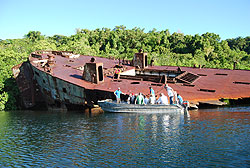
The island of Guadalcanal is mountainous and covered in tropical rainforests and its coasts are lined with palms and white sandy beaches... Guadalcanal is well-known for its pivotal role in World War II, with the Battle of Guadalcanal turning the tide in favor of the Allies in the Pacific theater. Guadalcanal today is still filled with many World War II relics and monuments.
Learn more about the importance of Guadalcanal in World War II.
Trivia & quick points:.
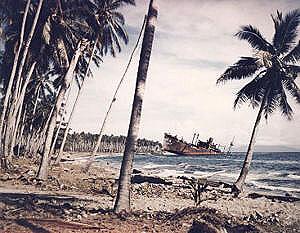
On April 1, 2007, a magnitude 8.0 earthquake occurred about 215 miles west north west of Honiara. A tsunami hit the Solomon Islands, killing at least 40 people, leaving many others missing, and destroying several villages. About 300 homes, schools, and a hospital were destroyed in the Solomon Islands city of Sasamunga in Choiseul Province.
Guadalcanal is 90 miles long and about 25 miles wide. It has coral reefs on the south shores and mountains up to 8000 feet high in the interior
The western and eastern coasts of Guadalcanal were the sites of many World War II battles. Many of these sites have war relics, monuments, and memorials. The northern coast is the heart of the province, whereas the southern coast, called the "weather coast" because of heavy rainfall, is host to small villages and is less accessible.
SEE LOTS MORE GREAT PHOTOS of GUADALCANAL HERE
Facts & Information:
The Solomon Islands have been inhabited for thousands of years, initially by settlers from New Guinea. The islands were named by a Spanish explorer, Alvaro de Mendaña de Neira, who, on finding alluvial gold on Guadalcanal in 1568, believed he had found the biblical King Solomon's source of gold. For two hundred years after this, there were few visits to the island by Europeans. Then, in the 1800's the British took an interest in the islands. A trade in laborers began, with workers from the Solomon Islands being taken sometimes brutally to Fiji and Australia to work on sugar plantations. The British created the Western Pacific High Commission in Fiji in 1877, to protect British interests and British subjects in the Solomons. Germany also took an interest in the Solomon Islands during the late 1800's.
Britain and Germany both vied for control of these islands and eventually divided them. The northernmost island, Bougainville, became part of the German islands of New Guinea, and then a province of independent Papua New Guinea. The rest of the Solomon Island chain became a British Protectorate in 1893. In the last years of the century, more islands were added to the British Protectorate of the Solomon Islands. In 1900, Germany transferred the islands they had controlled to Britain.
The island of Guadalcanal was the scene of a pivotal battle when it was invaded by the Japanese in World War II. Read more about the Battle of Guadalcanal here . After the war, in 1945, the British regained control of the Solomon Islands. In 1976, the islands became self-governing. They gained independence in 1978.
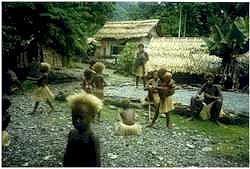
Since then, the country has been relatively stable, although in April, 2006, rioting took place after Snyder Rini was appointed prime minister. Opponents claimed that Rini was beholden to Chinese interests and forced him to resign 8 days later. The parliament then elected opposition candidate, Manasseh Sogavare, to be the prime minister.
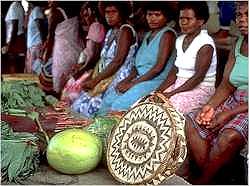
In the traditional religion, believers hold feasts for weddings, funerals, births, and the completion of new homes. The afterlife is important, and practitioners pray to deceased ancestors in the belief that they can intervene on behalf of the living through nanama.
Health Concerns
Malaria is endemic to the Solomon Islands. Yellow fever is another disease of concern, also transmitted by mosquitos. Travelers should consult a physician before traveling to Guadalcanal.
Travel & Tourism:

Many tourists also come to Guadalcanal to visit World War II battle sites and museums and take in the culture of the island at traditional performances.
Highlights & Features of the Capital, Honiara:
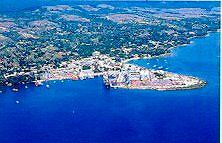
- The National Museum is located across from the Mendana Hotel, and contains traditional handicrafts and historical artefacts.
- A variety of traditional architectural styles of the Solomon Islands are on display at the Cultural Centre behind the museum.
- The former Old Government House is now the National Art Gallery and offers painting exhibitions.
- The National Archives contain the most extensive collection of historic information in the Solomon Islands. Located next to the National Museum, the National Archives are open to the public.
- The Botanical Gardens, located near the Solomon Islands Broadcasting Corporation (SIBC) studios (through the Rove prison gate and down the road), have collections of orchids and tropical plants as well as an herbarium.
What to Do & See Outside Honiara
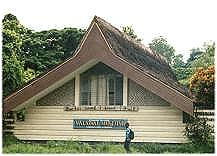
The Vilu War Museum, 25 km west of Honiara, is home to both US and Japanese artefacts.
Tourists can dive and snorkel in the clear, warm waters where a variety of marine life live, including barracuda, trevally, lion fish, giant clams, hammerhead sharks, and whale sharks. One popular dive spot is Bonegi Beach, a few miles west of Honiara. A dive spot where military relics can be explored is Iron Bottom Sound. Divers can explore sunken battleships, including the Bonegi I and II, and aircraft, incling B17 bomber wrecks. One famous recent wreck is the world Discoverer cruise ship, which ran aground on a reef in 2001. Snorkelers can enjoy a coral reef called Marau Sound, which is home to tropical fish, giant clams, and rare sea shells.
Tourists can enjoy many other water sports on Guadalcanal, including sea kayaking, yachting, sailing, and canoeing on sheltered waterways.
At the Betikama High School, outside Honiara, tourists can see and purchase handicrafts, including wood carvings, trays, shell jewelry, ebony carvings, pottery, and WWII relics.
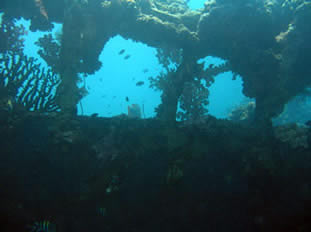
Cycling, golf, and spelunking (cave exploration) are a few of the other outdoor activites visitors can enjoy on Guadalcanal.
Tourists are welcome to visit the Giant Clam farm, 22 km west of Honiara . This farm was established in 1988.
Where to Stay
Honiara offers a full range of accomodations, from budget lodges to upscale casino hotels. Information on accomodations in Honiara is coming soon...
Getting There & Away
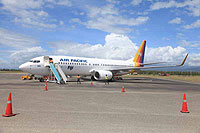
By Boat: There are a few boats (mostly diving charters) that include cruises to Guadalcanal and other South Pacific Islands from Nadi, Fiji and Cairns, Australia. We will list them here shortly.
Getting Around
Honiara has car rental facilities, including rentals at the airport. Taxis and minibuses are also available in Honiara. For island hopping, Solomon Airlines offers many flights and several tour operators offer domestic cruises.
TRAVEL to Guadalcanal!
© 2007-2021 guadalcanal.com. all rights reserved. guadalcanal.com is a division of basecamp international ... yet another net105 venture. read our privacy policy here ..
You are using an outdated browser. Upgrade your browser today or install Google Chrome Frame to better experience this site.
- Section 2 - Interactions Between Travel Vaccines & Drugs
- Section 2 - Travelers’ Diarrhea
Yellow Fever Vaccine & Malaria Prevention Information, by Country
Cdc yellow book 2024.
Author(s): Mark Gershman, Rhett Stoney (Yellow Fever) Holly Biggs, Kathrine Tan (Malaria)
The following pages present country-specific information on yellow fever (YF) vaccine requirements and recommendations, and malaria transmission information and prevention recommendations. Country-specific maps are included to aid in interpreting the information. The information in this chapter was accurate at the time of publication; however, it is subject to change at any time due to changes in disease transmission or, in the case of YF, changing entry requirements for travelers. Updated information reflecting changes since publication can be found in the online version of this book and on the Centers for Disease Control and Prevention (CDC) Travelers’ Health website. Recommendations for prevention of other travel-associated illnesses can also be found on the CDC Travelers’ Health website .
Yellow Fever Vaccine
Entry requirements.
Entry requirements for proof of YF vaccination under the International Health Regulations (IHR) differ from CDC’s YF vaccination recommendations. Under the IHR, countries are permitted to establish YF vaccine entry requirements to prevent the importation and transmission of YF virus within their boundaries. Certain countries require proof of vaccination from travelers arriving from all countries ( Table 5-25 ); some countries require proof of vaccination only for travelers above a certain age coming from countries with risk for YF virus transmission. The World Health Organization (WHO) defines areas with risk for YF virus transmission as countries or areas where YF virus activity has been reported currently or in the past, and where vectors and animal reservoirs exist.
Unless issued a medical waiver by a yellow fever vaccine provider, travelers must comply with entry requirements for proof of vaccination against YF.
WHO publishes a list of YF vaccine country entry requirements and recommendations for international travelers approximately annually. But because entry requirements are subject to change at any time, health care professionals and travelers should refer to the online version of this book and the CDC Travelers’ Health website for any updates before departure.
CDC Recommendations
CDC’s YF vaccine recommendations are guidance intended to protect travelers from acquiring YF virus infections during international travel. These recommendations are based on a classification system for destination-specific risk for YF virus transmission: endemic, transitional, low potential for exposure, and no risk ( Table 2-08 ). CDC recommends YF vaccination for travel to areas classified as having endemic or transitional risk (Maps 5-10 and 5-11 ). Because of changes in YF virus circulation, however, recommendations can change; therefore, before departure, travelers and clinicians should check CDC’s destination pages for up-to-date YF vaccine information.
Duration of Protection
In 2015, the US Advisory Committee on Immunization Practices published a recommendation that 1 dose of YF vaccine provides long-lasting protection and is adequate for most travelers. The recommendation also identifies specific groups of travelers who should receive additional doses, and others for whom additional doses should be considered (see Sec. 5, Part 2, Ch. 26, Yellow Fever ). In July 2016, WHO officially amended the IHR to stipulate that a completed International Certificate of Vaccination or Prophylaxis is valid for the lifetime of the vaccinee, and YF vaccine booster doses are not necessary. Moreover, countries cannot require proof of revaccination (booster) against YF as a condition of entry, even if the traveler’s last vaccination was >10 years ago.
Ultimately, when deciding whether to vaccinate travelers, clinicians should take into account destination-specific risks for YF virus infection, and individual risk factors (e.g., age, immune status) for serious YF vaccine–associated adverse events, in the context of the entry requirements. See Sec. 5, Part 2, Ch. 26, Yellow Fever , for a full discussion of YF disease and vaccination guidance.
Table 2-08 Yellow fever (YF) vaccine recommendation categories 1
Malaria prevention.
The following recommendations to protect travelers from malaria were developed using the best available data from multiple sources. Countries are not required to submit malaria surveillance data to CDC. On an ongoing basis, CDC actively solicits data from multiple sources, including WHO (main and regional offices); national malaria control programs; international organizations; CDC overseas offices; US military; academic, research, and aid organizations; and the published scientific literature. The reliability and accuracy of those data are also assessed.
If the information is available, trends in malaria incidence and other data are considered in the context of malaria control activities within a given country or other mitigating factors (e.g., natural disasters, wars, the coronavirus disease 2019 pandemic) that can affect the ability to control malaria or accurately count and report it. Factors such as the volume of travel to that country and the number of acquired cases reported in the US surveillance system are also examined. In developing its recommendations, CDC considers areas within countries where malaria transmission occurs, substantial occurrences of antimalarial drug resistance, the proportions of species present, and the available malaria prophylaxis options.
Clinicians should use these recommendations in conjunction with an individual risk assessment and consider not only the destination but also the detailed itinerary, including specific cities, types of accommodations, season, and style of travel, as well as special health conditions (e.g., pregnancy). Several medications are available for malaria prophylaxis. When deciding which drug to use, consider the itinerary and length of trip, travelers’ previous adverse reactions to antimalarials, drug allergies, medical history, and drug costs. For a thorough discussion of malaria and guidance for prophylaxis, see Sec. 5, Part 3, Ch. 16, Malaria .
Afghanistan
Entry requirements : None
CDC recommendations : Not recommended
- All areas <2,500 m (≈8,200 ft) elevation (April–December)
- Chloroquine
- P. vivax (primarily)
- P. falciparum (less commonly)
- Atovaquone-proguanil, doxycycline, mefloquine, tafenoquine 3
Other Vaccines to Consider
See Health Information for Travelers to Afghanistan
Entry requirements : Required for travelers ≥1 year old arriving from countries with risk for YF virus transmission 1
No malaria transmission
See Health Information for Travelers to Albania
Entry requirements : Required for travelers ≥9 months old arriving from countries with risk for YF virus transmission; this includes >12-hour airport transits or layovers in countries with risk for YF virus transmission. 1
See Health Information for Travelers to Algeria
American Samoa (US)
See Health Information for Travelers to American Samoa
See Health Information for Travelers to Andorra
Entry requirements : Required for arriving travelers ≥9 months old
CDC recommendations : Recommended for all travelers ≥9 months old
- P. falciparum (primarily)
- P. malariae , P. ovale , and P. vivax (less commonly)
See Health Information for Travelers to Angola
Anguilla (U.K.)
See Health Information for Travelers to Anguilla (U.K.)
See Health Information for Travelers to Antarctica
Antigua and Barbuda
Entry requirements : Required for travelers ≥1 year old arriving from countries with risk for YF virus transmission this includes >12-hour airport transits or layovers in countries with risk for YF virus transmission. 1
See Health Information for Travelers to Antigua and Barbuda
CDC recommendations : Recommended for travelers ≥9 months old going to Corrientes and Misiones Provinces. Generally not recommended for travel to Formosa Province or to designated areas of Chaco, Jujuy, and Salta Provinces. Not recommended for travel limited to provinces and areas not listed above.
Related Maps
Map 2-01 Yellow fever vaccine recommendations for Argentina & neighboring countries
See Health Information for Travelers to Argentina
See Health Information for Travelers to Armenia
Entry requirements : Required for travelers ≥9 months old arriving from countries with risk for YF virus transmission; this includes >12-hour airport transits or layovers in countries with risk for YF virus transmission. 1 Entry will be denied if a valid vaccination certificate cannot be provided.
See Health Information for Travelers to Aruba
Entry requirements : Required for travelers ≥1 year old arriving from countries with risk for YF virus transmission; this includes >12-hour airport transits or layovers in countries with risk for YF virus transmission. 1 Travelers arriving from the Galápagos Islands of Ecuador are exempt from this requirement.
See Health Information for Travelers to Australia
See Health Information for Travelers to Austria
See Health Information for Travelers to Azerbaijan
Azores (Portugal)
See Health Information for Travelers to Azores
Bahamas, The
Entry requirements : Required for travelers ≥1 year old arriving from countries with risk for YF virus transmission; this includes >12-hour airport transits or layovers in countries with risk for YF virus transmission. 1
See Health Information for Travelers to The Bahamas
See Health Information for Travelers to Bahrain
Entry requirements : Required for travelers ≥1 year old arriving from countries with risk for YF virus transmission; this includes airport transits or layovers in countries with risk for YF virus transmission. 1
- Districts of Chittagong Hill Tract (Bandarban, Khagrachari, and Rangamati); and the following districts: Chattogram (Chittagong) and Cox’s Bazar (in Chattogram [Chittagong] Division); Mymensingh, Netrakona, and Sherpur (in Mymensingh Division); Kurigram (in Rangpur Division); Habiganj, Moulvibazar, Sunamganj, and Sylhet (in Sylhet Division)
- No malaria transmission in Dhaka (the capital)
- P. falciparum (90%)
- P. vivax (10%)
- P. malariae (rare)
See Health Information for Travelers to Bangladesh
Entry requirements : Required for travelers ≥1 year old arriving from countries with risk for YF virus transmission. 1 Travelers arriving from Guyana or Trinidad & Tobago are exempt from this requirement, unless an outbreak is occurring.
See Health Information for Travelers to Barbados
See Health Information for Travelers to Belarus
See Health Information for Travelers to Belgium
- Rare transmission
- No malaria transmission in Belize City or on islands frequented by tourists (e.g., Ambergris Caye)
- P. vivax (primarily)
- None (insect bite precautions / mosquito avoidance only) 4
See Health Information for Travelers to Belize
Entry requirements : Required for all arriving travelers ≥9 months old
- P. falciparum (primarily)
- P. malariae , P. ovale, and P. vivax (less commonly)
See Health Information for Travelers to Benin
Bermuda (U.K.)
See Health Information for Travelers to Bermuda (U.K.)
- Rare cases in rural areas <1,700 m (≈5,500 ft) elevation in districts along the southern border shared with India
- P. falciparum (less commonly)
- None (insect bite precautions and mosquito avoidance only) 4
See Health Information for Travelers to Bhutan
Entry requirements : Required for travelers ≥1 year old arriving from countries with risk for YF virus transmission. 1
CDC recommendations : Recommended for travelers ≥9 months old going to areas <2,300 m (≈7,550 ft) elevation, east of the Andes Mountains: the entire departments of Beni, Pando, Santa Cruz, and designated areas in the departments of Chuquisaca, Cochabamba, La Paz, and Tarija. Not recommended for travel limited to areas >2,300 m (≈7,550 ft) elevation and any areas not listed above, including the cities of La Paz (administrative capital) and Sucre (constitutional [legislative and judicial] capital).
- All areas <2,500 m (≈8,200 ft) elevation
- No malaria transmission in La Paz (administrative capital)
- P. vivax (99%)
- P. falciparum (1%)
- Atovaquone-proguanil, doxycycline, mefloquine, primaquine 5 , tafenoquine 3
Map 2-02. Yellow fever vaccine recommendations for Bolivia & neighboring countries
See Health Information for Travelers to Bolivia
See Health Information for Travelers to Bonaire
Bosnia and Herzegovina
See Health Information for Travelers to Bosnia and Herzegovina
Entry requirements : Required for travelers ≥1 year old arriving from countries with risk for YF virus transmission; this includes transits through countries with risk for YF virus transmission. 1
- Districts/ subdistricts of Bobirwa, Boteti, Chobe (including Chobe National Park), Ghanzi, Mahalapye, Ngamiland (Ngami), North East (including its capital, Francistown), Okavango, Serowe/ Palapye, and Tutume
- Rare cases or sporadic foci of transmission in districts/ subdistricts of Kgalagadi North, Kgatleng, Kweneng, and Southern
- No malaria transmission in Gaborone (the capital)
- P. malariae , P. ovale , and P. vivax (less commonly)
- Districts/subdistricts of Bobirwa, Boteti, Chobe (including Chobe National Park), Ghanzi, Mahalapye, Ngamiland (Ngami), North-East (including its capital, Francistown), Okavango, Serowe/Palapye, and Tutume: Atovaquone-proguanil, doxycycline, mefloquine, tafenoquine 3
- Areas with rare cases or sporadic foci of transmission: no chemoprophylaxis recommended (insect bite precautions and mosquito avoidance only) 4
See Health Information for Travelers to Botswana
CDC recommendations : Recommended for travelers ≥9 months old going to the states of Acre, Amapá, Amazonas, Distrito Federal (including the capital city, Brasília), Espírito Santo,* Goiás, Maranhão, Mato Grosso, Mato Grosso do Sul, Minas Gerais, Pará, Paraná,* Piauí, Rio de Janeiro (including the city of Rio de Janeiro and all coastal islands),* Rio Grande do Sul,* Rondônia, Roraima, Santa Catarina,* São Paulo (including the city of São Paulo and all coastal islands),* Tocantins, and designated areas of Bahia*. Vaccination is also recommended for travelers going to Iguaçu Falls. Not recommended for travel limited to any areas not listed above, including the cities of Fortaleza and Recife *In 2017, in response to a large YF outbreak in multiple eastern states, CDC expanded its vaccination recommendations for travelers going to Brazil. The expanded YF vaccination recommendations for these states are preliminary. For updates, refer to the CDC Travelers’ Health website.
- All areas in the states of Acre, Amapá, Amazonas, Rondônia, and Roraima
- Present in the states of Maranhão, Mato Grosso, and Pará, but rare cases in their capital cities (São Luis [capital of Maranhão], Cuiabá [capital of Mato Grosso], Belém [capital of Pará])
- Rural and forested areas in the states of Espírito Santo, Goiás, Minas Gerais, Mato Grosso do Sul, Piauí, Rio de Janeiro, São Paolo, and Tocantins
- No malaria transmission in the cities of Brasília (the capital), Rio de Janeiro, or São Paolo
- No malaria transmission at Iguaçu Falls
- P. vivax (90%)
- P. falciparum (10%)
- Areas with rare cases: No chemoprophylaxis recommended (insect bite precautions and mosquito avoidance only) 4
- Map 2-03 Yellow fever vaccine recommendations for Brazil & neighboring countries
- Map 2-04 Malaria prevention in Brazil
See Health Information for Travelers to Brazil
British Indian Ocean Territory; includes Diego Garcia (U.K.)
See Health Information for Travelers to British Indian Ocean Territory (U.K.)
- No human malaria
- Rare transmission of P. knowlesi 6 in primarily forested or forest-fringe areas
- P. knowlesi 6 (100%)
- None (insect bite precautions and mosquito avoidance only) 4
See Health Information for Travelers to Brunei
See Health Information for Travelers to Bulgaria
Burkina Faso
Entry requirements : Required for all arriving travelers ≥9 months old
CDC recommendations : Recommended for all travelers ≥9 months old.
- P. malariae , P. ovale , and P. vivax (less commonly)
See Health Information for Travelers to Burkina Faso
Burma (Myanmar)
- All areas <1,000 m (≈3,300 ft) elevation, including Bagan
- Rare transmission in areas >1,000 m (≈3,300 ft) elevation
- Chloroquine and mefloquine
- P. vivax (60%)
- P. falciparum (40%)
- P. knowlesi 6 , P. malariae , and P. ovale (rare)
- Areas <1,000 m (≈3,300 ft) elevation in the regions of Bago and Tanintharyi, and in the states of Kachin, Kayah, Kayin, and Shan: Atovaquone-proguanil, doxycycline, tafenoquine 3
- Areas <1,000 m (≈3,300 ft) elevation in all other areas: Atovaquone-proguanil, doxycycline, mefloquine, tafenoquine 3
- Areas >1,000 m (≈3,300 ft) elevation: No chemoprophylaxis recommended (insect bite precautions and mosquito avoidance only) 4
See Health Information for Travelers to Burma (Myanmar)
Entry requirements : Required for all arriving travelers ≥9 months old.
CDC recommendations : Recommended for all travelers ≥9 months old.
See Health Information for Travelers to Burundi
- Present throughout the country
- No (or negligible) malaria transmission in the cities of Phnom Penh (the capital) and Siem Reap
- No (or negligible) malaria transmission at the main temple complex at Angkor Wat
- P. vivax (80%)
- P. falciparum (20%)
- P. knowlesi 6 (rare)
- Atovaquone-proguanil, doxycycline, tafenoquine 3
See Health Information for Travelers to Cambodia
Entry requirements : Required for all arriving travelers ≥1 year old.
See Health Information for Travelers to Cameroon
See Health Information for Travelers to Canada
Canary Islands ( Spain )
See Health Information for Travelers to Canary Islands (Spain)
- No indigenous cases reported since 2018
- Previously, rare cases on Santiago (São Tiago) Island and Boa Vista Island
- Previously, chloroquine
- Previously, P. falciparum (primarily)
See Health Information for Travelers to Cape Verde
Cayman Islands (U.K.)
See Health Information for Travelers to Cayman Islands (U.K.)
Central African Republic
Entry requirements : Required for all arriving travelers ≥9 months old .
See Health Information for Travelers to Central African Republic
Entry requirements : Required for travelers ≥9 months old arriving from countries with risk for YF virus transmission. 1
CDC recommendations : Recommended for travelers ≥9 months old going to areas south of the Sahara Desert. Not recommended for travel limited to areas in the Sahara Desert.
See Health Information for Travelers to Chad
See Health Information for Travelers to Chile
Entry requirements : Required for travelers ≥9 months old arriving from countries with risk for YF virus transmission; this includes >12-hour airport transits or layovers in countries with risk for YF virus transmission. 1 Travelers with itineraries limited to Hong Kong Special Administrative Region (SAR) or Macao SAR are exempt from this requirement.
See Health Information for Travelers to China
Christmas Island (Australia)
See Health Information for Travelers to Christmas Island (Australia)
Cocos (Keeling) Islands (Australia)
See Health Information for Travelers to Cocos (Keeling) Islands (Australia)
Entry requirements : Required for travelers ≥1 year old arriving from Angola, Brazil, Democratic Republic of the Congo, or Uganda; this includes >12-hour airport transits or layovers in any of these countries.
CDC recommendations : Recommended for all travelers ≥9 months old except as follows. Generally not recommended for travel limited to the cities of Barranquilla, Cali, Cartagena, or Medellín. Not recommended for travel limited to areas >2,300 m (≈7,550 ft) elevation, the archipelago department of San Andrés and Providencia, or the city of Bogotá (the capital).
- All areas <1,700 m (≈5,600 ft) elevation
- No malaria transmission in the cities of Bogotá (the capital), Cartagena, or Medellín
- P. falciparum (50%)
- P. vivax (50%)
Map 2-05 Yellow fever vaccine recommendations for Colombia & neighboring countries
See Health Information for Travelers to Colombia
- P. malariae and P. vivax (rare)
See Health Information for Travelers to Comoros
Congo, Republic of the (Congo-Brazzaville)
Entry requirements : Required for all arriving travelers ≥9 months old.
See Health Information for Travelers to Congo, Republic of the
Cook Islands (New Zealand)
See Health Information for Travelers to Cook Islands (New Zealand)
Entry requirements : Required for travelers ≥9 months old arriving from countries with risk for YF virus transmission. 1 Included in this requirement are travelers arriving from Tanzania and Zambia, and designated areas of: Colombia (the entire country, except the cities of Barranquilla, Bogotá, Cali, Cartagena, and Medellín, and the archipelago department, San Andrés and Providencia); Ecuador (the provinces of Morona-Santiago, Napo, Orellana, Pastaza, Sucumbíos, and Zamora-Chinchipe, and excluding the rest of the country); Paraguay (the entire country, except the city of Asunción); Peru (the entire country, except the cities of Cusco and Lima, the regions of Cajamarca, Lambayeque, Piura, and Tumbes, and the highland tourist areas of Machu Picchu and the Inca Trail); Trinidad & Tobago (the entire country, except the urban areas of Port of Spain; travelers with itineraries limited to the island of Tobago, and travelers with airport transits or layovers are also exempt from this requirement). Travelers arriving from Argentina and Panama are exempt from this requirement.
- Present in the provinces of Alajuela and Limón
- Rare to no transmission in other parts of the country
- P. falciparum (86%)
- P. vivax (14%)
- Alajuela and Limón Provinces: Atovaquone-proguanil, chloroquine, doxycycline, mefloquine, tafenoquine 3
- All other areas: None (insect bite precautions and mosquito avoidance only) 4
See Health Information for Travelers to Costa Rica
Côte d'Ivoire (Ivory Coast)
See Health Information for Travelers to Côte d'Ivoire
See Health Information for Travelers to Croatia
See Health Information for Travelers to Cuba
Curaçao, Netherlands
See other recommended vaccines and medicines for travelers to Curaçao
See Health Information for Travelers to Cyprus
See Health Information for Travelers to Czech Republic
Democratic Republic of the Congo (Congo-Kinshasa)
CDC recommendations : Recommended for all travelers ≥9 months old
See Health Information for Travelers to Democratic Republic of the Congo
See Health Information for Travelers to Denmark
- P. falciparum (60–70%)
- P. vivax (30–40%)
- P. ovale (rare)
See Health Information for Travelers to Djibouti
See Health Information for Travelers to Dominica
Dominican Republic
Entry requirements : Required for travelers ≥1 year old arriving from the following states in Brazil: Espírito Santo, Mina Gerais, Rio de Janeiro, São Paulo; this includes >12-hour airport transits or layovers in any of these states
- Primarily in the provinces near the border with Haiti, and the provinces (including resort areas) of La Altagracia, San Cristóbal, San Juan, and Santo Domingo
- In the Distrito Nacional, city of Santo Domingo (the capital), primarily in the La Ciénaga and Los Tres Brazos areas
- Rare transmission in other provinces
- P. falciparum (100%)
- Provinces near the border with Haiti, and the provinces (including resort areas) of La Altagracia, San Cristóbal, San Juan, and Santo Domingo: Atovaquone-proguanil, chloroquine, doxycycline, mefloquine, tafenoquine 3
- All other areas: No chemoprophylaxis recommended (insect bite precautions and mosquito avoidance only) 4
See Health Information for Travelers to Dominican Republic
Easter Island (Chile)
Entry requirements : Easter Island has not stated its YF vaccination certificate requirements
See Health Information for Travelers to Easter Island (Chile) .
Ecuador, including the Galápagos Islands
Entry requirements : Required for travelers ≥1 year old arriving from Brazil, Democratic Republic of the Congo, or Uganda; this includes >12-hour airport transits or layovers in any of these countries .
CDC recommendations : Recommended for travelers ≥9 months old going to areas <2,300 m (≈7,550 ft) elevation, east of the Andes Mountains, in the provinces of Morona-Santiago, Napo, Orellana, Pastaza, Sucumbíos, Tungurahua,* and Zamora-Chinchipe. Generally not recommended for travel limited to areas <2,300 m (≈7,550 ft) elevation, west of the Andes Mountains, in the provinces of Esmeraldas,* Guayas, Los Ríos, Manabí, Santa Elena, Santo Domingo de los Tsáchilas, and designated areas in the provinces of Azuay, Bolívar, Cañar, Carchi, Chimborazo, Cotopaxi, El Oro, Imbabura, Loja, and Pichincha. Not recommended for travel limited to areas >2,300 m (≈7,550 ft) elevation, the cities of Guayaquil or Quito (the capital), or the Galápagos Islands *CDC recommendations differ from those published by WHO .
- Areas <1,500 m (≈5,000 ft) elevation in the provinces of Carchi, Cotopaxi, Esmeraldas, Morona-Santiago, Orellana, Pastaza, and Sucumbíos
- Rare cases <1,500 m (≈5,000 ft) in all other provinces
- No malaria transmission in the cities of Guayaquil or Quito (the capital)
- No malaria transmission on the Galápagos Islands
- P. vivax (85%)
- P. falciparum (15%)
- Transmission areas in the provinces of Carchi, Cotopaxi, Esmeraldas, Morona-Santiago, Orellana, Pastaza, and Sucumbíos: Atovaquone-proguanil, doxycycline, mefloquine, tafenoquine 3
- All other areas with reported malaria transmission: No chemoprophylaxis recommended (insect bite precautions and mosquito avoidance only) 4
Map 2-06 Yellow fever vaccine recommendations for Ecuador & neighboring countries
See Health Information for Travelers to Ecuador .
See Health Information for Travelers to Egypt .
El Salvador
See Health Information for Travelers to El Salvador .
Equatorial Guinea
- P. malariae, P. ovale , and P. vivax (less commonly)
See Health Information for Travelers to Equatorial Guinea .
CDC recommendations : Generally not recommended for travel to the regions of: Anseba, Debub (also known as South or Southern Region), Gash Barka, Ma’ekel (also known as Ma’akel or Central Region), or Semenawi K’eyih Bahri (also known as Northern Red Sea Region). Not recommended for travel to any areas not listed above, including the Dahlak Archipelago.
- All areas <2,200 m (≈7,200 ft) elevation
- No malaria transmission in Asmara (the capital)
- P. falciparum (80–85%)
- P. vivax (15–20%)
- P. malariae and P. ovale (rare)
Map 5-10 Yellow fever vaccine recommendations for Africa
See Health Information for Travelers to Eritrea .
See Health Information for Travelers to Estonia .
Eswatini (Swaziland)
Entry requirements : Required for travelers ≥9 months old arriving from countries with risk for YF virus transmission; this includes airport transits or layovers in countries with risk for YF virus transmission. 1
- Eastern areas bordering Mozambique and South Africa, including the entire region of Lubombo and the eastern half of Hhohho, Manzini, and Shiselweni Regions
- P. malariae , P. ovale , and P. vivax (less commonly)
See Health Information for Travelers to Swaziland .
CDC recommendations : Recommended for all travelers ≥9 months old except as follows. Generally not recommended for travel limited to the regions of Afar or Somali.
- All areas <2,500 m (≈8,200 ft) elevation, except none in Addis Ababa (the capital)
- P. falciparum (80%)
- P. vivax (20%)
- P. malariae and P. ovale (rare)
Map 2-07 Yellow fever vaccine recommendations for Ethiopia & neighboring countries
See Health Information for Travelers to Ethiopia .
Falkland Islands (Islas Malvinas), UK Overseas Territory (also claimed by Argentina)
See Health Information for Travelers to Falkland Islands (Islas Malvinas) .
Faroe Islands (Denmark)
See Health Information for Travelers to Faroe Islands (Denmark) .
See Health Information for Travelers to Fiji .
See Health Information for Travelers to Finland .
See Health Information for Travelers to France .
French Guiana
- Areas associated with gold mining, primarily the communes near the border with Brazil and Suriname, especially Régina and Saint-Georges-de-l’Oyapock; also, the communes of Kourou, Matoury, and Saint-Élie
- No malaria transmission in coastal areas west of Kourou
- No malaria transmission in Cayenne City (the capital)
- P. falciparum (15%)
See Health Information for Travelers to French Guiana (France) .
French Polynesia, including the Society Islands [Bora-Bora, Moorea & Tahiti]; Marquesas Islands [Hiva Oa & Ua Huka]; and Austral Islands (Tubuai & Rurutu), France
See Health Information for Travelers to French Polynesia (France) .
- P. malariae , P. ovale , and P. vivax (less commonly)
See Health Information for Travelers to Gabon .
Gambia, The
See Health Information for Travelers to The Gambia .
See Health Information for Travelers to Georgia .
See Health Information for Travelers to Germany .
- P. malariae, P. ovale, and P. vivax (less commonly)
See Health Information for Travelers to Ghana .
Gibraltar (U.K.)
See Health Information for Travelers to Gibraltar (U.K.) .
- Rare, local transmission in agricultural areas, associated with imported malaria (May–November)
- No malaria transmission in tourist areas
- Not applicable
- P. vivax (100%)
See Health Information for Travelers to Greece .
Greenland (Denmark)
See Health Information for Travelers to Greenland (Denmark) .
See Health Information for Travelers to Grenada .
Guadeloupe (including Marie-Galante, La Désirade & Îles des Saintes)
See Health Information for Travelers to Guadeloupe .
Guam (U.S.)
See Health Information for Travelers to Guam (U.S.) .
- Primarily in the departments of Alta Verapaz, Escuintla, Izabal, Petén, and Suchitapéquez
- Few cases reported in other departments
- No malaria transmission in the cities of Antigua or Guatemala City (the capital)
- No malaria transmission at Lake Atitlán
- P. vivax (99%)
- P. falciparum (1%)
- Departments of Alta Verapaz, Escuintla, Izabal, Petén, and Suchitapéquez: Atovaquone-proguanil, chloroquine, doxycycline, mefloquine, primaquine 5 , tafenoquine 3
- Other areas with reported malaria transmission: No chemoprophylaxis recommended (insect bite precautions and mosquito avoidance only) 4
See Health Information for Travelers to Guatemala .
Entry requirements : Required for travelers ≥1 year old arriving from countries with risk for YF virus transmission. 1 Required for all arriving travelers from all countries if traveler is ≥9 months of age and arriving at Ahmed Sékou Touré International Airport in Conakry.
See Health Information for Travelers to Guinea .
Guinea-Bissau
See Health Information for Travelers to Guinea-Bissau .
Entry requirements : Required for travelers ≥1 year old arriving from countries with risk for YF virus transmission; this includes >4-hour airport transits or layovers in countries with risk for YF virus transmission. 1
- Rare cases in the cities of Georgetown (the capital) and New Amsterdam
- All areas (except the cities of Georgetown and New Amsterdam): Atovaquone-proguanil, doxycycline, mefloquine, tafenoquine 3
- Cities of Georgetown and Amsterdam: No chemoprophylaxis recommended (insect bite precautions and mosquito avoidance only) 4
See Health Information for Travelers to Guyana .
- All (including Labadee, also known as Port Labadee)
- P. falciparum (99%)
- P. malariae (rare)
- Atovaquone-proguanil, chloroquine, doxycycline, mefloquine, tafenoquine 3
See Health Information for Travelers to Haiti .
Entry requirements : Required for travelers 1-60 years old arriving from countries with risk for YF virus transmission; this includes >12-hour airport transits or layovers in countries with risk for YF virus transmission. 1
- Throughout the country and on the island of Roat á n and other Bay Islands
- No malaria transmission in the cities of San Pedro Sula or Tegucigalpa (the capital)
- P. vivax (93%)
- P. falciparum (7%)
- Atovaquone-proguanil, chloroquine, doxycycline, mefloquine, tafenoquine 3
See Health Information for Travelers to Honduras .
Hong Kong Special Administrative Region, China
See Health Information for Travelers to Hong Kong SAR (China) .
See Health Information for Travelers to Hungary .
See Health Information for Travelers to Iceland .
- Arrive within 6 days of leaving an area with risk for YF virus transmission, or
- Have been in such an area in transit (exception: passengers and members of flight crews who, while in transit through an airport in an area with risk for YF virus transmission, remained in the airport during their entire stay and the health officer agrees to such an exemption), or
- Arrive on a ship that started from or touched at any port in an area with risk for YF virus transmission ≤30 days before its arrival in India, unless such a ship has been disinsected in accordance with the procedure recommended by the World Health Organization (WHO), or
- Arrive on an aircraft that has been in an area with risk for YF virus transmission and has not been disinsected in accordance with the Indian Aircraft Public Health Rules, 1954, or as recommended by WHO.
- Africa: Angola, Benin, Burkina Faso, Burundi, Cameroon, Central African Republic, Chad, Congo, Côte d’Ivoire, Democratic Republic of the Congo, Equatorial Guinea, Ethiopia, Gabon, The Gambia, Ghana, Guinea, Guinea-Bissau, Kenya, Liberia, Mali, Mauritania, Niger, Nigeria, Rwanda, Senegal, Sierra Leone, South Sudan, Sudan, Togo, Uganda
- Americas: Argentina, Bolivia, Brazil, Colombia, Ecuador, French Guiana, Guyana, Panama, Paraguay, Peru, Suriname, Trinidad & Tobago (Trinidad only), Venezuela
- Throughout the country, including the cities of Bombay (Mumbai) and New Delhi (the capital)
- No malaria transmission in areas >2,000 m (≈6,500 ft) elevation in Himachal Pradesh, Jammu and Kashmir, or Sikkim
- P. vivax (50%)
- P. falciparum (>40%)
See Health Information for Travelers to India .
- All areas of eastern Indonesia (the provinces of Maluku, North Maluku, East Nusa Tenggara, Papua, and West Papua), including the town of Labuan Bajo and the Komodo Islands in the Nusa Tenggara region
- Rural areas of Kalimantan (Borneo), West Nusa Tenggara (includes the island of Lombok), Sulawesi, and Sumatra
- Low transmission in rural areas of Java, including Pangandaran, Sukabumi, and Ujung Kulon
- No malaria transmission in the cities of Jakarta (the capital) or Ubud
- No malaria transmission in the resort areas of Bali or Java, the Gili Islands, or the Thousand Islands (Pulau Seribu)
- Chloroquine ( P. falciparum and P. vivax )
- P. falciparum (60%)
- P. vivax (40%)
See Health Information for Travelers to Indonesia .
- Previously, March-November in rural areas of Fars Province, Sistan-Baluchestan Province, and southern, tropical parts of Hormozgan and Kerman Provinces.
- Recent outbreaks in Sistan-Baluchestan Province near the border with Pakistan.
- Previously, P. vivax (93%)
- Previously, P. falciparum (7%)
- Sistan-Baluchestan Province along the border with Pakistan: Atovaquone-proguanil, doxycycline, mefloquine, tafenoquine 2
- All other areas with previous transmission: No chemoprophylaxis recommended (insect bite precautions and mosquito avoidance only) 4
See Health Information for Travelers to Iran .
See Health Information for Travelers to Iraq .
See Health Information for Travelers to Ireland .
See Health Information for Travelers to Israel, including the West Bank and Gaza .
Italy (including Holy See [Vatican City])
See Health Information for Travelers to Italy .
See Health Information for Travelers to Jamaica .
See Health Information for Travelers to Japan .
See Health Information for Travelers to Jordan .
Entry requirements : Required for travelers arriving from countries with risk for YF virus transmission; this includes airport transits or layovers in countries with risk for YF virus transmission. 1
See Health Information for Travelers to Kazakhstan .
CDC recommendations : Recommended for all travelers ≥9 months old except as follows. Generally not recommended for travel limited to: the city of Nairobi (the capital); the counties of the former North Eastern Province (Mandera, Wajir, and Garissa); or the counties (except Taita-Taveta) of the former Coast Province (Kilifi, including the city of Malindi; Kwale; Lamu; Mombasa, including the city of Mombasa; Tana River) .
- All areas (including game parks) <2,500 m (≈8,200 ft) elevation, including the city of Nairobi (the capital)
- Map 2-08 Yellow fever vaccine recommendations for Kenya & neighboring countries
- Map 2-09 Malaria prevention in Kenya
See Health Information for Travelers to Kenya .
Kiribati (formerly Gilbert Islands), includes Tarawa, Tabuaeran (Fanning Island), and Banaba (Ocean Island)
See Health Information for Travelers to Kiribati .
See Health Information for Travelers to Kosovo .
See Health Information for Travelers to Kuwait .
See Health Information for Travelers to Kyrgyzstan .
- All, except in Vientiane (the capital) where there is no transmission
- P. vivax (55%)
- P. falciparum (45%)
- P. knowlesi 6 , P. malariae, and P. ovale (rare)
- Areas bordering Burma (the provinces of Bokeo and Luang Namtha), Cambodia; Thailand (the provinces of Champasak and Salavan); and Vietnam: Atovaquone-proguanil, doxycycline, tafenoquine 3
- All other areas with malaria transmission: Atovaquone-proguanil, doxycycline, mefloquine, tafenoquine 3
See Health Information for Travelers to Laos .
See Health Information for Travelers to Latvia .
See Health Information for Travelers to Lebanon .
See Health Information for Travelers to Lesotho .
See Health Information for Travelers to Liberia .
See Health Information for Travelers to Libya .
Liechtenstein
See Health Information for Travelers to Liechtenstein .
See Health Information for Travelers to Lithuania .
See Health Information for Travelers to Luxembourg .
Macau Special Administrative Region, China
See Health Information for Travelers to Macau SAR (China) .
- All; except in Antananarivo (the capital) where malaria transmission is rare
- P. ovale and P. vivax (less commonly)
- All areas (except the city of Antananarivo): Atovaquone-proguanil, doxycycline, mefloquine, tafenoquine 3
- Antananarivo: No chemoprophylaxis recommended (insect bite precautions and mosquito avoidance only) 4
See Health Information for Travelers to Madagascar .
Madeira Islands (Portugal)
See Health Information for Travelers to Madeira Islands (Portugal) .
See Health Information for Travelers to Malawi .
- No indigenous cases of human malaria since 2017
- Zoonotic transmission of simian malaria occurs in rural, forested areas
- No malaria transmission in other areas, including Kuala Lumpur (the capital), in Penang State, on Penang Island, or in George Town (capital of Penang State)
- P. knowlesi 6 (primarily)
- Previously, P. falciparum , P. malariae , P. ovale , and P. vivax
- In rural, forested areas: atovaquone-proguanil, doxycycline, mefloquine, tafenoquine 3
See Health Information for Travelers to Malaysia .
See Health Information for Travelers to Maldives .
See Health Information for Travelers to Mali .
See Health Information for Travelers to Malta .
Marshall Islands
See Health Information for Travelers to Marshall Islands .
See Health Information for Travelers to Martinique (France) .
- All; except in the regions of Dakhlet Nouadhibou and Tiris Zemmour where there is no transmission
See Health Information for Travelers to Mauritania .
See Health Information for Travelers to Mauritius .
Mayotte (France)
See Health Information for Travelers to Mayotte (France) .
- Chiapas and southern part of Chihuahua state
- Rare in the states of Campeche, Durango, Nayarit, Quintana Roo, Sinaloa, Sonora, and Tabasco
- No malaria transmission along the U.S.–Mexico border
- Chiapas and southern part of Chihuahua state: Atovaquone-proguanil, chloroquine, doxycycline, mefloquine, primaquine 5 , tafenoquine 3
- All other areas with malaria transmission: No chemoprophylaxis recommended (insect bite precautions and mosquito avoidance only) 4
Map 2-10 Malaria prevention in Mexico
See Health Information for Travelers to Mexico .
Micronesia, Federated States of (including Chuuk, Kosrae, Pohnpei & Yap)
See Health Information for Travelers to Micronesia, Federated States of .
See Health Information for Travelers to Moldova .
See Health Information for Travelers to Monaco .
See Health Information for Travelers to Mongolia .
See Health Information for Travelers to Montenegro .
Montserrat, United Kingdom
See Health Information for Travelers to Montserrat (U.K.) .
See Health Information for Travelers to Morocco .
See Health Information for Travelers to Mozambique .
- In the regions of Kavango (East and West), Kunene, Ohangwena, Omaheke, Omusati, Oshana, Oshikoto, Otjozondjupa, and Zambezi
- Rare in other parts of the country
- No malaria transmission in Windhoek (the capital)
- Kavango (East and West), Kunene, Ohangwena, Omaheke, Omusati, Oshana, Oshikoto, Otjozondjupa, and Zambezi: Atovaquone-proguanil, doxycycline, mefloquine, tafenoquine 3
See Health Information for Travelers to Namibia .
See Health Information for Travelers to Nauru .
- Throughout the country in areas <2,000 m (≈6,500 ft) elevation
- No malaria transmission in Kathmandu (the capital) or on typical Himalayan treks
- P. falciparum (<10%)
See Health Information for Travelers to Nepal .
Netherlands
See Health Information for Travelers to The Netherlands .
Netherlands Antilles (Bonaire, Curaçao, Saba, St. Eustasius, and St. Maarten)
Entry requirements : See Bonaire, Curaçao, Saba, St. Eustasius, and St. Maarten for yellow fever information.
- See Bonaire, Curaçao, Saba, St. Eustasius, and St. Maarten for malaria information.
New Caledonia (France)
Entry requirements : Required for travelers ≥1 year old arriving from countries with risk for YF virus transmission; this includes >12-hour airport transits or layovers in countries with risk for YF virus transmission. 1 In the event of an epidemic threat to the territory, a specific vaccination certificate may be required.
See Health Information for Travelers to New Caledonia (France) .
New Zealand
See Health Information for Travelers to New Zealand .
- Región Autónoma Atlántico Norte (RAAN) and Región Autónoma Atlántico Sur (RAAS)
- Rare cases in the departments of Boaco, Chinandega, Estelí, Jinotega, León, Matagalpa, and Nueva Segovia
- No malaria transmission in Managua (the capital)
- P. falciparum (20%)
- Región Autónoma Atlántico Norte (RAAN) and Región Autónoma Atlántico Sur (RAAS): Atovaquone-proguanil, chloroquine, doxycycline, mefloquine, tafenoquine 3
See Health Information for Travelers to Nicaragua .
See Health Information for Travelers to Niger .
CDC recommendations : Recommended for all travelers ≥9 months old.
See Health Information for Travelers to Nigeria .
Niue (New Zealand)
See Health Information for Travelers to Niue (New Zealand) .
Norfolk Island (Australia)
See Health Information for Travelers to Norfolk Island (Australia) .
North Korea
- Southern provinces
- P. vivax (100%)
- Atovaquone-proguanil, chloroquine, doxycycline, mefloquine, primaquine 5 , tafenoquine 3
See Health Information for Travelers to North Korea .
North Macedonia
See Health Information for Travelers to North Macedonia .
Northern Mariana Islands (U.S.), includes Saipan, Tinian, and Rota Island
See Health Information for Travelers to Northern Mariana Islands (U.S.) .
See Health Information for Travelers to Norway .
Entry requirements : Required for travelers ≥9 months old arriving from countries with risk for YF virus transmission, with the addition of Rwanda and Tanzania; this includes >12-hour airport transits or layovers in countries with risk for YF virus transmission. 1
- Rare sporadic transmission after importation only
- Previously, P. falciparum and P. vivax
See Health Information for Travelers to Oman .
- All areas (including all cities) <2,500 m (≈8,200 ft) elevation
See Health Information for Travelers to Pakistan .
See Health Information for Travelers to Palau .
CDC recommendations : Recommended for travelers ≥9 months old going to all mainland areas east of the Canal Zone including Darién Province, the indigenous provinces (comarcas indígena) of Emberá and Kuna Yala (also spelled Guna Yala), and areas of the provinces of Colón and Panamá, east of the Canal Zone. Not recommended for travel limited to the Canal Zone; areas west of the Canal Zone; Panama City (the capital); Balboa district (Pearl Islands) of Panamá Province; or the San Blas Islands of Kuna Yala Province.
- The provinces of Bocas del Toro, Chiriquí, Colón, Darién, Panamá, and Veraguas
- The indigenous provinces (comarcas indígena) of Emberá, Kuna Yala (also spelled Guna Yala) and Ngäbe-Buglé
- No malaria transmission in the province of Panamá Oeste, in the Canal Zone, or in Panama City (the capital)
- Chloroquine (east of the Panama Canal)
- P. vivax (97%)
- P. falciparum (3%)
- Darién, Emberá, Kuna Yala, and eastern Panamá Provinces : Atovaquone-proguanil, doxycycline, mefloquine, primaquine 5 , tafenoquine 3
- Bocas del Toro, Chiriquí, Colón, Veraguas, and Ngäbe-Buglé Provinces : Atovaquone-proguanil, chloroquine, doxycycline, mefloquine, primaquine 5 , tafenoquine 3
- Map 2-11 Yellow fever vaccine recommendations for Panama & neighboring countries
- Map 2-12 Malaria prevention in Panama
See Health Information for Travelers to Panama .
Papua New Guinea
- Chloroquine (both P. falciparum and P. vivax )
- P. falciparum (75%)
- P. vivax (25%)
See Health Information for Travelers to Papua New Guinea .
Entry requirements : Required for travelers ≥1 year old arriving from Bolivia, Brazil, Peru, or Venezuela; this includes this includes >24-hour transits or layovers in those countries 1
CDC recommendations : Recommended for all travelers ≥9 months old except as follows. Generally not recommended for travel limited to the city of Asunción (the capital).
See Health Information for Travelers to Paraguay .
CDC recommendations : Recommended for travelers ≥9 months old going to areas <2,300 m (≈7,550 ft) elevation in the regions of Amazonas, Cusco, Huánuco, Junín, Loreto, Madre de Dios, Pasco, Puno, San Martín, and Ucayali, and designated areas of Ancash (far northeast), Apurímac (far north), Ayacucho (north and northeast), Cajamarca (north and east), Huancavelica (far north), La Libertad (east), and Piura (east). Generally not recommended for travel limited to the following areas west of the Andes: the regions of Lambayeque and Tumbes, and designated areas of Cajamarca (west-central), and Piura (west). Not recommended for travel limited to areas >2,300 m (≈7,550 ft) elevation, areas west of the Andes not listed above, the city of Lima (the capital), and the highland tourist areas (the city of Cusco, the Inca Trail, and Machu Picchu).
- All areas of the country <2,500 m (≈8,200 ft) elevation, including the cities of Iquitos and Puerto Maldonado, and only the remote eastern areas in the regions of La Libertad and Lambayeque
- No malaria transmission in the following areas: Lima Province; the cities of Arequipa, Ica, Moquegua, Nazca, Puno, or Tacna; the highland tourist areas (the city of Cusco, Machu Picchu, Lake Titicaca); along the Pacific Coast
- Map 2-13 Yellow fever vaccine recommendations for Peru & neighboring countries
- Map 2-14 Malaria prevention in Peru
See Health Information for Travelers to Peru .
Philippines
- Palawan and Mindanao Islands
- No malaria transmission in metropolitan Manila (the capital) or other urban areas
- P. falciparum (85%)
- P. vivax (15%)
See Health Information for Travelers to Philippines .
Pitcairn Islands (U.K.)
See Health Information for Travelers to Pitcairn Islands (U.K.) .
See Health Information for Travelers to Poland .
See Health Information for Travelers to Portugal .
Puerto Rico (U.S.)
See Health Information for Travelers to Puerto Rico (U.S.) .
See Health Information for Travelers to Qatar .
Réunion (France)
See Health Information for Travelers to Réunion (France) .
See Health Information for Travelers to Romania .
See Health Information for Travelers to Russia .
CDC recommendations : Generally not recommended for travel to Rwanda.
See Health Information for Travelers to Rwanda .
Saba, Netherlands
See Health Information for Travelers to Saba .
Saint Barthelemy, France
Saint helena, united kingdom.
Entry requirements : Required for travelers ≥1 year old arriving from countries with risk for YF virus transmission. 1 *For YF vaccine entry requirements and recommendations and malaria prevention information for Ascension Island and Tristan da Cunha archipelago, see: UNITED KINGDOM (including CHANNEL ISLANDS, ISLE OF MAN, ASCENSION ISLAND & TRISTAN DA CUNHA ARCHIPELAGO)
See Health Information for Travelers to Saint Helena (U.K.) .
Saint Kitts (Saint Christopher) & Nevis
See Health Information for Travelers to Saint Kitts and Nevis .
Saint Lucia
See Health Information for Travelers to Saint Lucia .
Saint Martin, France
Saint pierre and miquelon (france).
See Health Information for Travelers to Saint Pierre and Miquelon (France) .
Saint Vincent and the Grenadines
See Health Information for Travelers to Saint Vincent and the Grenadines .
Samoa (formerly Western Somoa)
See Health Information for Travelers to Samoa (formerly Western Samoa) .
See Health Information for Travelers to San Marino .
São Tomé and Príncipe
CDC recommendations : Generally not recommended for travel to São Tomé and Príncipe.
See Health Information for Travelers to São Tomé and Príncipe.
Saudi Arabia
- Asir and Jazan (also spelled Jizan) Regions near the Yemen border only
- No malaria transmission in the cities of Jeddah, Mecca, Medina, Riyadh (the capital), or Ta’if
- P. vivax (rare)
See Health Information for Travelers to Saudi Arabia .
See Health Information for Travelers to Senegal .
See Health Information for Travelers to Serbia .
See Health Information for Travelers to Seychelles .
Sierra Leone
Entry requirements : Required for all arriving travelers.
See Health Information for Travelers to Sierra Leone .
See Health Information for Travelers to Singapore .
Sint Eustatius, Netherlands
Entry requirements : Required for travelers ≥6 months old arriving from countries with risk for YF virus transmission. 1
See Health Information for Travelers to Sint Eustatius .
Sint Maarten, Netherlands
See Health Information for Travelers to Sint Maarten .
See Health Information for Travelers to Slovakia .
See Health Information for Travelers to Slovenia .
Solomon Islands
- P. vivax (70%)
- P. falciparum (30%)
- P. ovale (<1%)
See Health Information for Travelers to Solomon Islands .
CDC recommendations : Generally not recommended for travel to the regions of Bakool, Banaadir, Bay, Galguduud, Gedo, Hiiraan (also spelled Hiran), Lower Juba (also known as Jubbada Hoose), Middle Juba (also known as Jubbada Dhexe), Lower Shabelle (also known as Shabeellaha Hoose), or Middle Shabelle (also known as Shabeellaha Dhexe). Not recommended for travel to areas not listed above.
- P. vivax (5–10%)
See Health Information for Travelers to Somalia .
South Africa
- Along the border with Mozambique and Zimbabwe
- KwaZulu-Natal Province: uMkhanyakude District; the districts of King Cetshwayo and Zululand (few cases) Limpopo Province: the districts of Mopani and Vhembe; the districts of Capricorn, Greater Sekhukhune, and Waterberg (few cases)
- Mpumalanga Province: Ehlanzeni District
- Kruger National Park
- KwaZulu-Natal Province (uMkhanyakude District); Limpopo Province (the districts of Mopani and Vhembe); Mpumalanga Province (Ehlanzeni District); and Kruger National Park: Atovaquone-proguanil, doxycycline, mefloquine, tafenoquine 3
- All other areas with malaria transmission (including the districts of King Cetshwayo and Zululand in KwaZulu-Natal Province, and the districts of Capricorn, Greater Sekhukhune, and Waterberg in Limpopo Province): No chemoprophylaxis recommended (insect bite precautions and mosquito avoidance only) 4
Map 2-15 Malaria prevention in South Africa
See Health Information for Travelers to South Africa .
South Georgia & the South Sandwich Islands, UK Overseas Territory (also claimed by Argentina)
Entry requirements : South Georgia & the South Sandwich Islands has not stated its YF vaccination certificate requirements.
See Health Information for Travelers to South Georgia and the South Sandwich Islands (U.K.) .
South Korea
Entry requirements : Required if traveling from a country with risk of YF virus transmission and ≥1 year of age. 1
- Limited to the months of March– December in rural areas in the northern parts of the provinces of Inch’ŏn (also spelled Incheon), Kangwŏn (also spelled Gangwon), and Kyŏnggi (also spelled Gyeonggi), including the demilitarized zone (DMZ)
- Atovaquone-proguanil, chloroquine, doxycycline, mefloquine, primaquine 5 , or tafenoquine 3
See Health Information for Travelers to South Korea .
South Sudan
See Health Information for Travelers to South Sudan .
See Health Information for Travelers to Spain .
See Health Information for Travelers to Sri Lanka .
CDC recommendations : Recommended for travelers ≥9 months old going to areas south of the Sahara Desert. Not recommended for travel limited to areas in the Sahara Desert or the city of Khartoum (the capital).
See Health Information for Travelers to Sudan .
- Primarily in Sipaliwini District, near the border with French Guiana
- Limited transmission in Brokopondo, Marowijne, and Para (near the border with French Guiana)
- No malaria transmission in the districts along the Atlantic Coast or in Paramaribo (the capital)
- Sipaliwini District near the border with French Guiana: Atovaquone-proguanil, doxycycline, mefloquine, tafenoquine 3
- All other areas with malaria transmission: No chemoprophylaxis recommended (insect bite precautions / mosquito avoidance only) 4
See Health Information for Travelers to Suriname .
See Health Information for Travelers to Sweden .
Switzerland
See Health Information for Travelers to Switzerland .
See Health Information for Travelers to Syria .
See Health Information for Travelers to Taiwan .
- No indigenous cases reported since 2014
- Previously, P. vivax (90%)
- Previously, P. falciparum (10%)
See Health Information for Travelers to Tajikistan .
CDC recommendations : Generally not recommended for travel to Tanzania.
- All areas below 1,800 m (≈5,900 ft) elevation
- P. malariae and P. ovale (less commonly)
See Health Information for Travelers to Tanzania .
- Primarily the provinces that border Burma, Cambodia (few cases in Buri Ram Province), and Malaysia (few cases in Satun Province) Also, the provinces of Phitsanulok and Ubon Ratchathani (bordering Laos), and Surat Thani (especially in the rural forest and forest-fringe areas of these provinces)
- Rare to few cases in other parts of Thailand, including the cities of Bangkok (the capital), Chiang Mai, and Chiang Rai, or on the islands of Koh Pha Ngan, Koh Samui, or Phuket
- No malaria transmission on the islands of Krabi Province (Ko Lanta, Koh Phi, Koh Yao Noi, Koh Yao Yai) or in Pattaya City
- P. falciparum (<20%)
- Provinces that border Burma, Cambodia (except Buri Ram Province), and Malaysia (except Satun Province); the provinces of Phitsanulok, Ubon Ratchathani, and Surat Thani: Atovaquone-proguanil, doxycycline, tafenoquine 3
- All other areas with malaria transmission (including the provinces of Buri Ram and Satun): No chemoprophylaxis recommended (insect bite precautions and mosquito avoidance only) 4
Map 2-16 Malaria prevention in Thailand
See Health Information for Travelers to Thailand .
Timor-Leste
- Rare cases; outbreak in Indonesia border area in mid-2020
- Previously, P. falciparum (50%)
- Previously, P. vivax (50%)
- Previously, P. malariae and P. ovale (each <1%)
See Health Information for Travelers to Timor-Leste (East Timor) .
See Health Information for Travelers to Togo .
Tokelau (New Zealand)
See Health Information for Travelers to Tokelau (New Zealand) .
See Health Information for Travelers to Tonga .
Trinidad and Tobago
CDC recommendations : Recommended for travelers ≥9 months old going to densely forested areas on Trinidad. Not recommended for cruise ship passengers, airplane passengers in transit, or travel limited to Tobago.
See Health Information for Travelers to Trinidad and Tobago .
See Health Information for Travelers to Tunisia .
See Health Information for Travelers to Turkey .
Turkmenistan
See Health Information for Travelers to Turkmenistan .
Turks and Caicos Islands (U.K.)
See Health Information for Travelers to Turks and Caicos Islands (U.K.) .
See Health Information for Travelers to Tuvalu .
See Health Information for Travelers to Uganda .
See Health Information for Travelers to Ukraine .
United Arab Emirates
See Health Information for Travelers to United Arab Emirates .
United Kingdom (including Channel Islands, Isle of Man, Ascension Island & Tristan Da Cunha Archipelago)
See Health Information for Travelers to United Kingdom .
United States of America
See Health Information for Travelers to United States .
See Health Information for Travelers to Uruguay .
See Health Information for Travelers to Uzbekistan .
- P. vivax (75%–90%)
- P. falciparum (10-25%)
See Health Information for Travelers to Vanuatu .
Entry requirements : Required for travelers ≥1 year old arriving from Brazil; this includes >12-hour airport transits or layovers in Brazil
CDC recommendations : Recommended for all travelers ≥9 months old except as follows. Generally not recommended for travel limited to the Distrito Capital or the states of Aragua, Carabobo, Miranda, Vargas, or Yaracuy. Not recommended for travel limited to areas >2,300m (≈7,550 ft) elevation in the states of Mérida, Táchira, or Trujillo; the states of Falcón or Lara; Margarita Island; or the cities of Caracas (the capital) or Valencia .
- All areas <1,700 m (≈5,600 ft) elevation and Angel Falls
- P. vivax (75%)
- P. falciparum (25%)
Map 2-17 Yellow fever vaccine recommendations for Venezuela & neighboring countries
See Health Information for Travelers to Venezuela .
- Rural areas only. Rare cases in the Mekong and Red River Deltas
- None in the cities of Da Nang, Hai Phong, Hanoi, Ho Chi Minh City (Saigon), Nha Trang, and Quy Nhon.
- P. falciparum (65%)
- P. vivax (35%)
- Provinces of Bình Dương, Bình Phước, Đắk Lắk, Đắk Nông, Gia Lai, Khánh Hòa, Kon Tum, Lâm Đồng, Ninh Thuận, Tây Ninh: Atovaquone-proguanil, doxycycline, tafenoquine 3
- All other areas with malaria transmission (except Mekong and Red River Deltas): Atovaquone-proguanil, doxycycline, mefloquine, tafenoquine 3
- Mekong and Red River Deltas: No chemoprophylaxis recommended (insect bite precautions / mosquito avoidance only) 4
See Health Information for Travelers to Vietnam .
Virgin Islands, British
See Health Information for Travelers to Virgin Islands, British .
Virgin Islands, U.S.
See Health Information for Travelers to Virgin Islands, U.S. .
Wake Island, U.S.
See Health Information for Travelers to Wake Island .
- All areas <2,000 m (≈6,500 ft) elevation
- No malaria transmission in Sana’a (the capital)
See Health Information for Travelers to Yemen .
Entry requirements : Required for travelers ≥1 year of age arriving from countries with risk for YF virus transmission; this includes >12-hour airport transits or layovers in countries with risk for YF virus transmission. 1
CDC recommendations : Generally not recommended for travel to North-Western Province or Western Province. Not recommended for travel to any areas not listed above.
See Health Information for Travelers to Zambia .
See Health Information for Travelers to Zimbabwe .
1 Current as of November 2022. This is an update of the 2010 map created by the Informal WHO Working Group on the Geographic Risk of Yellow Fever.
2 Refers to Plasmodium falciparum malaria, unless otherwise noted.
3 Tafenoquine can cause potentially life-threatening hemolysis in people with glucose-6-phosphate-dehydrogenase (G6PD) deficiency. Rule out G6PD deficiency with a quantitative laboratory test before prescribing tafenoquine to patients.
4 Mosquito avoidance includes applying topical mosquito repellant, sleeping under an insecticide-treated mosquito net, and wearing protective clothing (e.g., long pants and socks, long-sleeve shirt). For additional details on insect bite precautions, see Sec. 4, Ch. 6, Mosquitoes, Ticks & Other Arthropods.
5 Primaquine can cause potentially life-threatening hemolysis in people with G6PD deficiency. Rule out G6PD deficiency with a quantitative laboratory test before prescribing primaquine to patients.
6 P. knowlesi is a malaria species with a simian (macaque) host. Human cases have been reported from most countries in Southwest Asia and are associated with activities in forest or forest-fringe areas. P. knowlesi has no known resistance to antimalarials.
Yellow Fever Maps
2 In 2017, the Centers for Disease Control and Prevention (CDC) expanded its YF vaccination recommendations for travelers going to Brazil because of a large YF outbreak in multiple states in that country. Please refer to the CDC Travelers’ Health website for more information and updated recommendations.
3 YF vaccination is generally not recommended for travel to areas where the potential for YF virus exposure is low. Vaccination might be considered, however, for a small subset of travelers going to these areas who are at increased risk for exposure to YF virus due to prolonged travel, heavy exposure to mosquitoes, or inability to avoid mosquito bites. Factors to consider when deciding whether to vaccinate a traveler include destination-specific and travel-associated risks for YF virus infection; individual, underlying risk factors for having a serious YF vaccine–associated adverse event; and destination entry requirements.
The following authors contributed to the previous version of this chapter: Mark D. Gershman, Emily S. Jentes, Rhett J. Stoney (Yellow Fever) Kathrine R. Tan, Paul M. Arguin (Malaria)
File Formats Help:
- Adobe PDF file
- Microsoft PowerPoint file
- Microsoft Word file
- Microsoft Excel file
- Audio/Video file
- Apple Quicktime file
- RealPlayer file
- Zip Archive file
Exit Notification / Disclaimer Policy
- The Centers for Disease Control and Prevention (CDC) cannot attest to the accuracy of a non-federal website.
- Linking to a non-federal website does not constitute an endorsement by CDC or any of its employees of the sponsors or the information and products presented on the website.
- You will be subject to the destination website's privacy policy when you follow the link.
- CDC is not responsible for Section 508 compliance (accessibility) on other federal or private website.

IMAGES
VIDEO
COMMENTS
10 Reasons Why You Must Visit Solomon Islands. Join us as we take you through 10 reasons why you should visit us. Immerse yourself. This is the Solomon Islands. Explore Our Culture. Explore Our World. The culture of Solomon Islands is modern tradition intertwined with a colourful and profound history.
Solomon Islands. Australia & Pacific. Forget what travelling the Pacific used to be like - around the Solomon Islands it's still that way. These islands are laid-back, welcoming and often surprisingly untouched. From WWII relics scattered in the jungle to leaf-hut villages where traditional culture is alive, there's so much on offer.
1) Best Time to Visit the Solomon Islands. 2) Visa Free for Most Nationalities. 3) COVID-19 travel restrictions have been lifted. 4) Malaria is a Risk - Bring Antimalarial Medicine. 5) There are limited ATMs once you leave the capital city. 6) An Underwater Wonderland. 7) Small Aircraft and Banana Boats to Get Around.
Solomon Islands Climate: There are basically two seasons in 'the Sollies,' the dry (and cooler) season April to October and the wet (and warmer) season the other part of the year. The temperatures remain quite temperate year-round, with averages of 27 degrees Celsius (about 80F) year round. Solomon Islands Language: The official language in ...
Here in our Guide to the Solomon Islands we will tell you everything you need, want and have to know about the culture, cuisine and activities on offer, with suggestions to suit every budget! ... Ultimate Travel Guide to Solomon islands. By Samantha King Published: 7 September, 2022 27 April, 2023 Updated: 27 April, 2023.
2.6 Where to go diving in the Solomon Islands. In general, basically anywhere in the Marovo or Roviana Lagoon (near Munda, Gizo, etc.) will be spectacular. This area is known for its WWII wrecks, often submerged in shallow, crystal-clear water. There's great reef diving, too.
The Solomon Islands archipelago is made up of nearly 1,000 tropical islands scattered across the southwestern Pacific, just to the east of Papua New Guinea. The remote location has kept the islands an unspoilt gem of a travel destination, with a slowly developing tourist industry. ... The World Travel Guide (WTG) is the flagship digital ...
Solomon Islands Travel Guide. Last updated: 09 Nov 2023. Joseph Perfitt Deane Anderton Lucy Pilgrim 13 Min Read. If you imagine the lush greens and shimmering sapphires of an archipelago landscape, no doubt white sandy beaches, tangles of jungle, and sparkling oceans crashing on the shore come to mind. As the perfect picture of a tropical ...
The Solomon Islands are a South Pacific archipelago east of Papua New Guinea. They sit in the sea routes between the South Pacific Ocean, the Solomon Sea, and the Coral Sea. There are six major islands and over 900 smaller islands. The Solomons offer all the great attractions of Melanesia. Idyllic island scenery with perfect sandy beaches and ...
The Solomon Islands is a nation of hundreds of islands in the South Pacific, aka paradise! Below I have curated a 7 day Solomon Islands Itinerary for you to enjoy your time, based on my recent Solomon Islands trip. Why 7 days you may ask? There is a lot to see and do in this region of the world, 3 days or 5 days just isn't enough and honestly ...
Here is a sample budget for a 7-day trip to the Solomon Islands: Airfare: $1,500. Accommodation: $700 ($100/night for 7 nights in a budget guesthouse or homestay) Food: $210 ($15/day for 7 days) Activities: $700 ($100/day for 7 days, including snorkeling and island hopping tours) Total: $3,210.
This Solomon Islands travel guide shares the best things to do in the Solomon Islands.=====Fired travel agent wants revenge! Here's the sec...
3. Take a Sea Kayaking Tour of the Lagoon. Taking a tour of the Marovo Lagoon by a short or long kayaking trip is a magical way to see the islands and immerse yourself in the local culture - camping under the stars and enjoying sunrises and sunsets along the way. 4. Spot Marine Life on a Paddle Boarding Adventure.
Travel. See Guide. National Geographic's latest travel stories about Solomon Islands.
SOLOMON ISLANDS. If you dream of travelling to an untouched paradise, head to the Solomon Islands. It's an archipelago of 992 small islands scattered across the South Pacific, east of Papua New Guinea and stretching to Vanuatu in the west. Imagine iridescent seas, deserted white-sand beaches and dramatic sunset skies.
Watch rare birds. For the bird-lovers among us, Solomon Islands is a paradise of rare and endemic bird species. For truly intrepid twitchers, some of the most gratifying bird-spotting happens at altitude. Try Kolombangara Island, where Imbu Rano Lodge, built atop a ridge overlooking the Vila River valley, offers a purpose-built viewing deck.
We love to travel and love to share our insider tips and tricks for traveling smarter and saving money. Start planning your next trip like a pro! 1. Travel smarter. 2. Spend less. 3. Stay longer. Send Me Tips.
Petty crime, break-ins, robbery and sexual assault can occur. Don't walk, jog or cycle alone after dark. Most roads in Solomon Islands are in poor condition and traffic jams are common in Honiara. When driving, keep doors locked and windows up. Only use registered taxis and authorised vehicles.
An intriguing mix of luxury and untouched natural beauty, the Solomon Islands is a nature lover's dream. Trek through jungle, discover waterfalls or sample local cuisine, there's never a dull moment in the Solomon Islands. Adventure is out there wating to be explored with our Solomon Islands travel guide.
[ June 3, 2024 ] MONGOLIA - Itinerary for a thrilling winter expedition through snow and time visiting UNESCO sites Itineraries [ January 14, 2024 ] EQUATORIAL GUINEA - Best 10 day itinerary with island marvels and mainland hidden gems Equatorial Guinea Travel Guide [ May 10, 2023 ] TOGO - Best 10-day itinerary for a road trip from south to north Itineraries
FCDO travel advice for the Solomon Islands. Includes safety and security, insurance, entry requirements and legal differences. ... Read all the advice in this guide and any specific travel advice ...
The first European to visit the islands was the Spanish navigator Álvaro de Mendaña de Neira, coming from Peru in 1568. The people of Solomon Islands were notorious for headhunting and cannibalism before the arrival of the Europeans. Missionaries began visiting the Solomons in the mid-19th century. They made little progress at first, because "blackbirding" (the often brutal ...
Introduction to Guadalcanal: Guadalcanal is the largest island in the Solomon Islands, the third largest archipelago in the South Pacific, with 992 islands and a total area of 28,450 square kilometers. The capital of the Solomon Islands, Honiara, a picturesque seaport with a population of 54,600, is located on the northern coast of Guadalcanal.
Please call 1 (888) 407-4747 (U.S. and Canada) or 1 (202) 501-4444 (overseas) or contact the nearest U.S. embassy or consulate. As a first step in planning any trip abroad, check the Travel Advisories for your intended destination. Our highest priority is to protect the lives and interests of U.S. citizens overseas.
CDC Yellow Book 2024. Author (s): Mark Gershman, Rhett Stoney (Yellow Fever) Holly Biggs, Kathrine Tan (Malaria) The following pages present country-specific information on yellow fever (YF) vaccine requirements and recommendations, and malaria transmission information and prevention recommendations. Country-specific maps are included to aid in ...